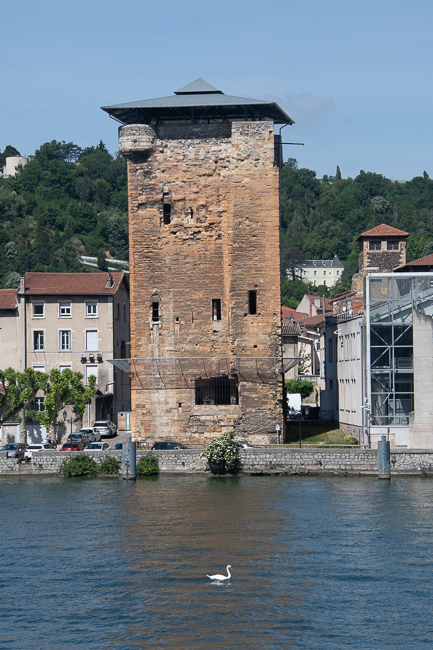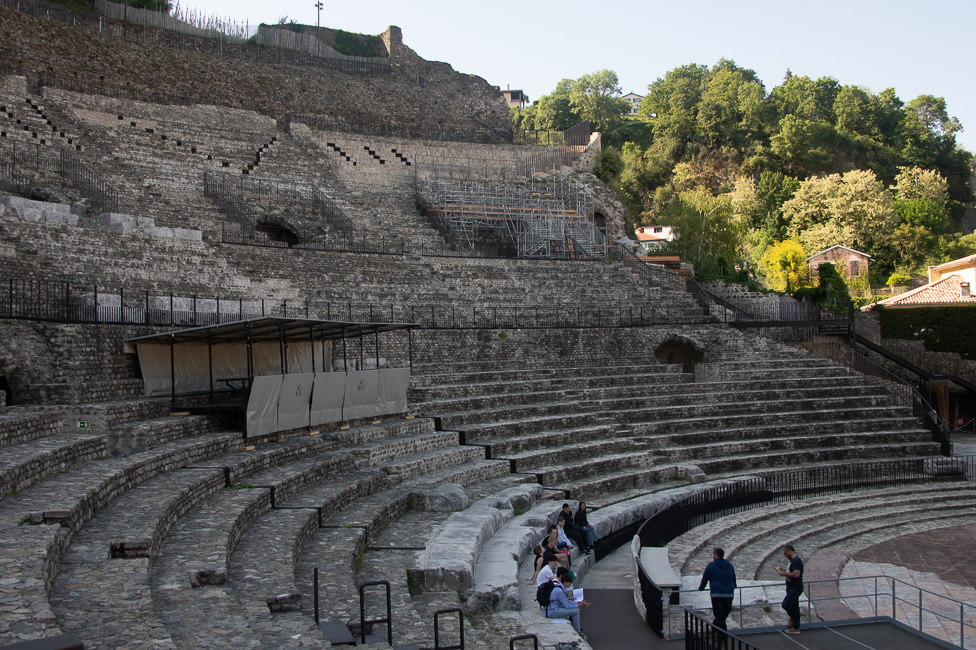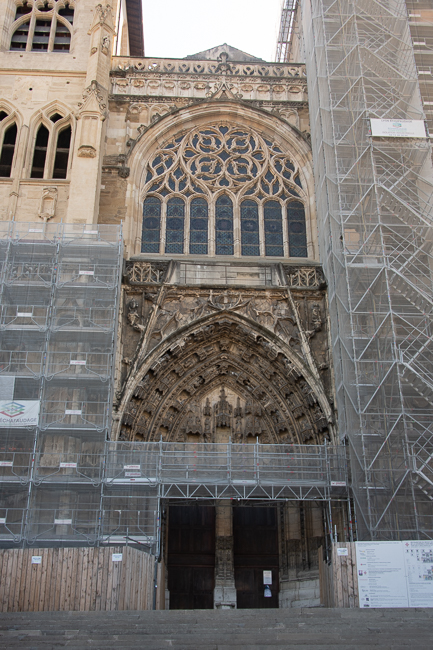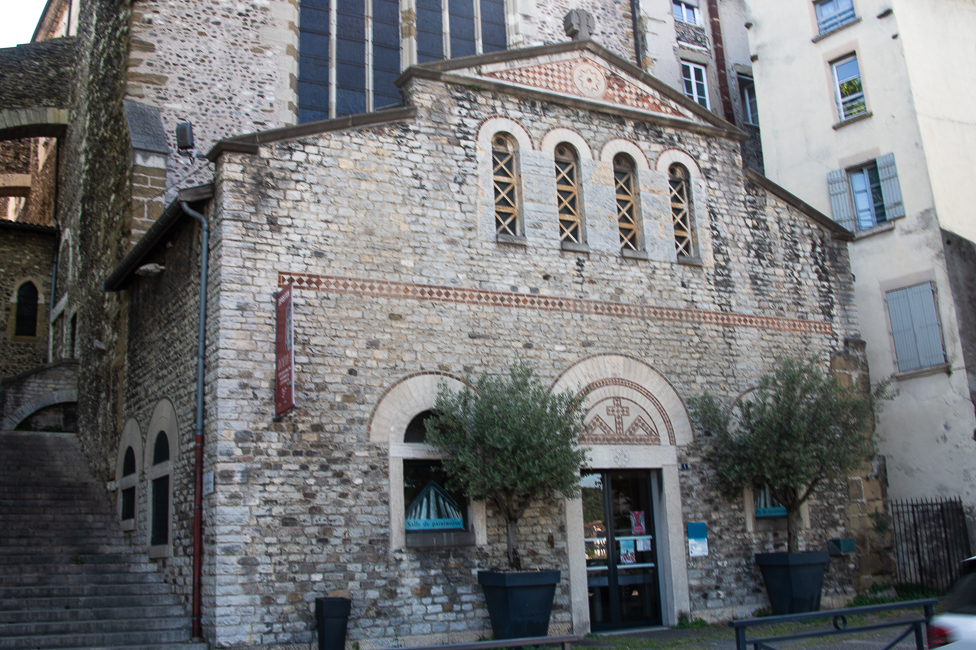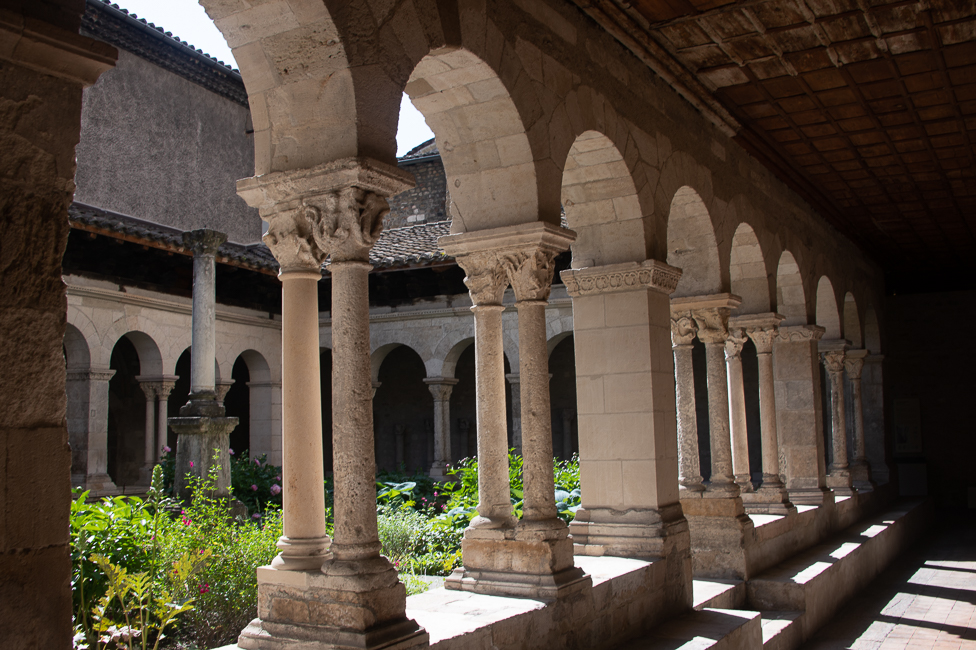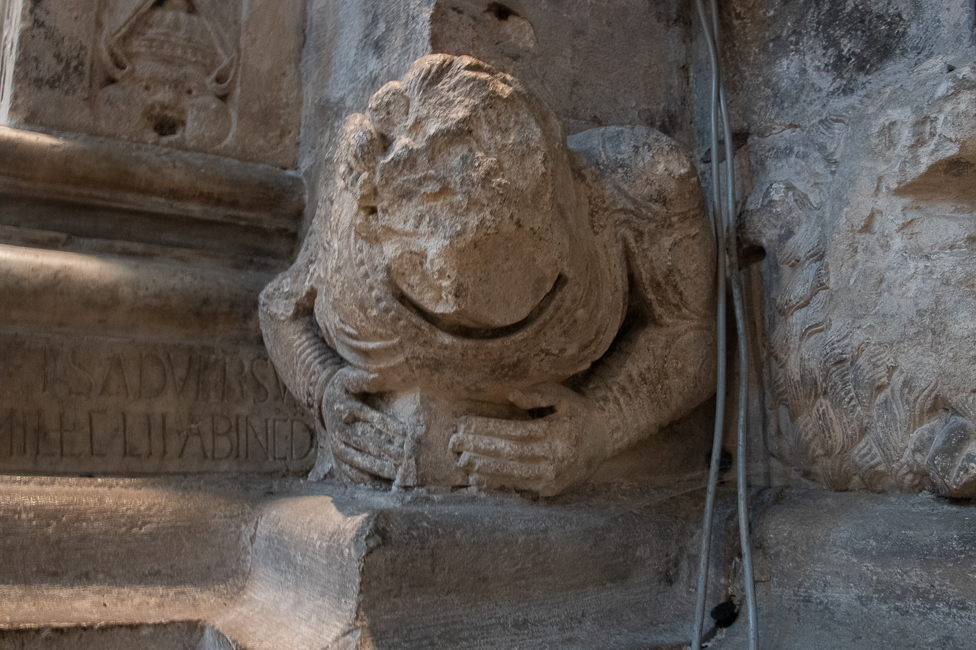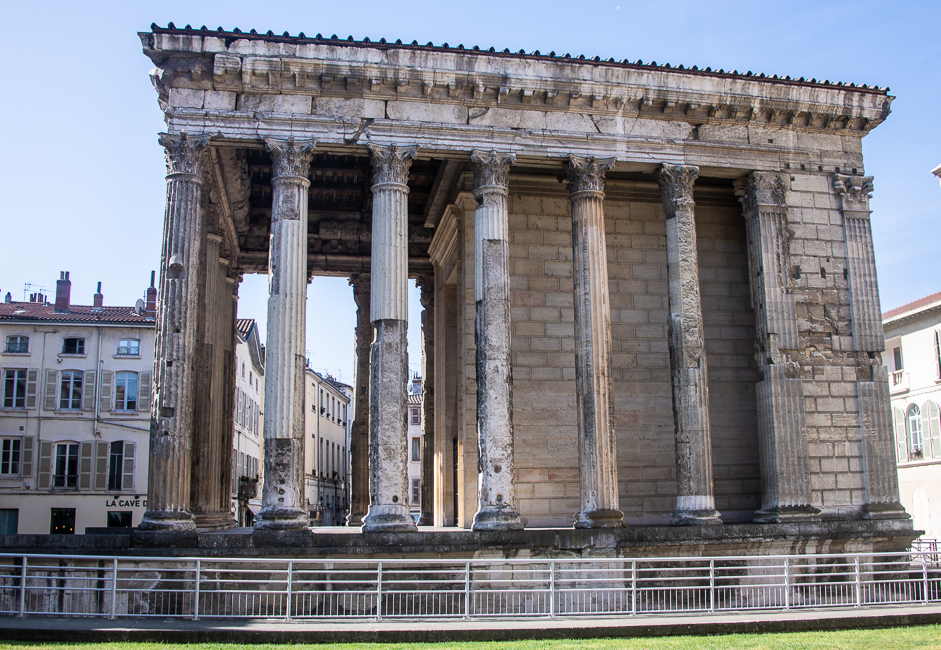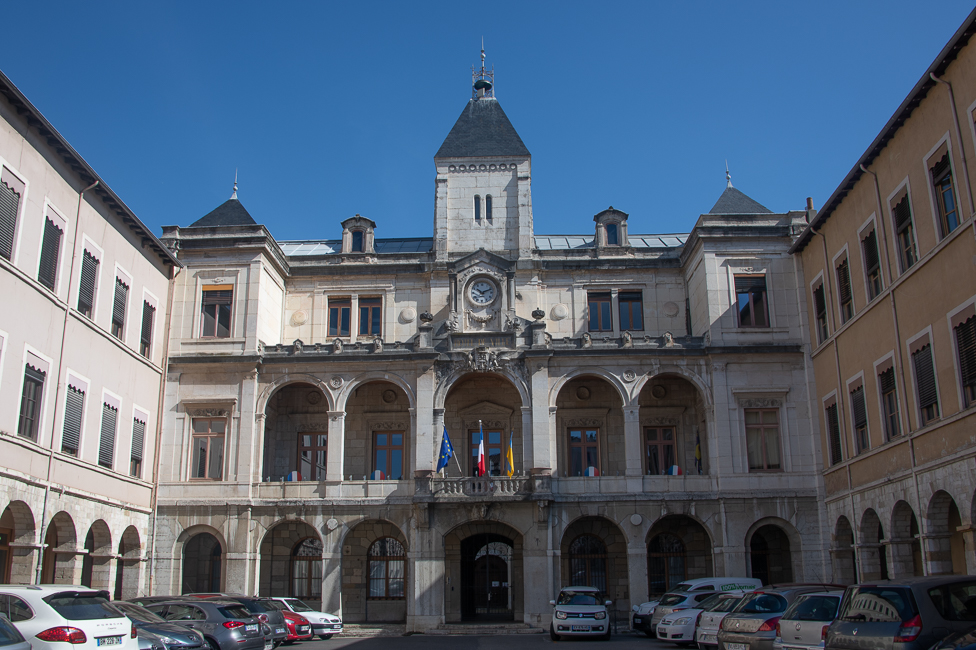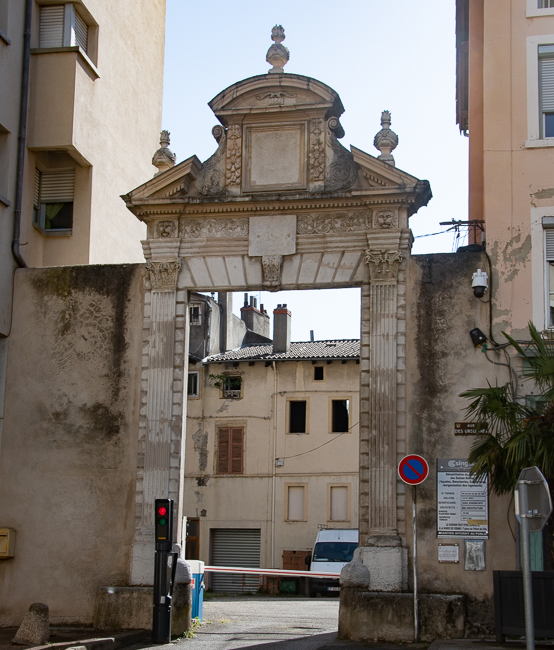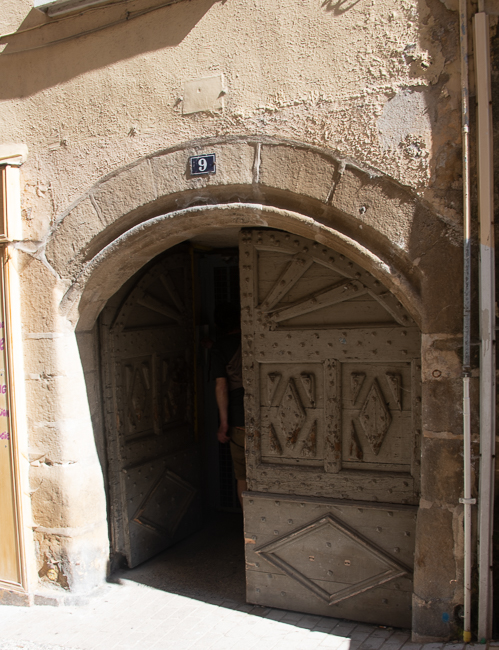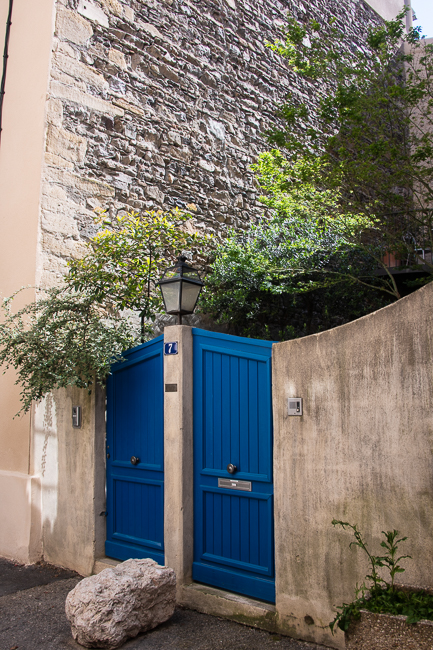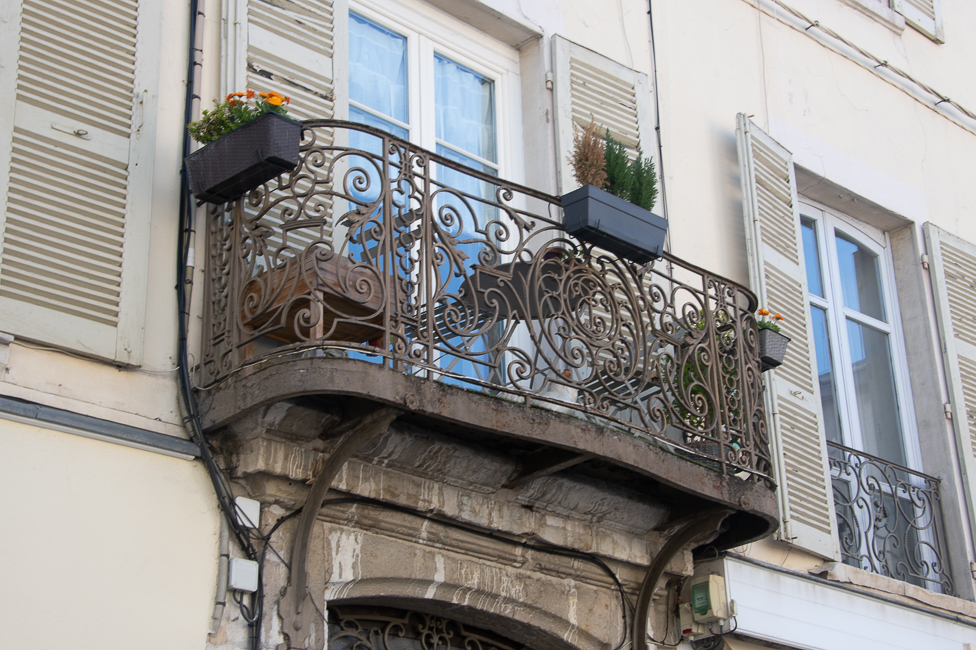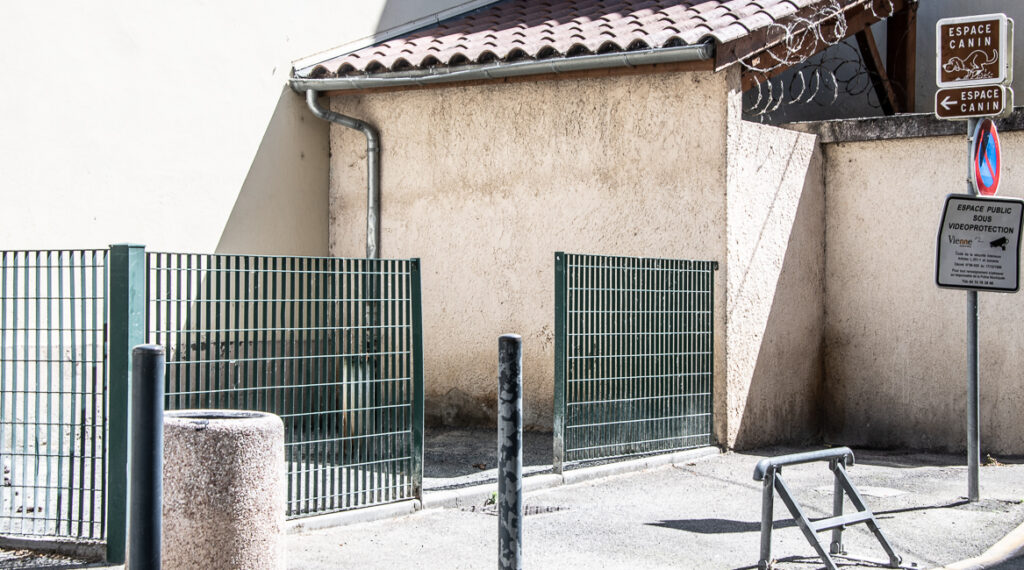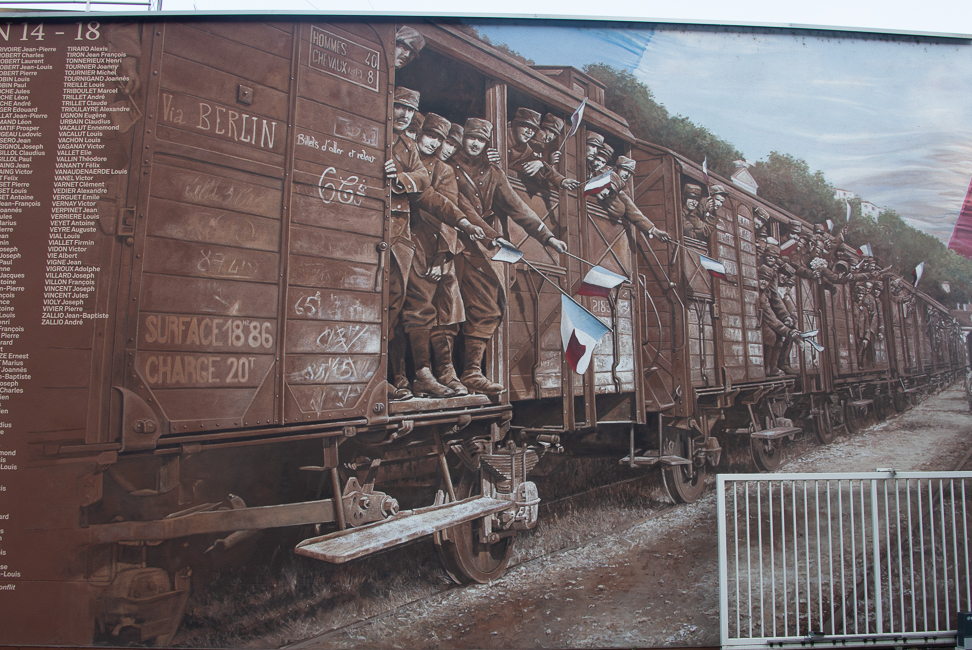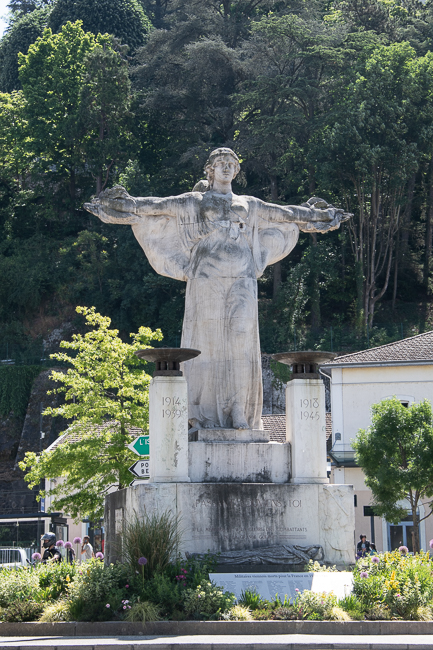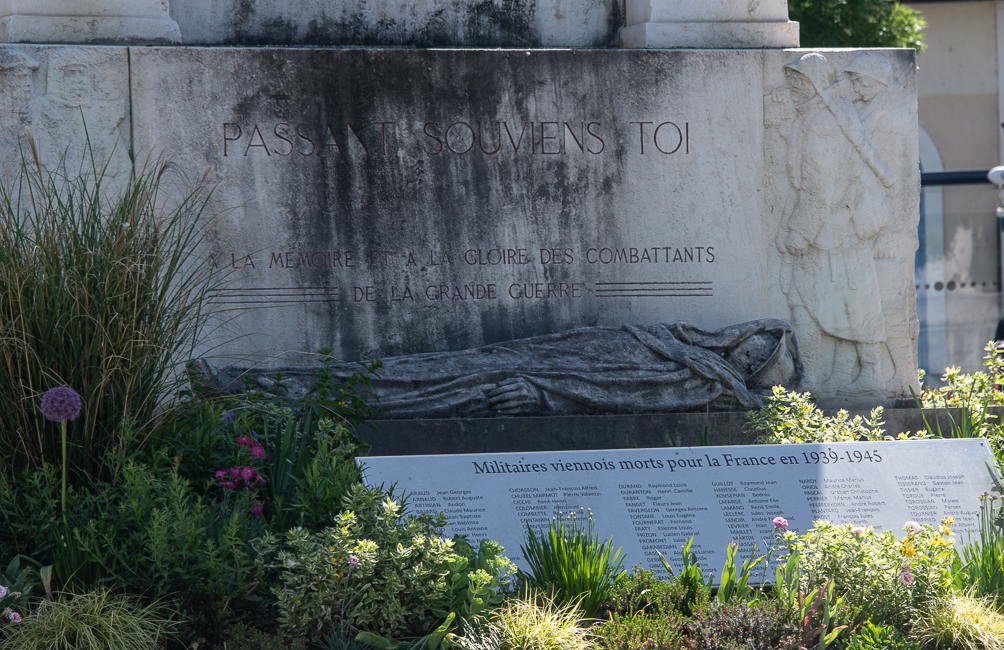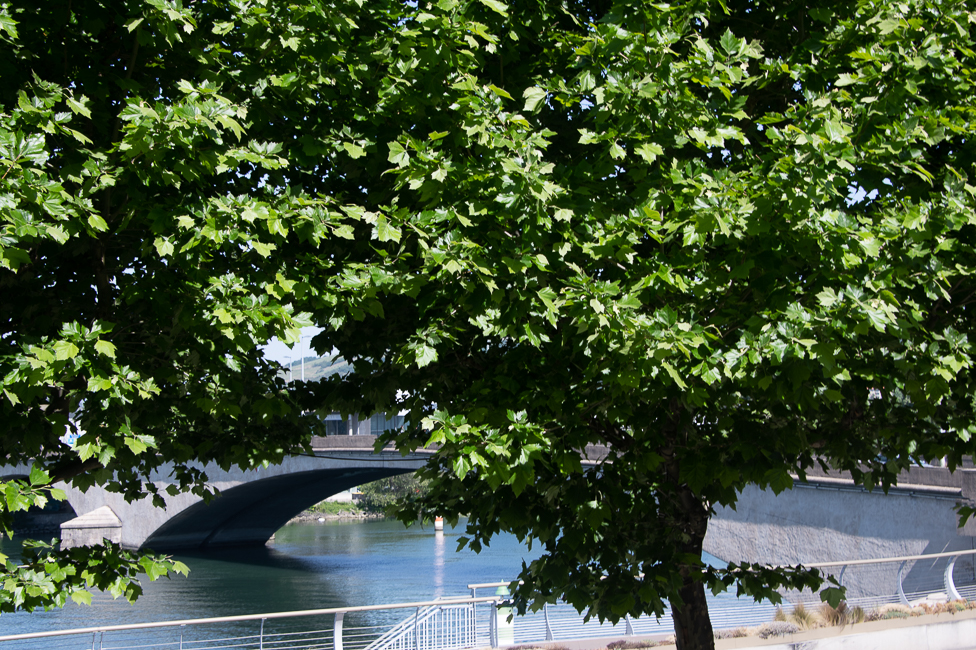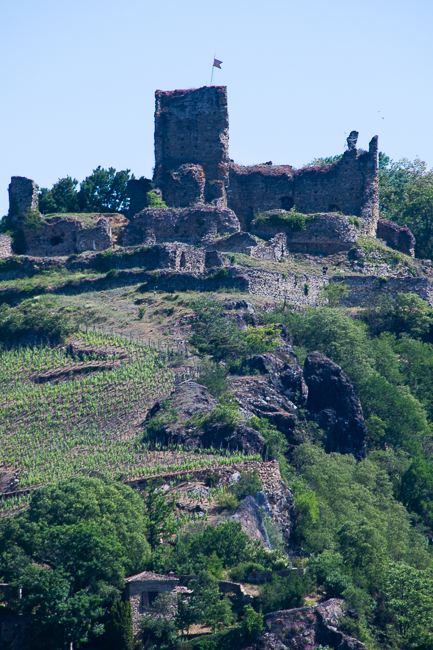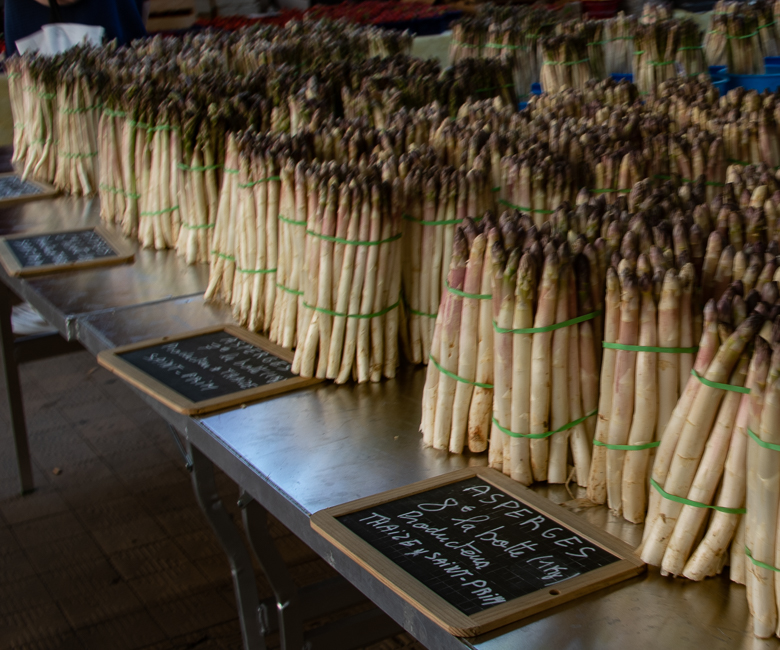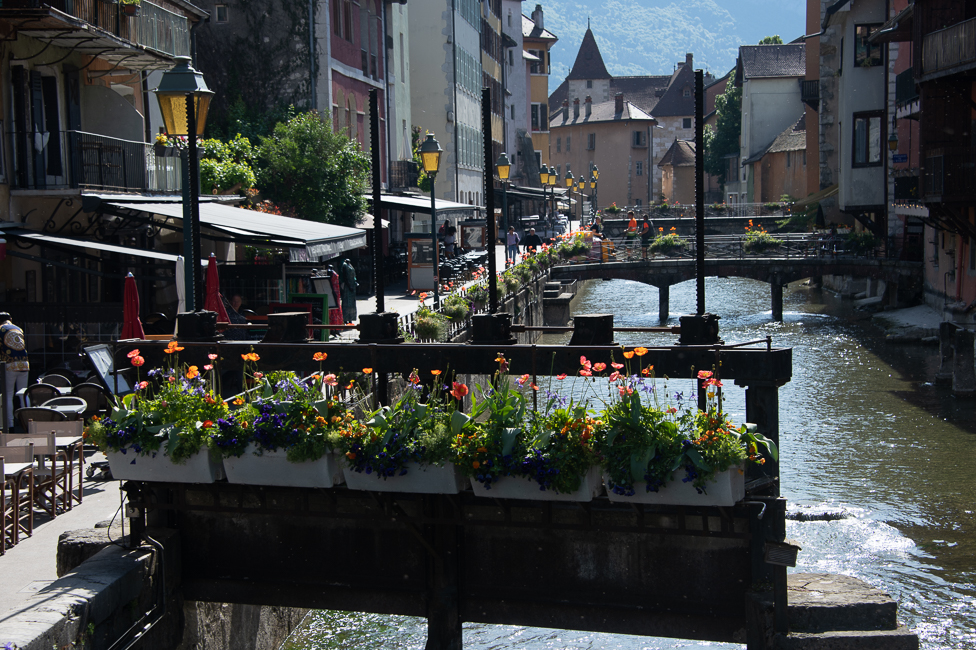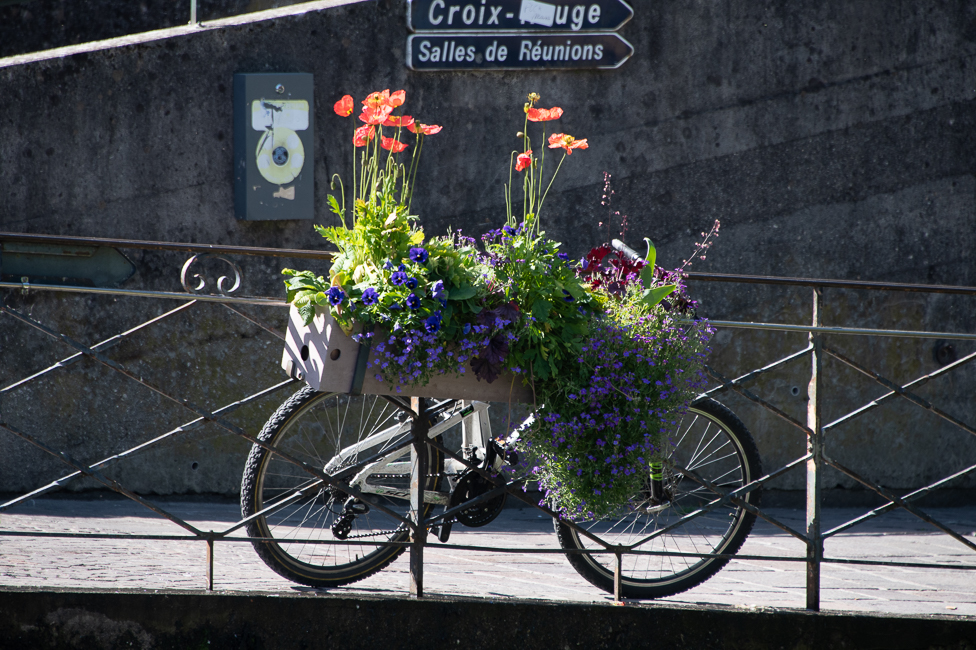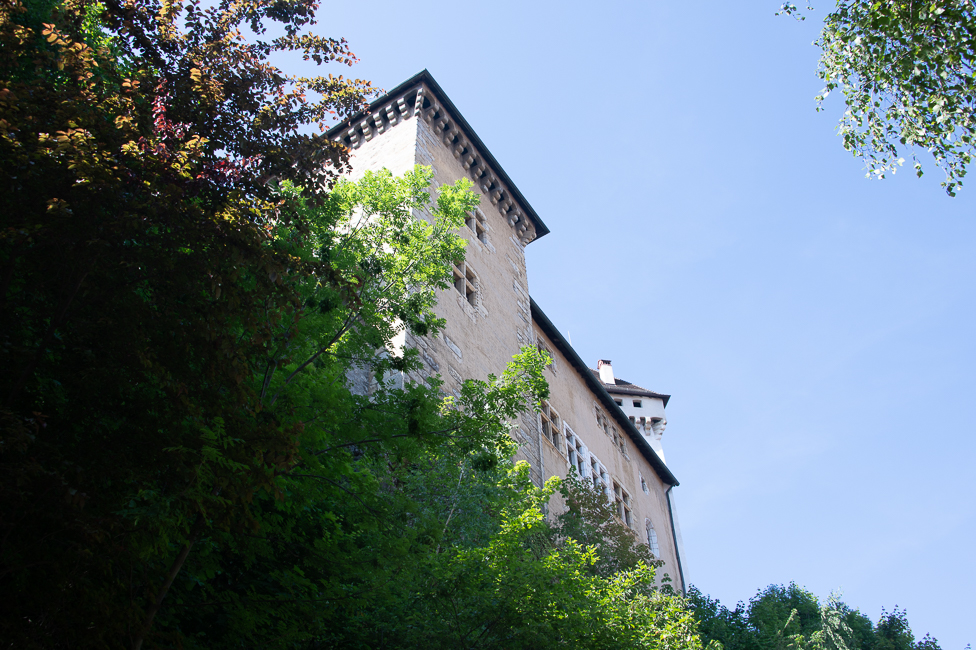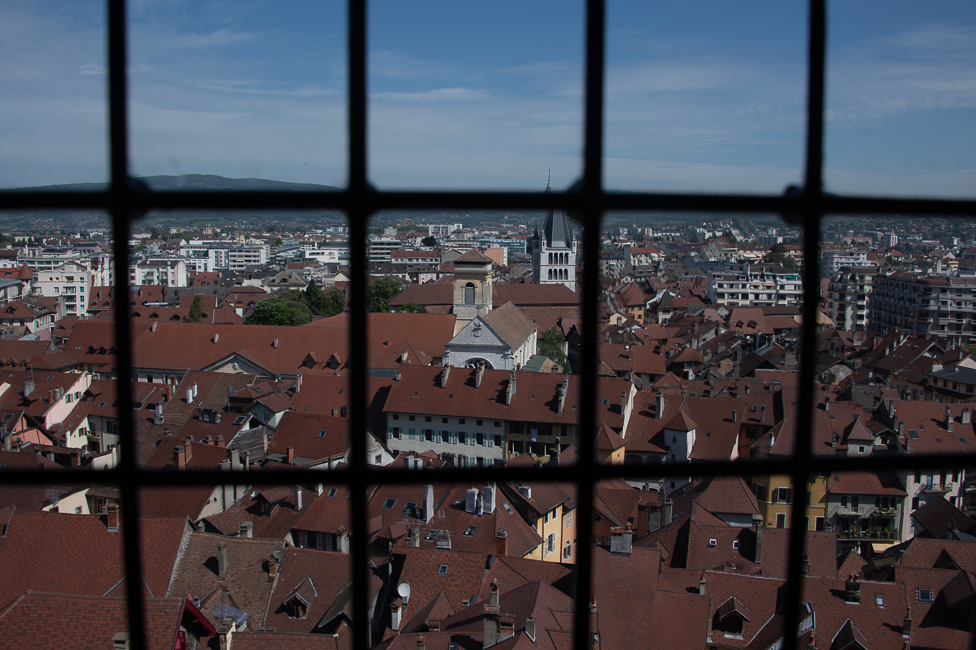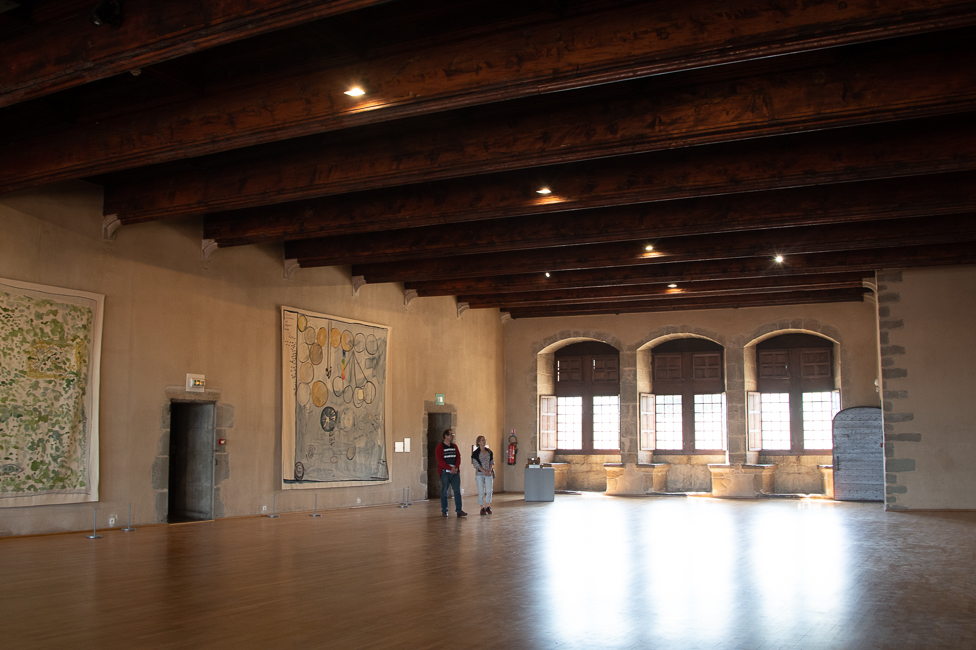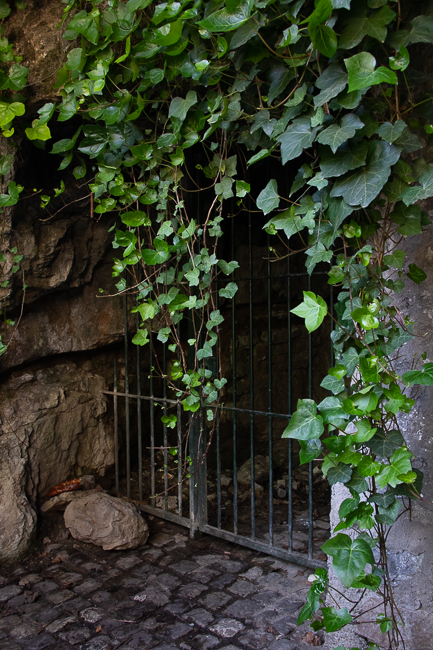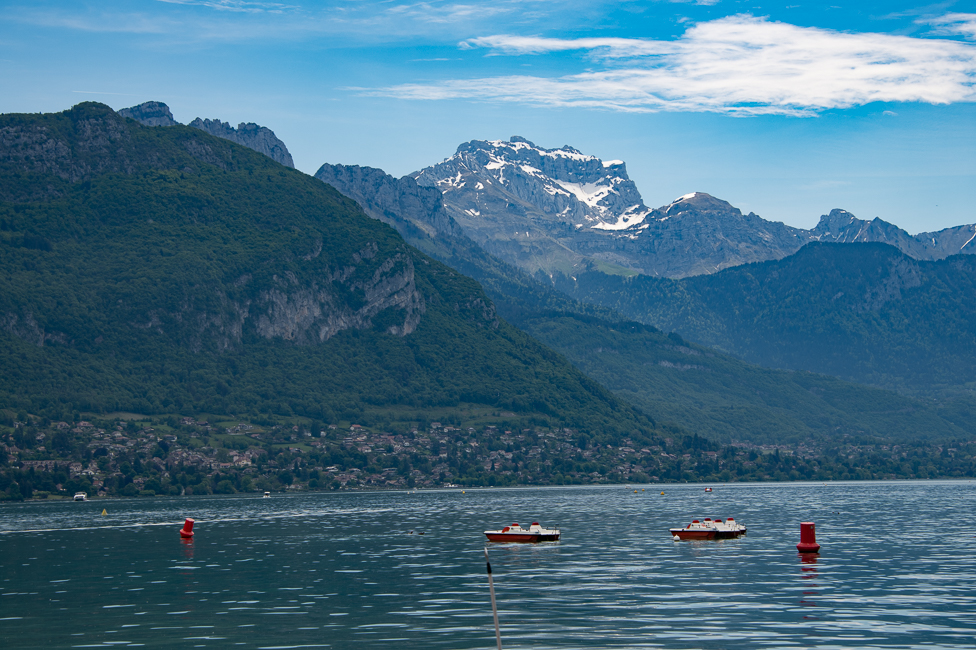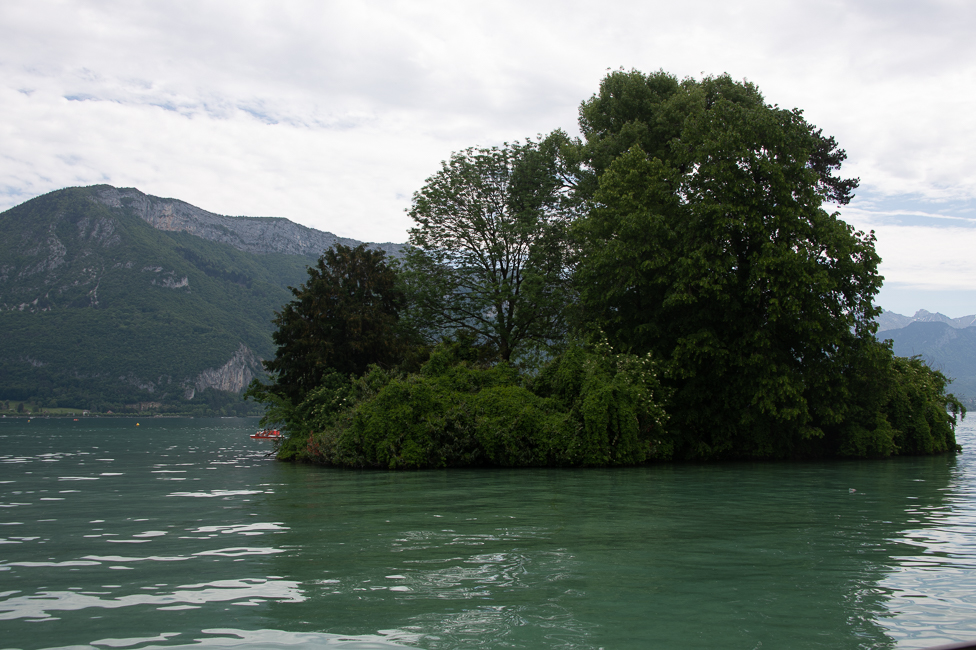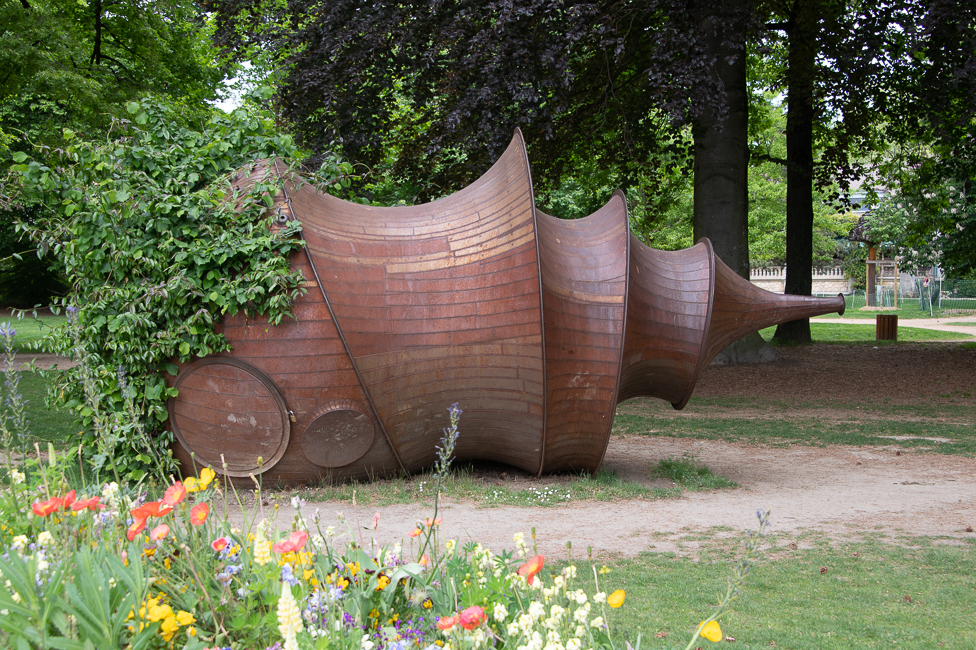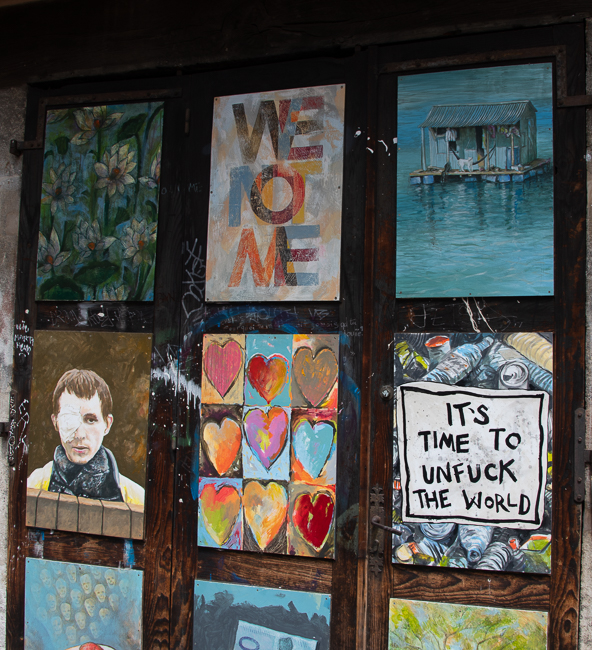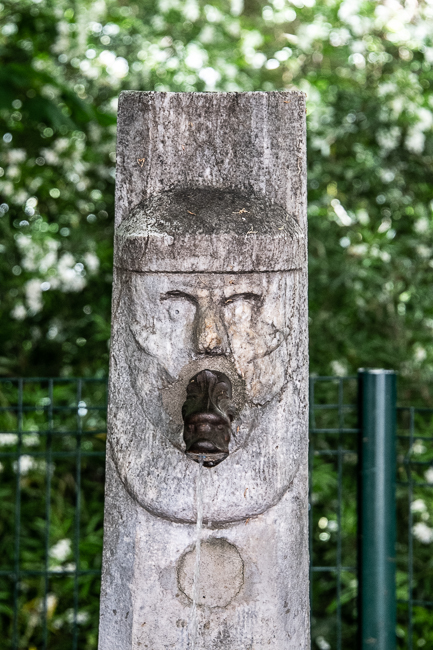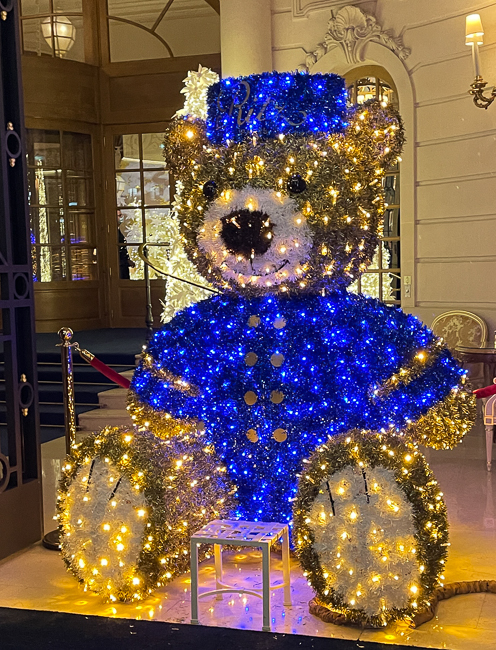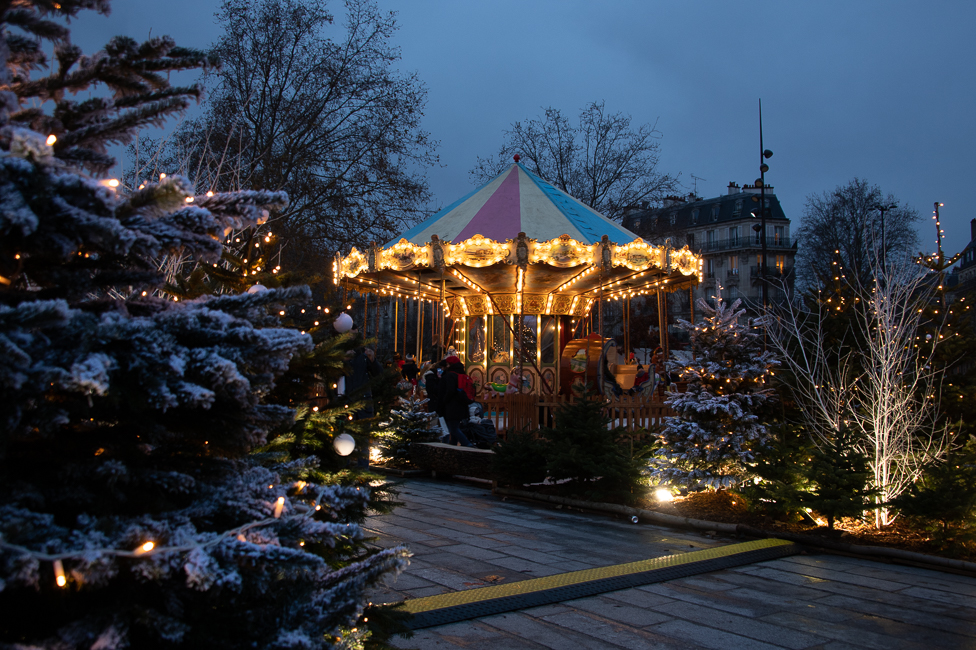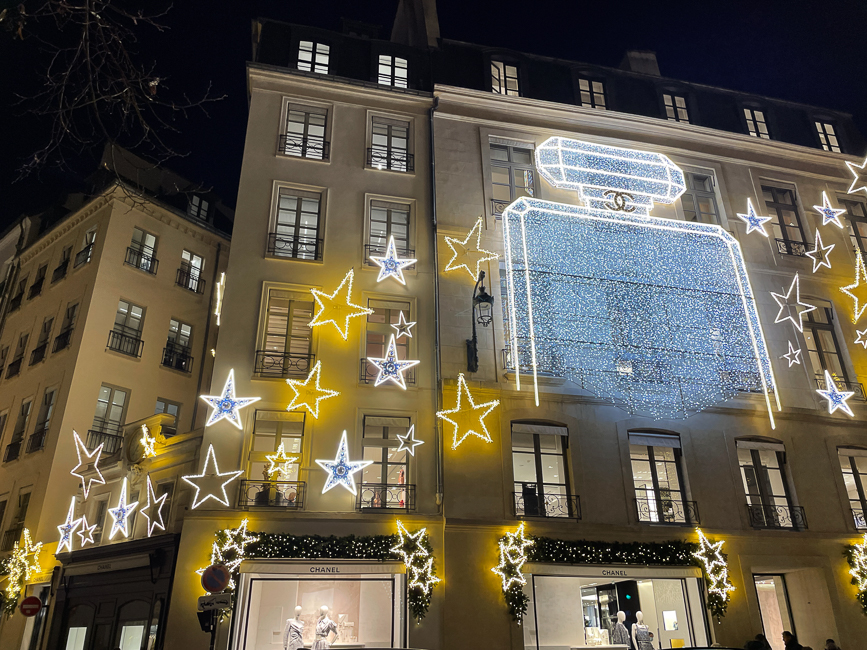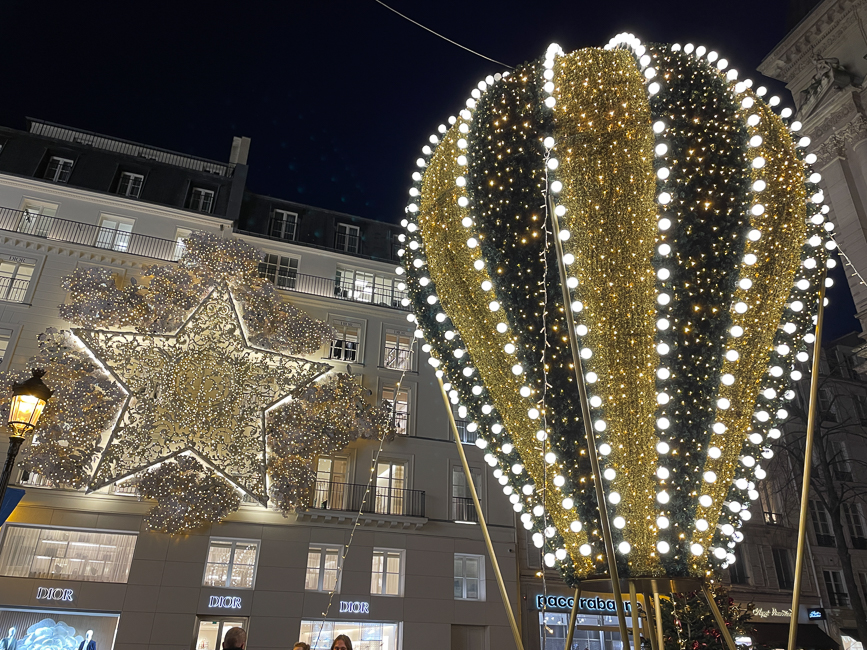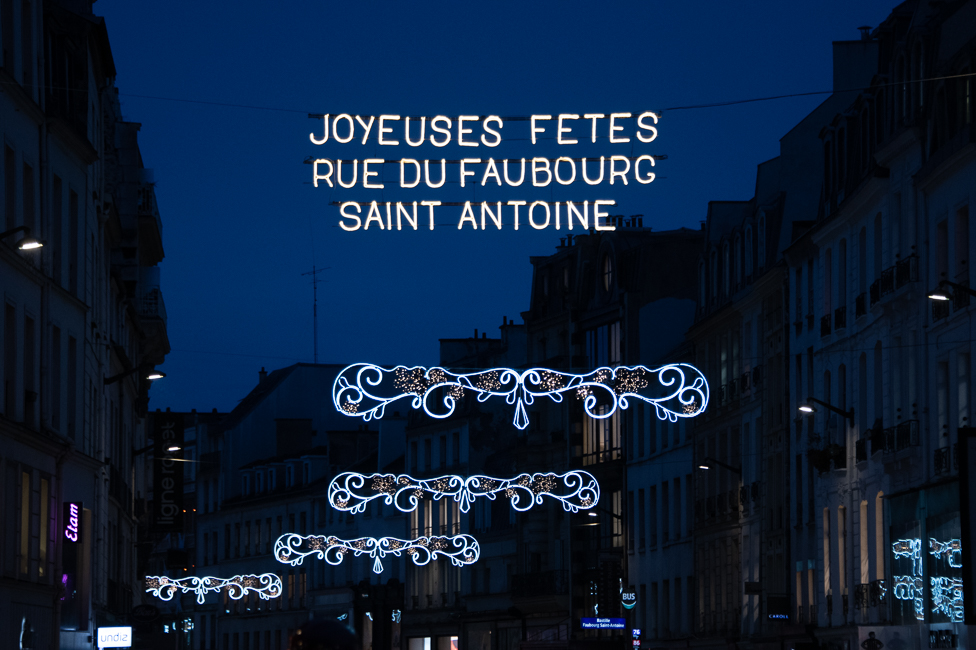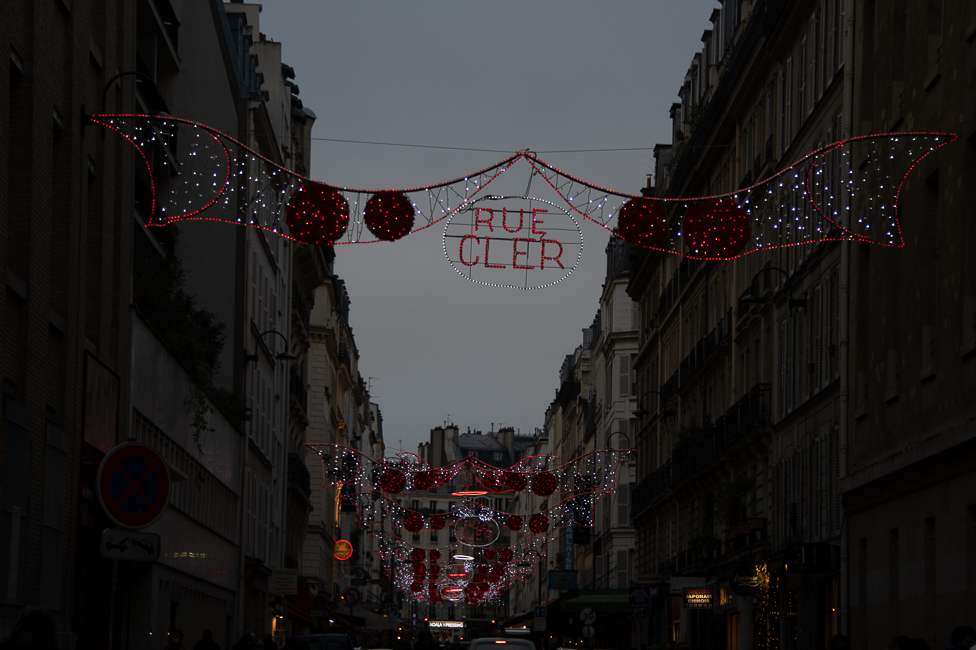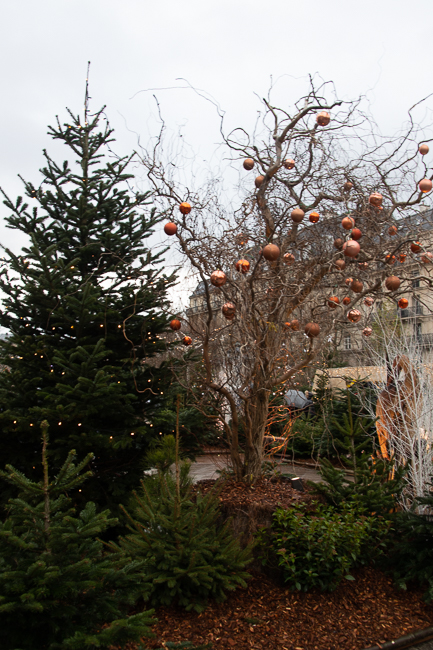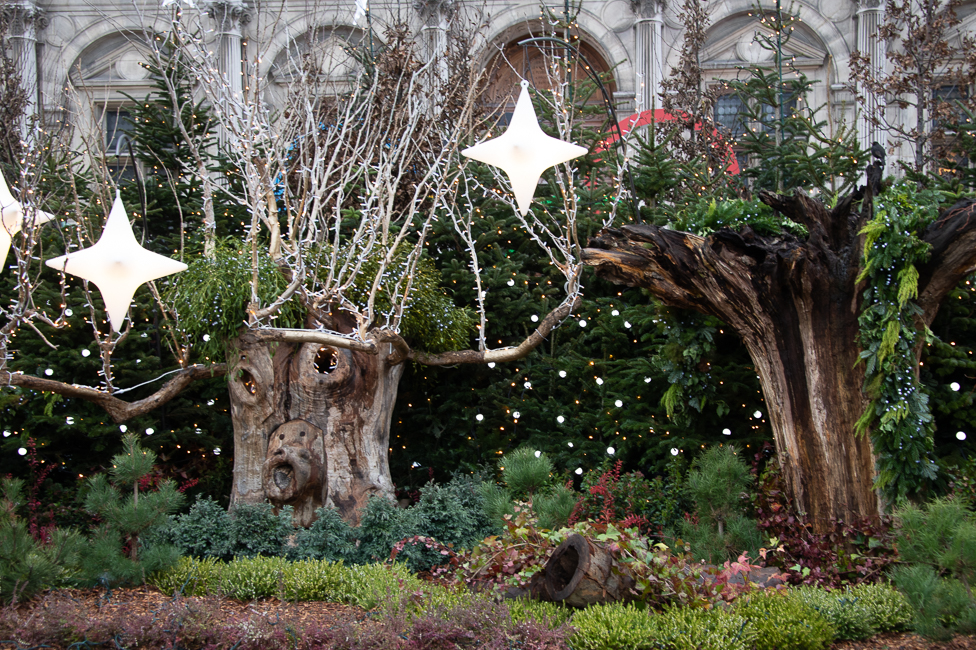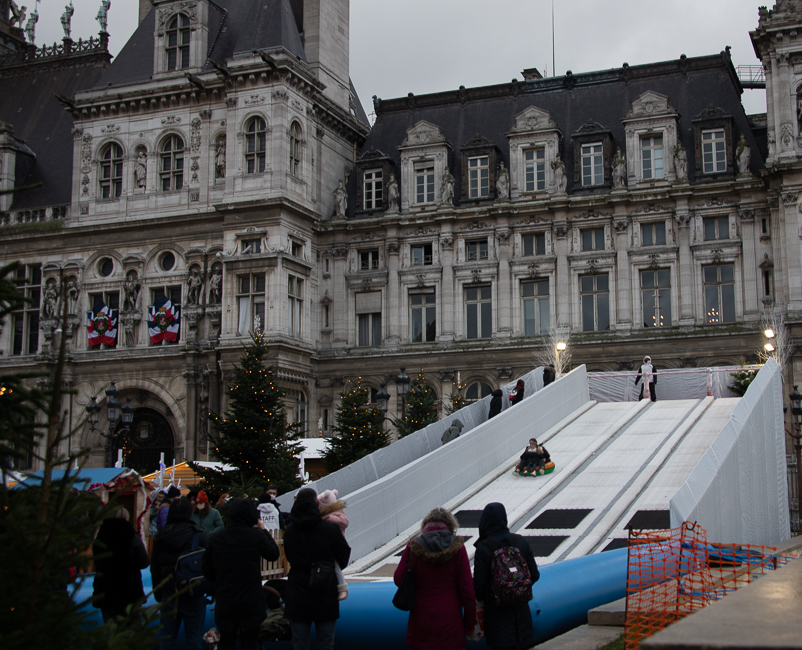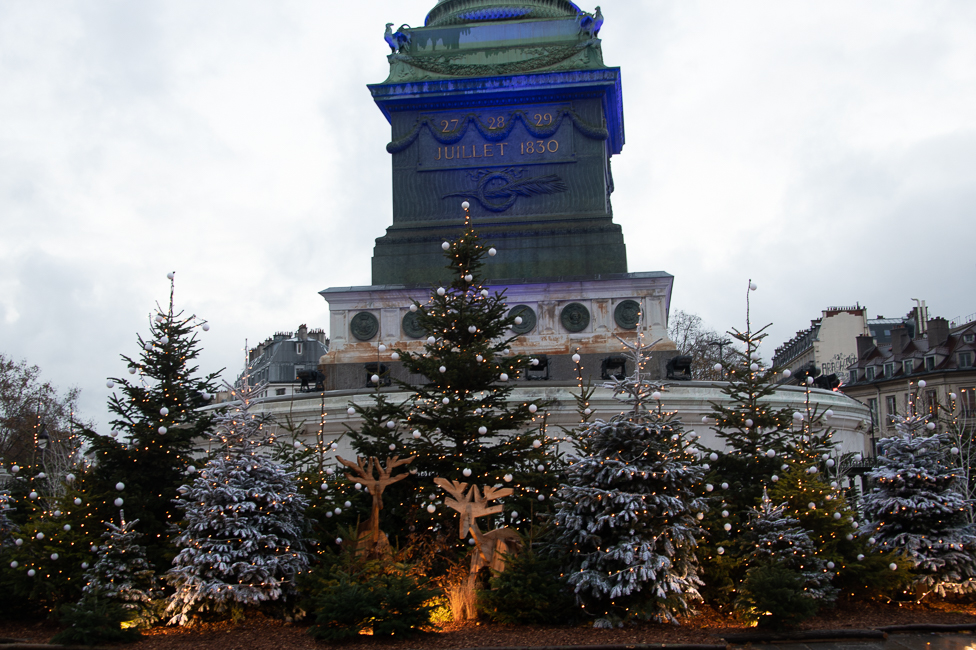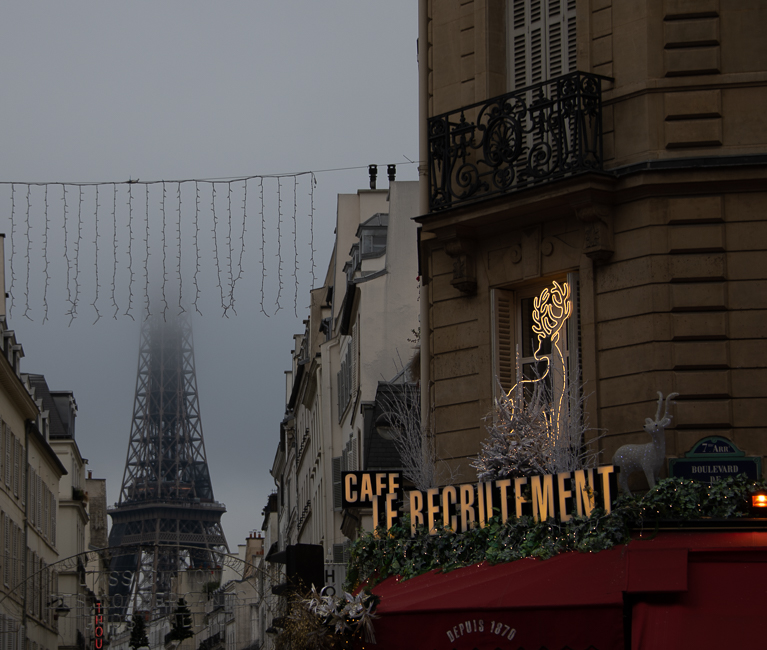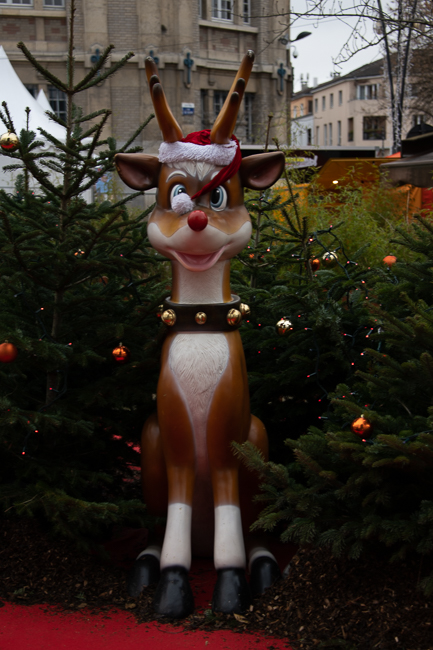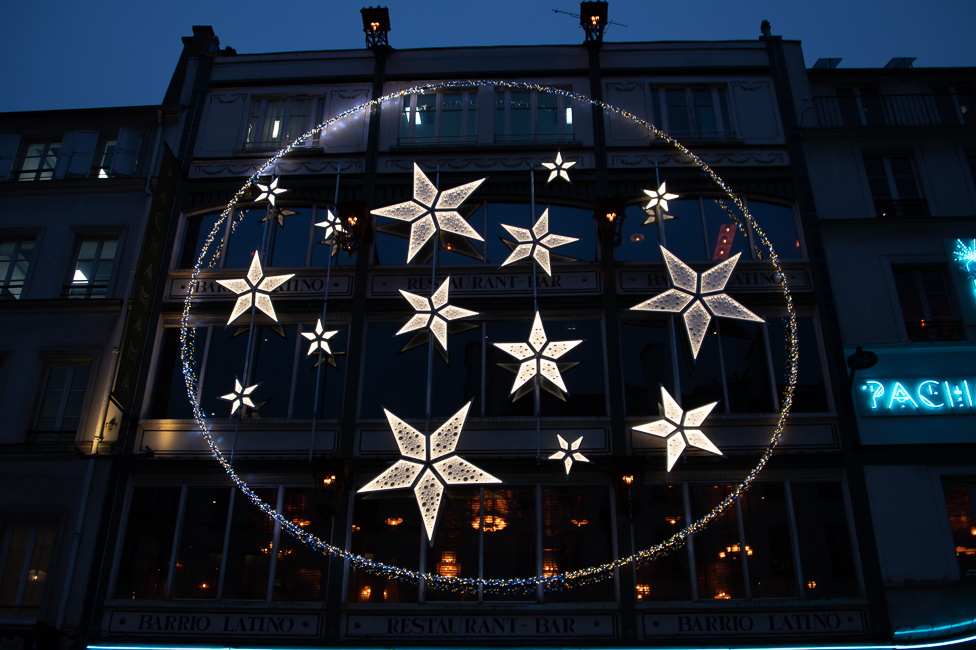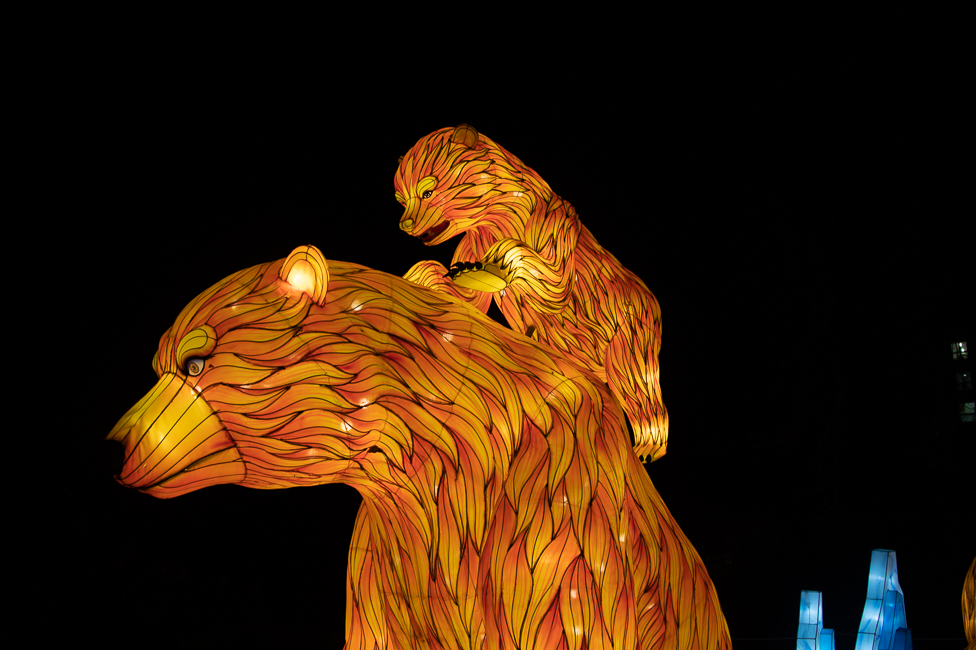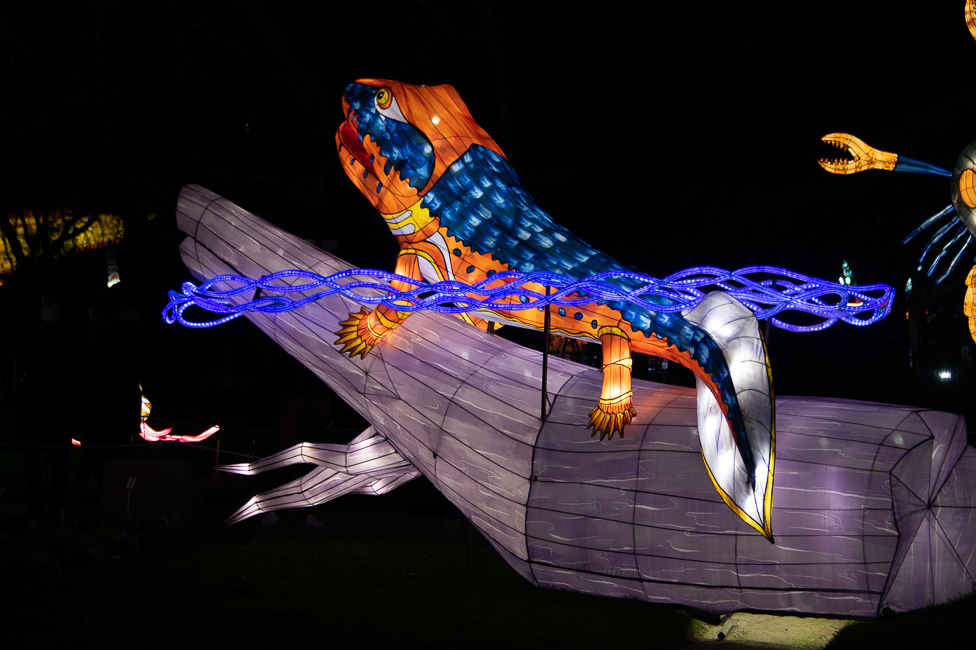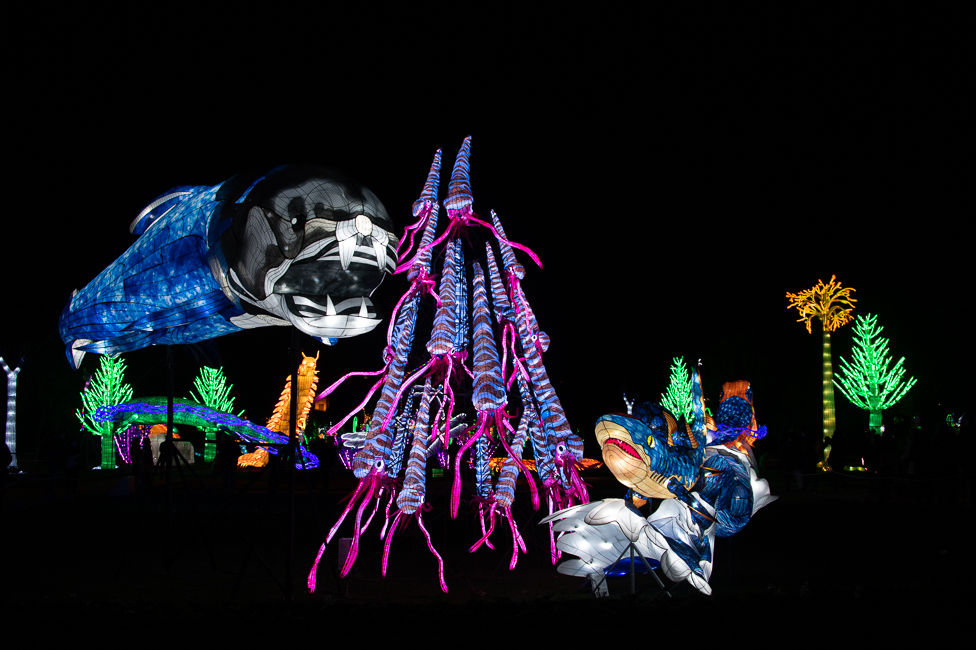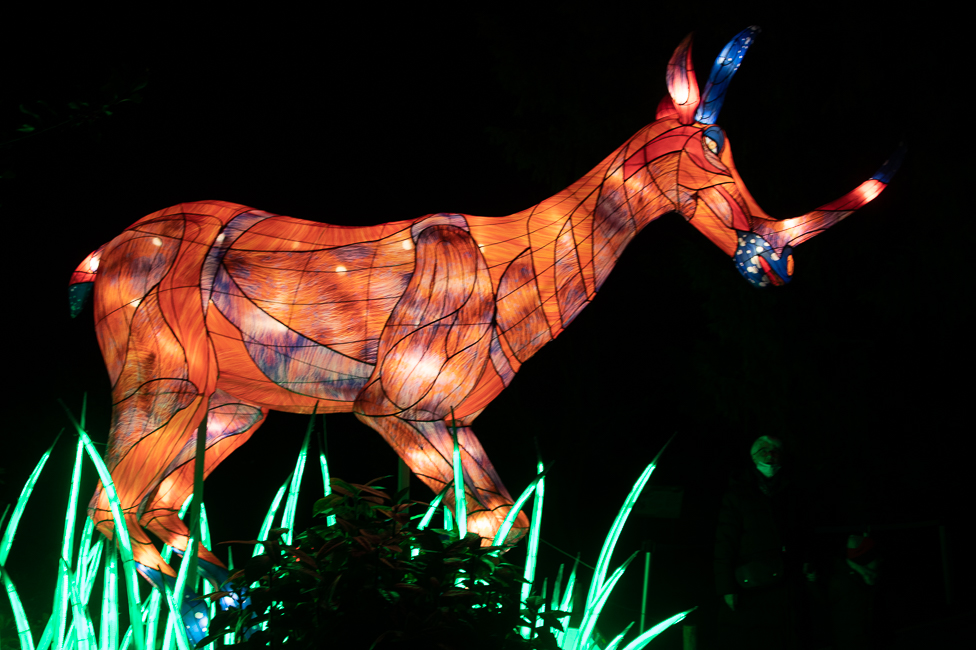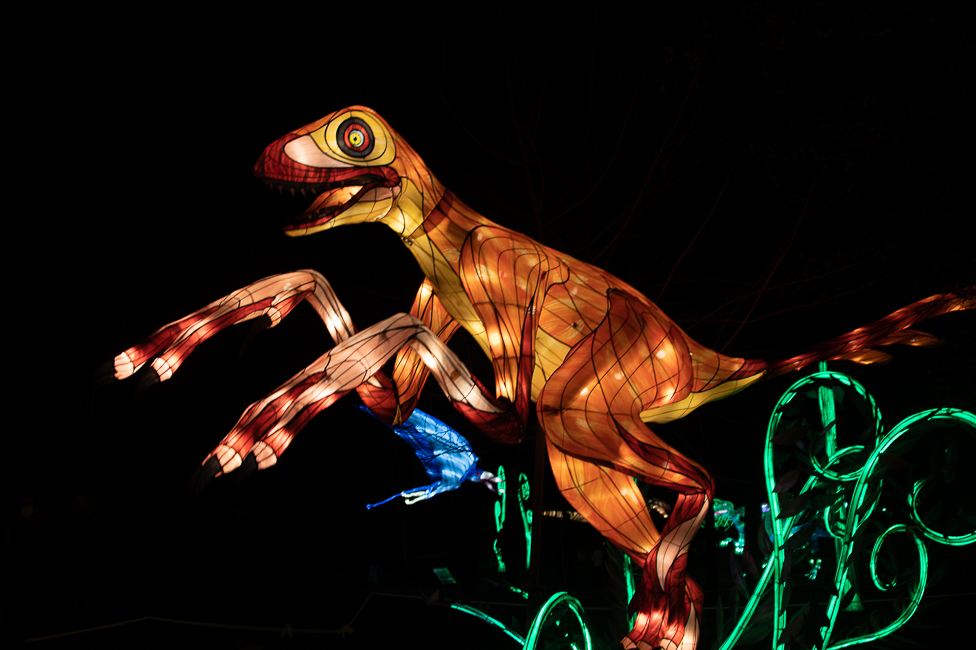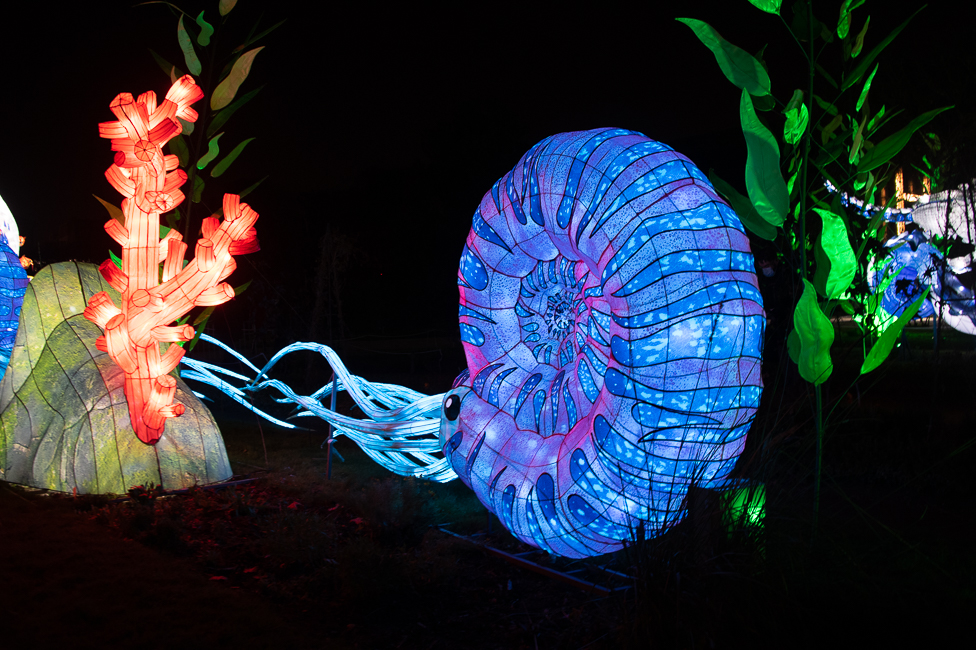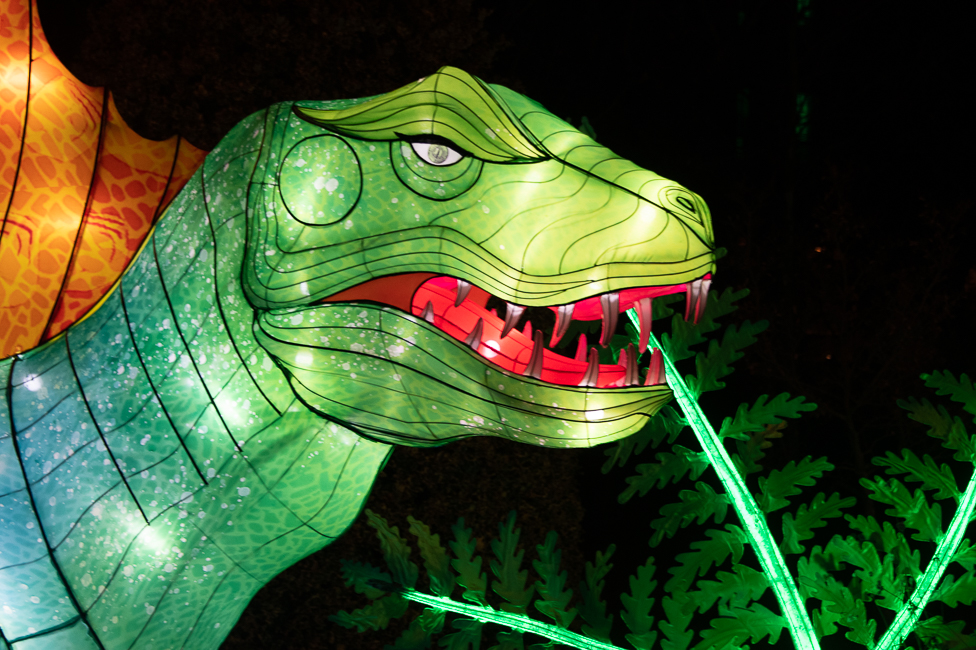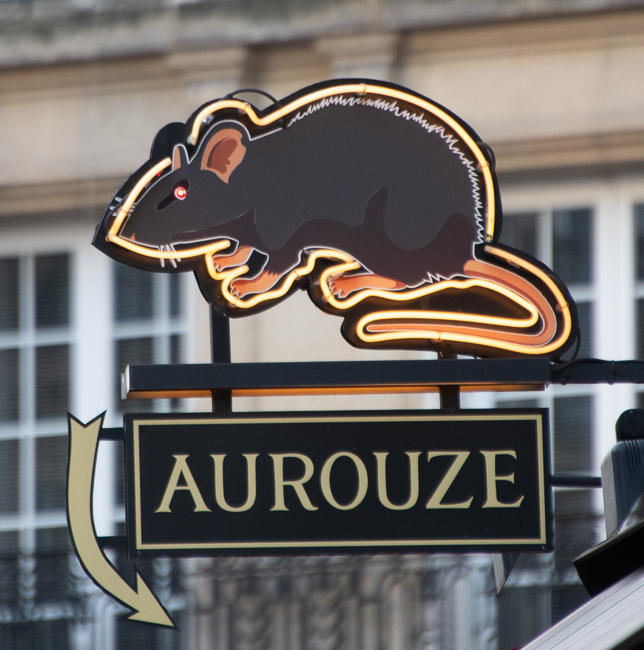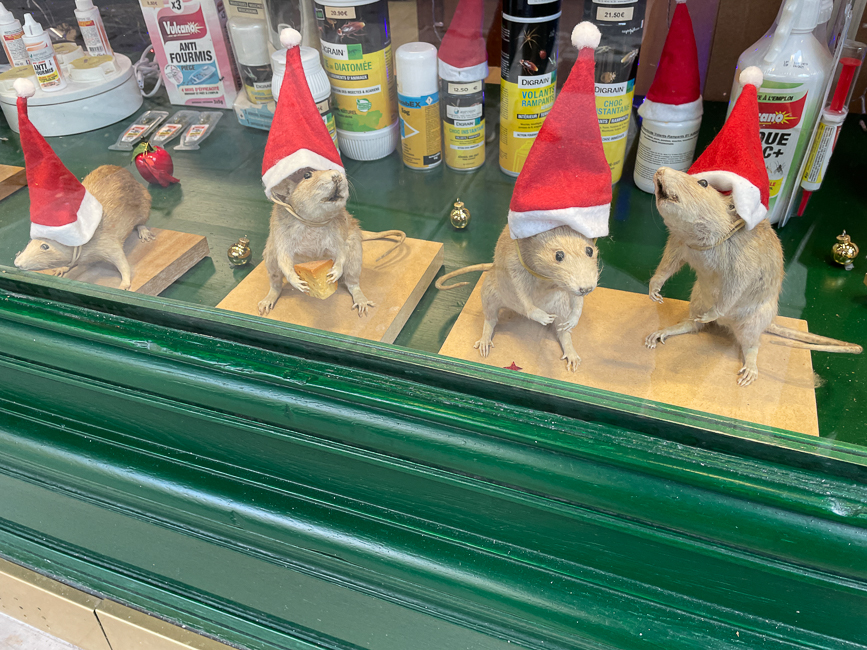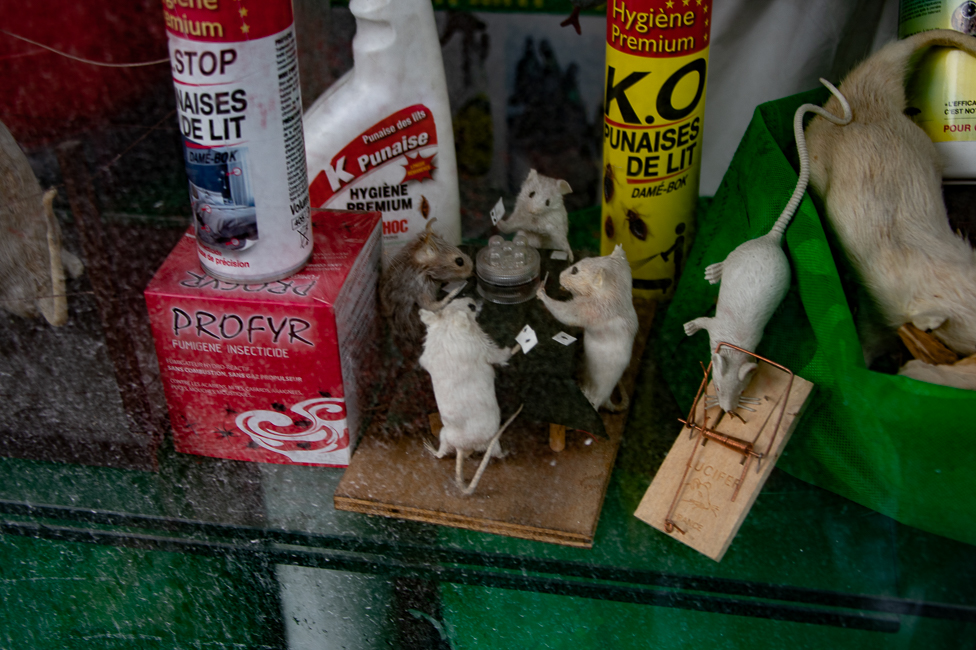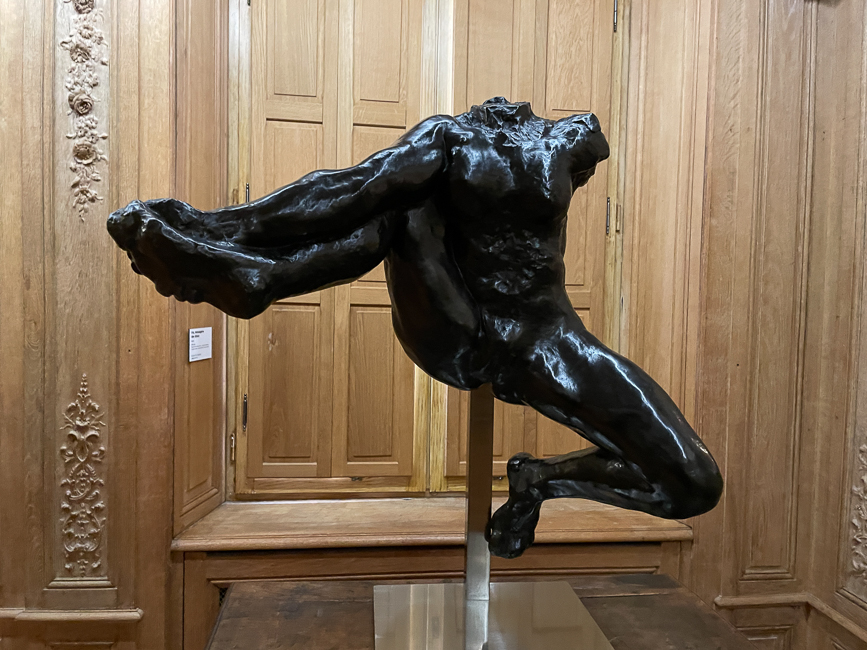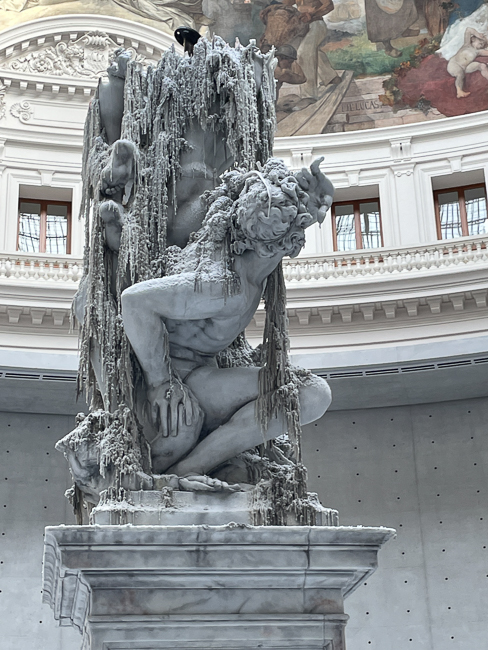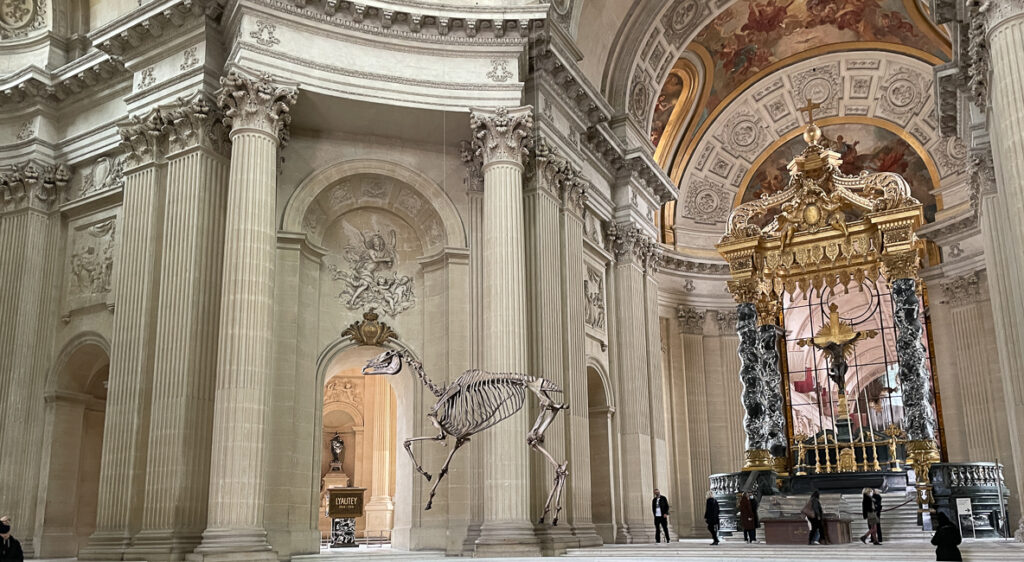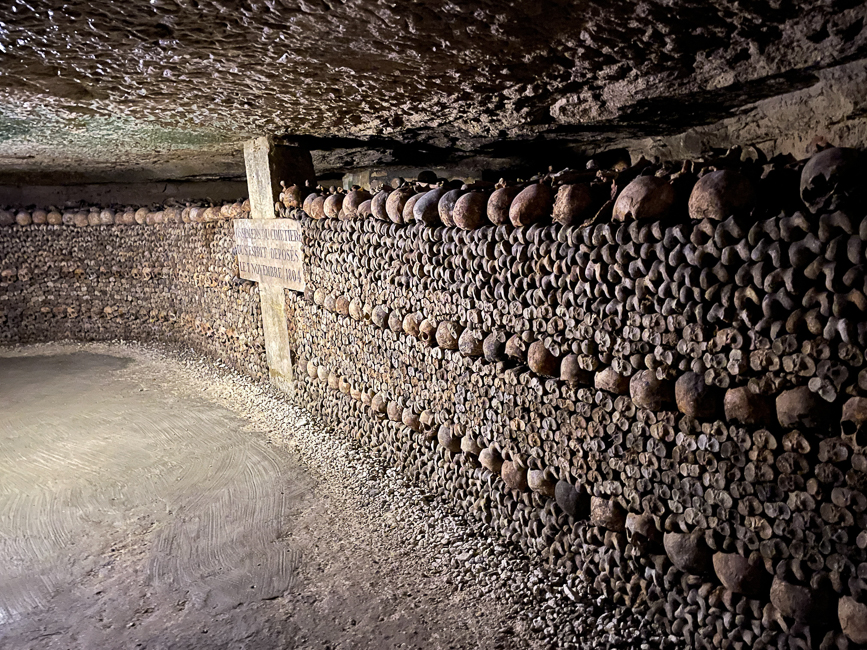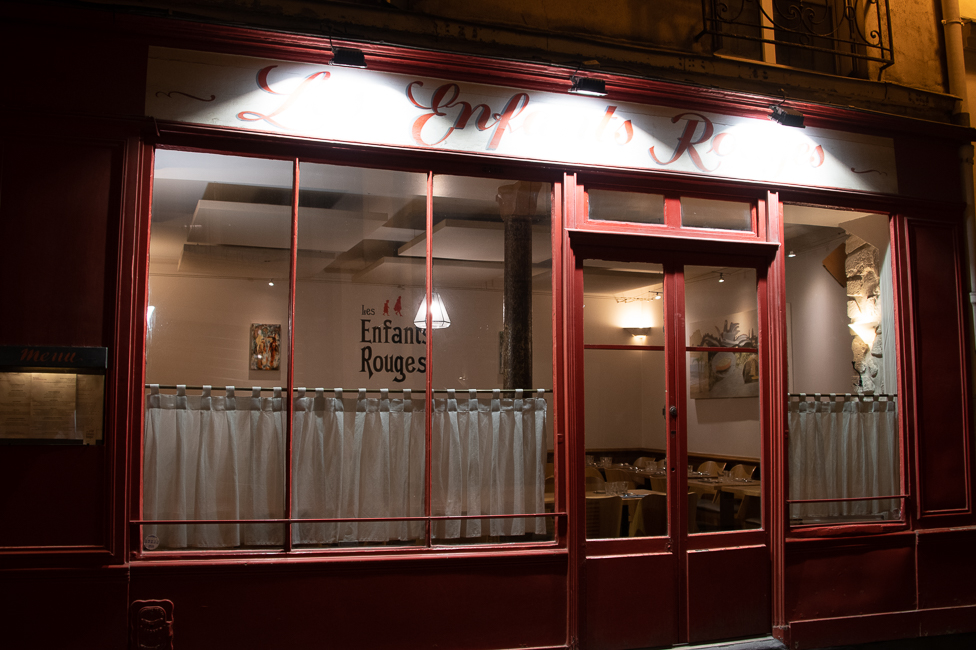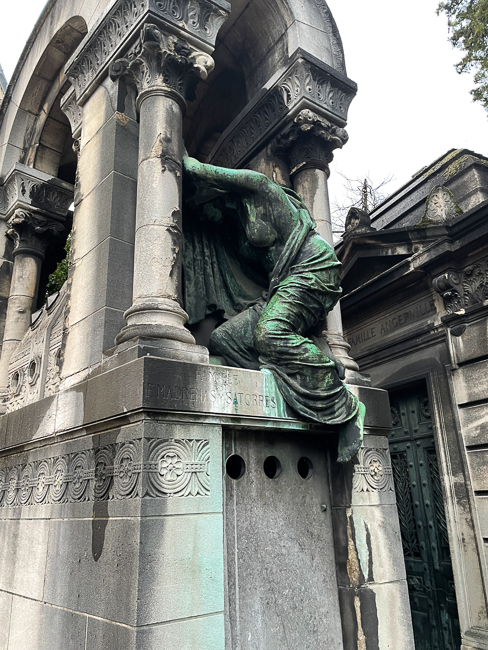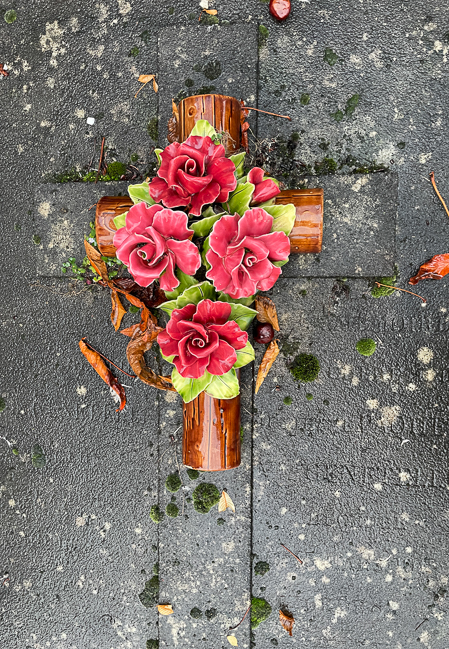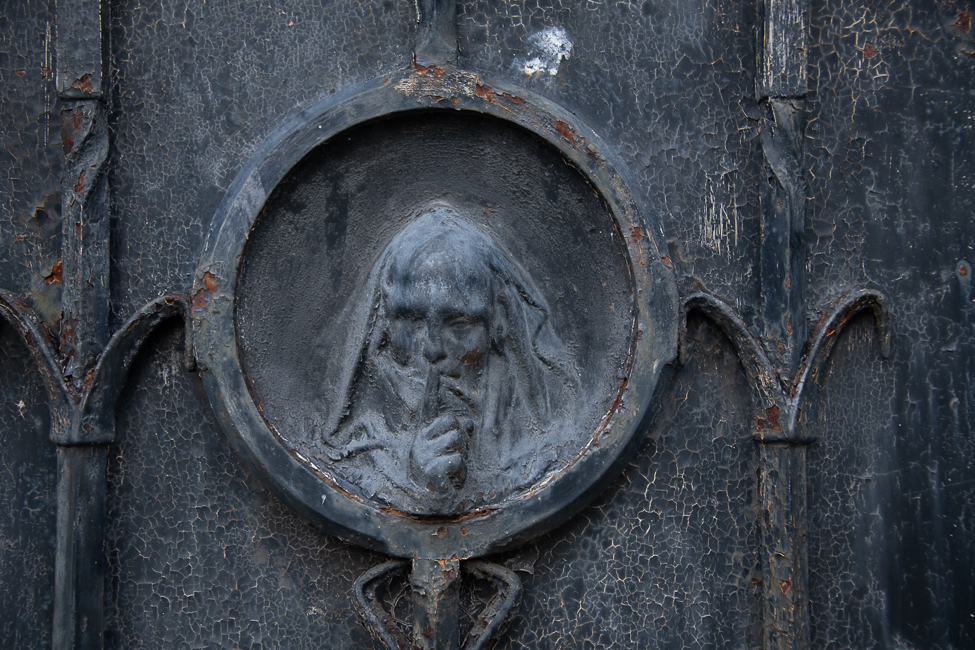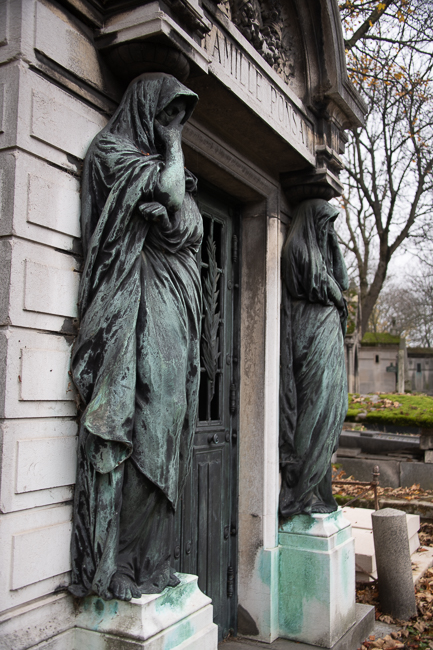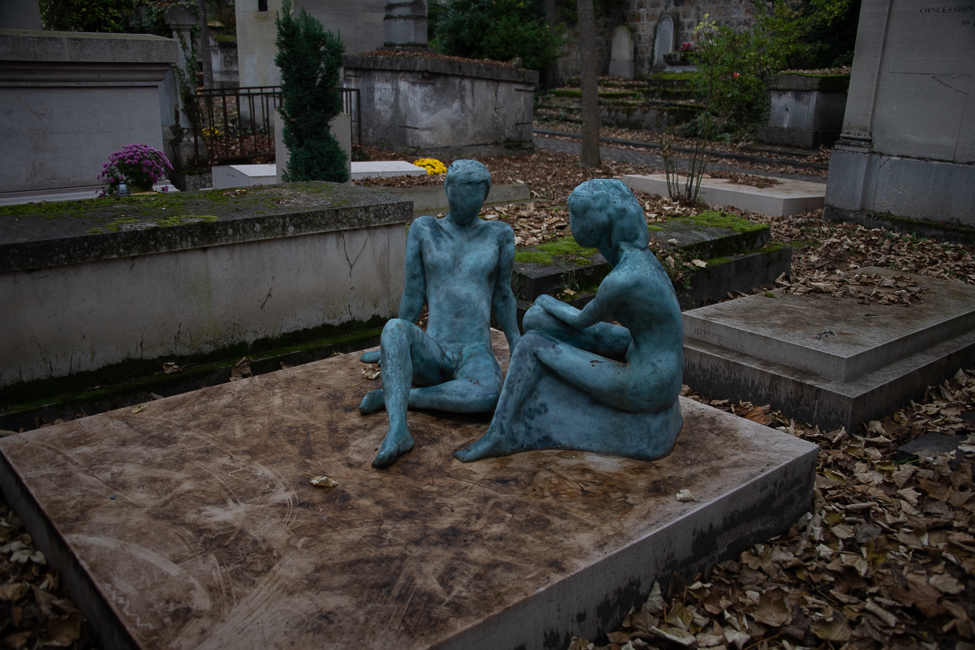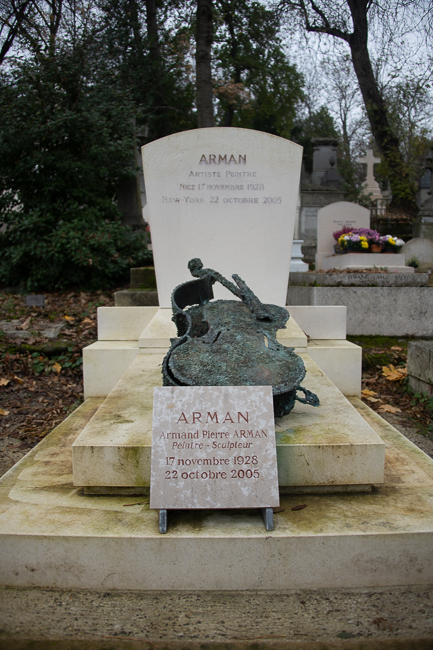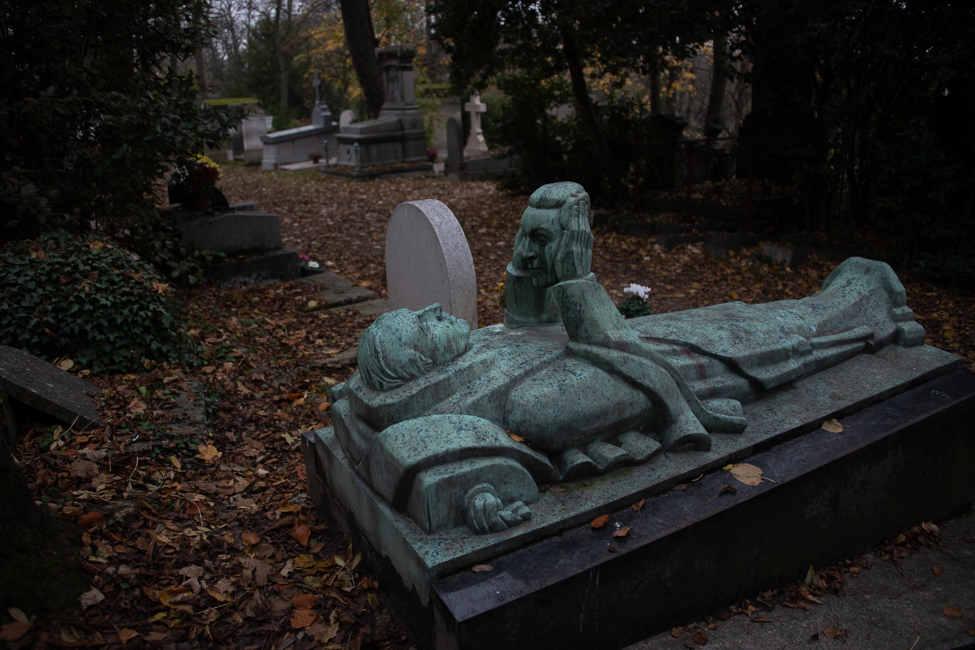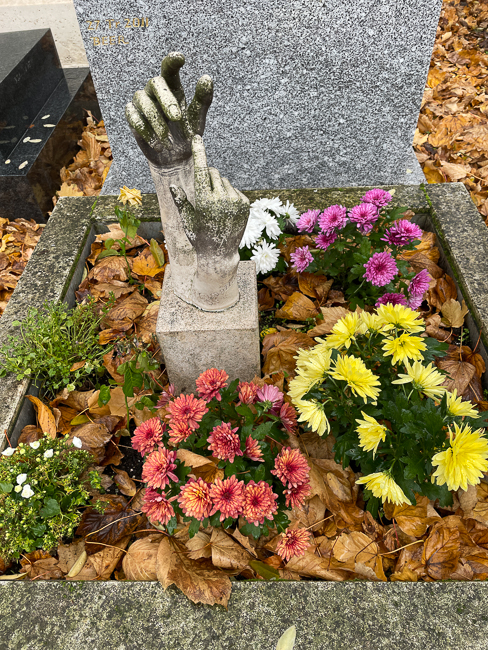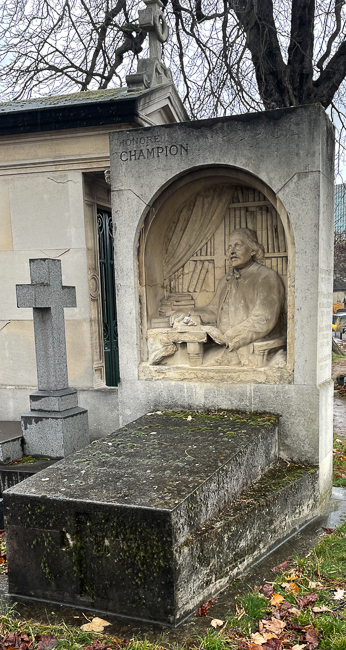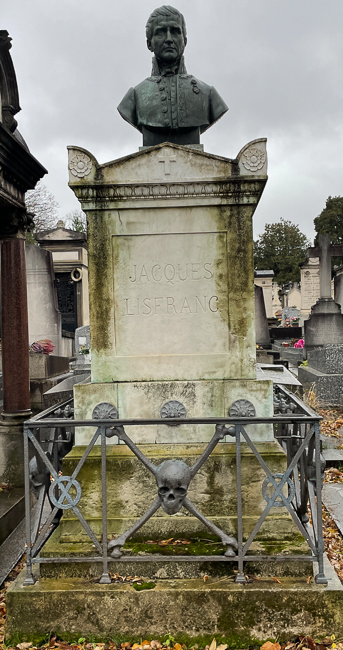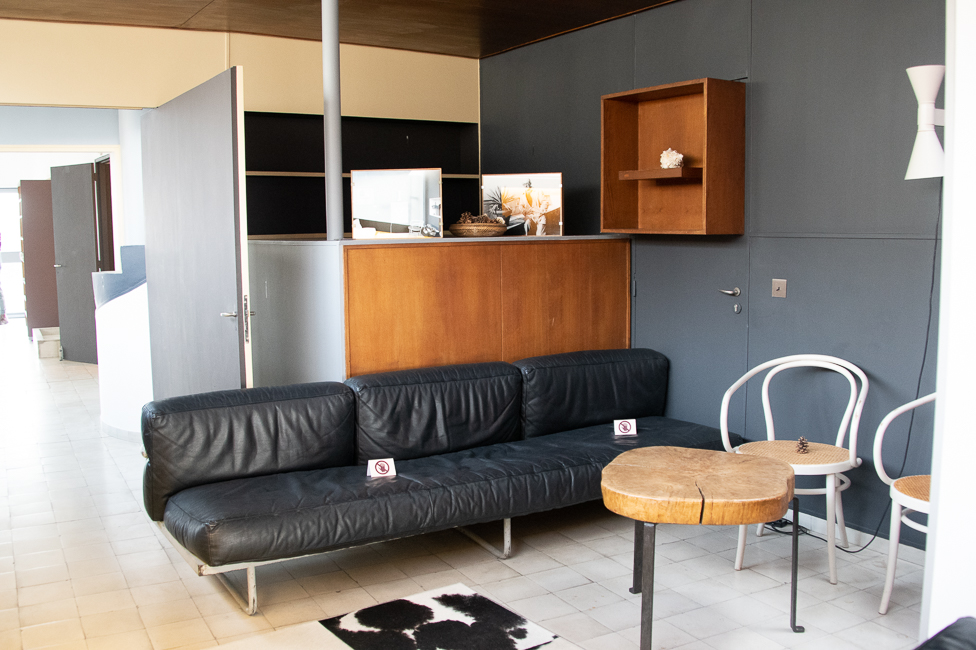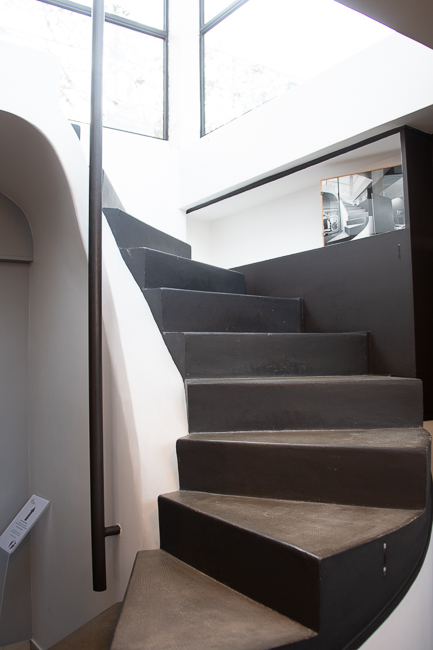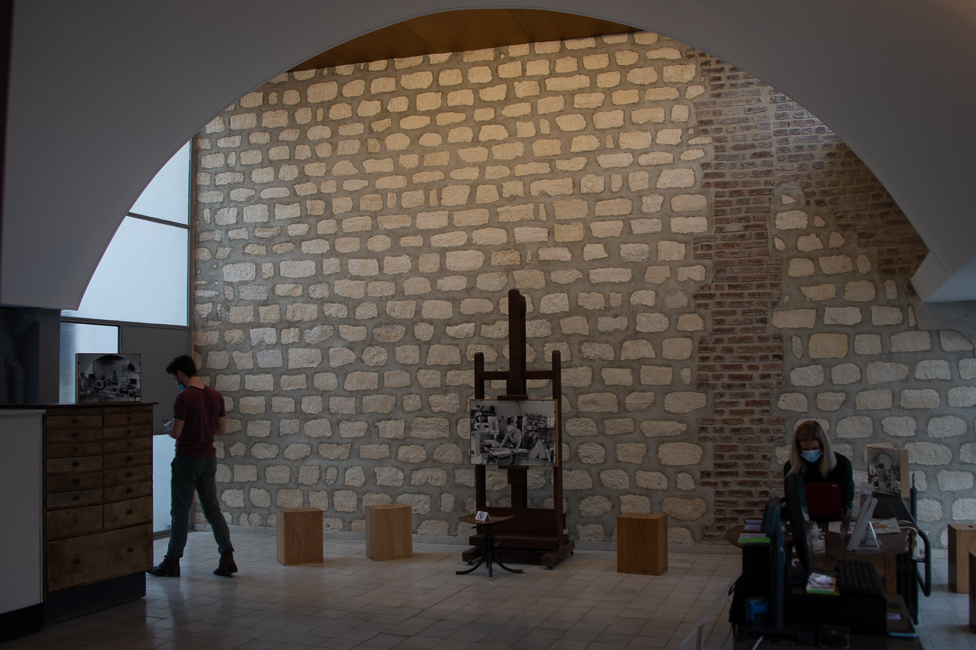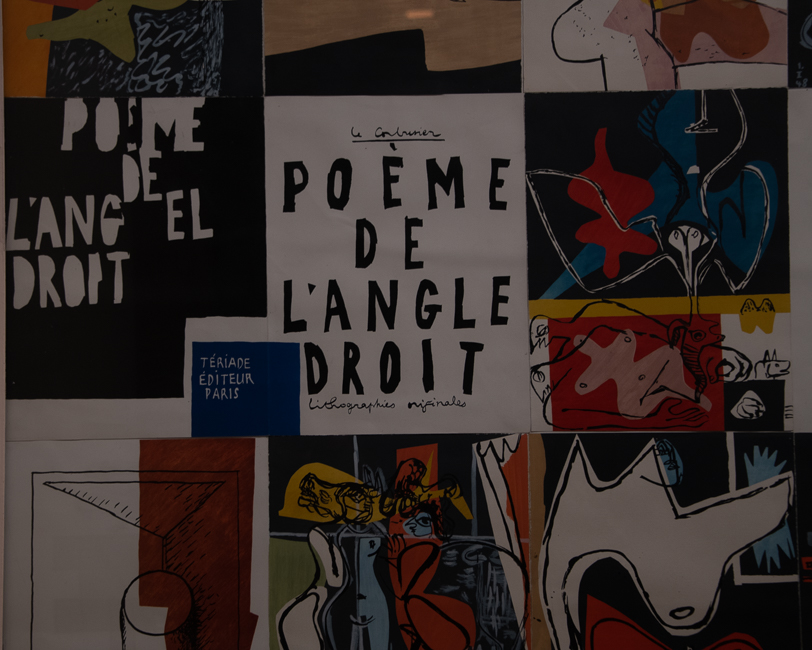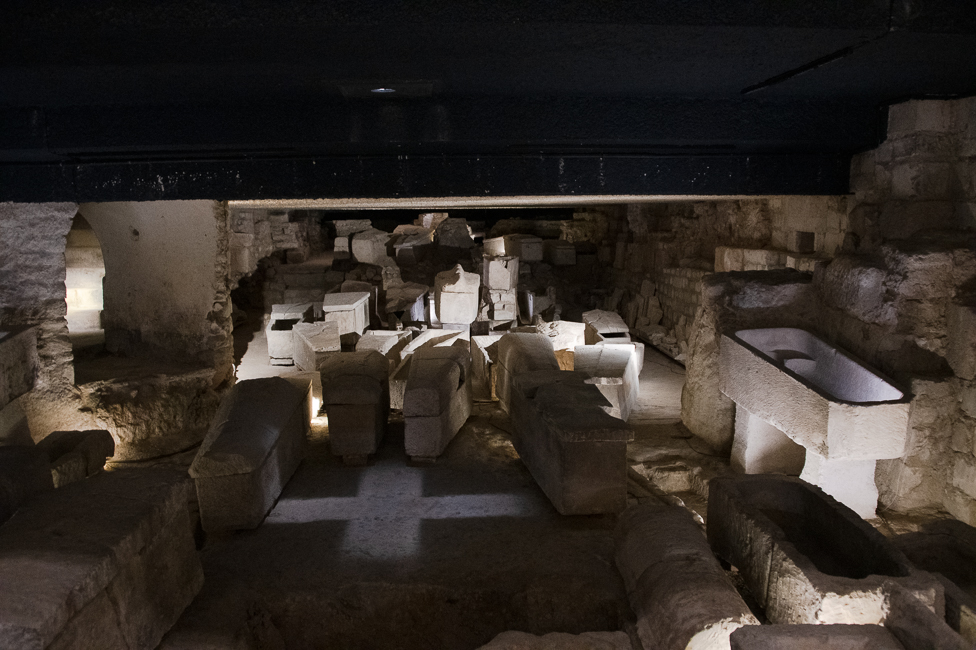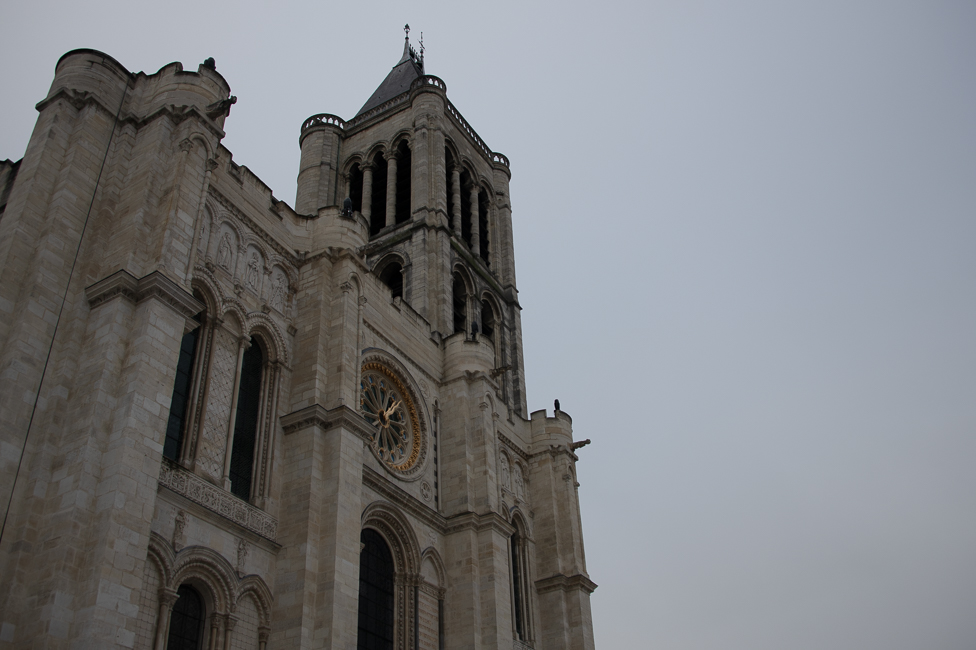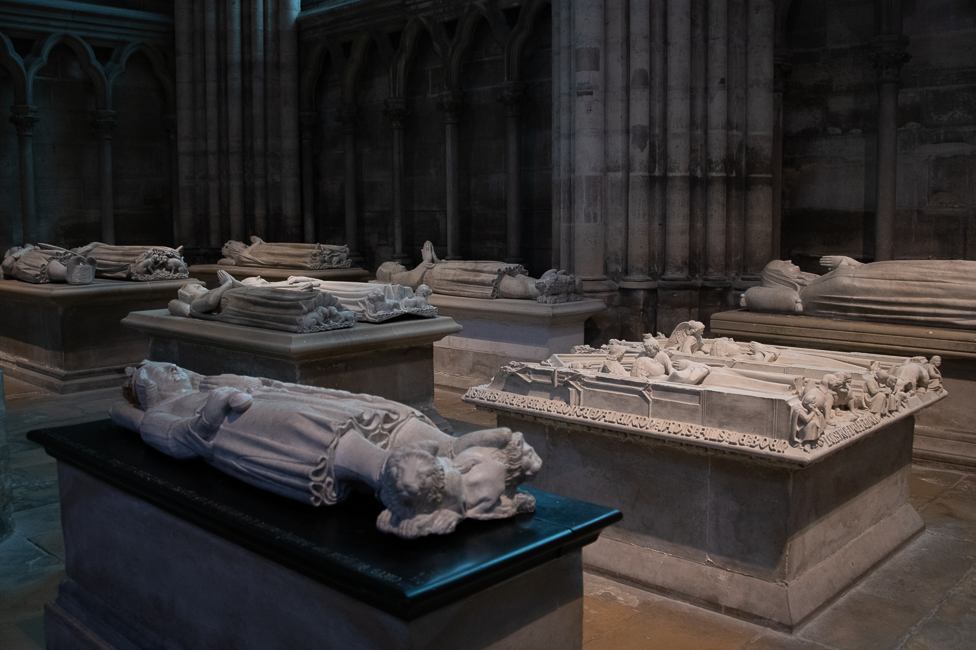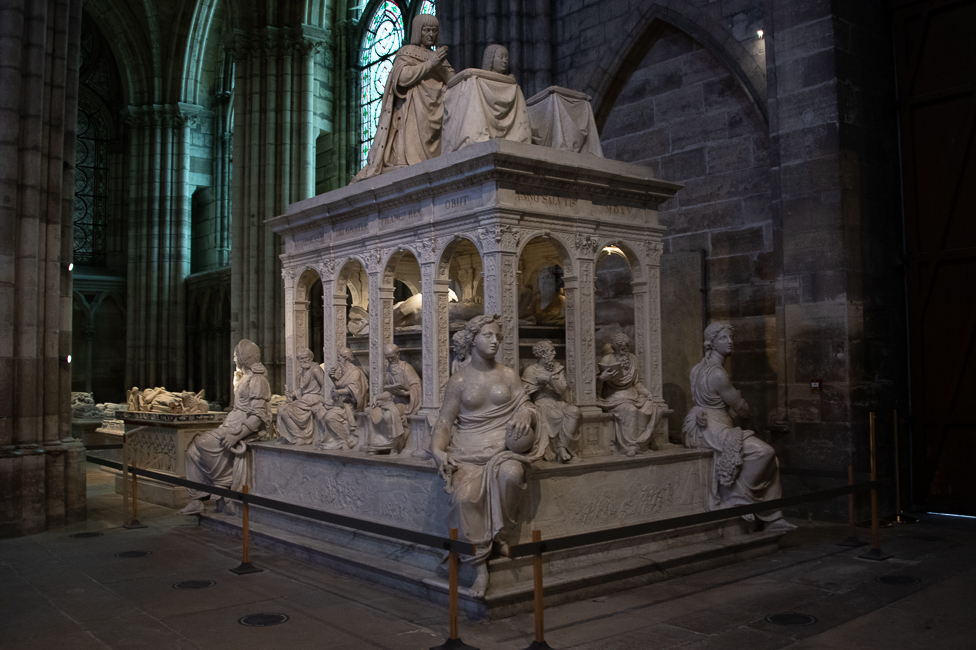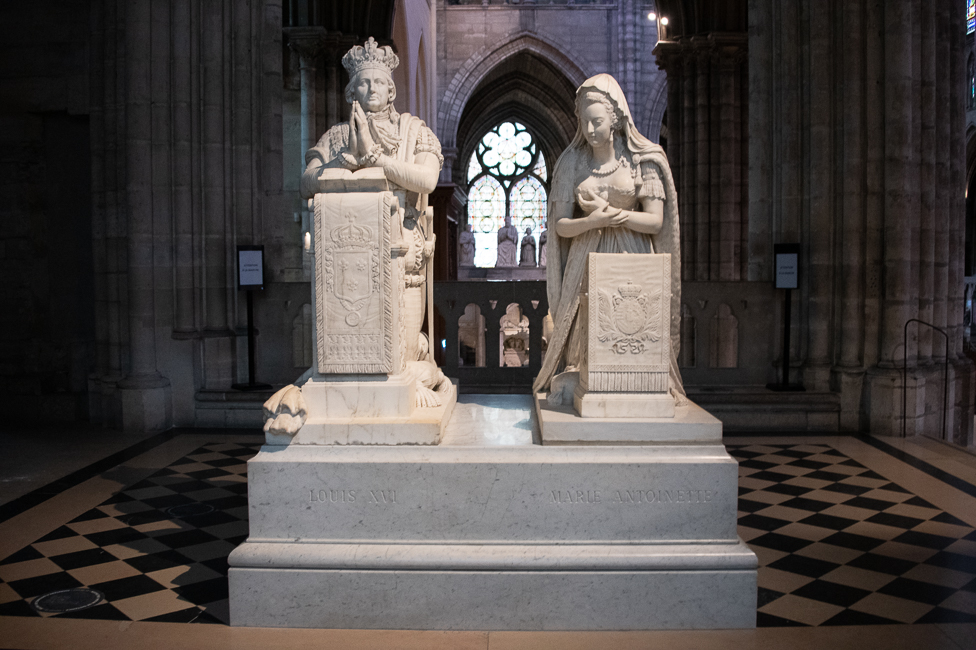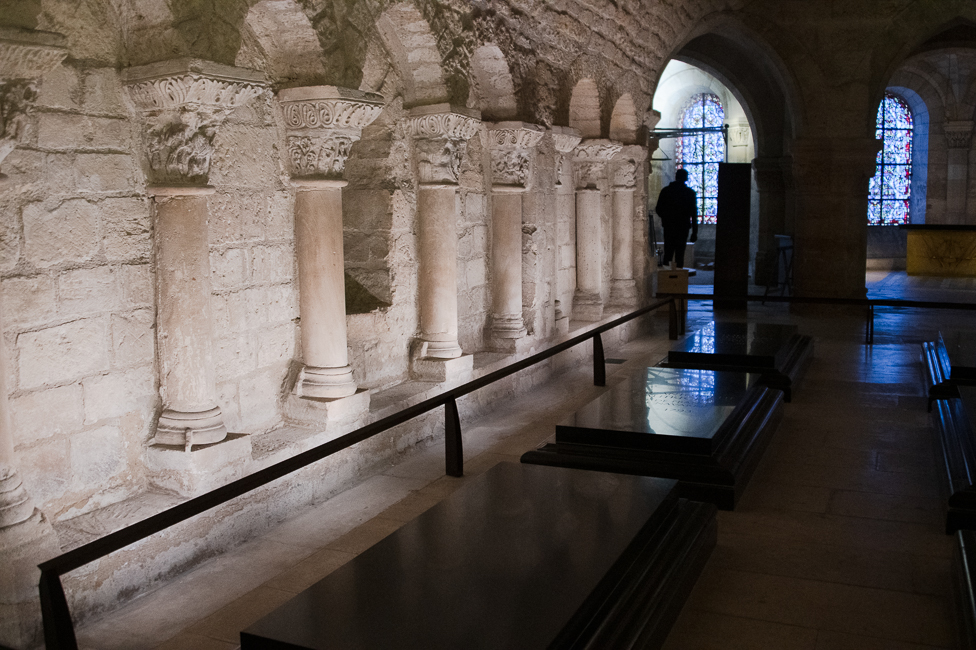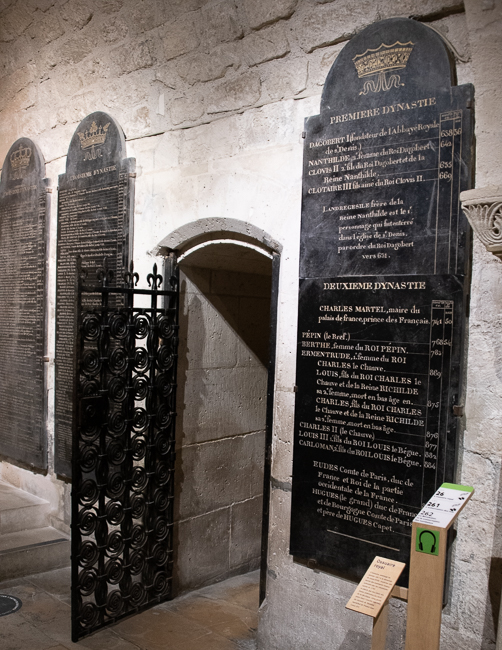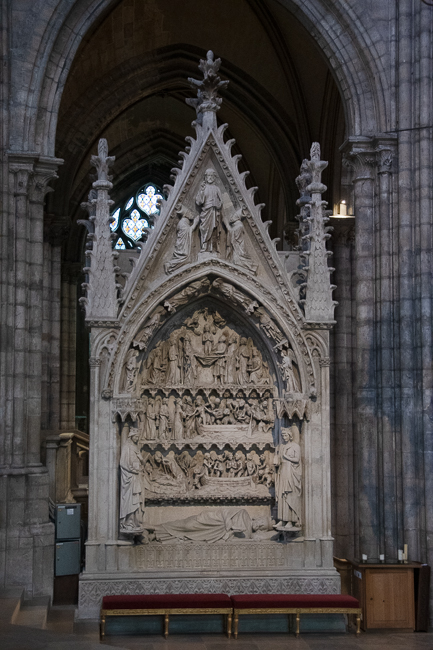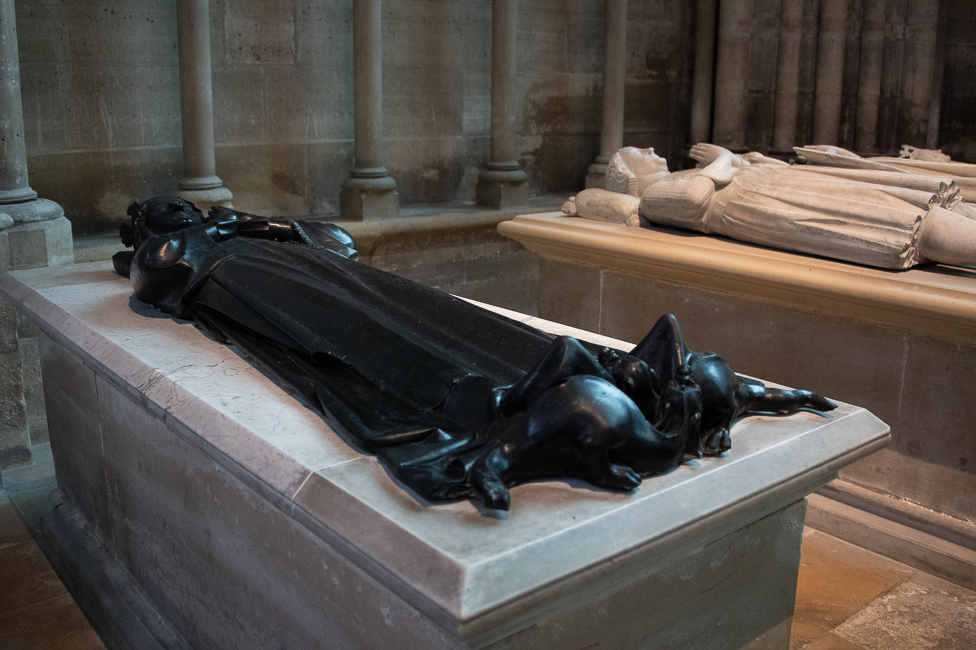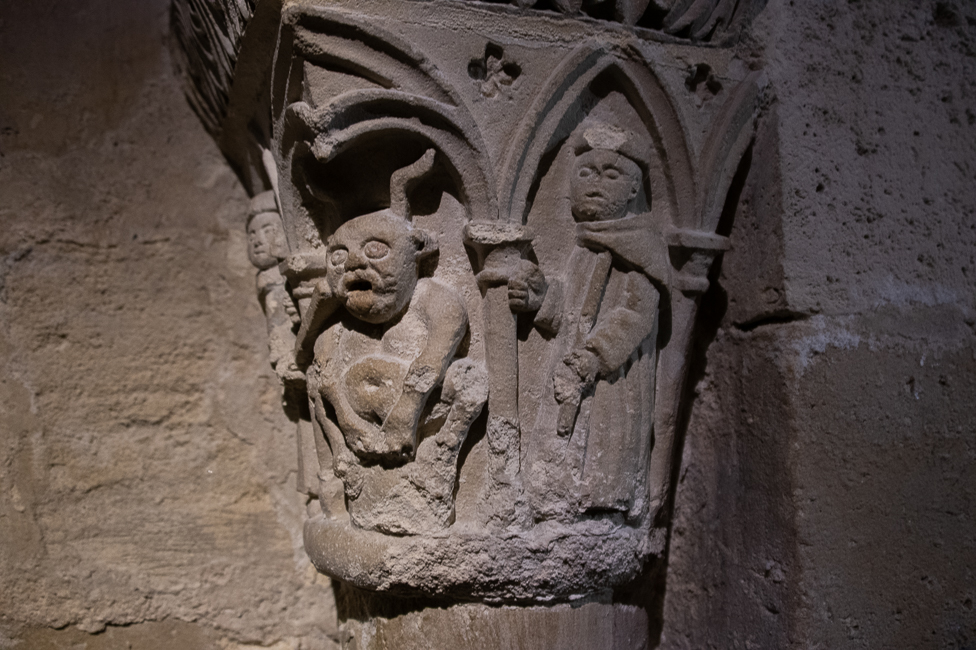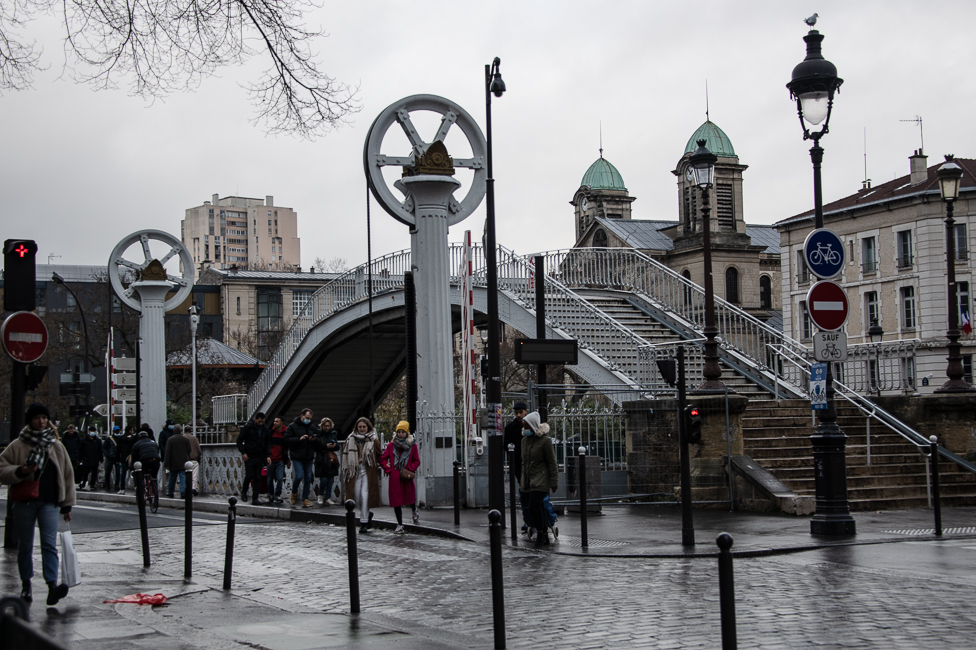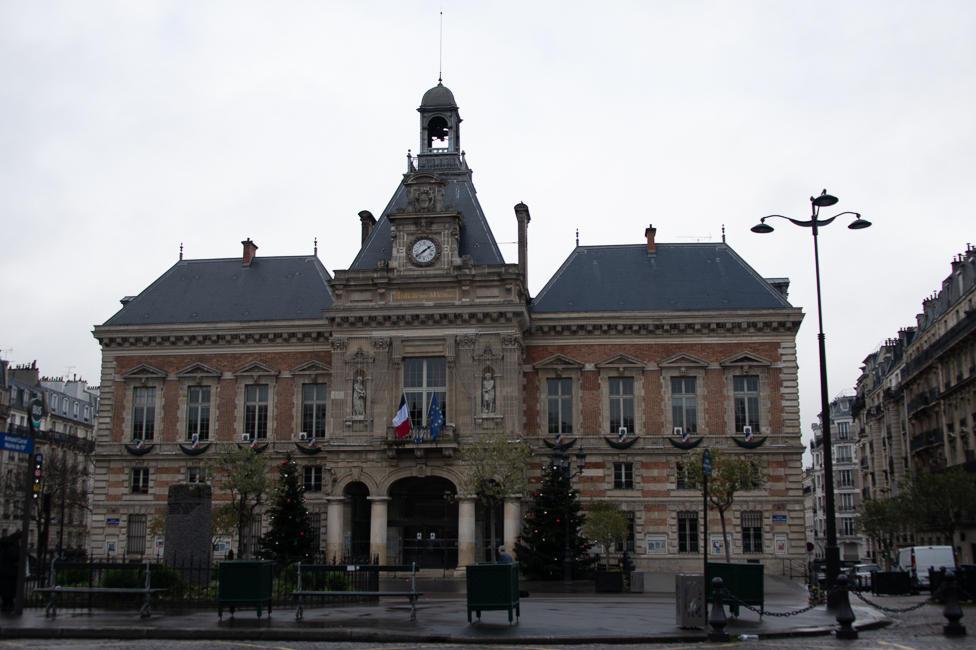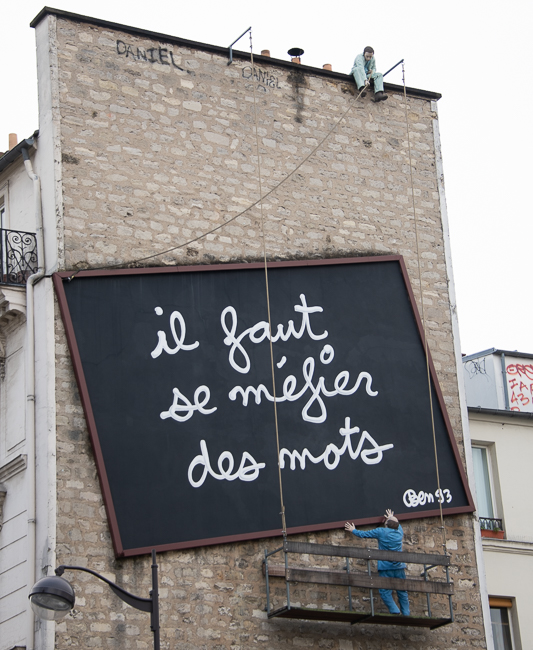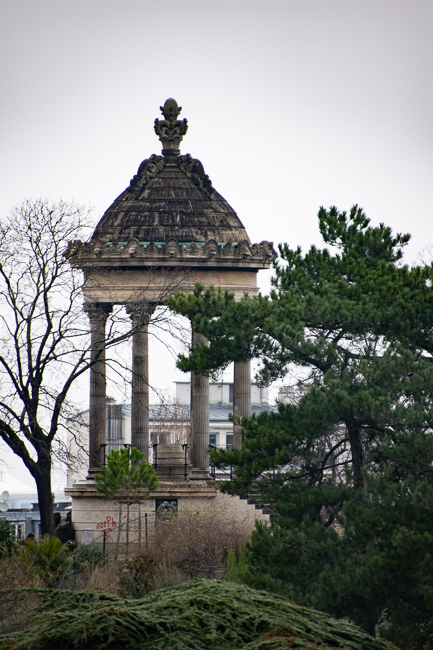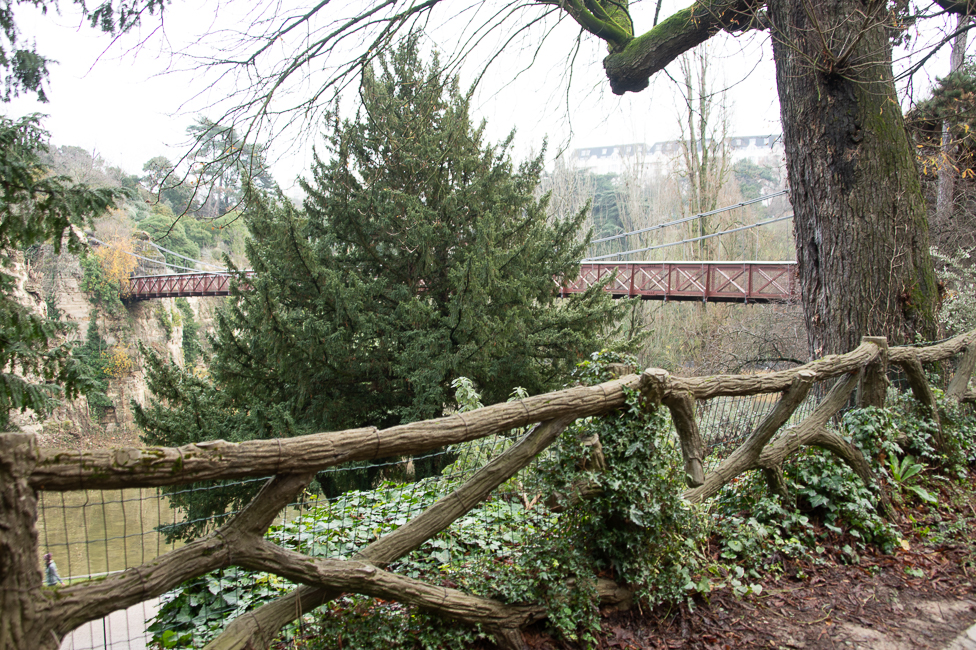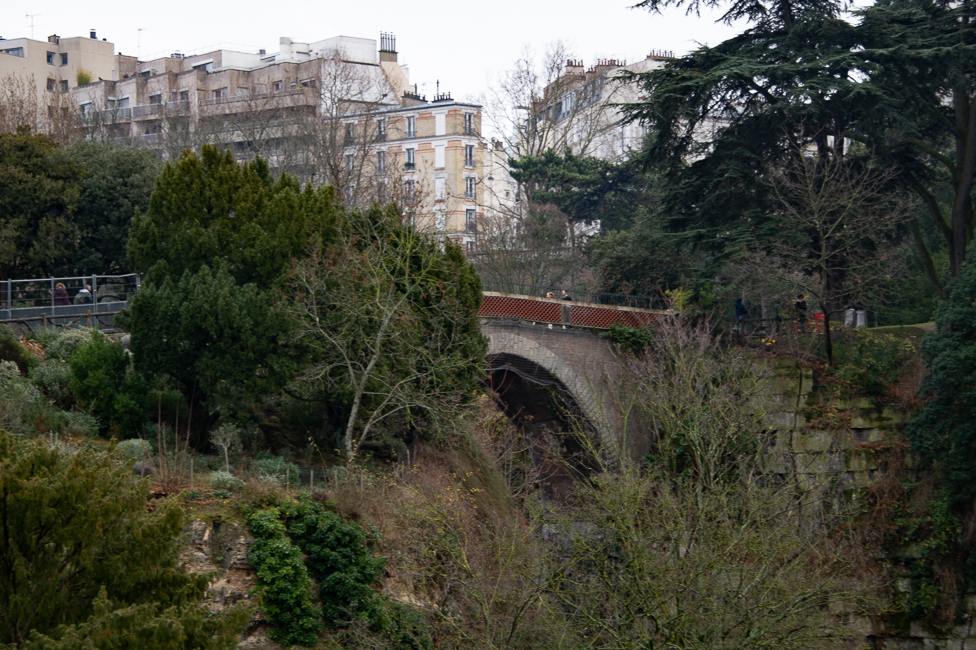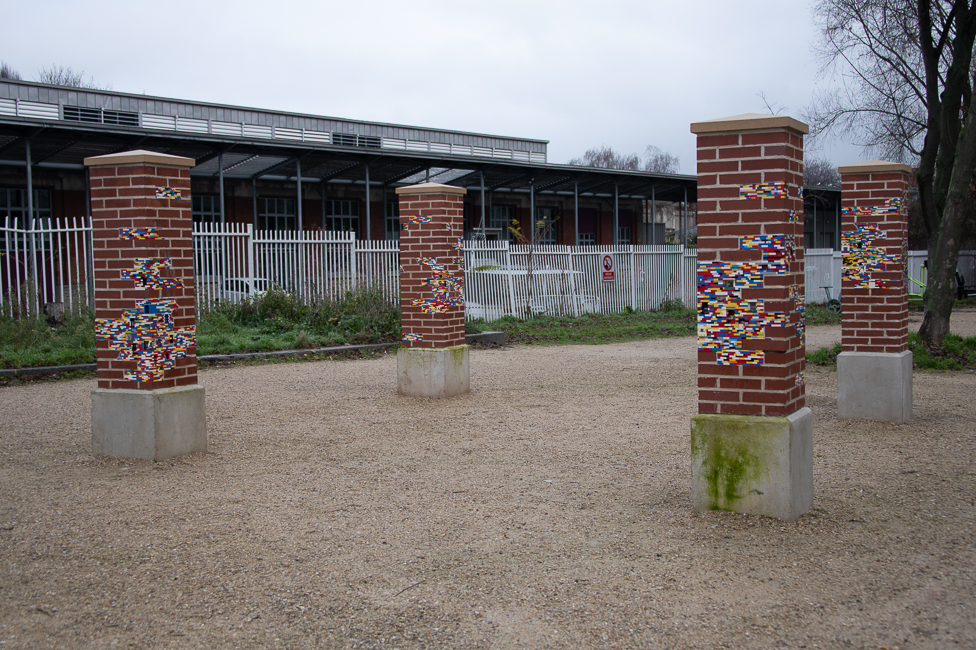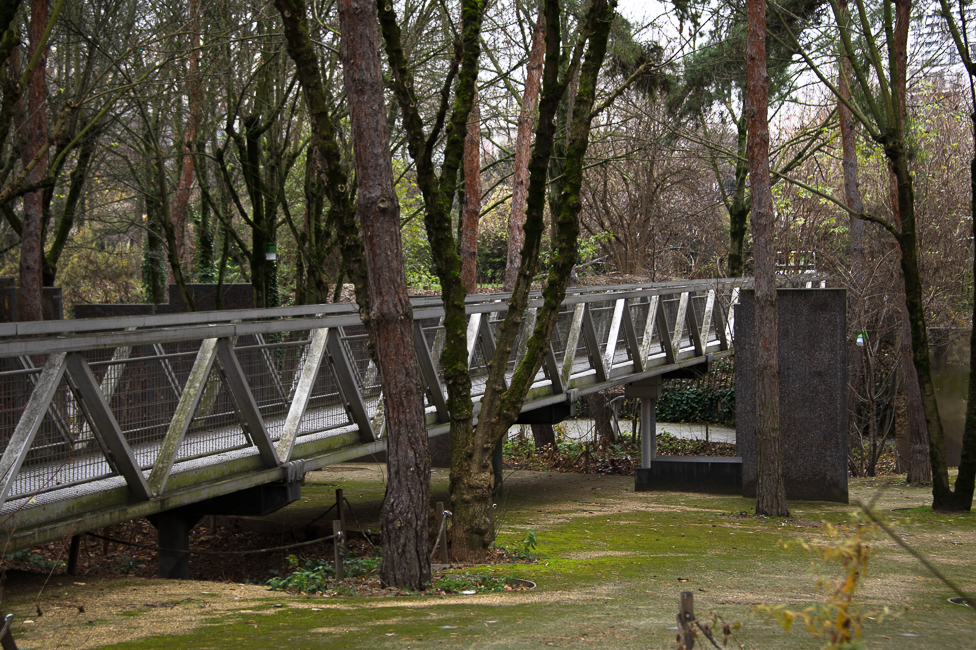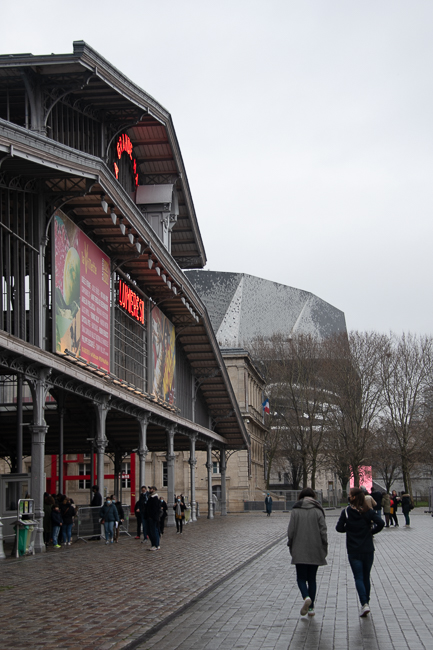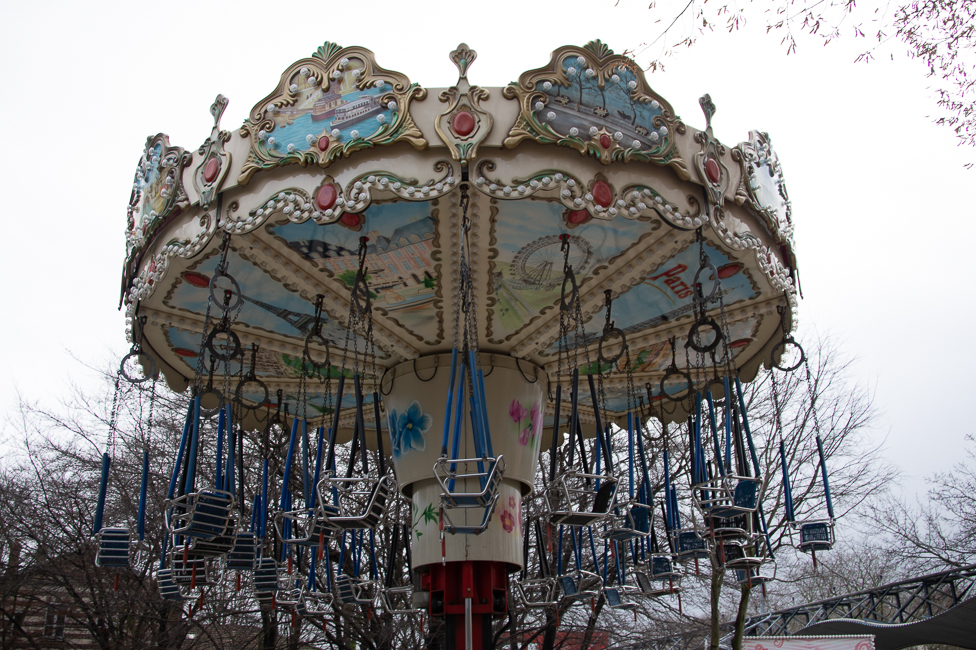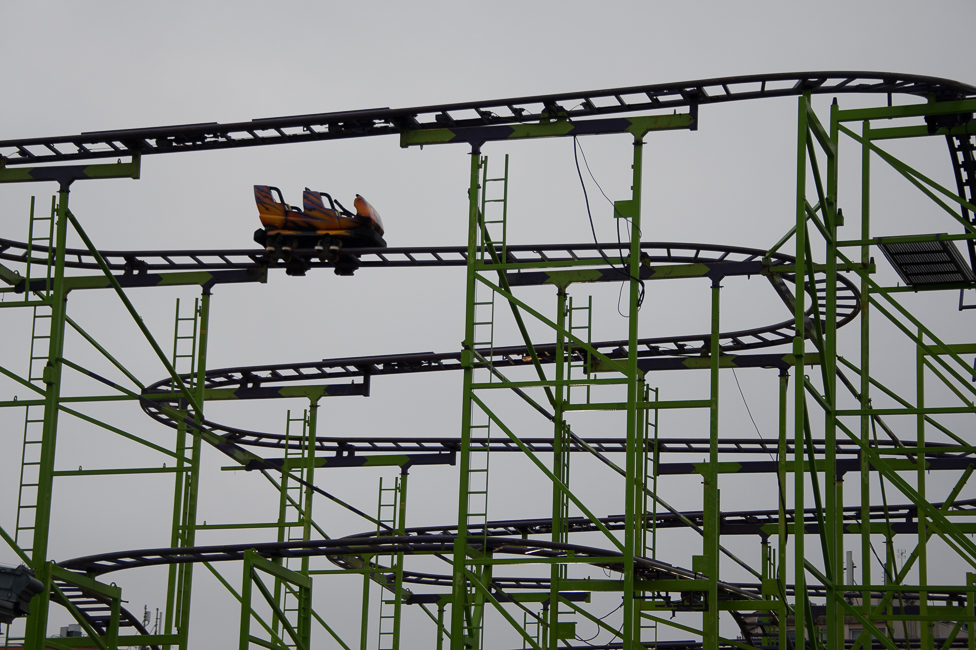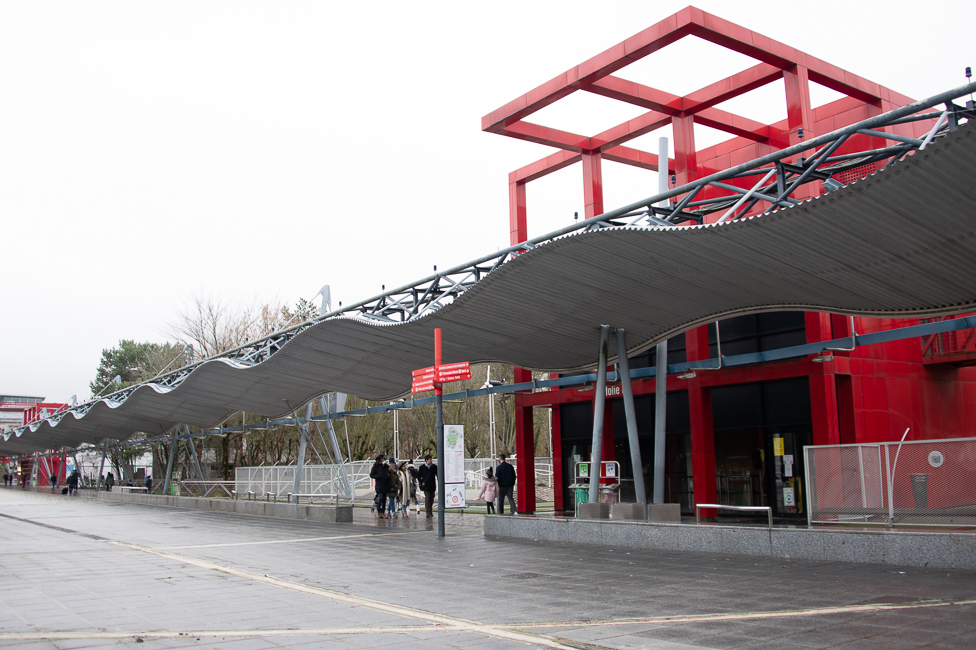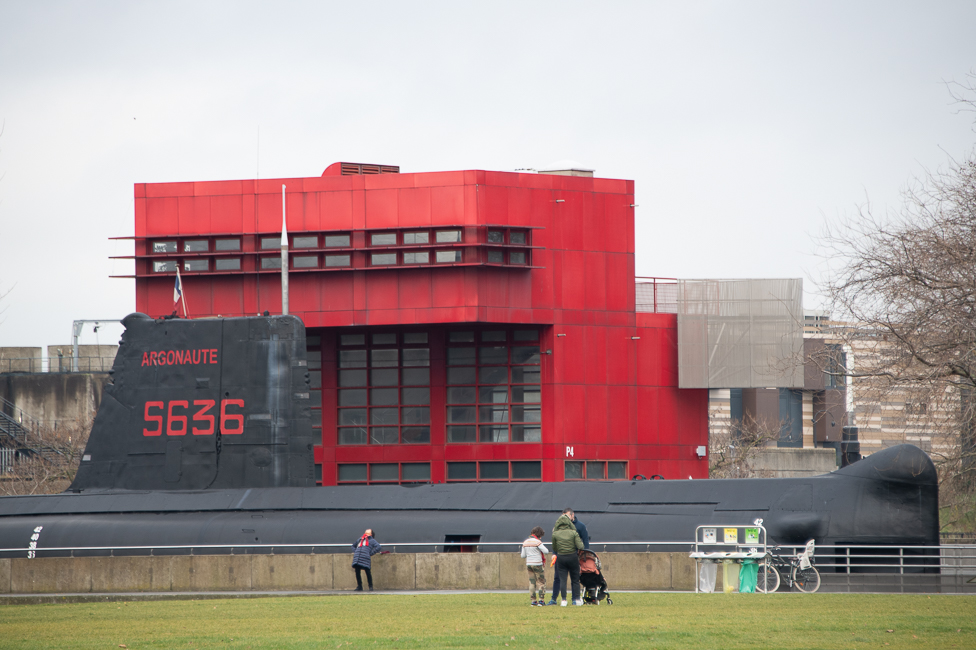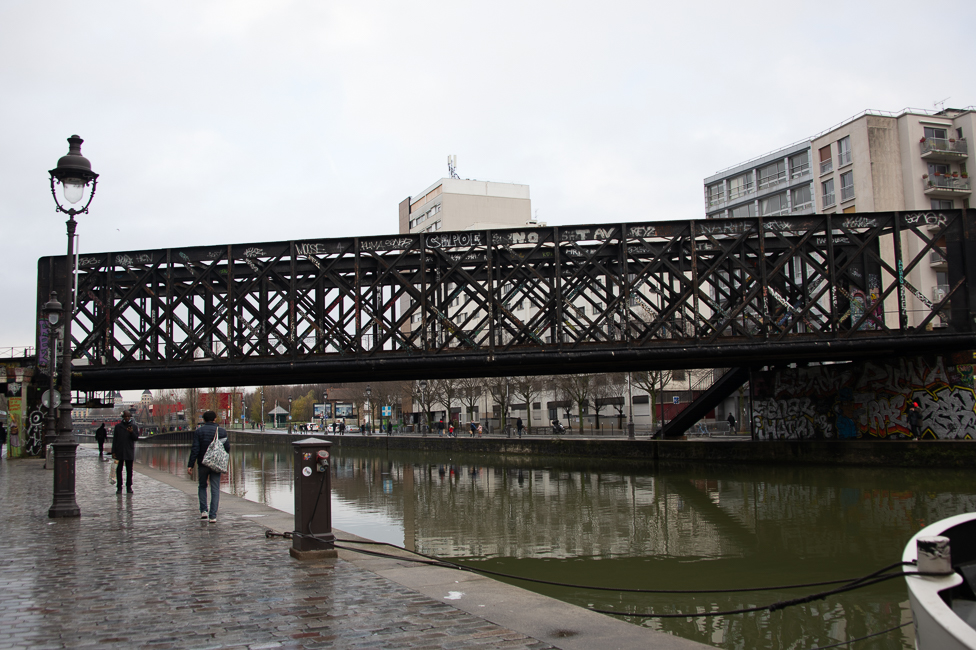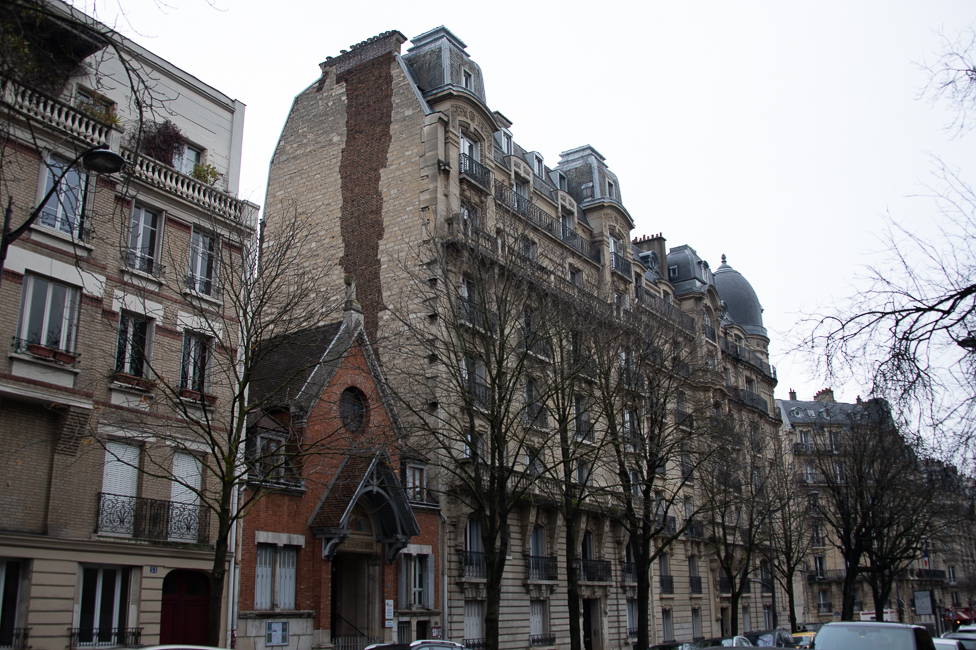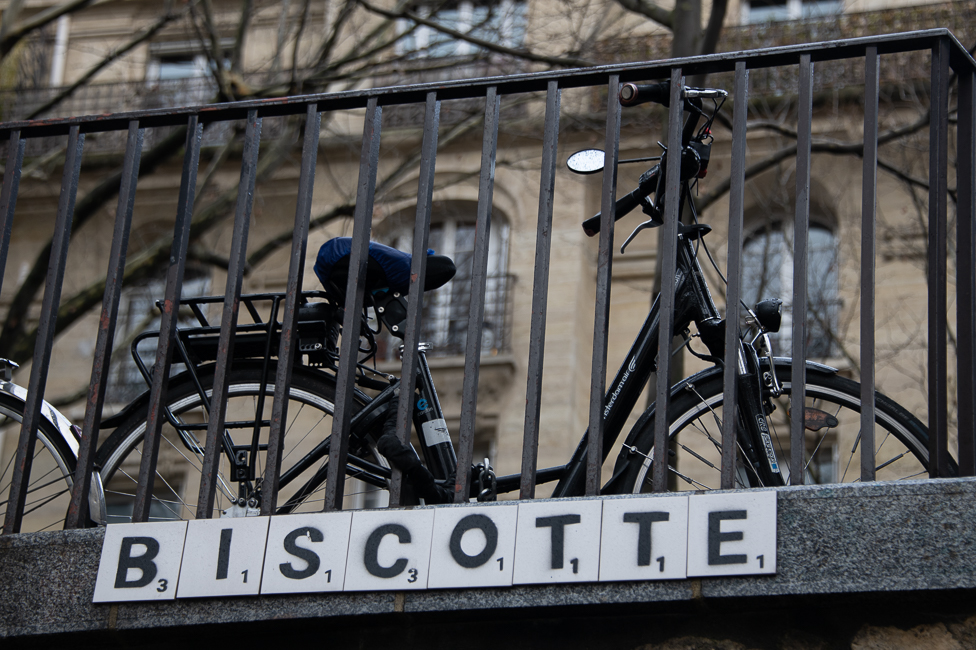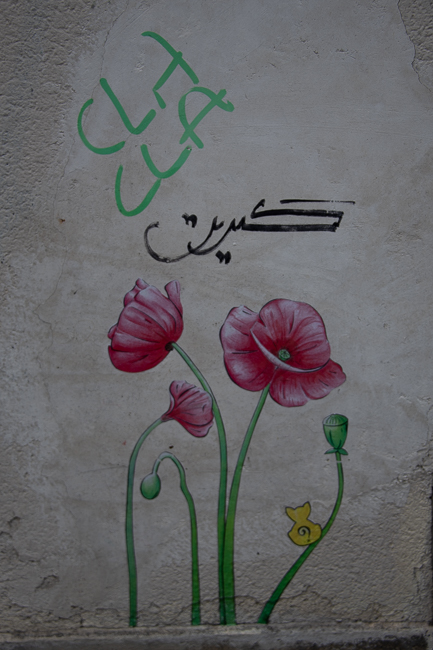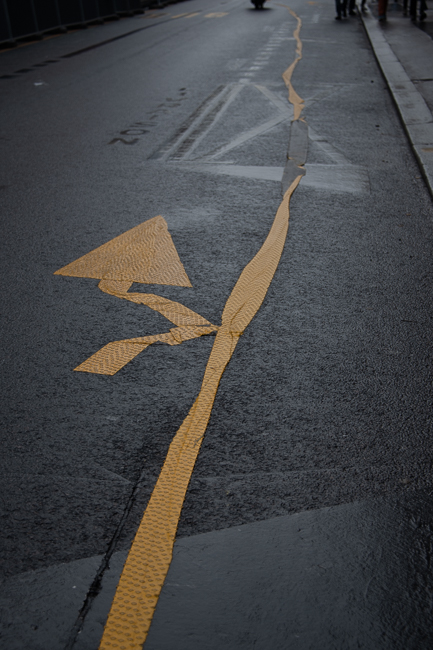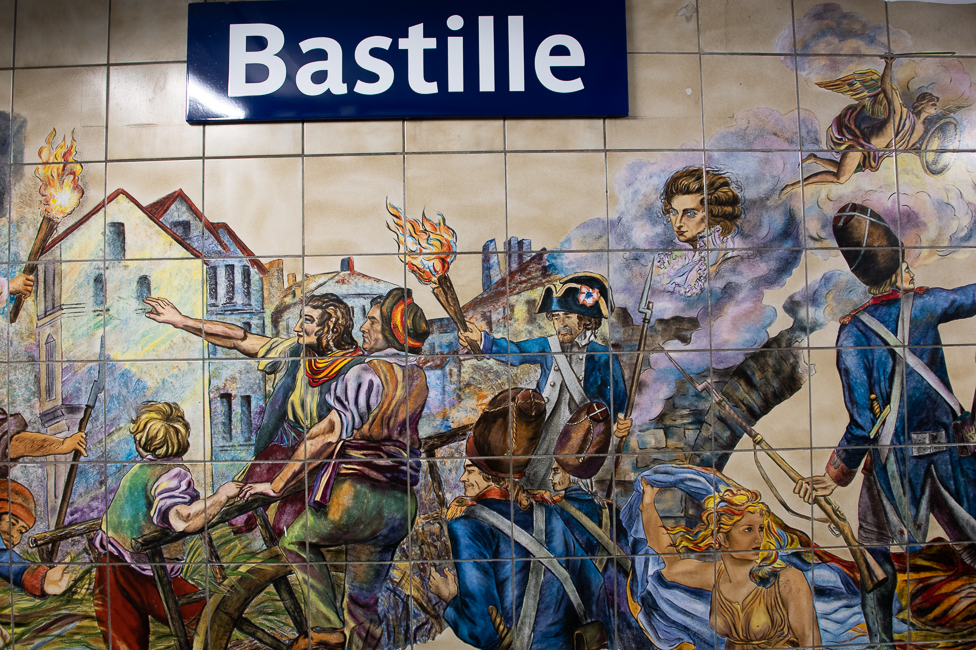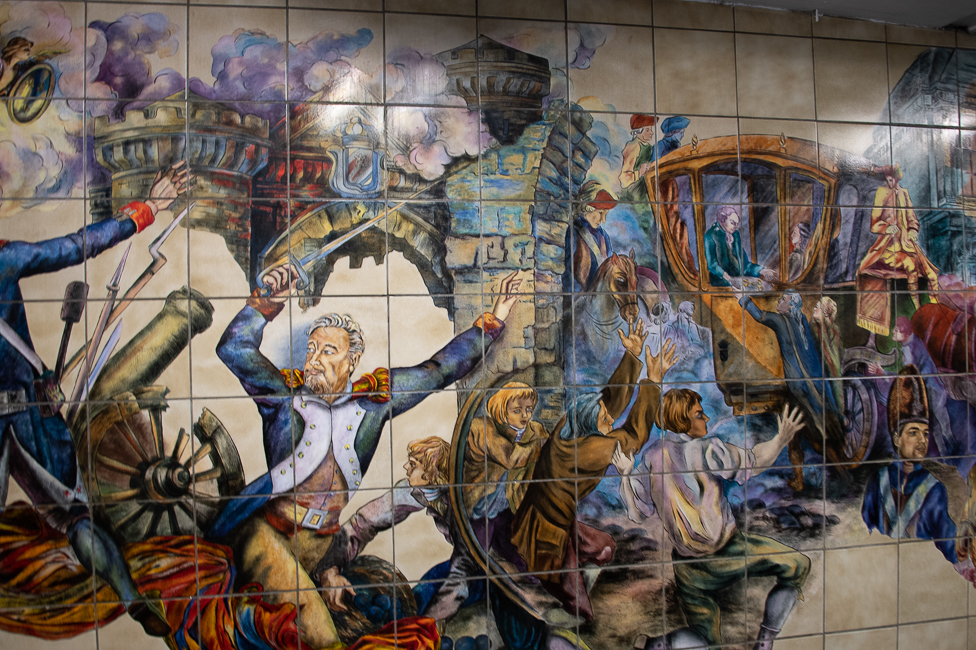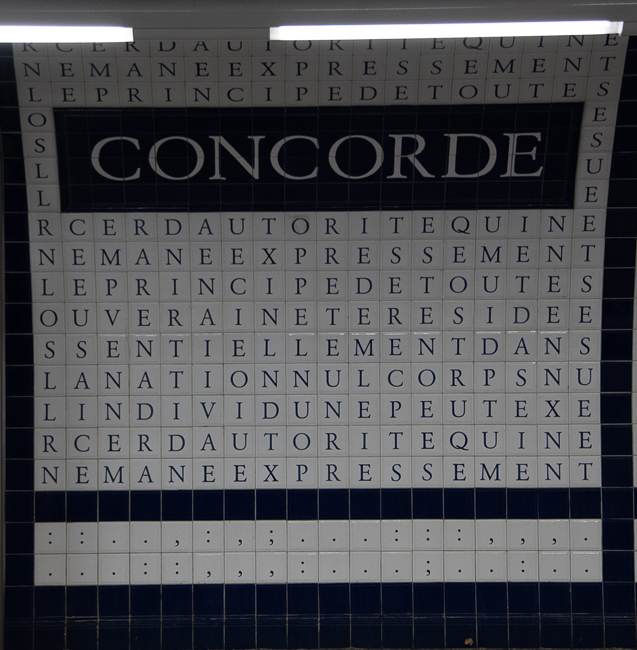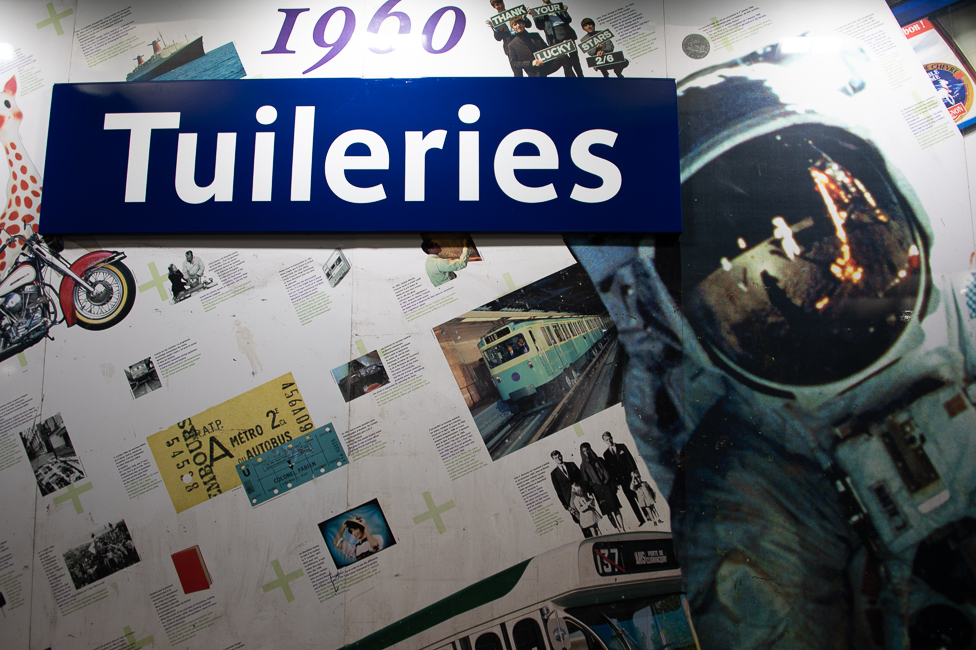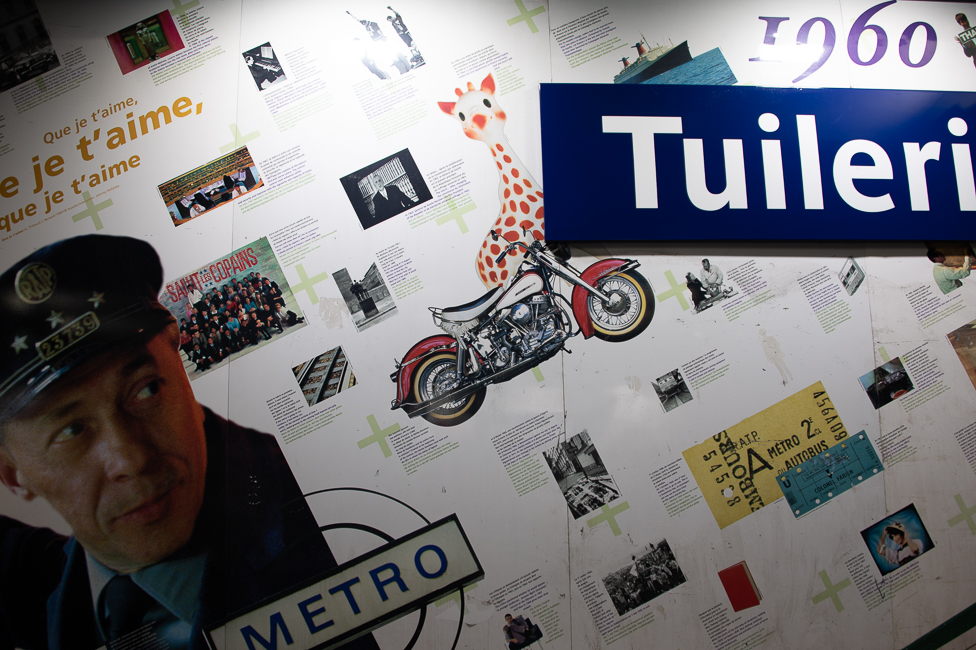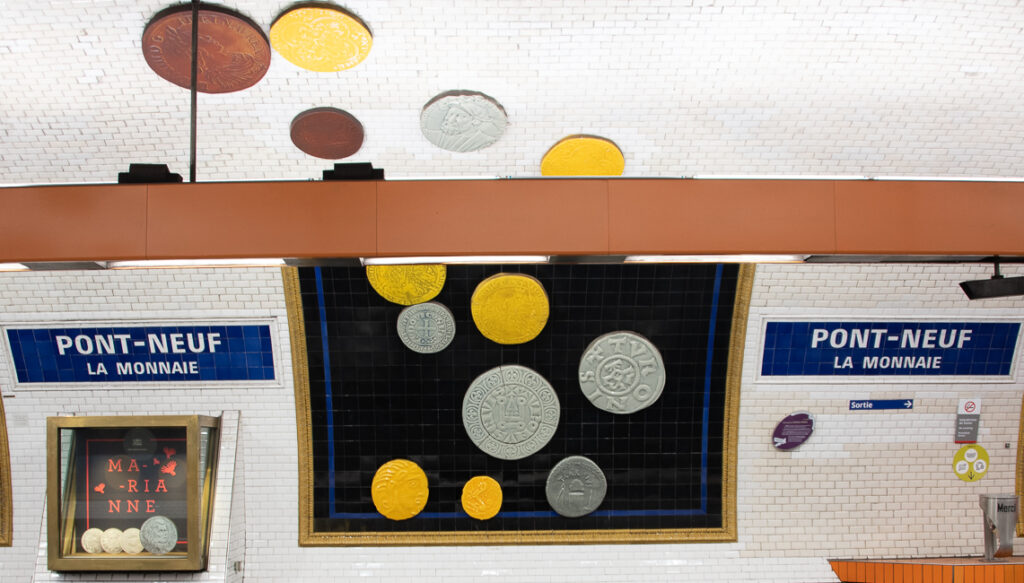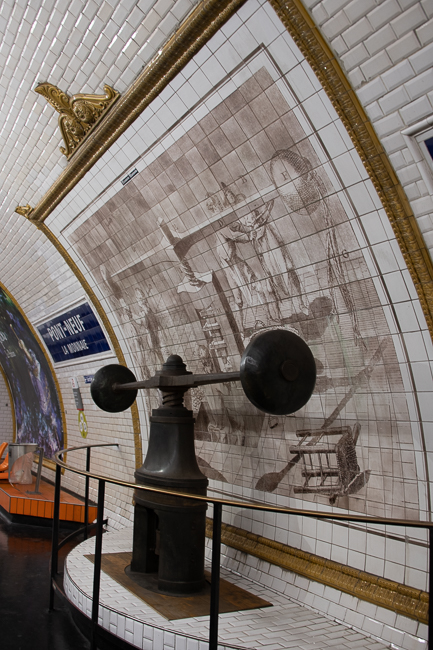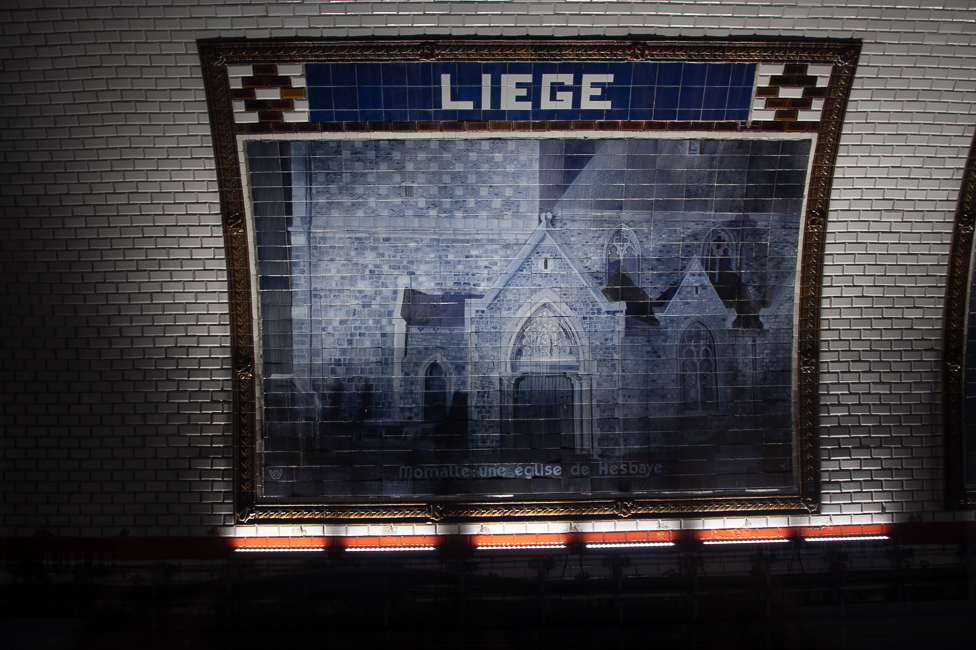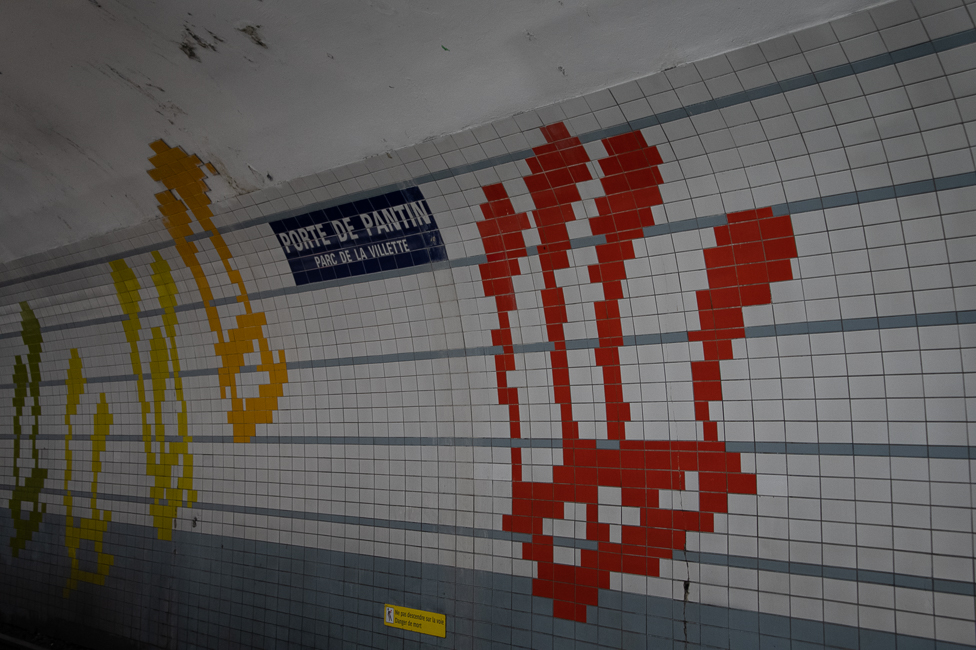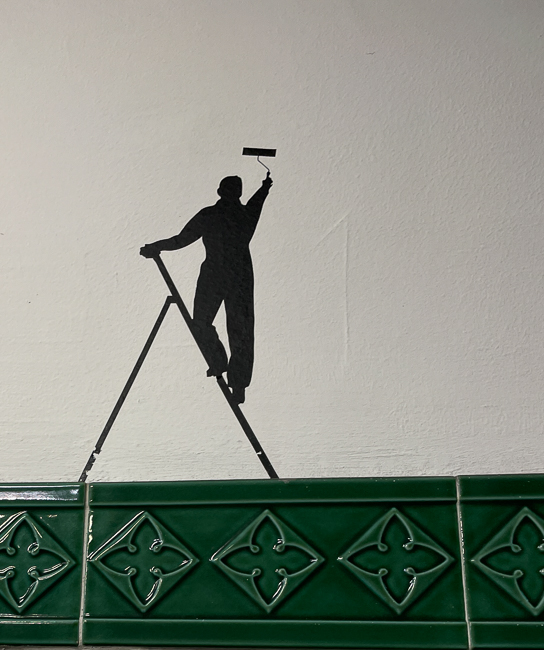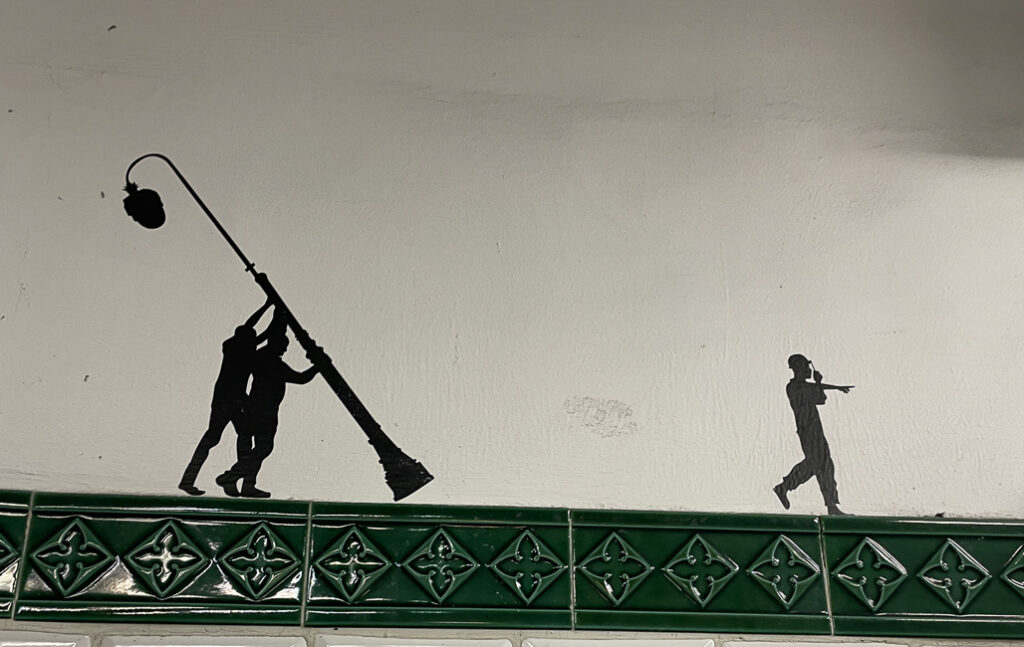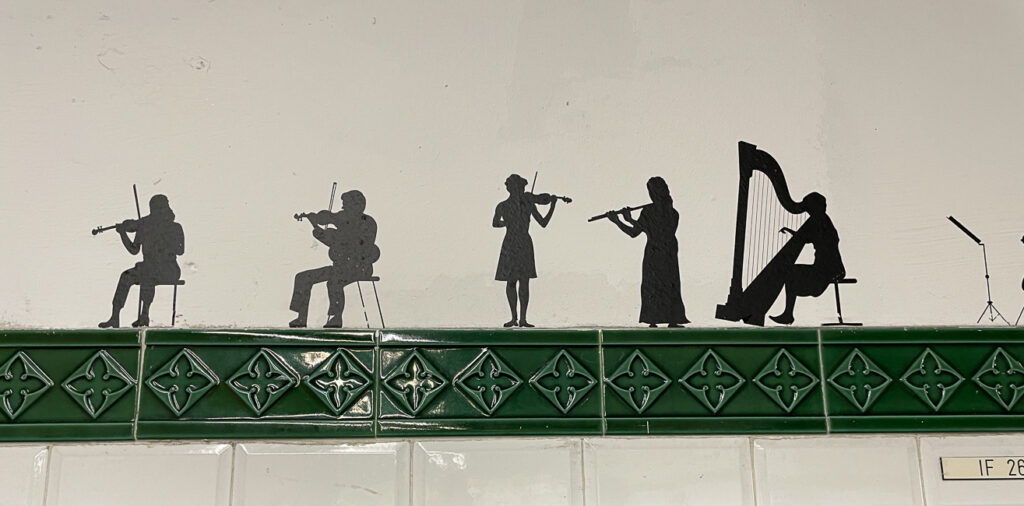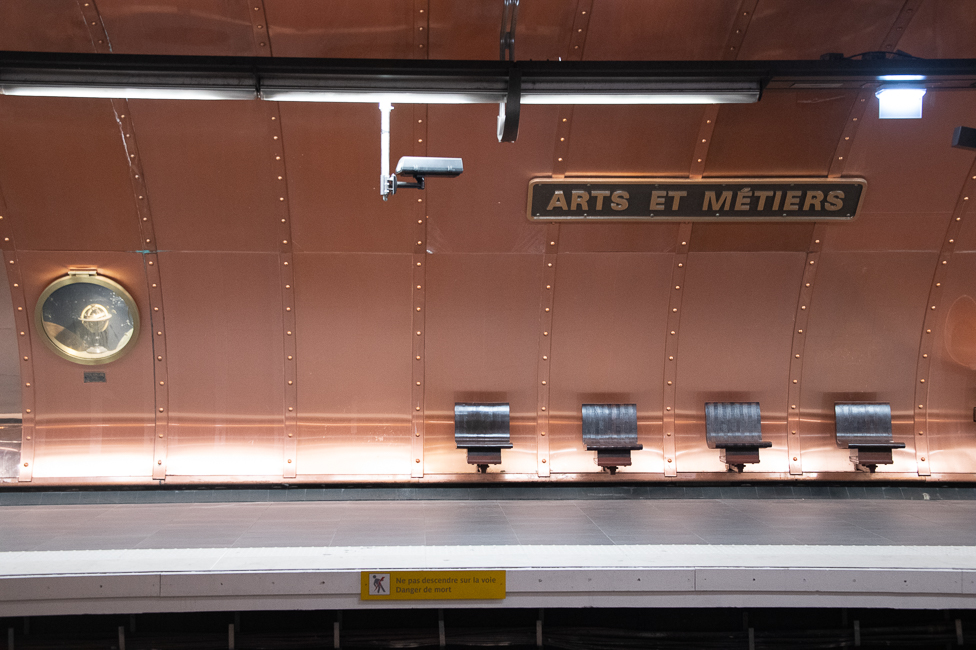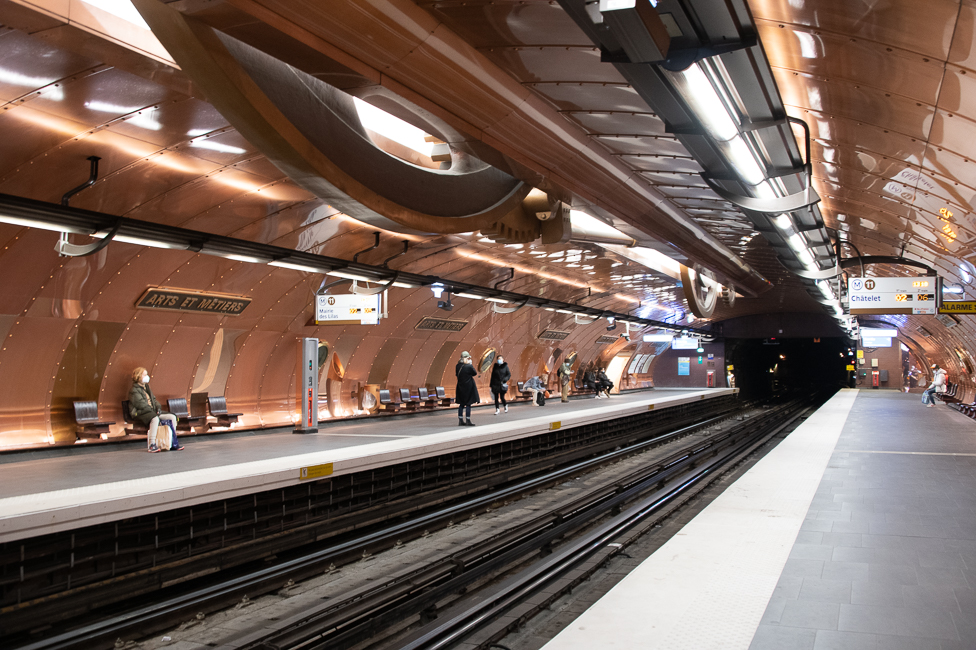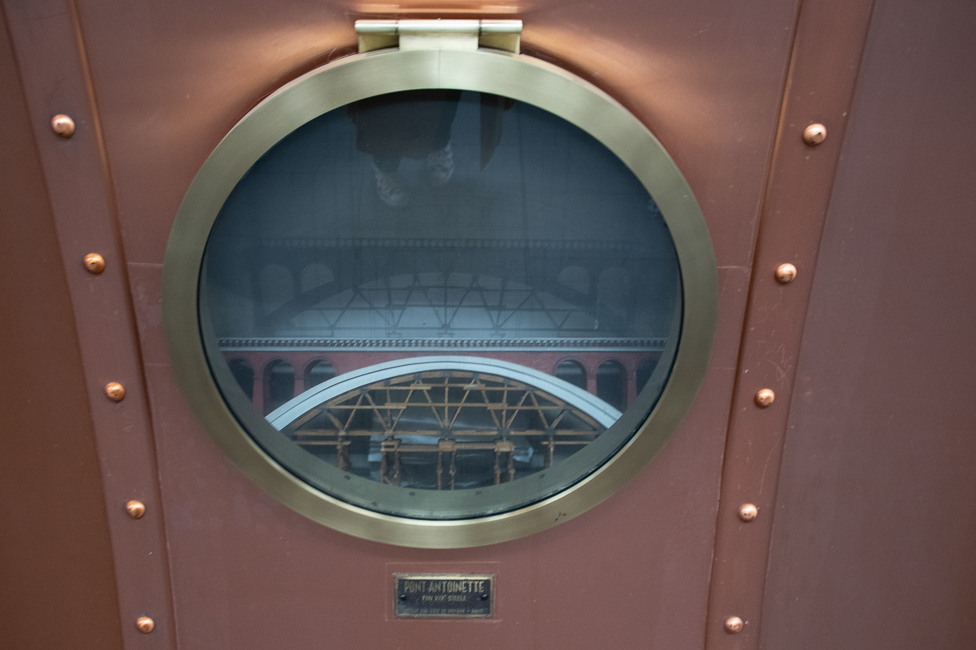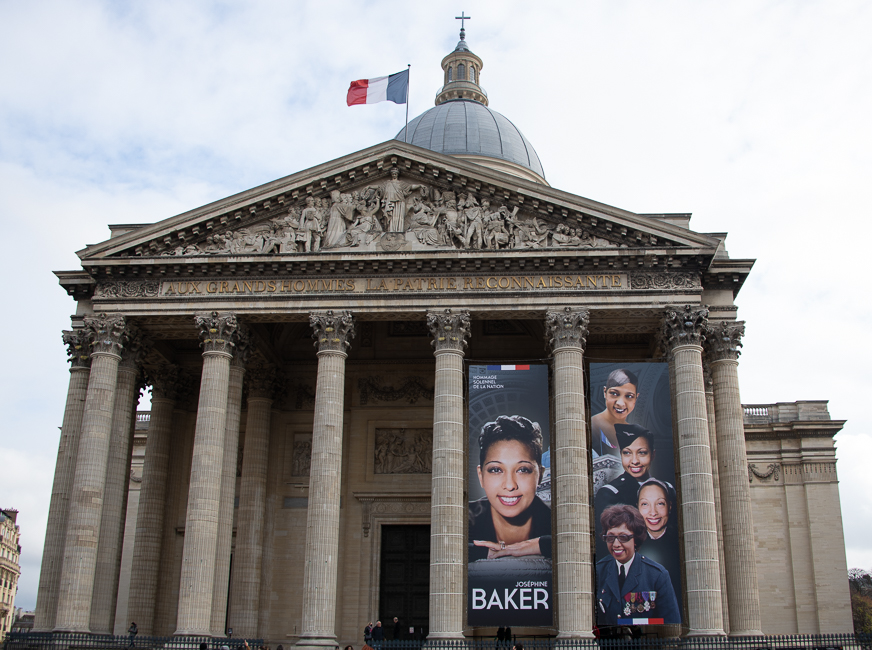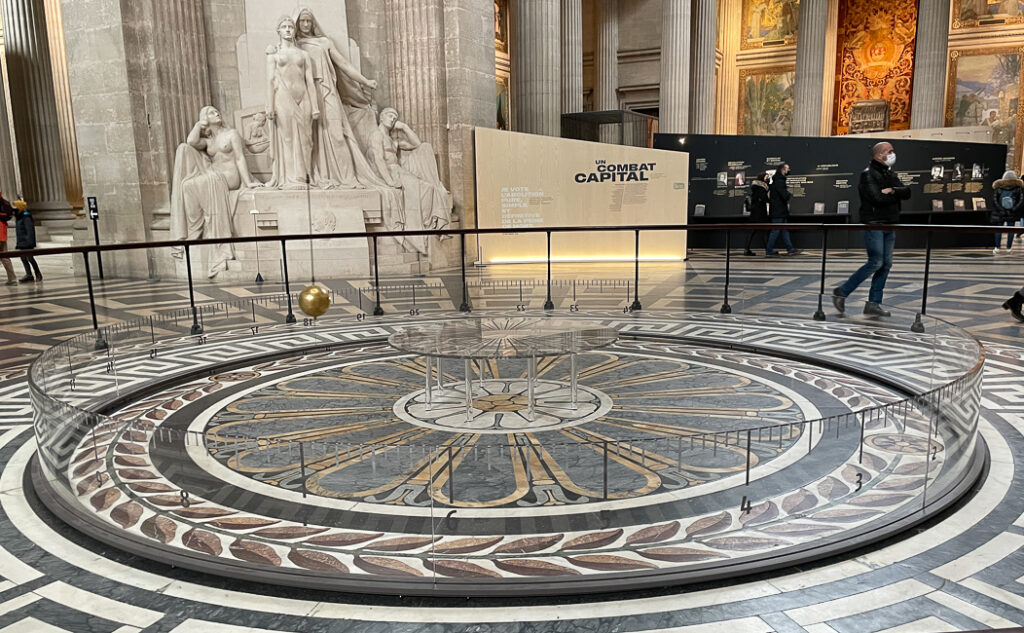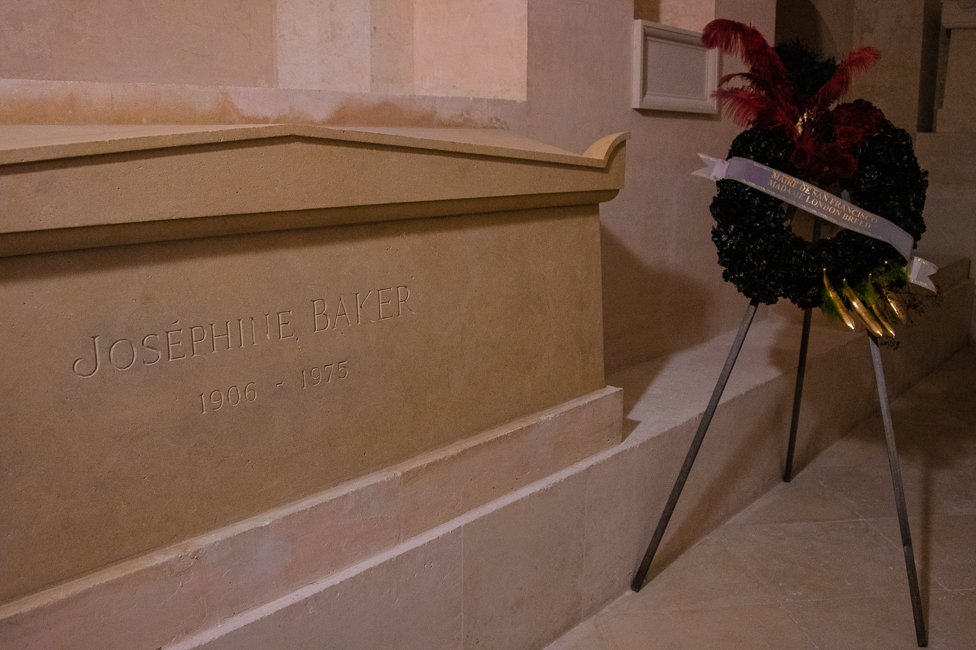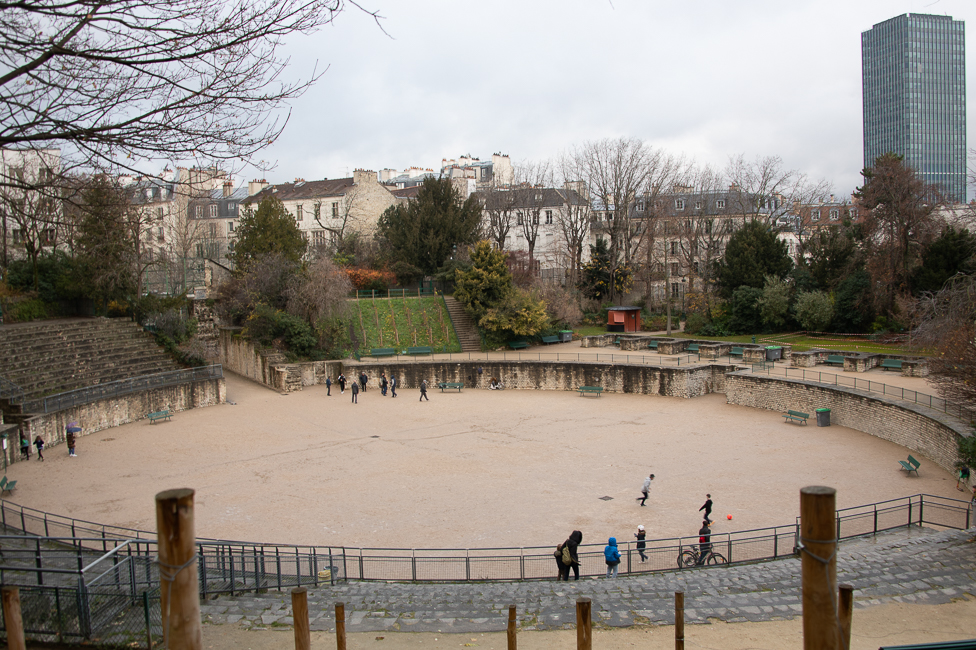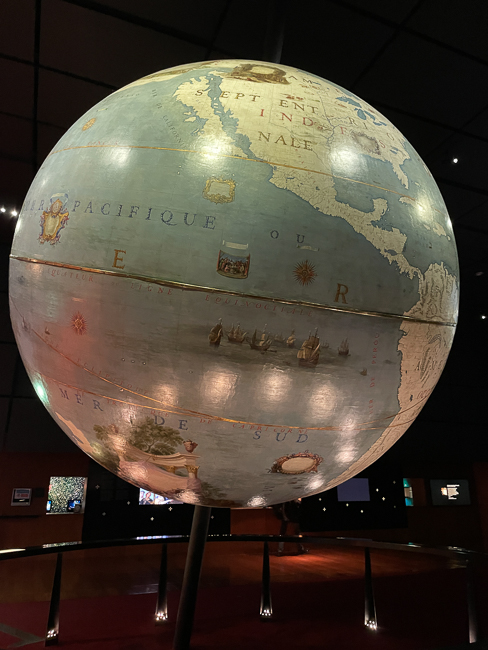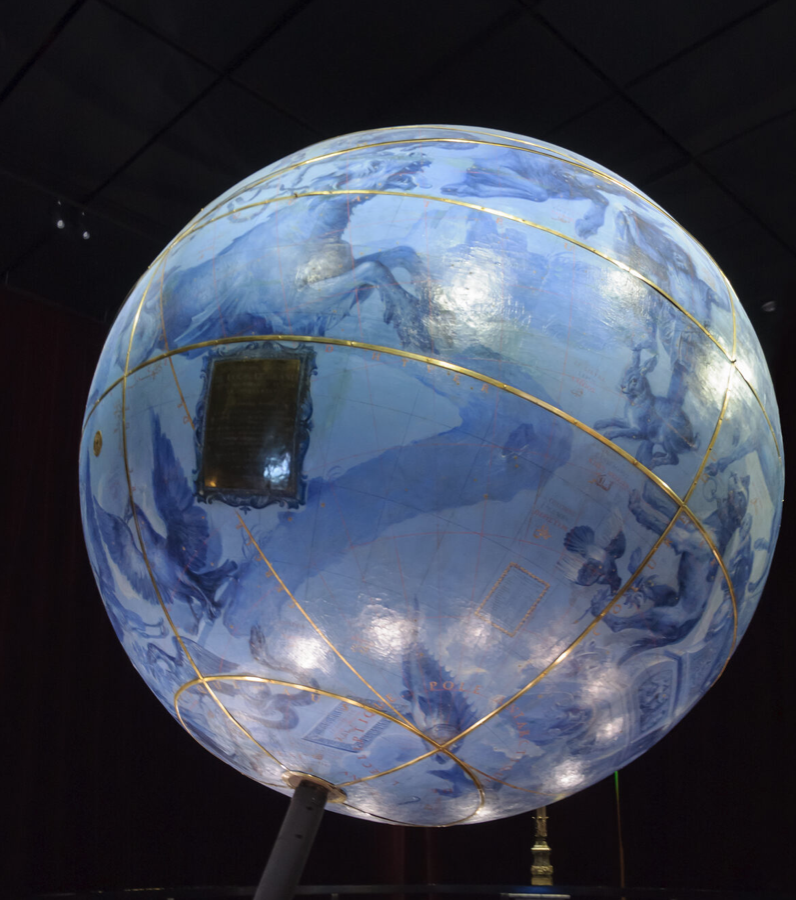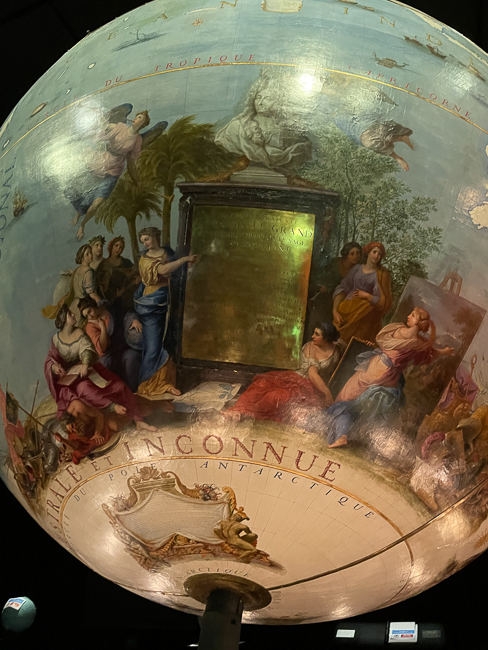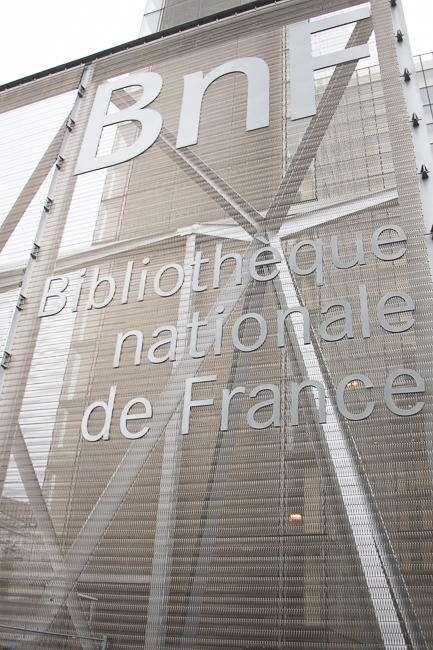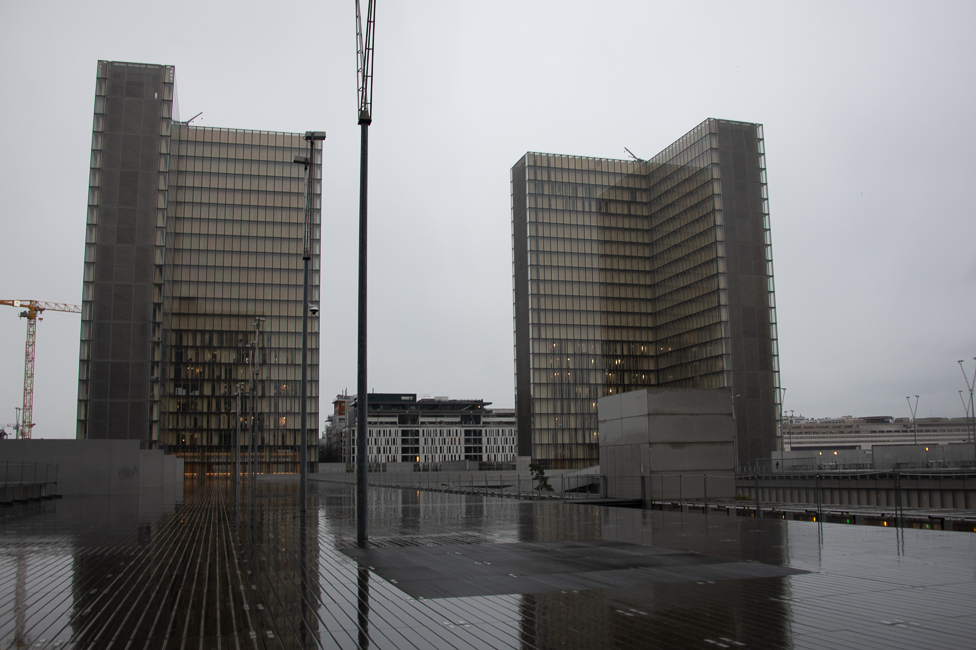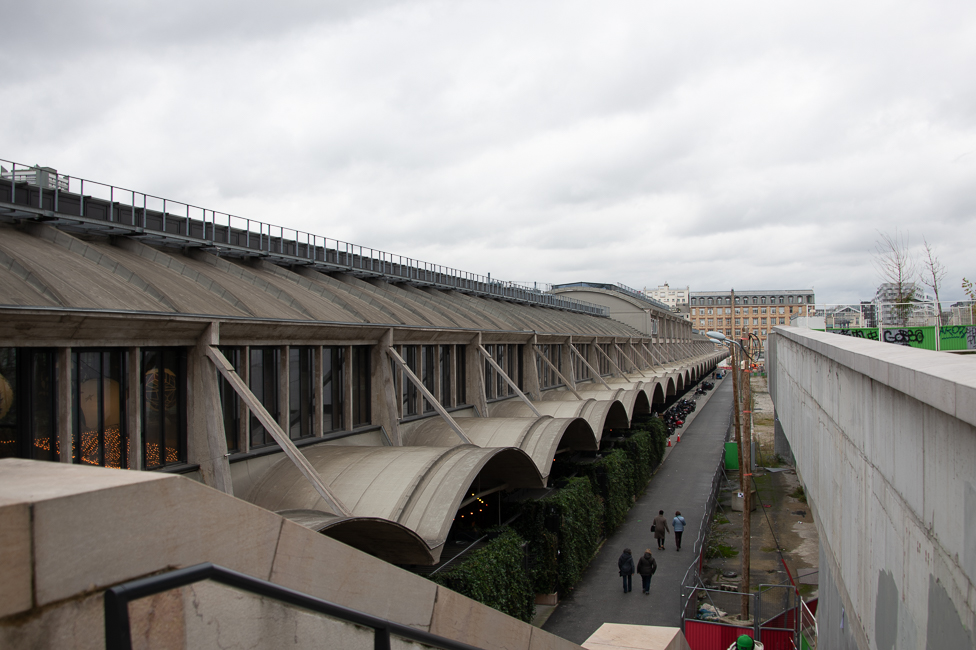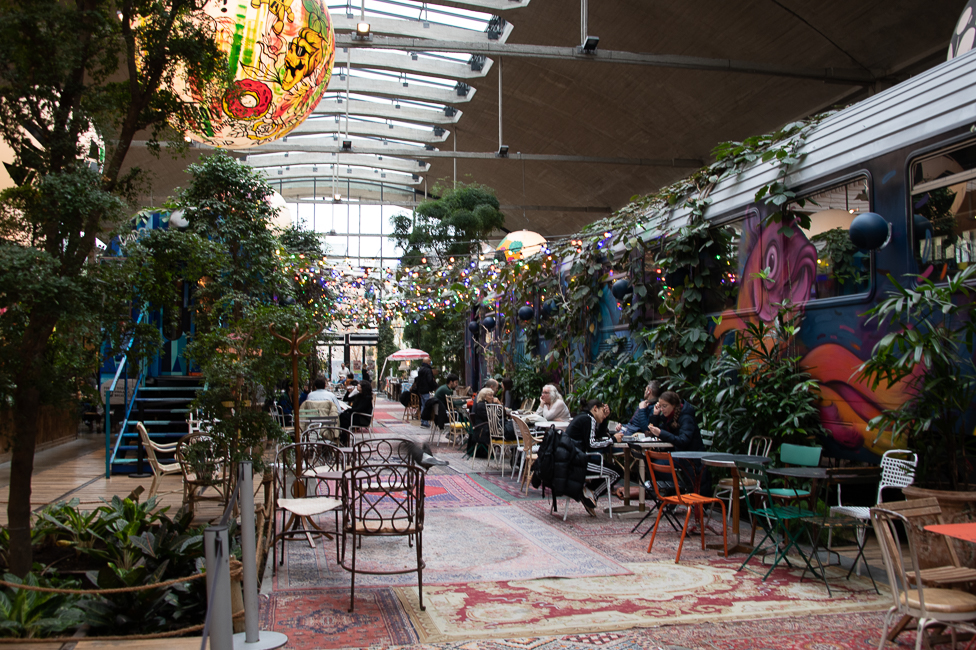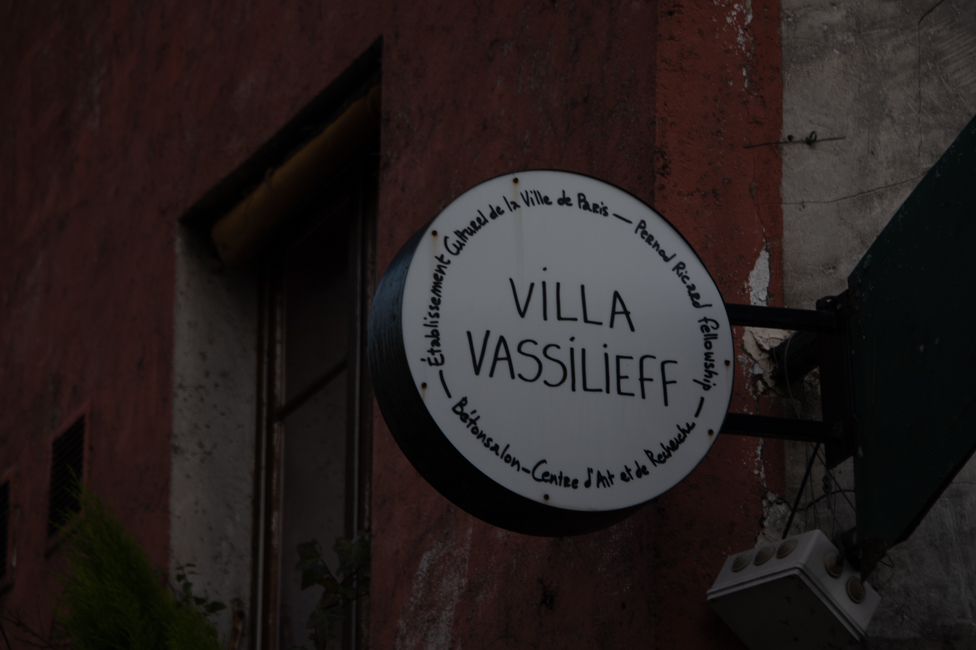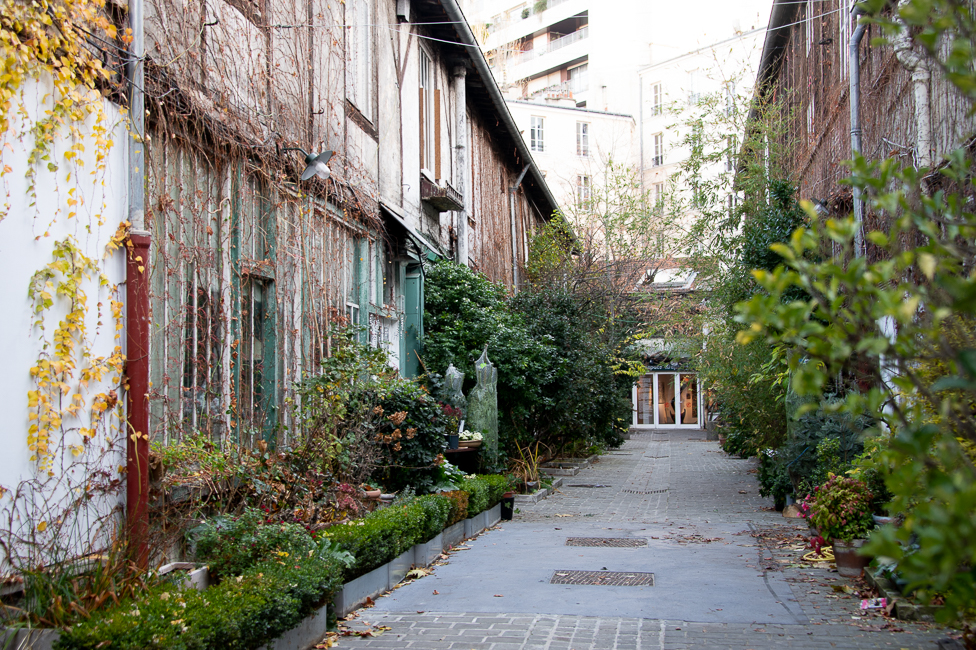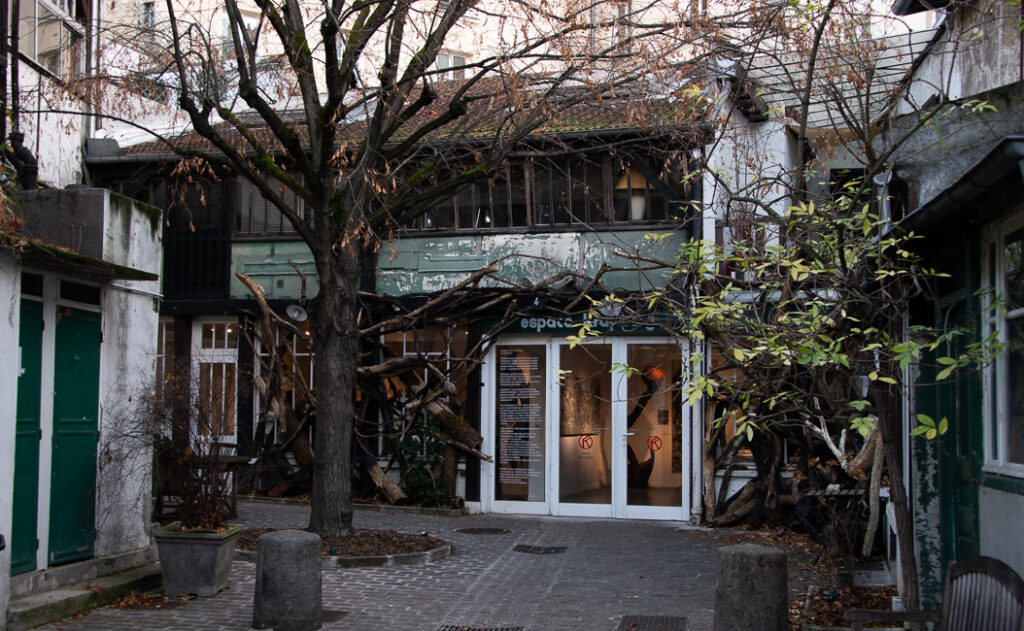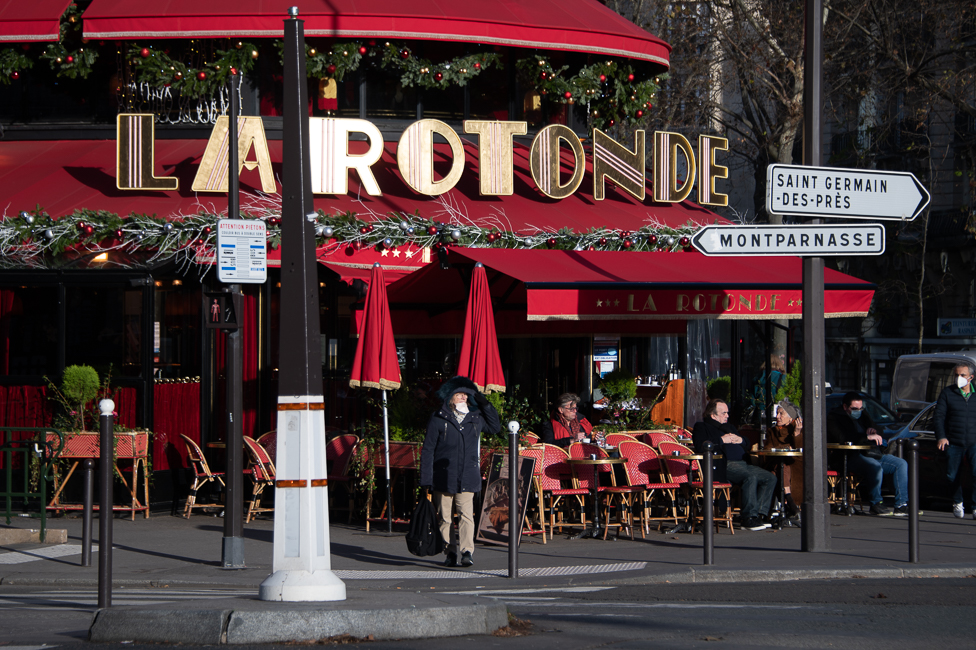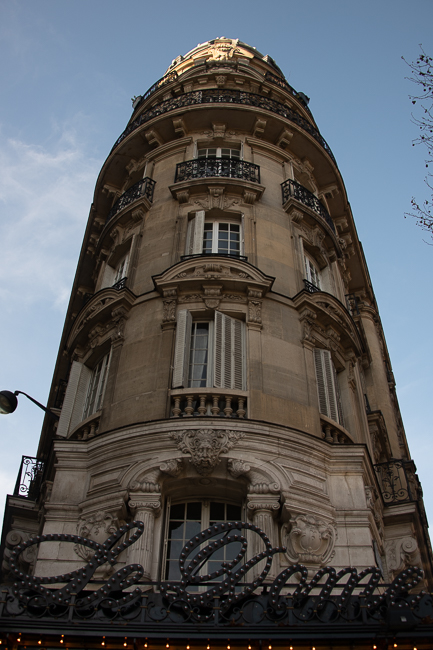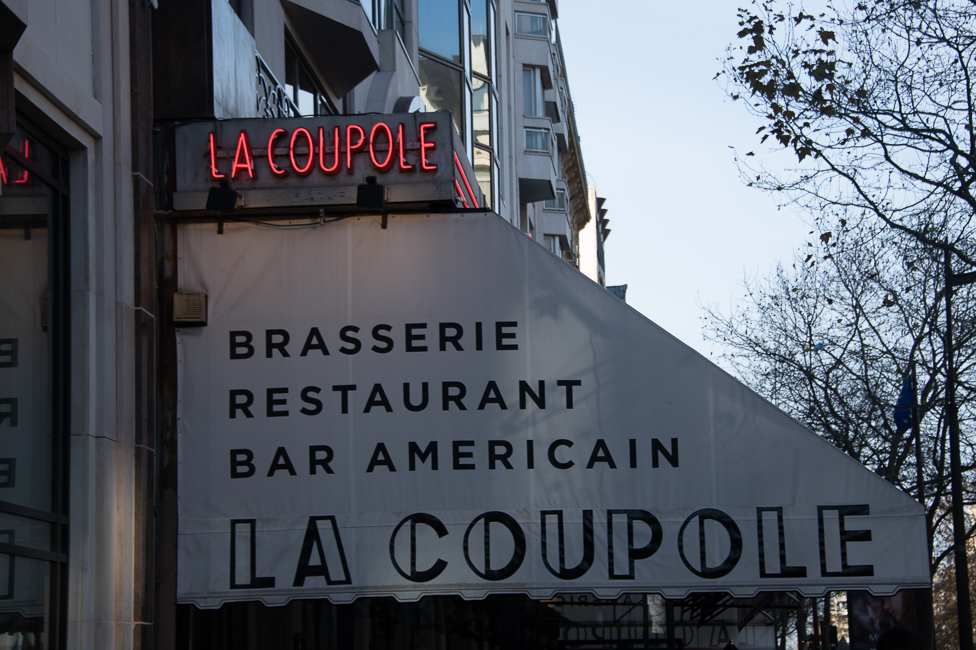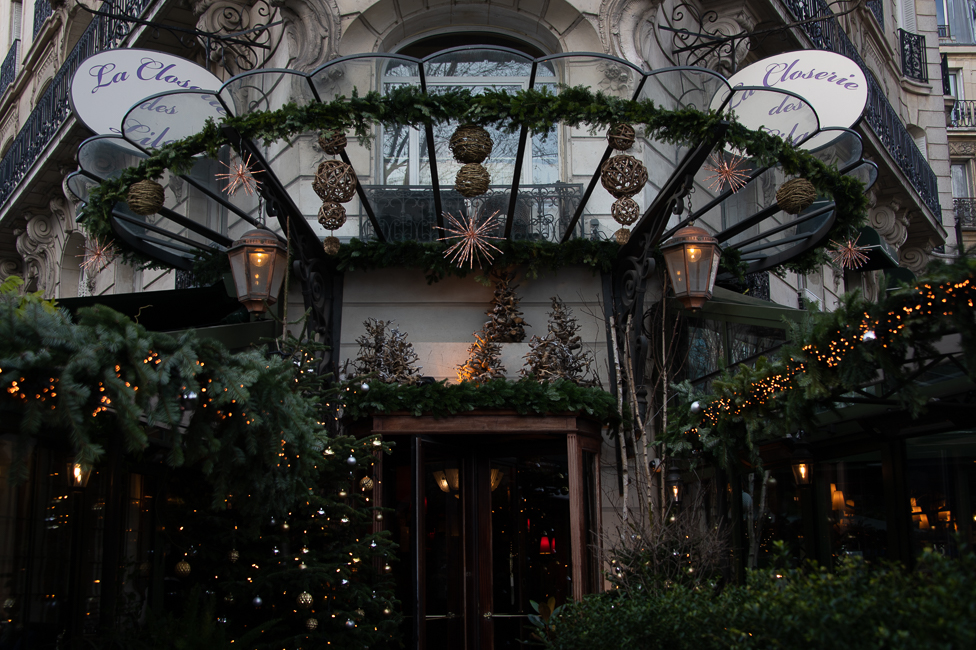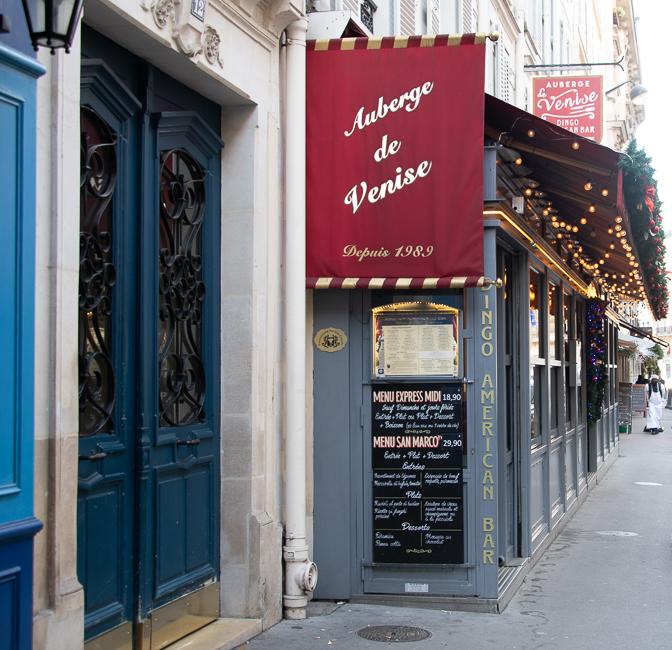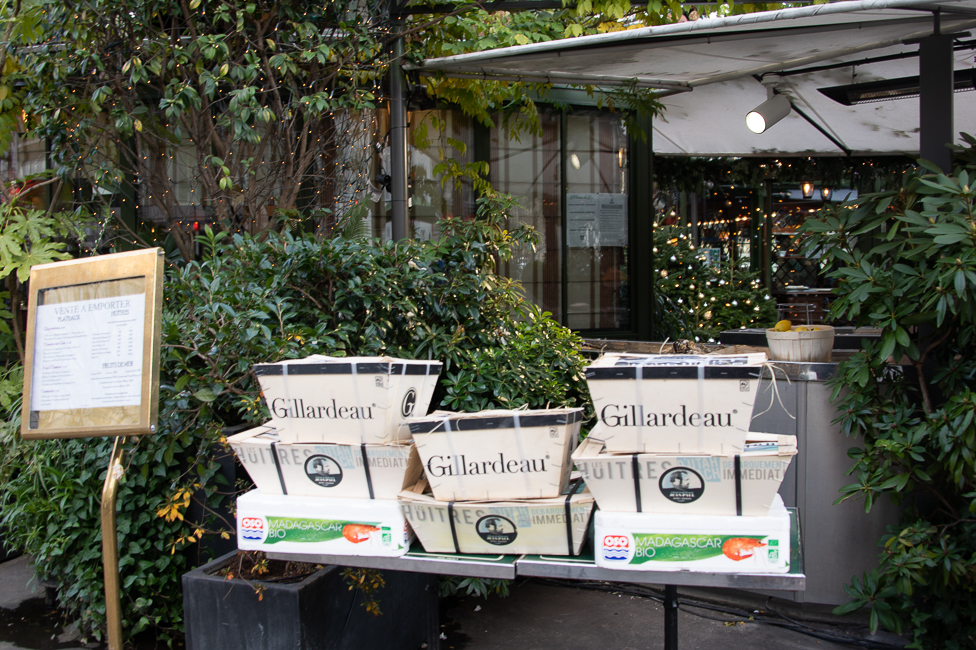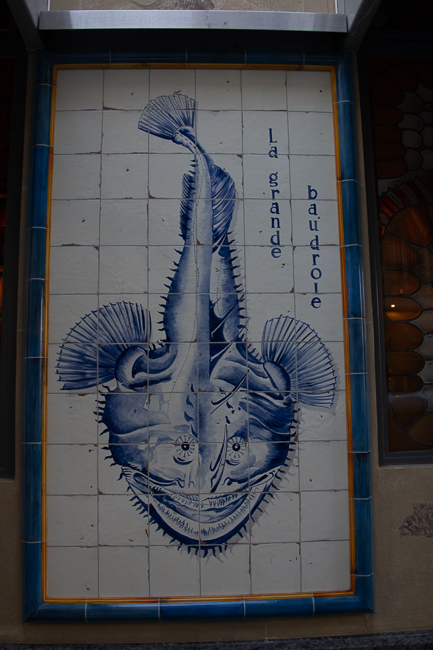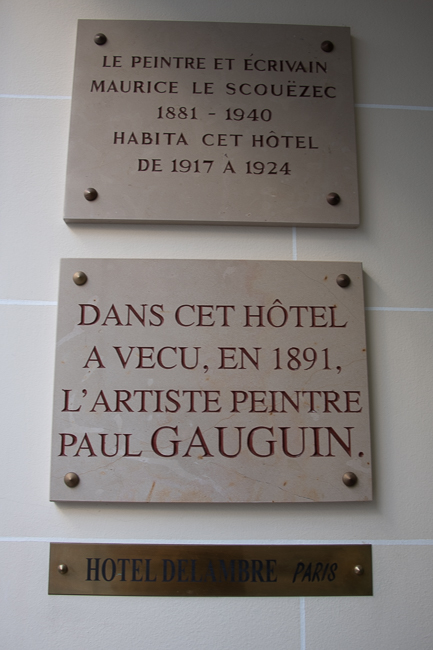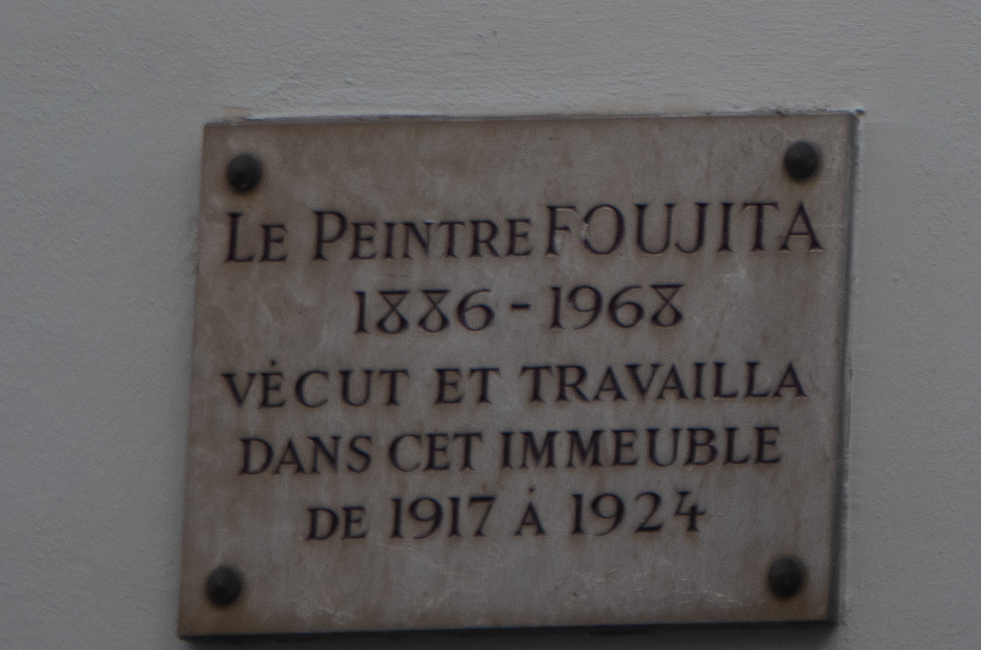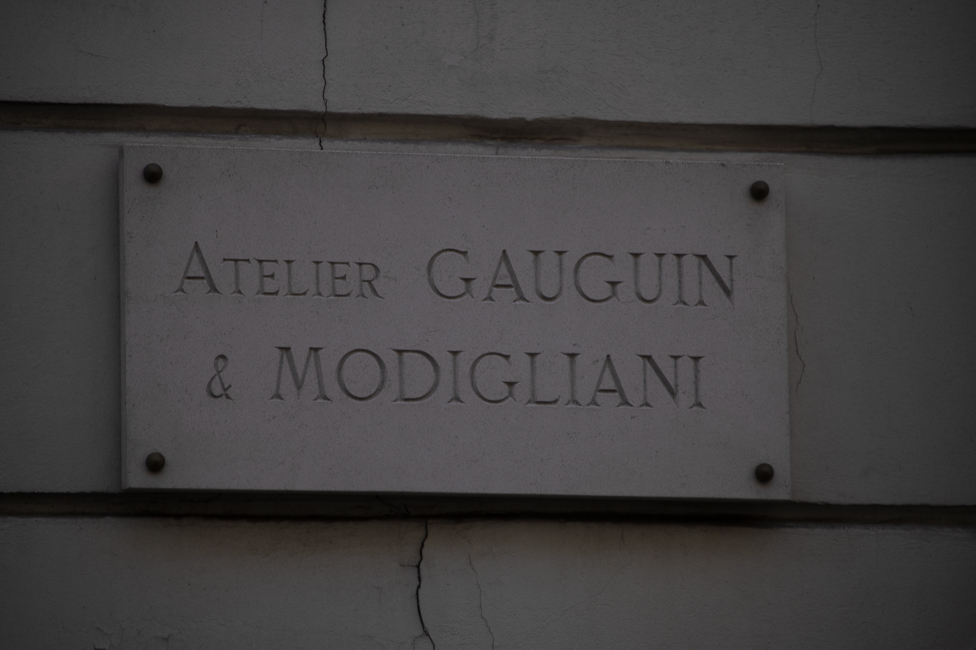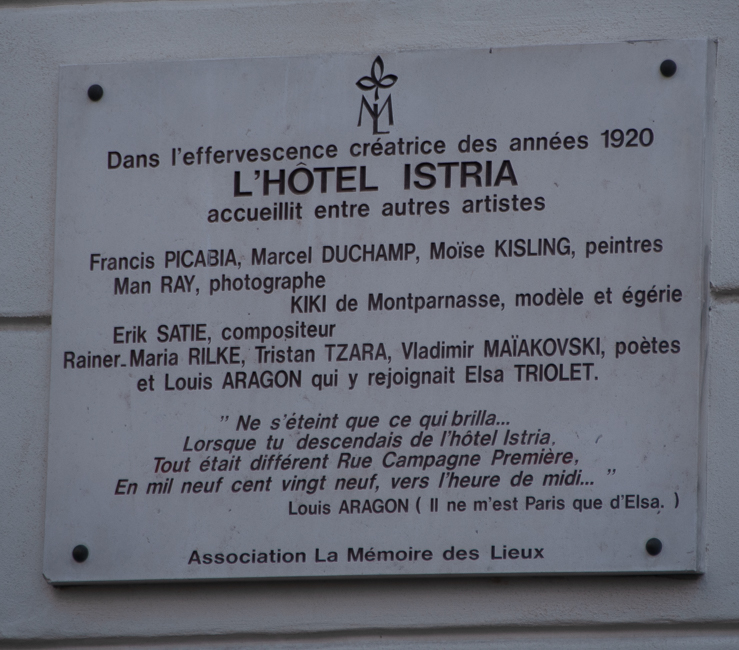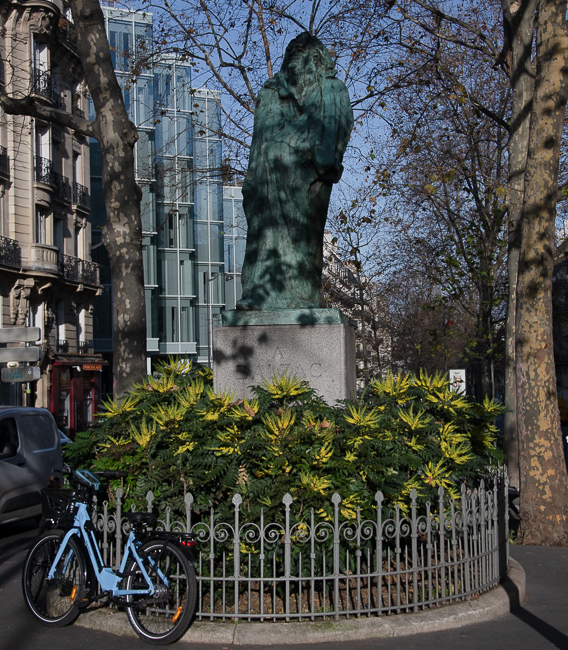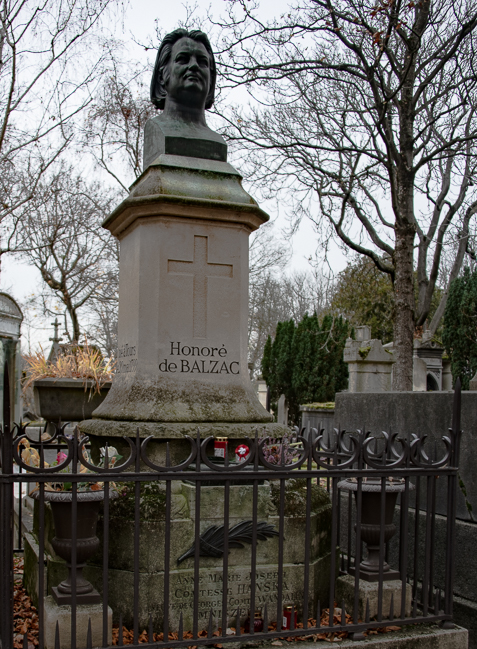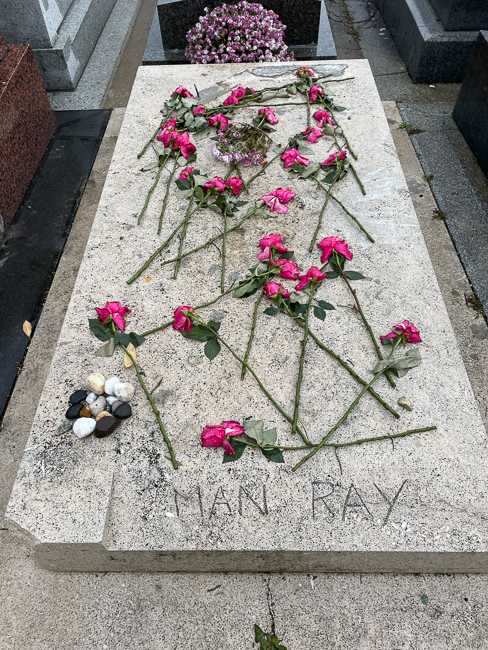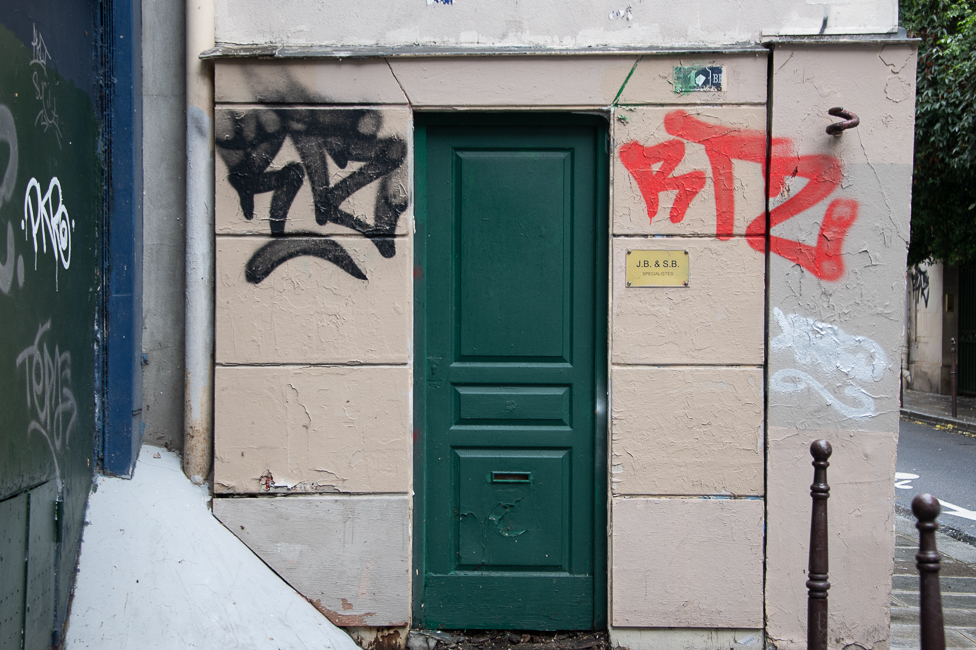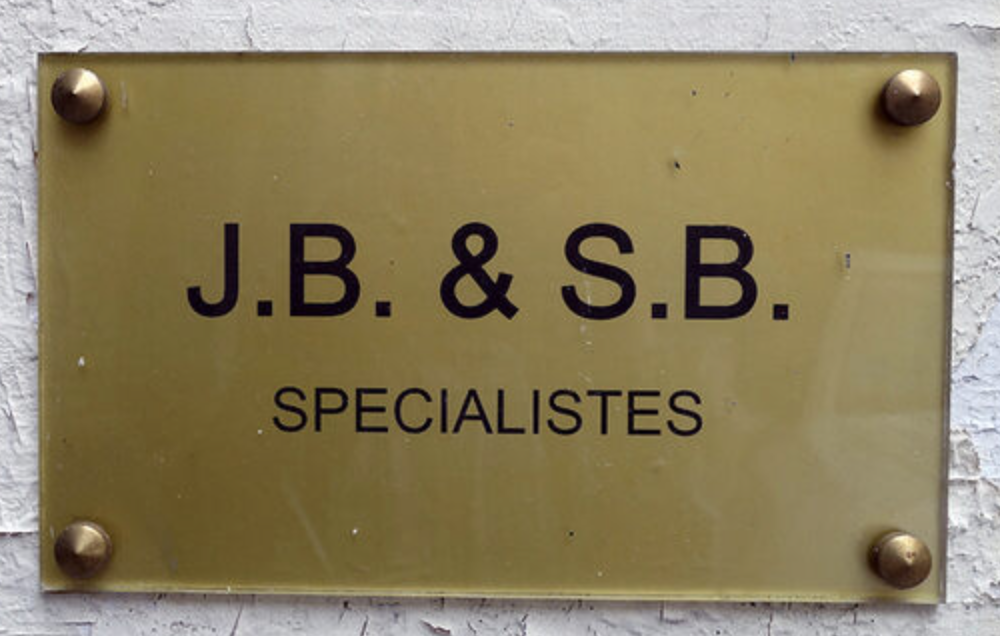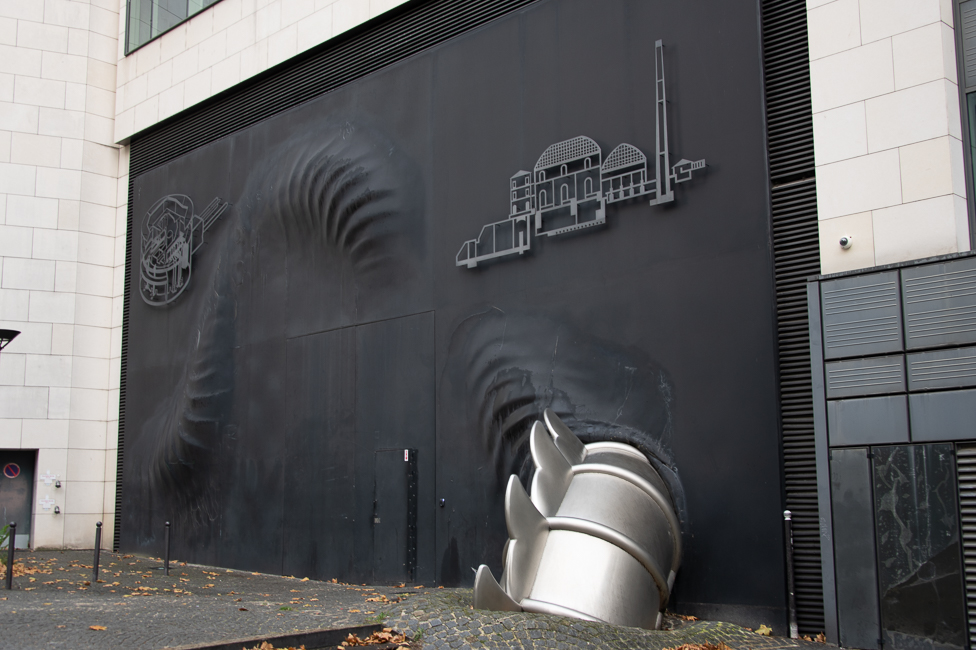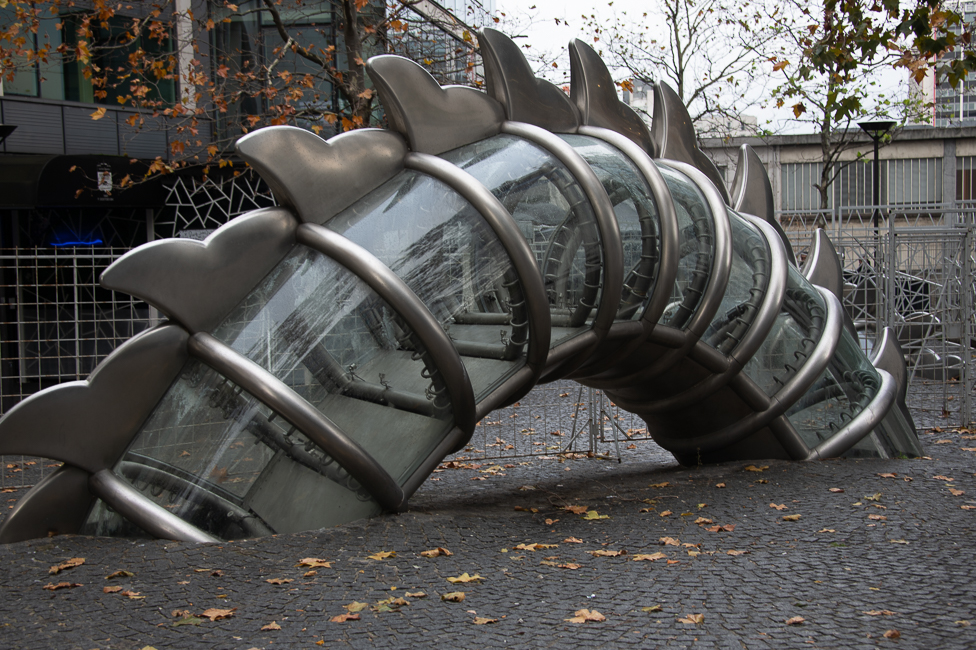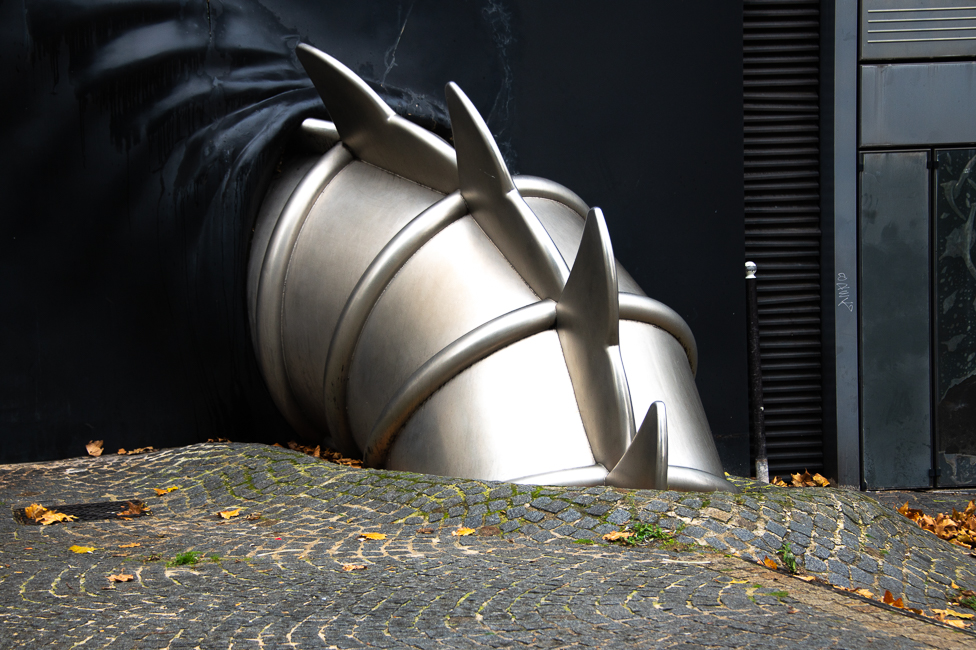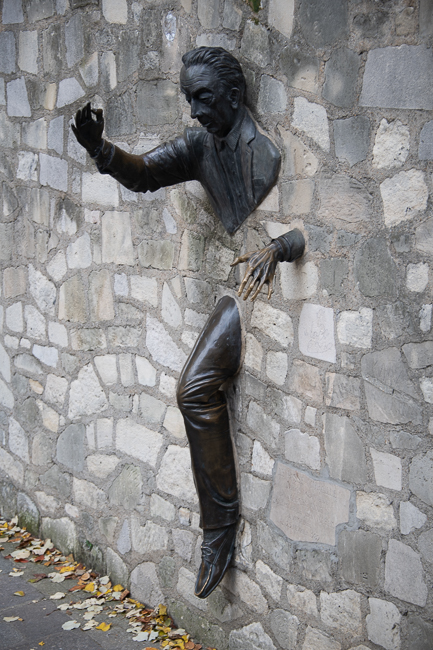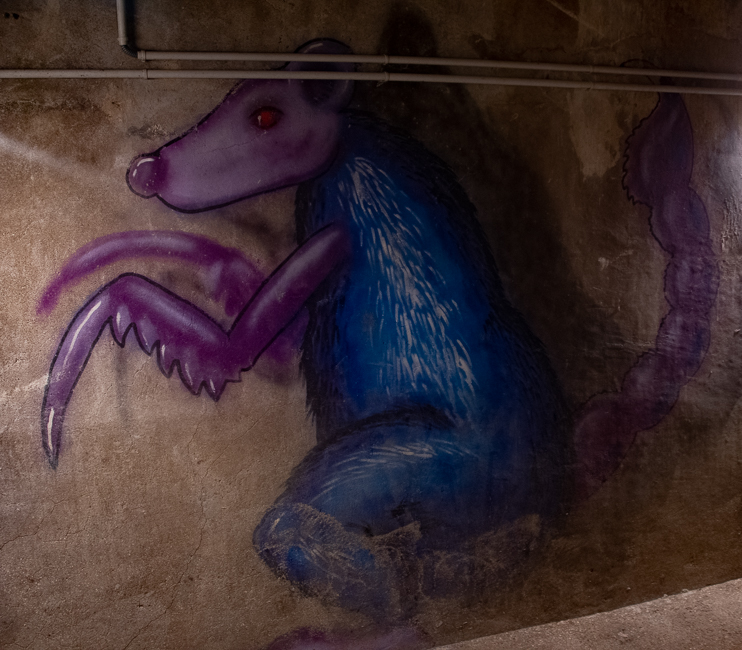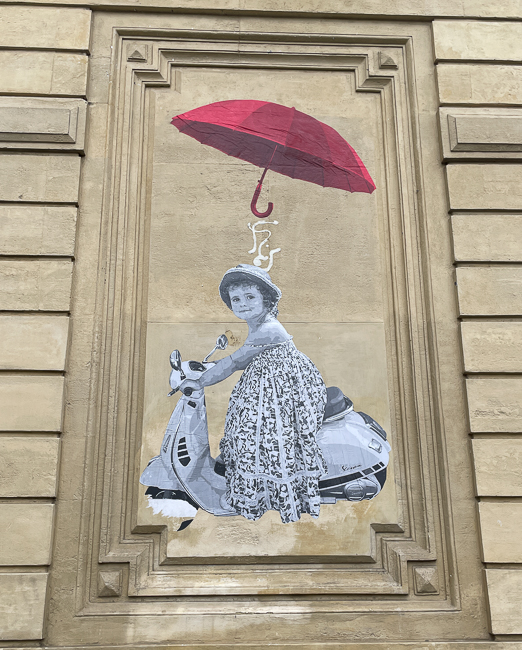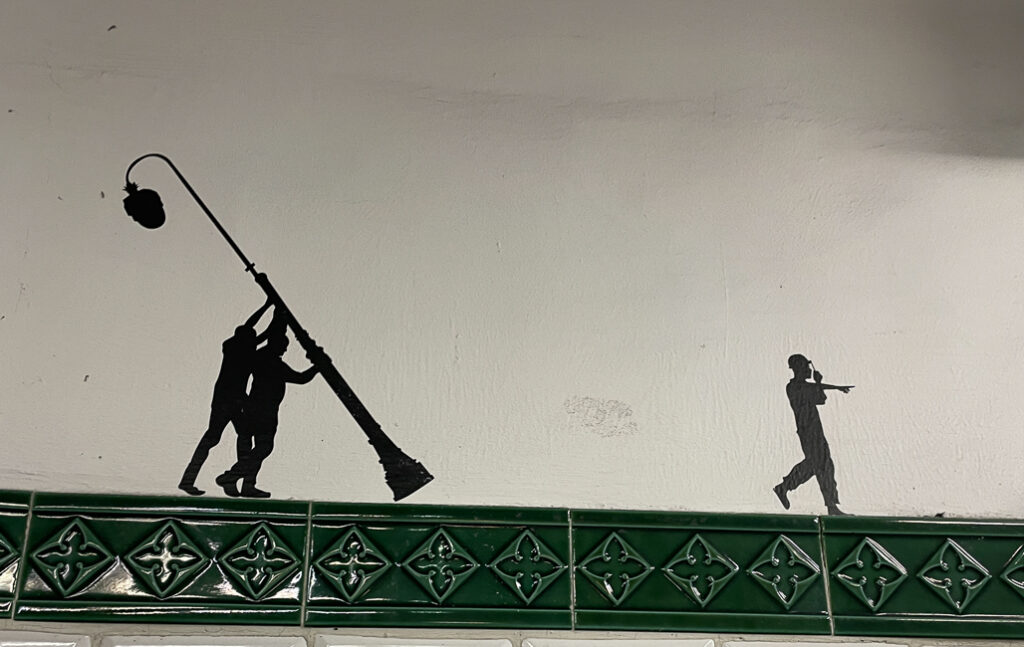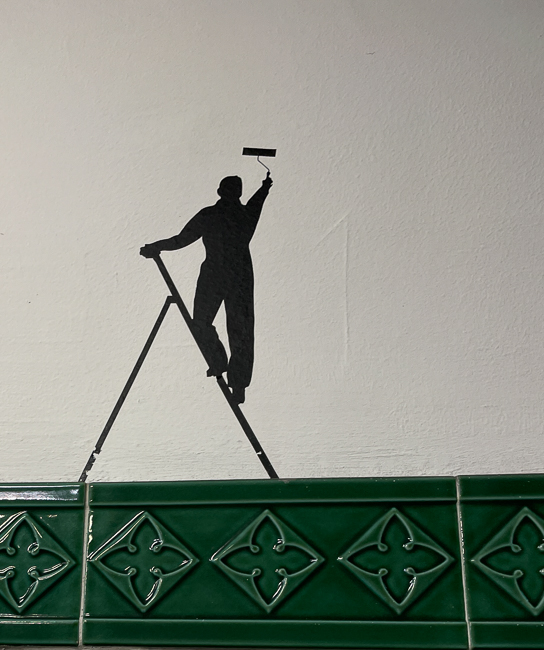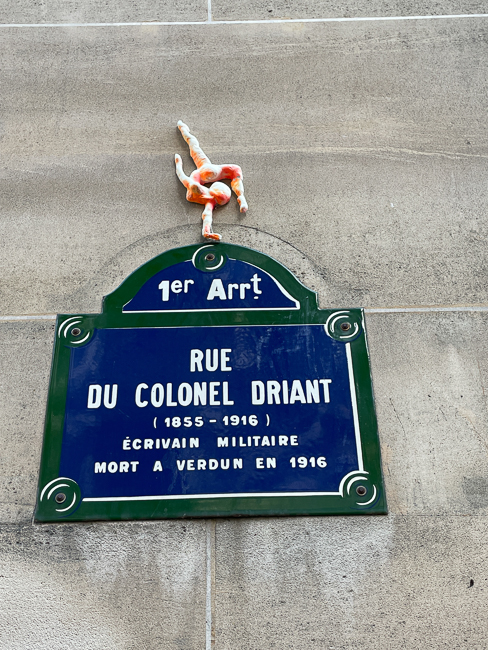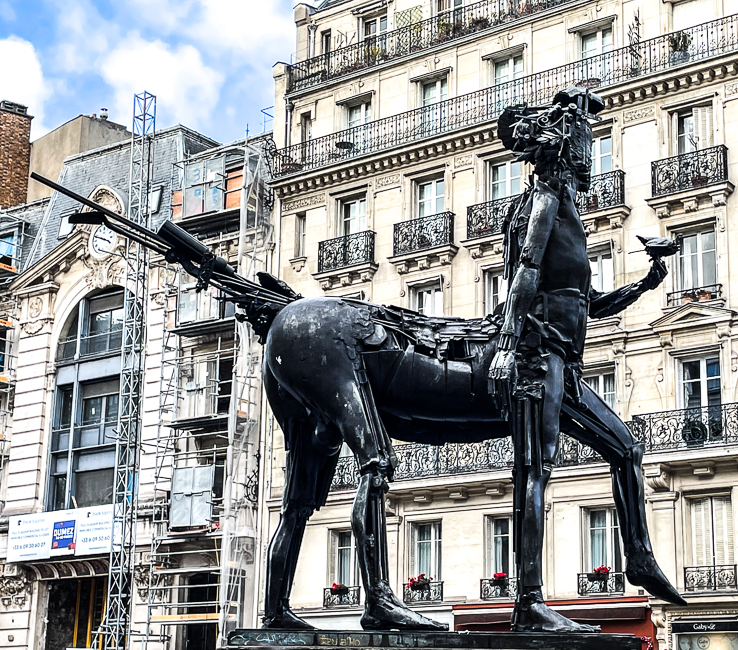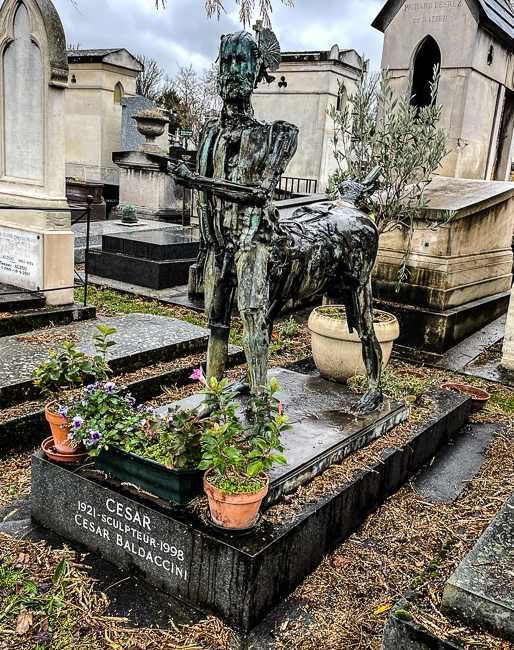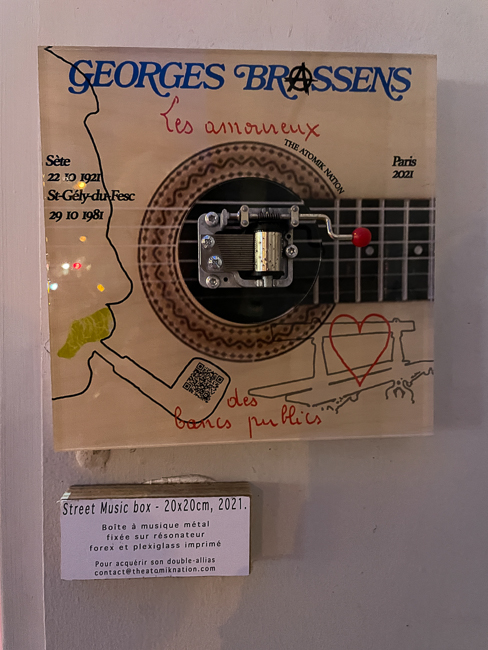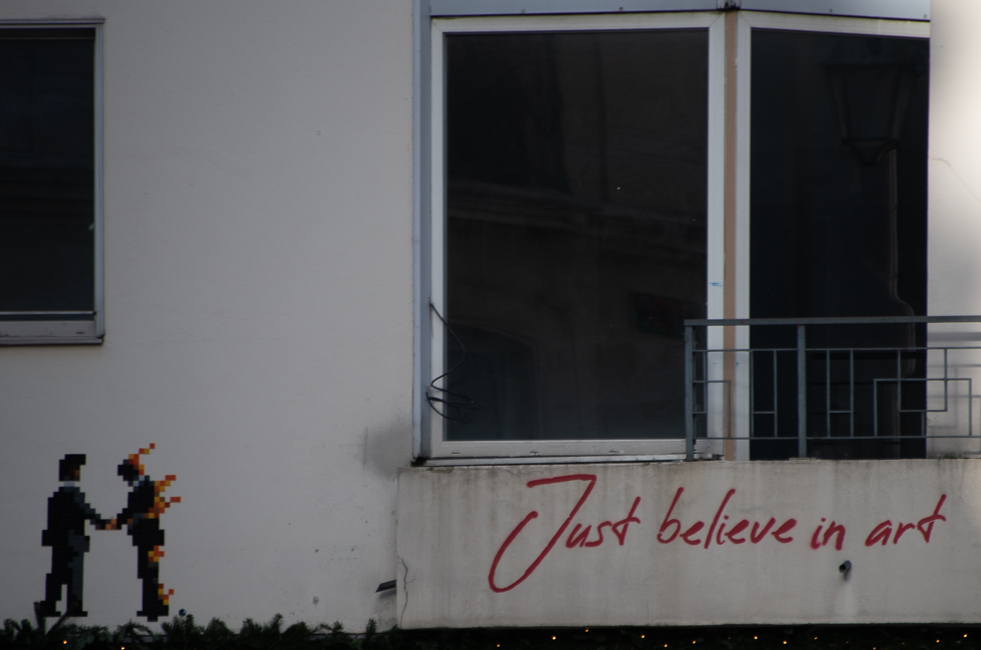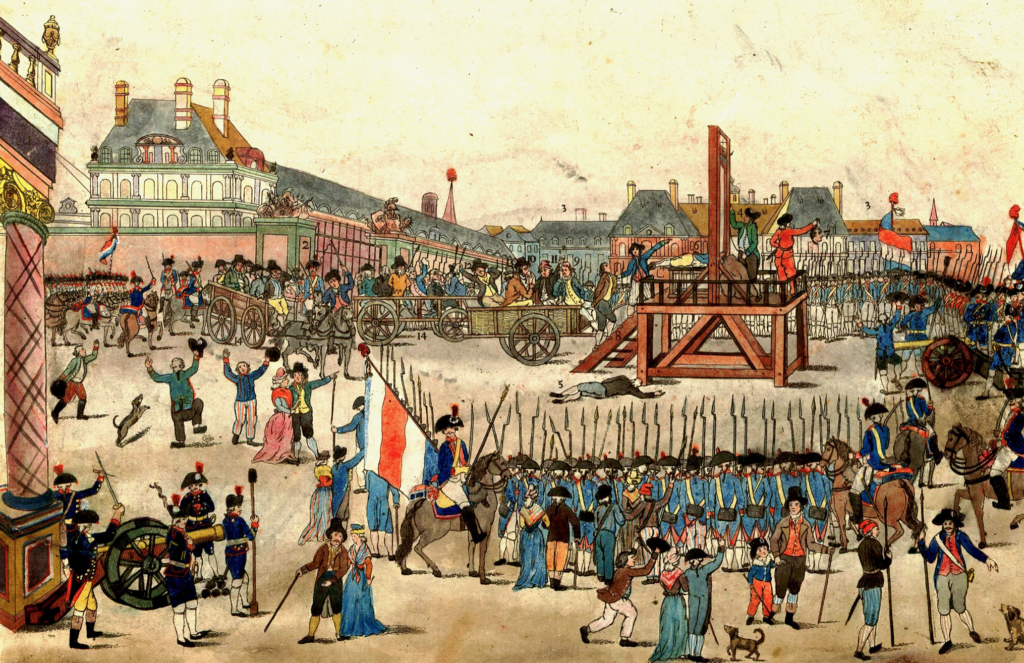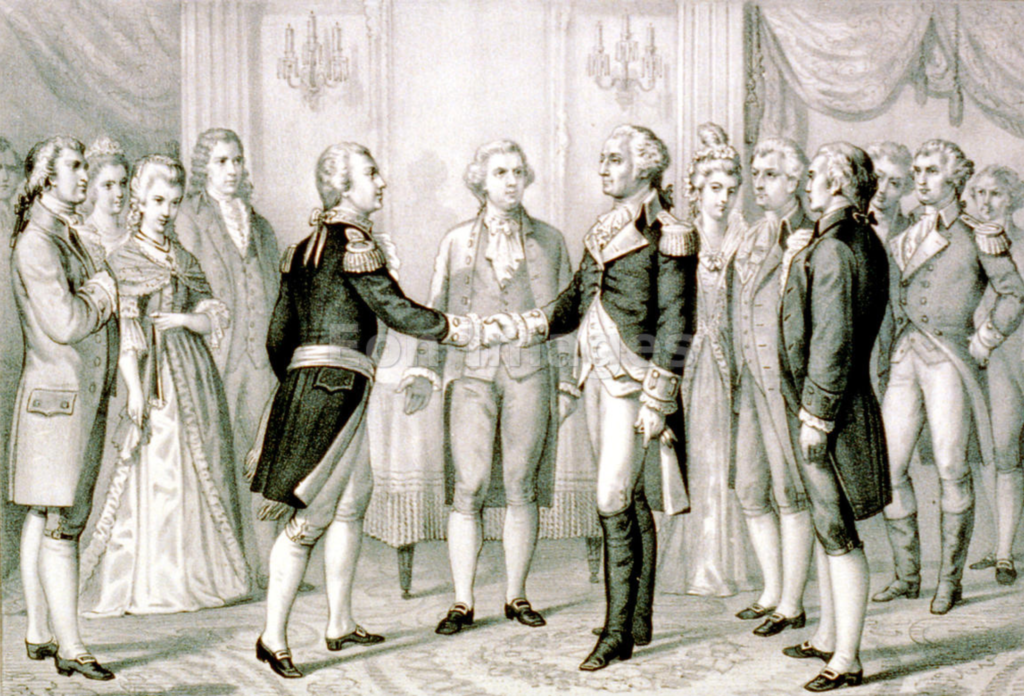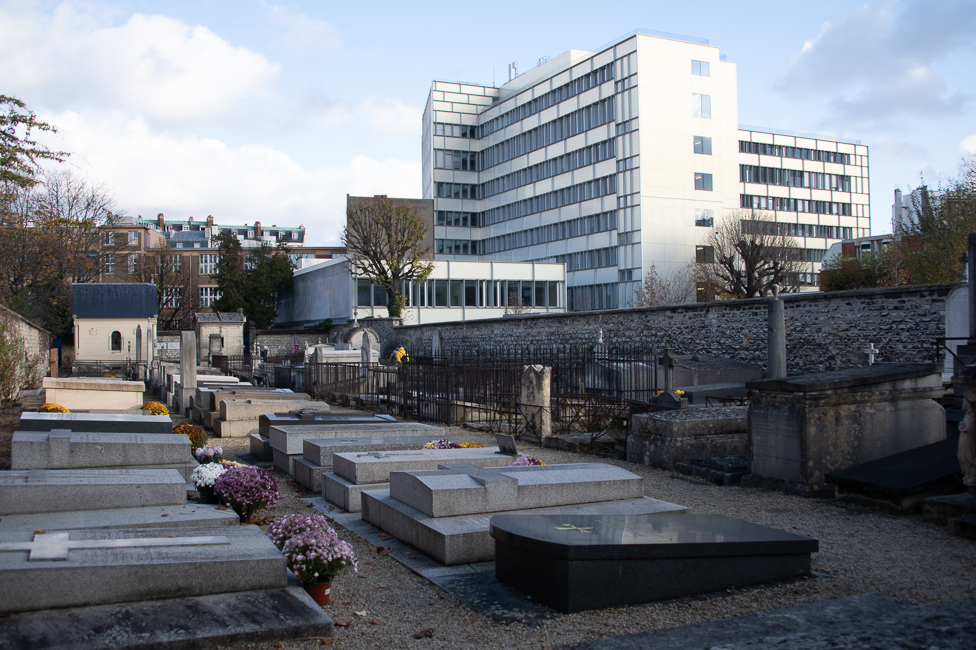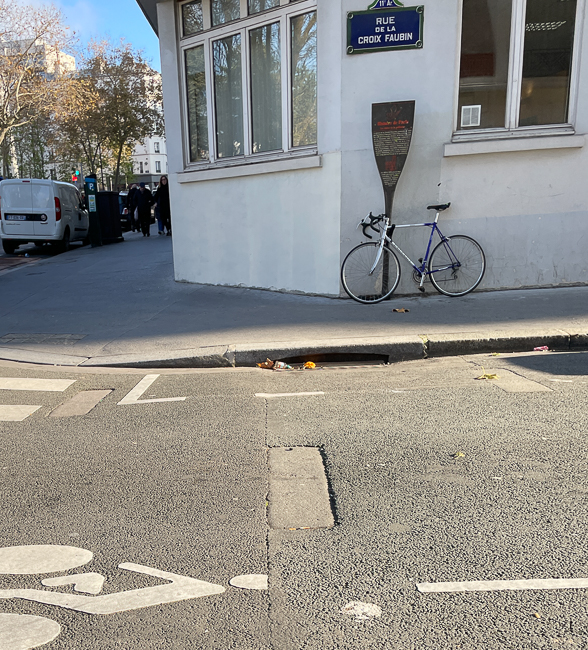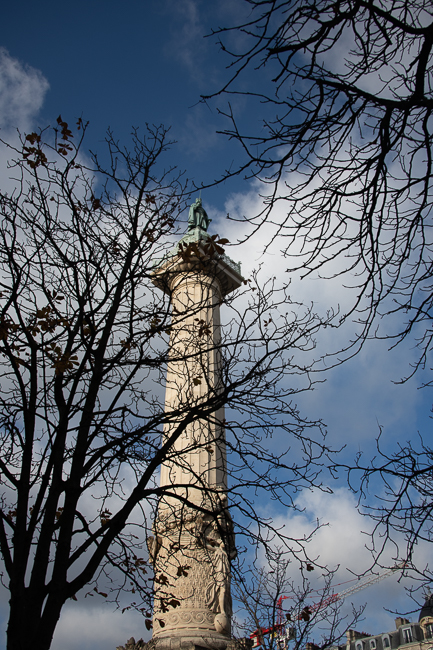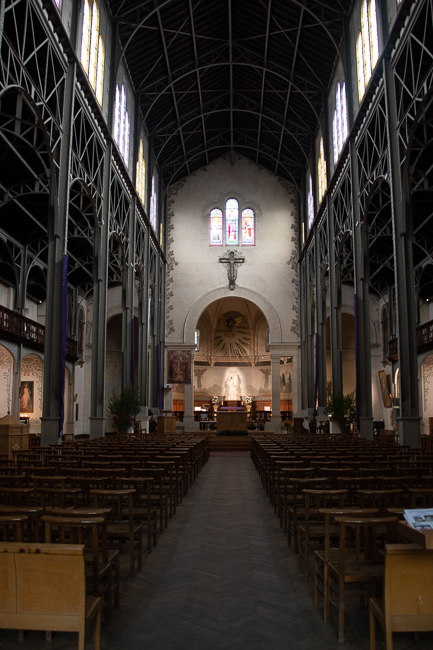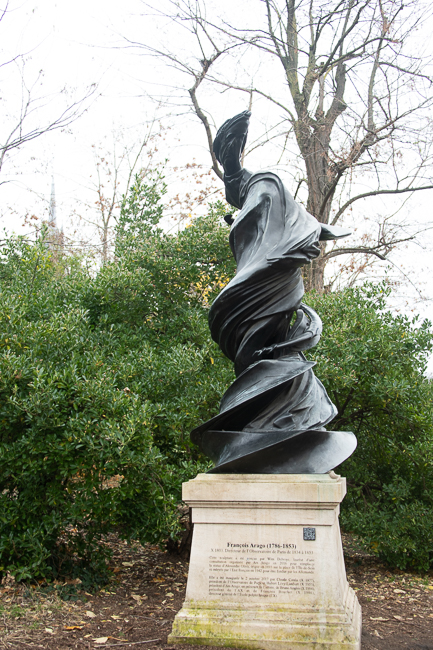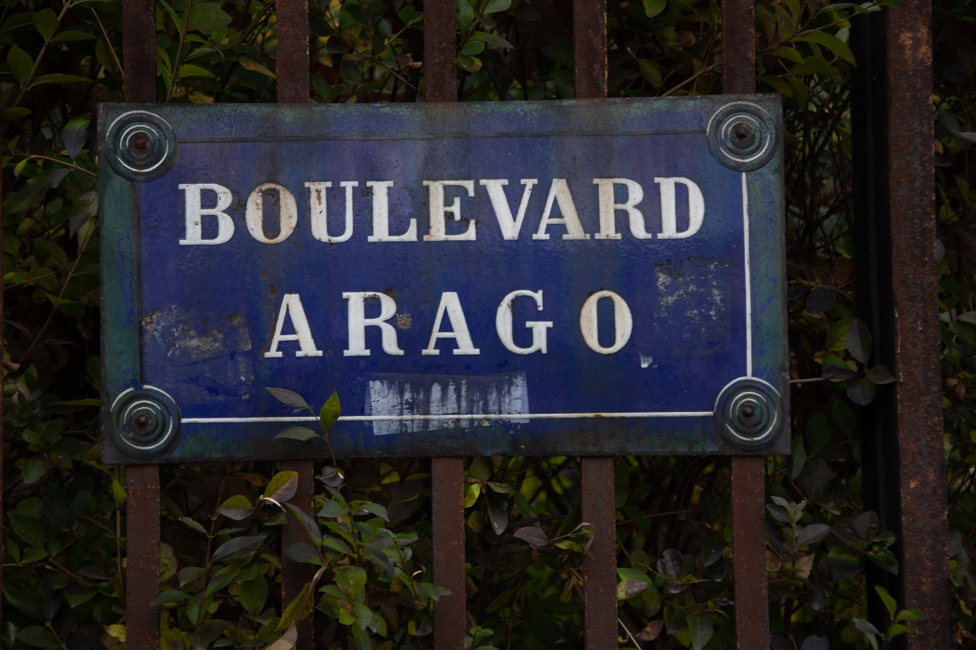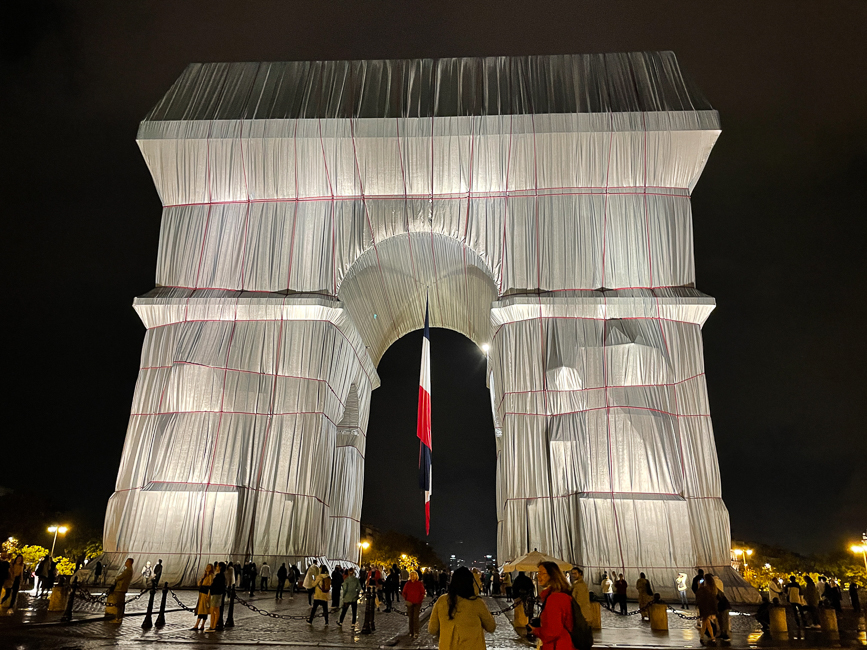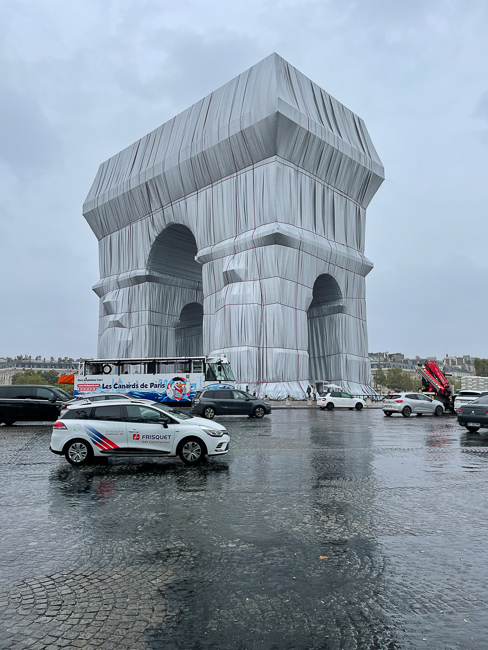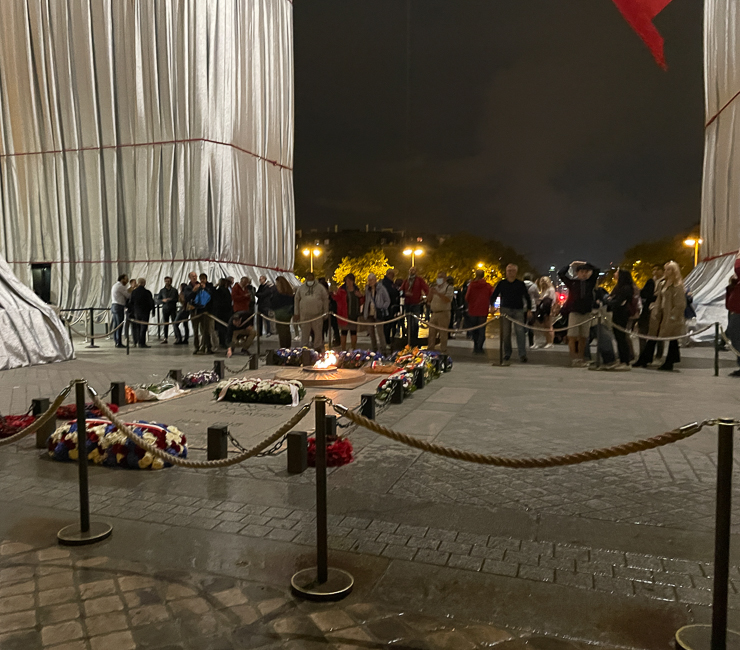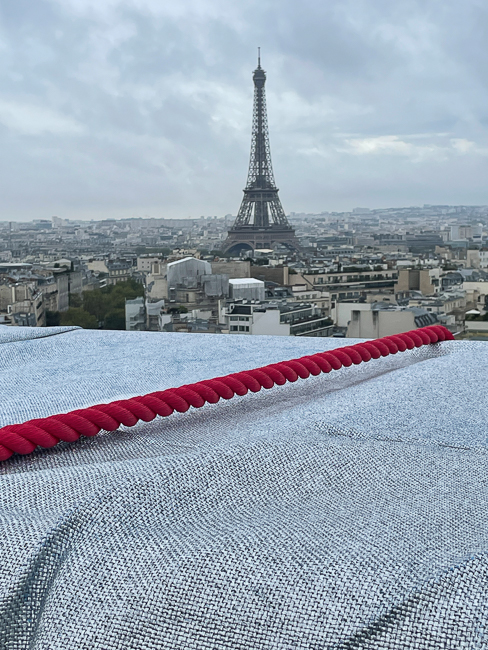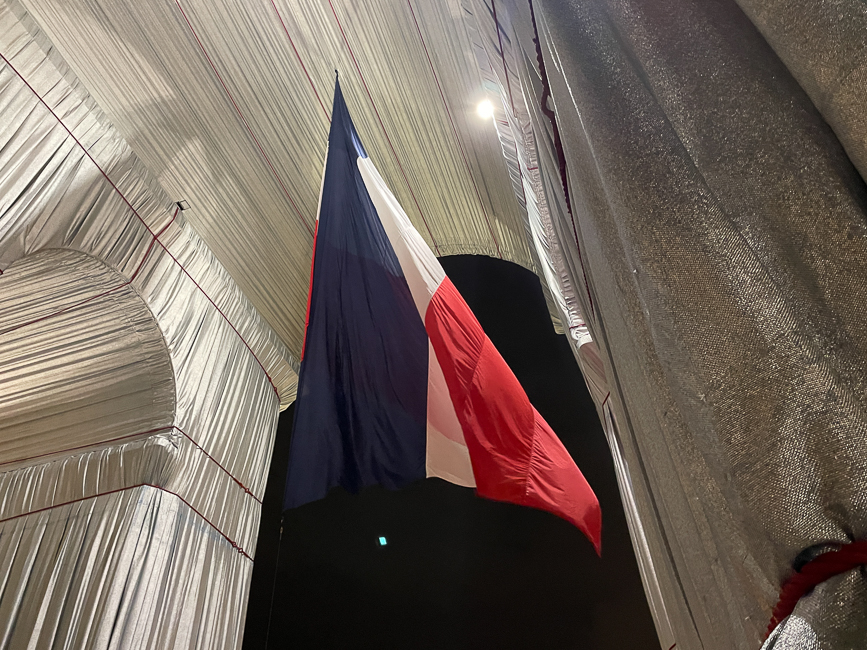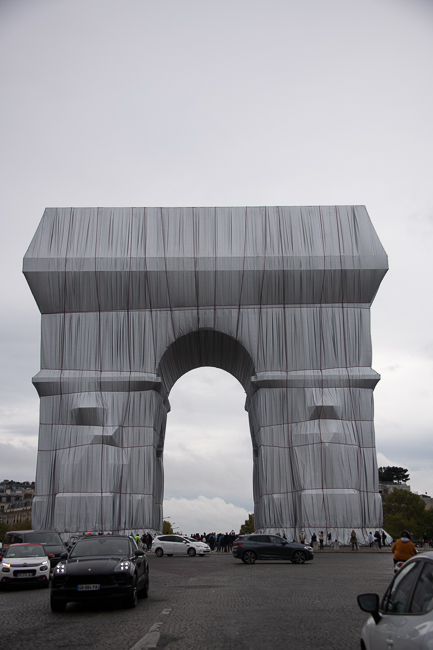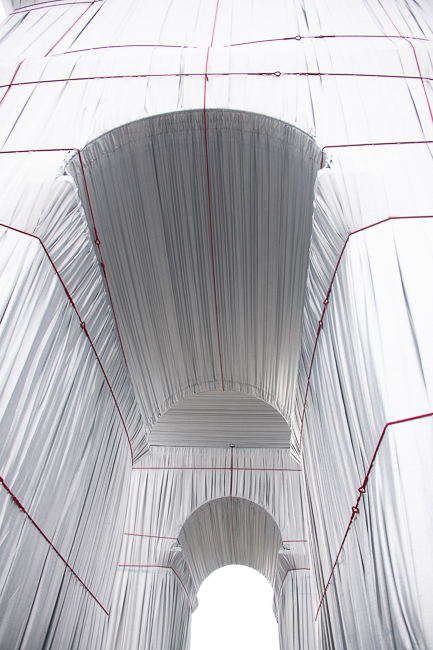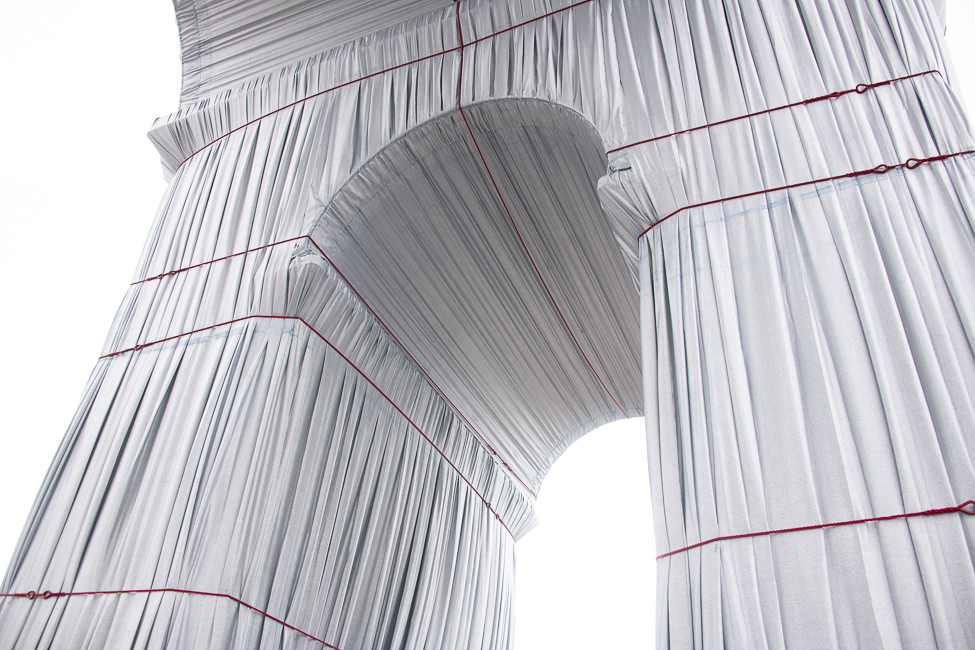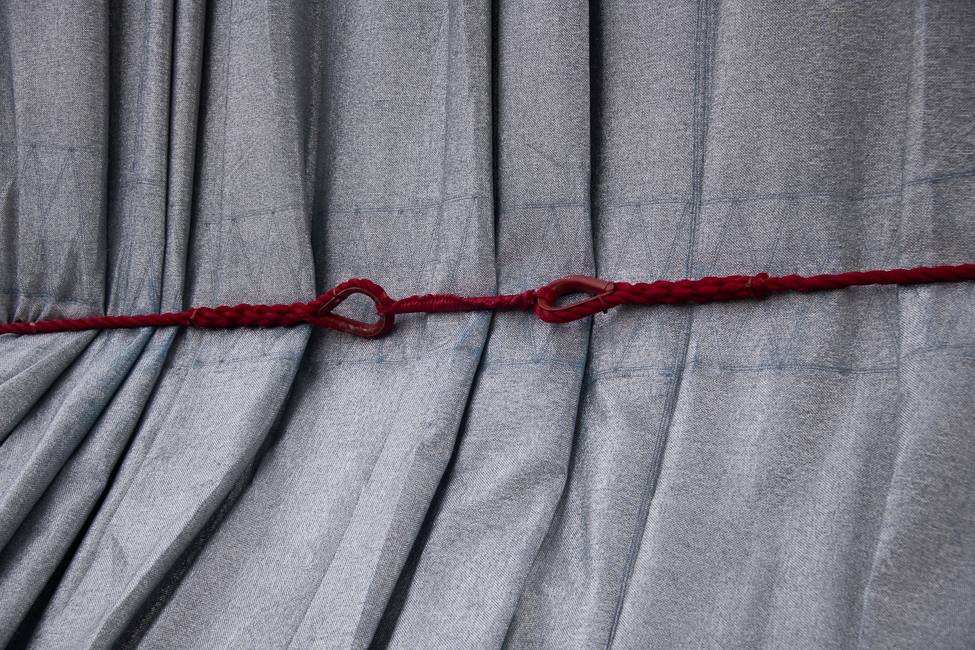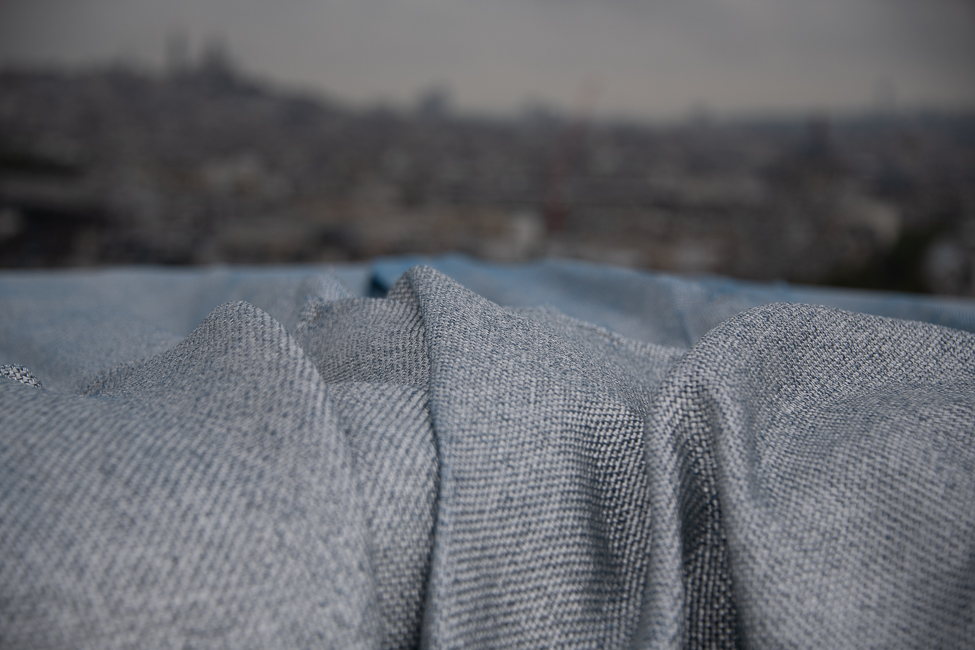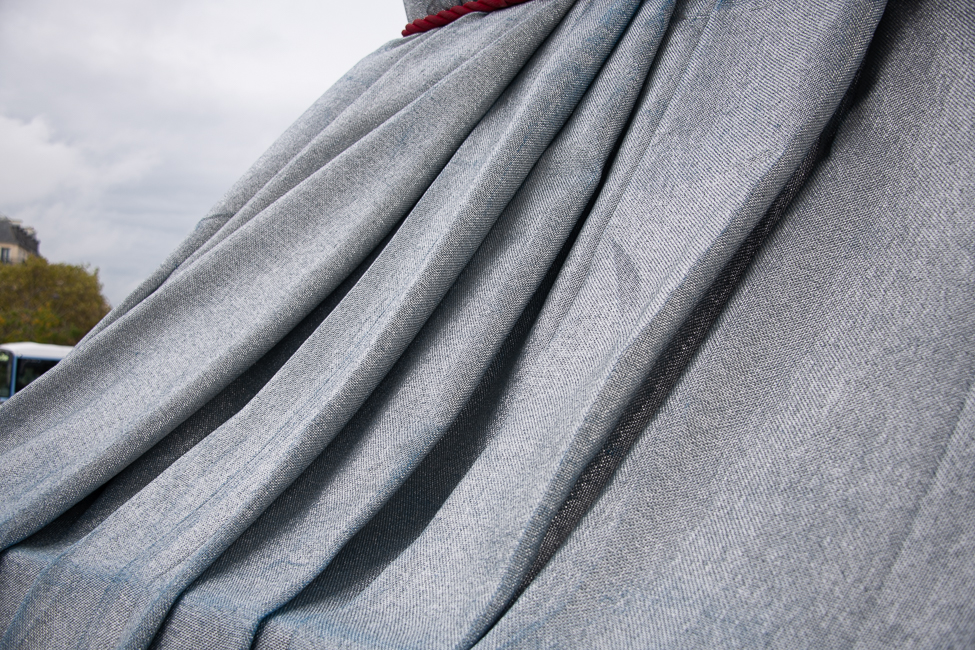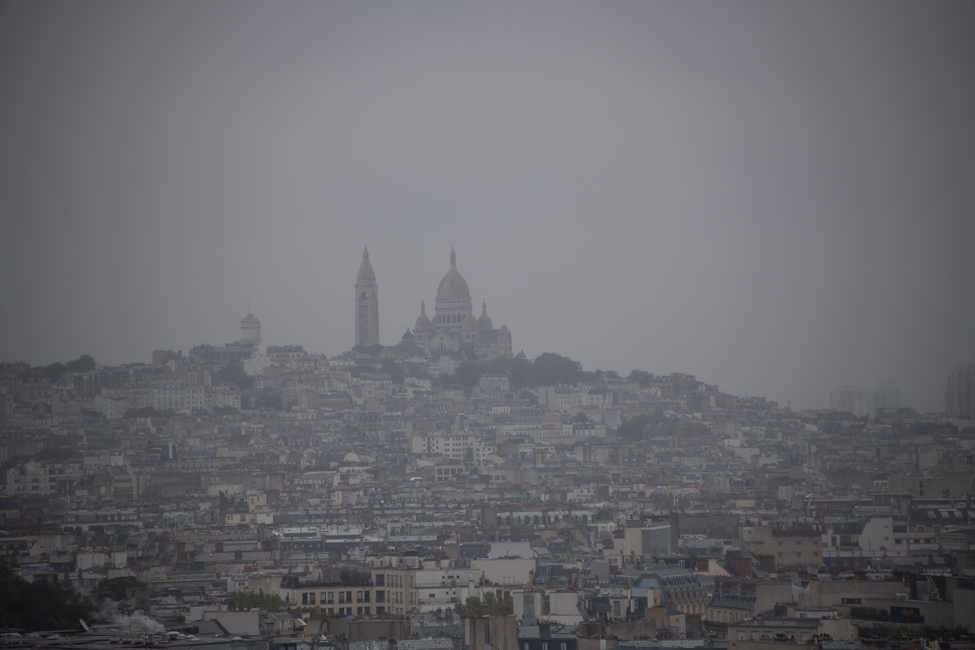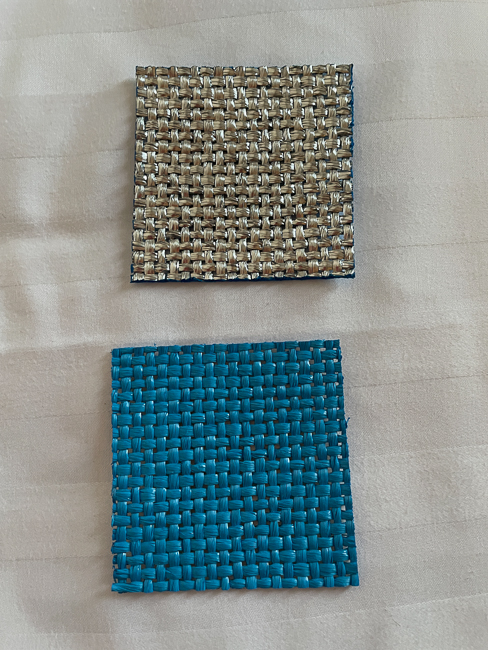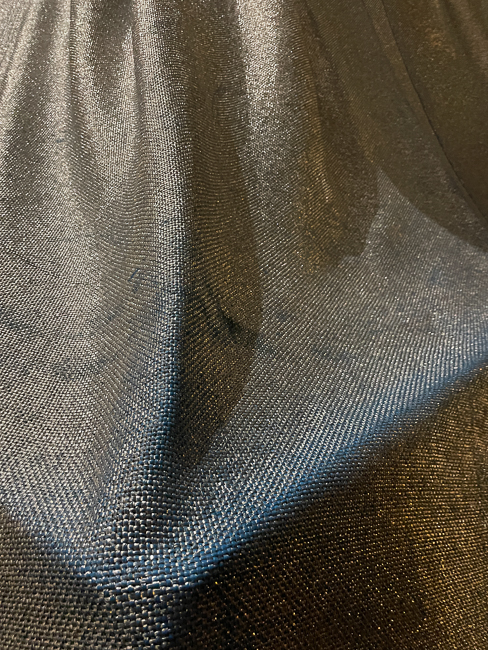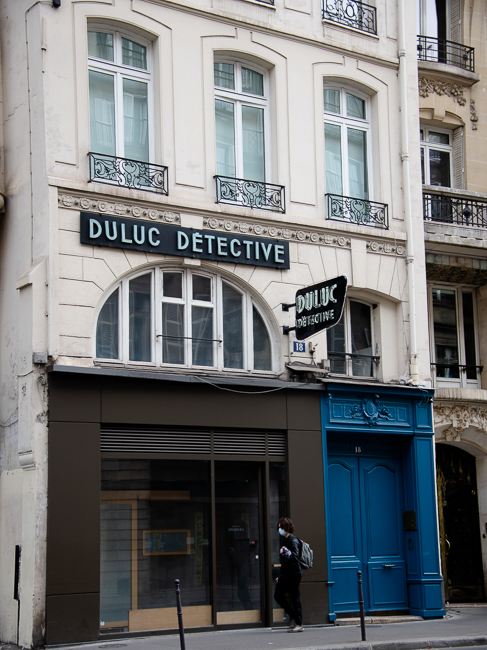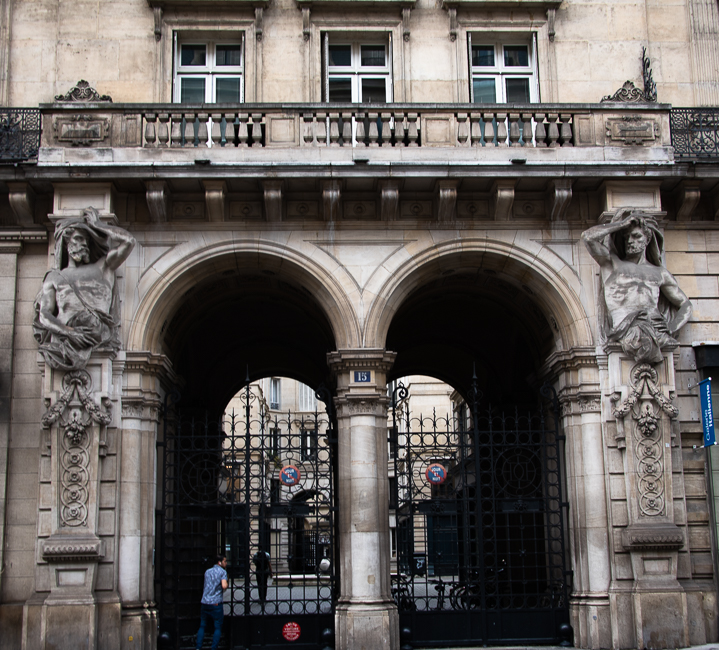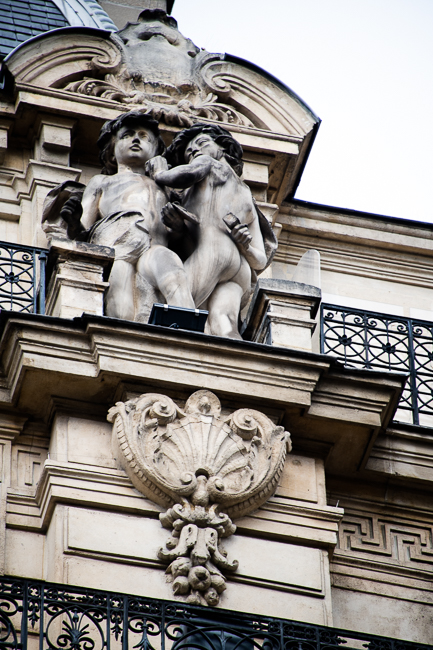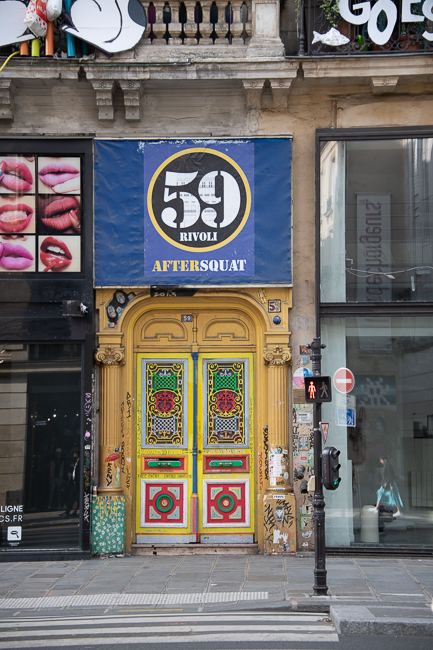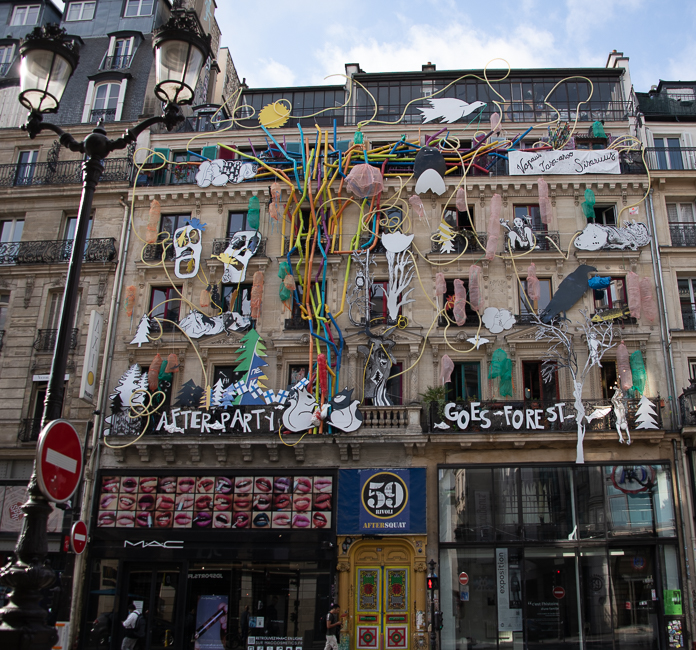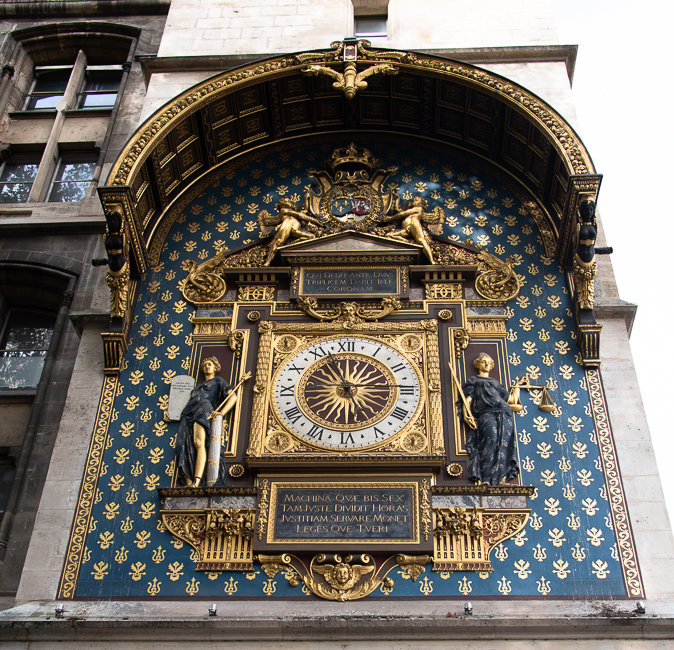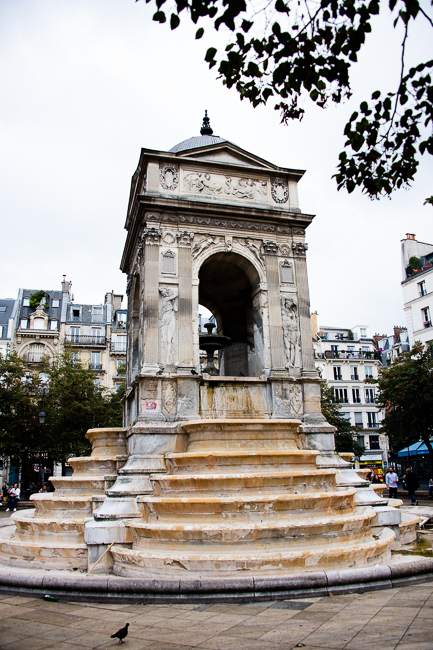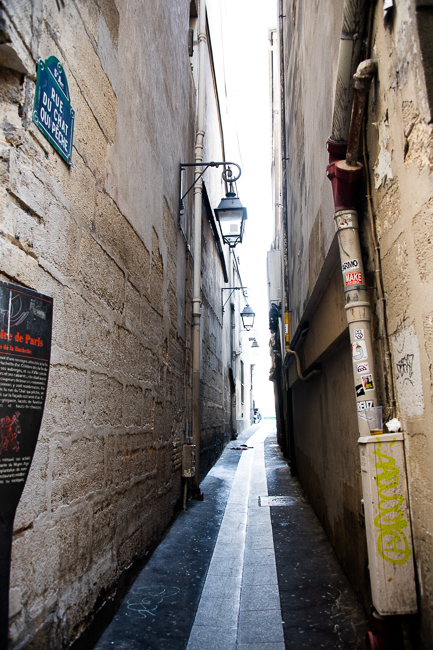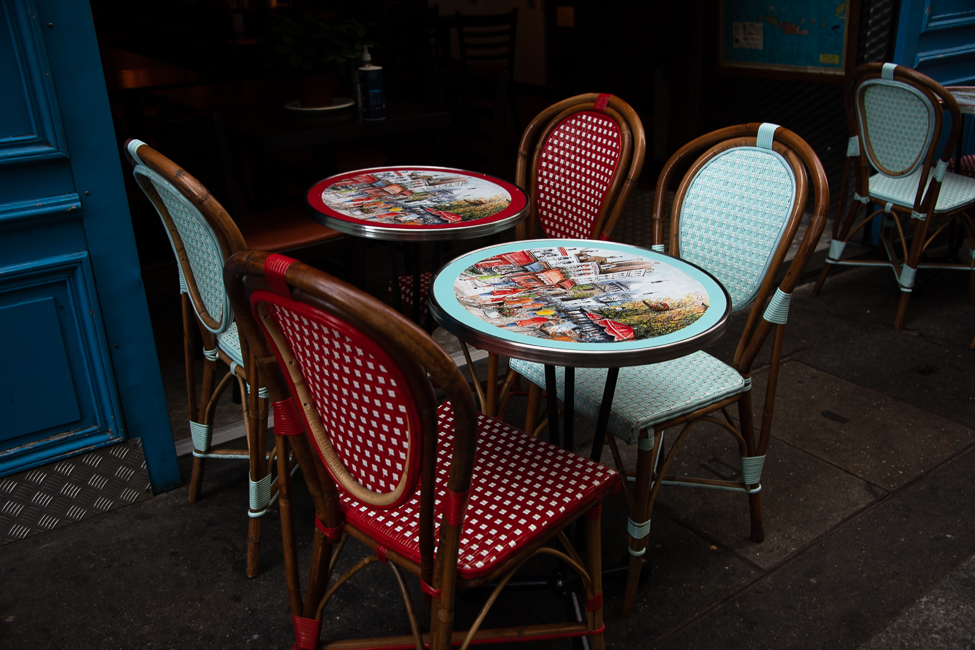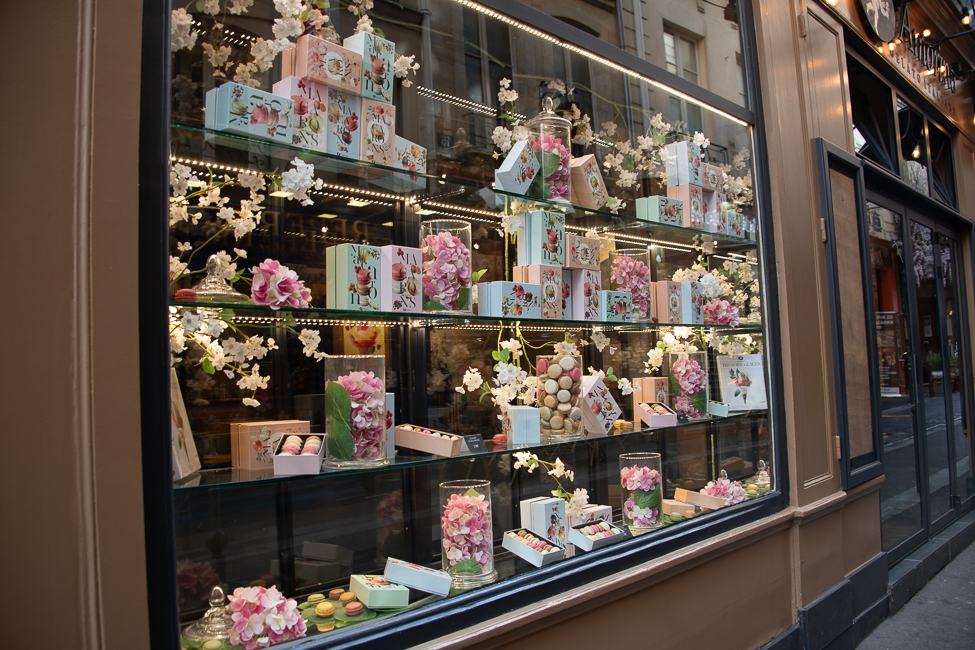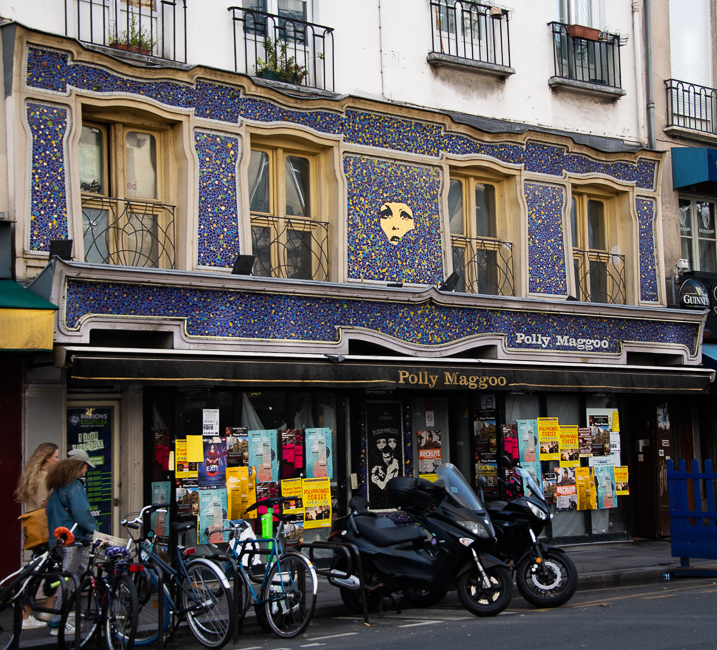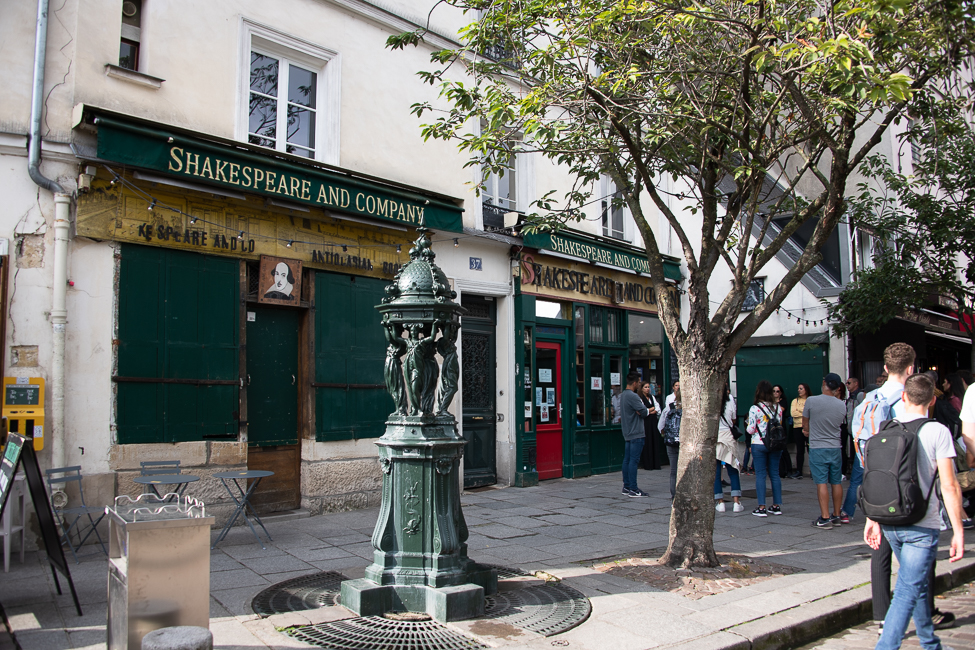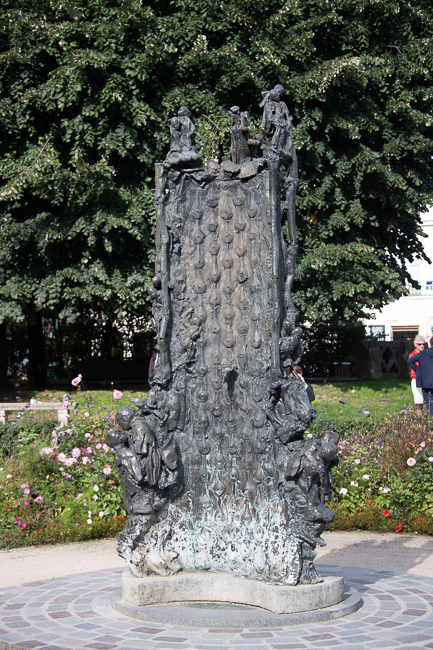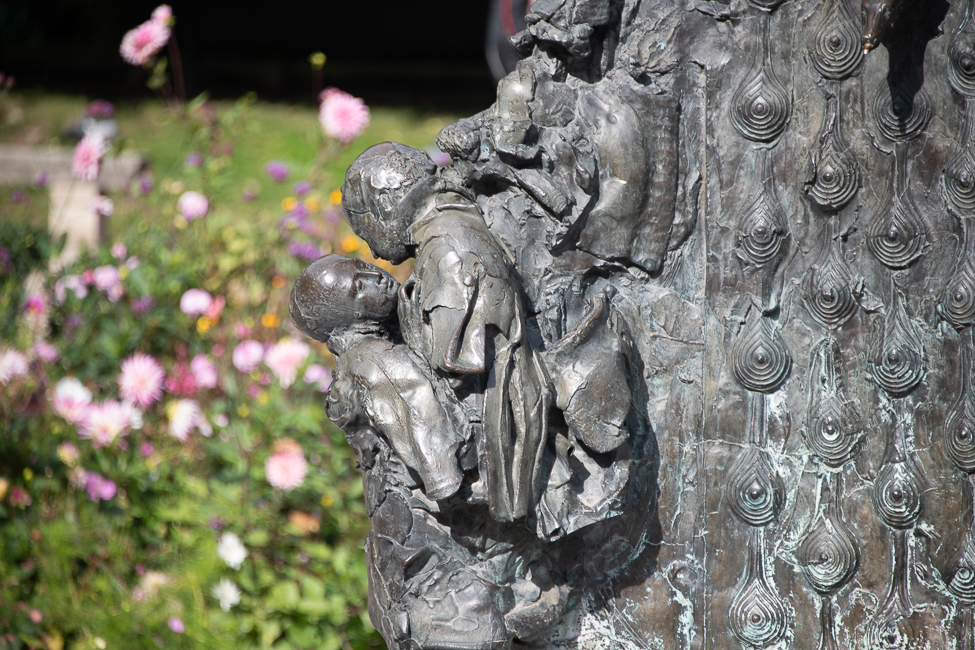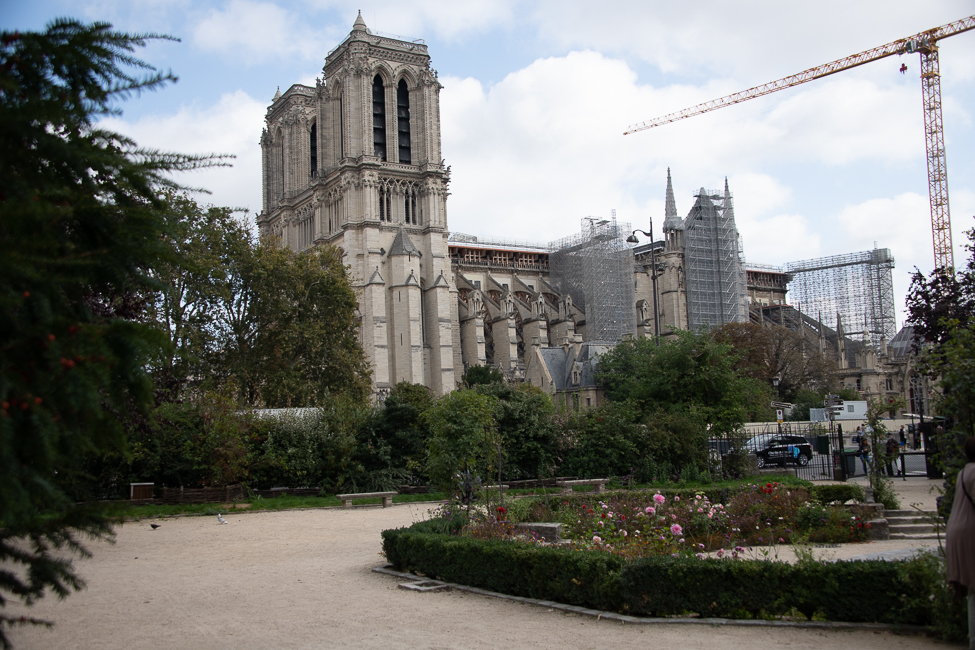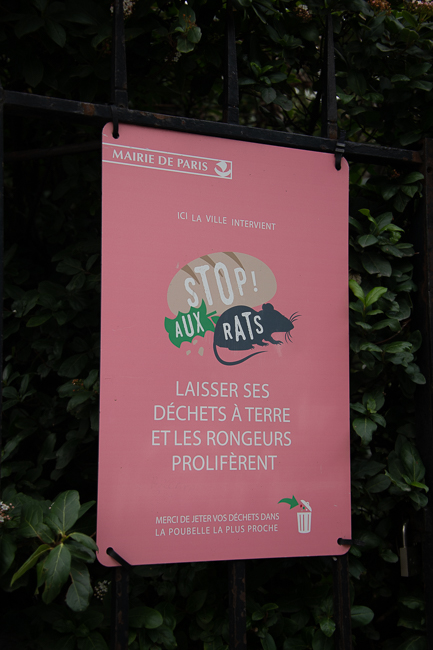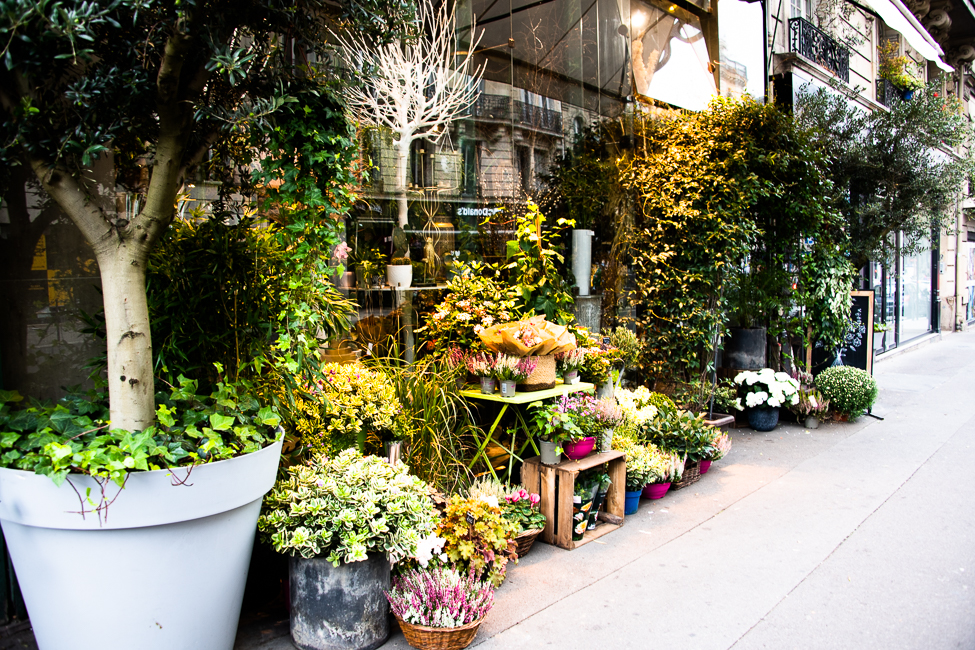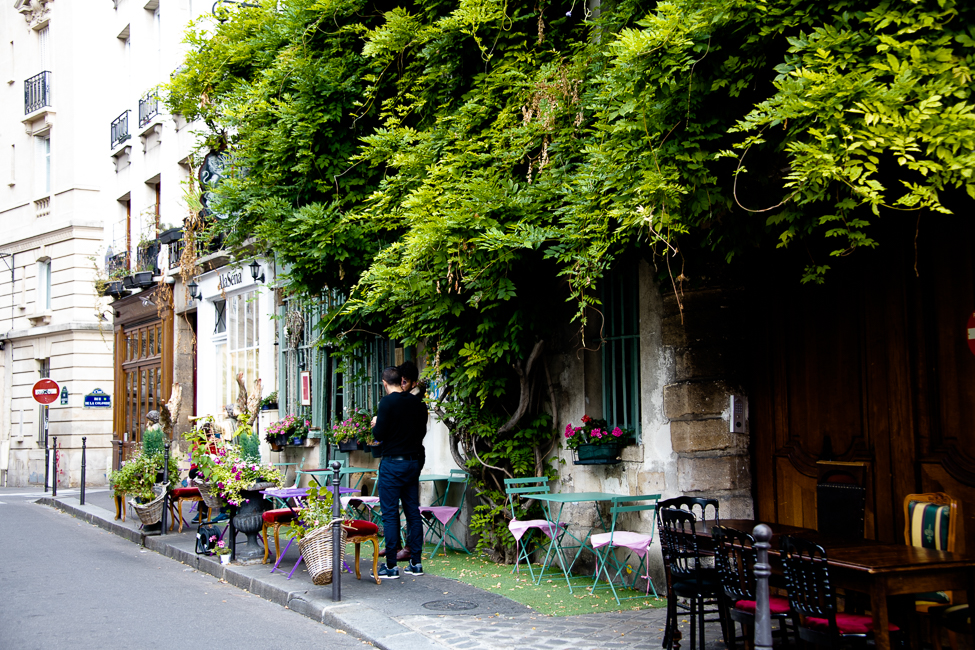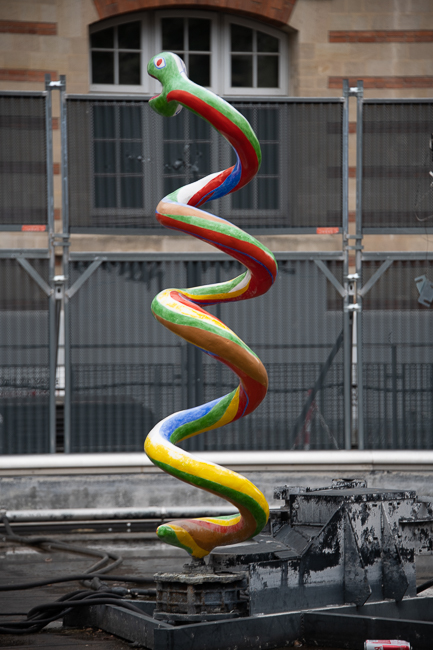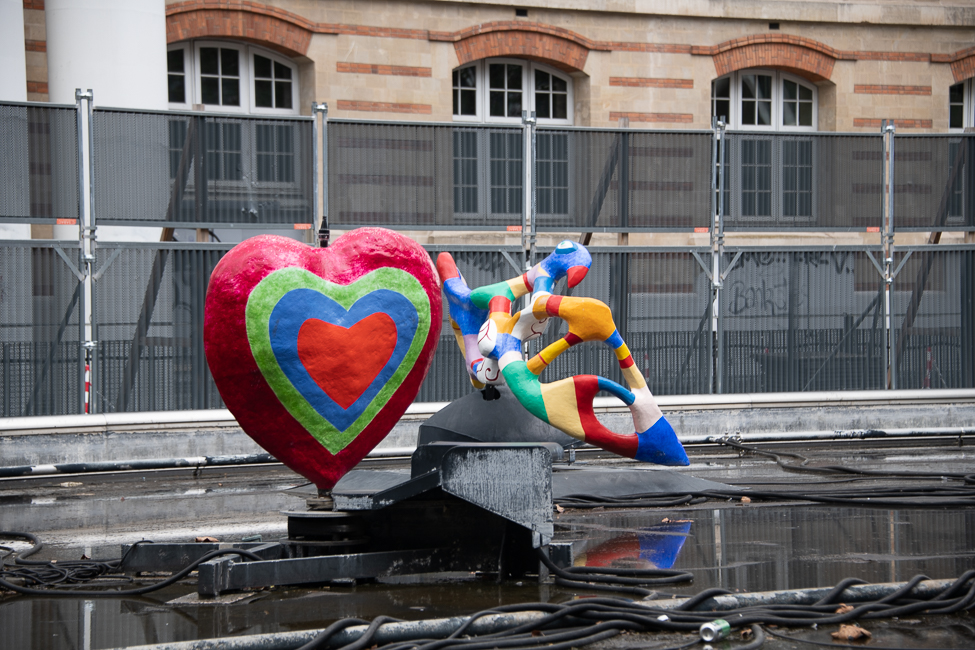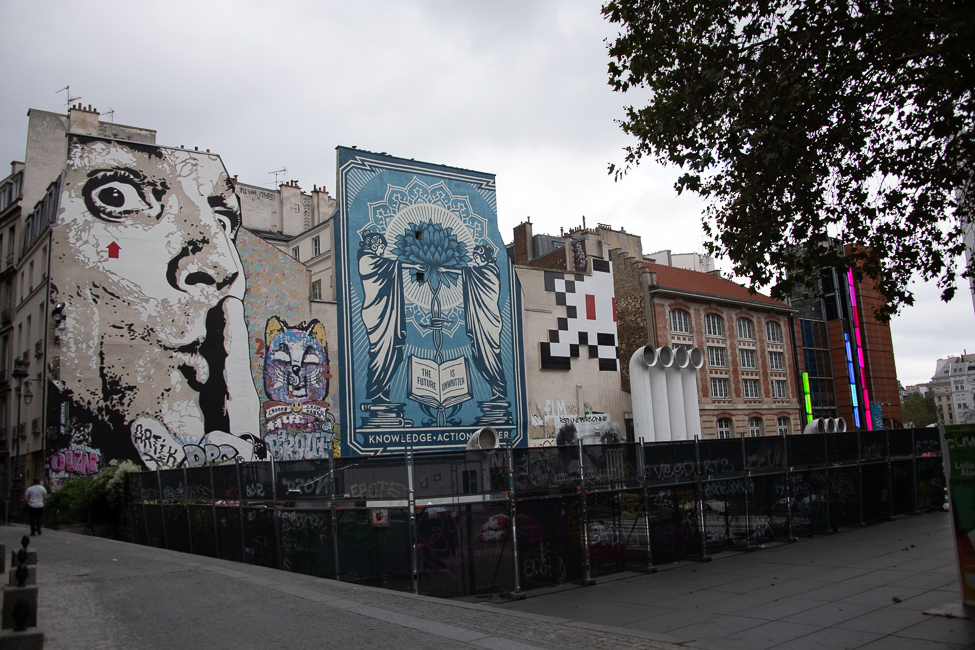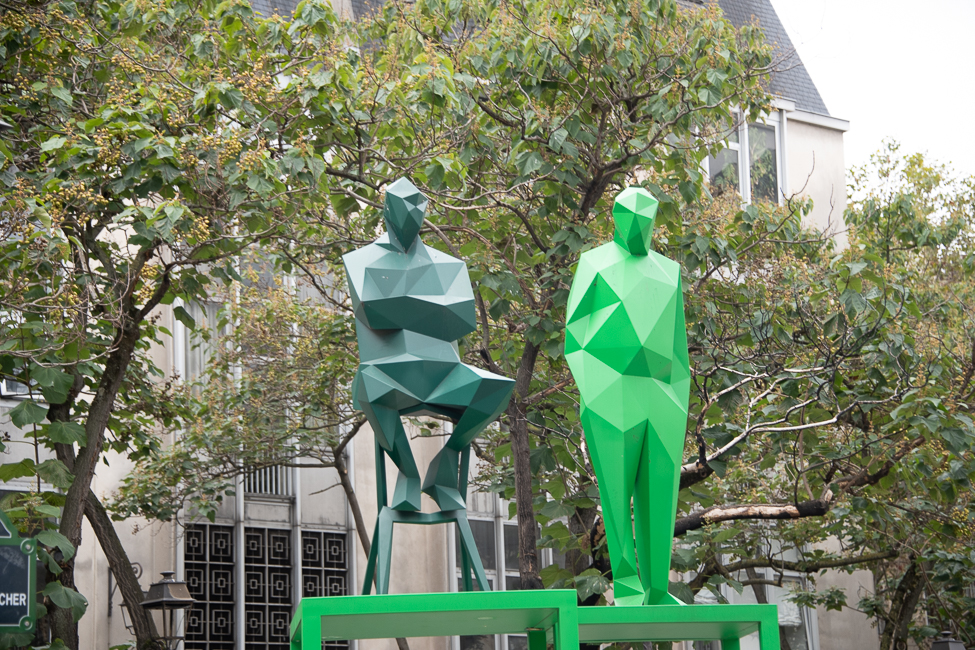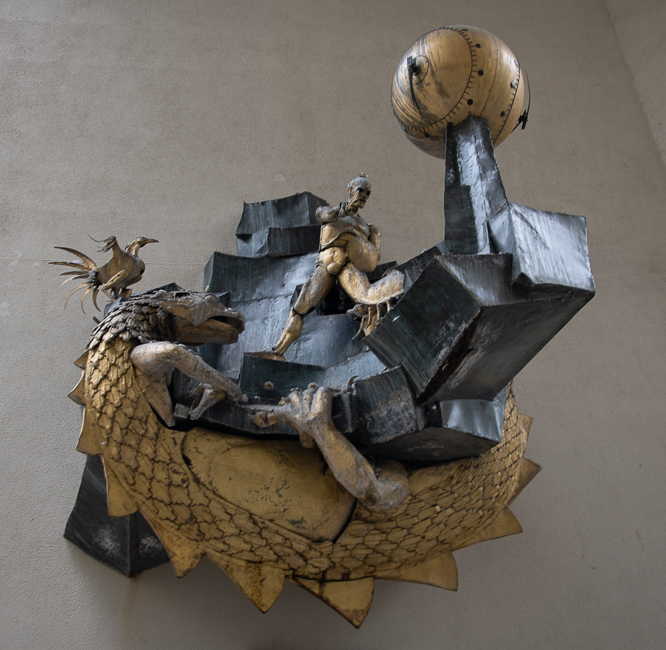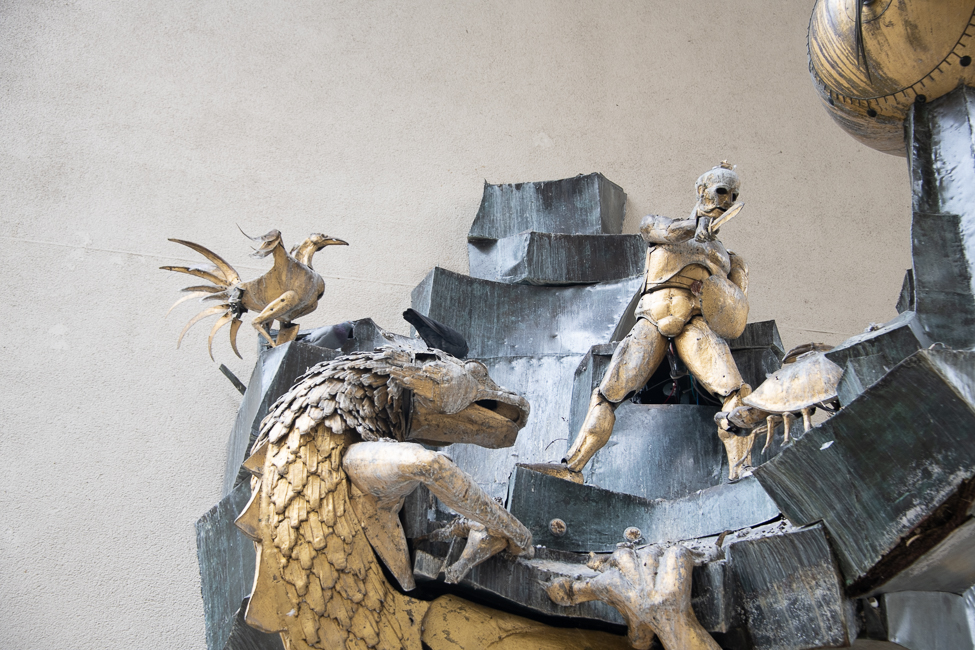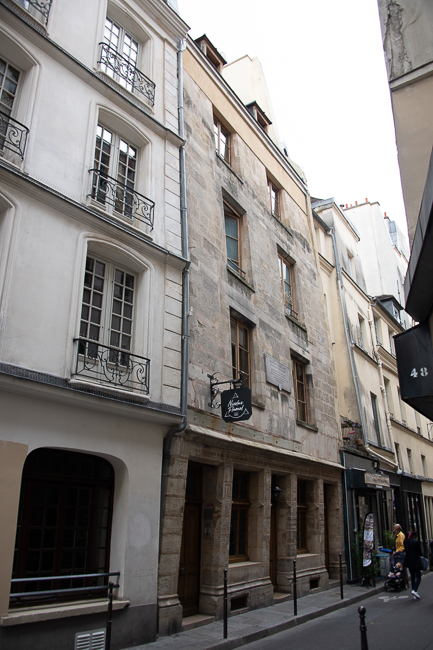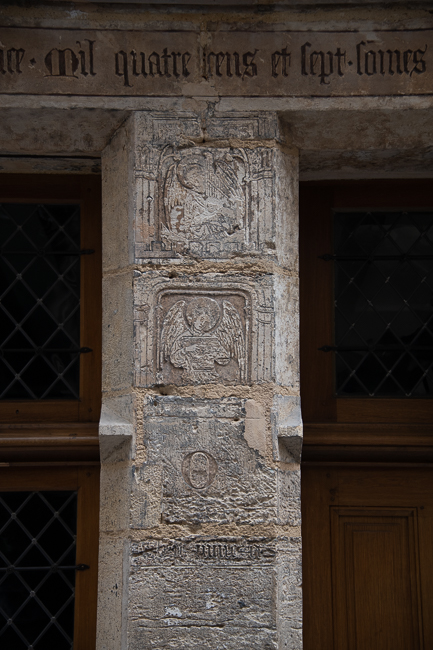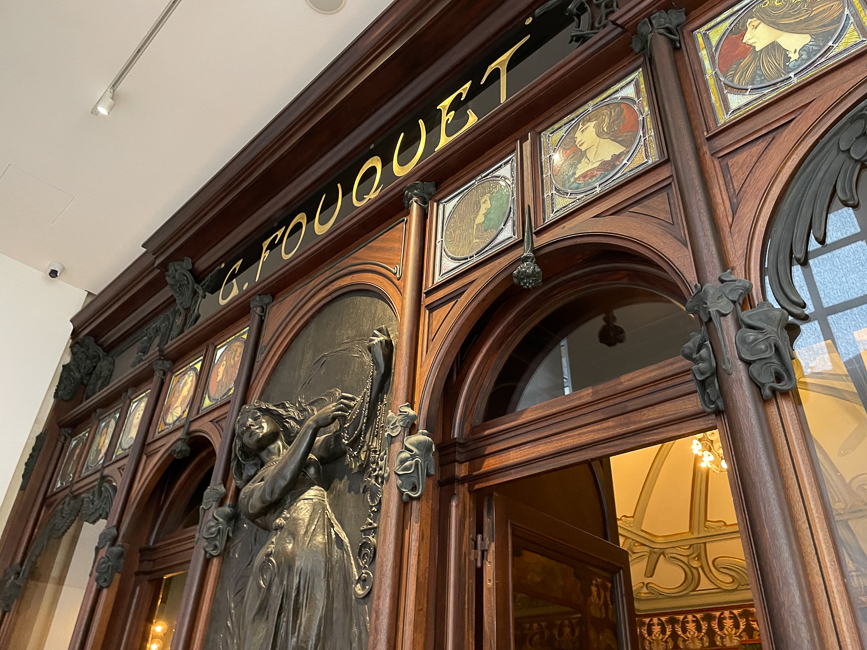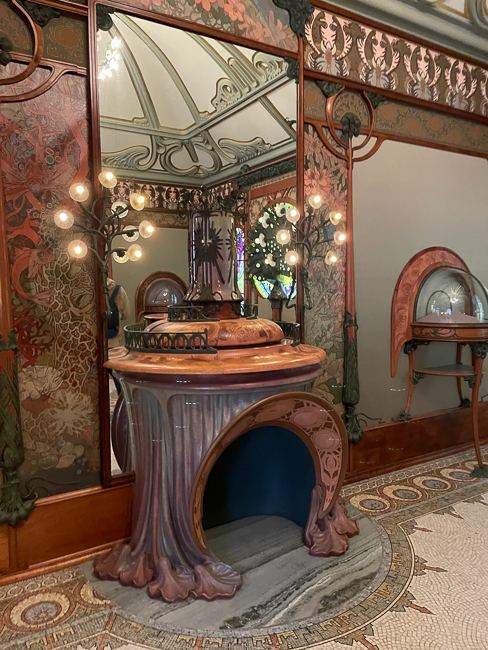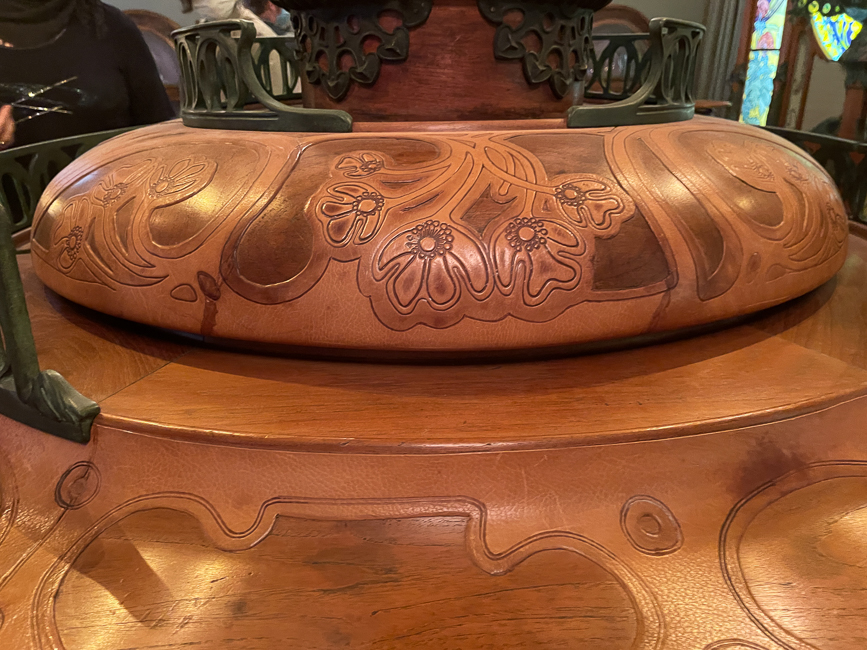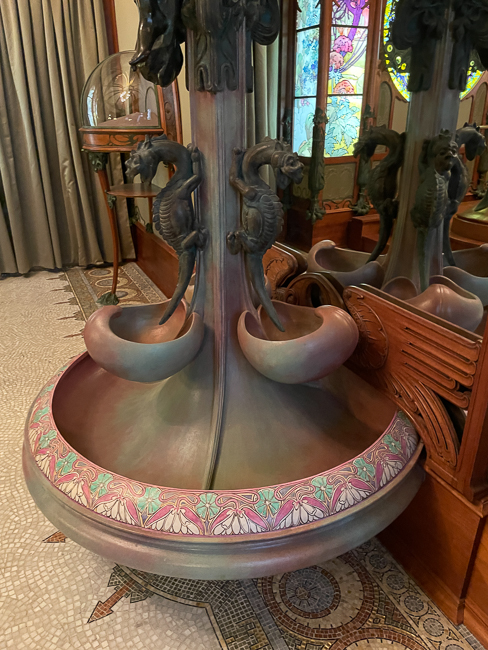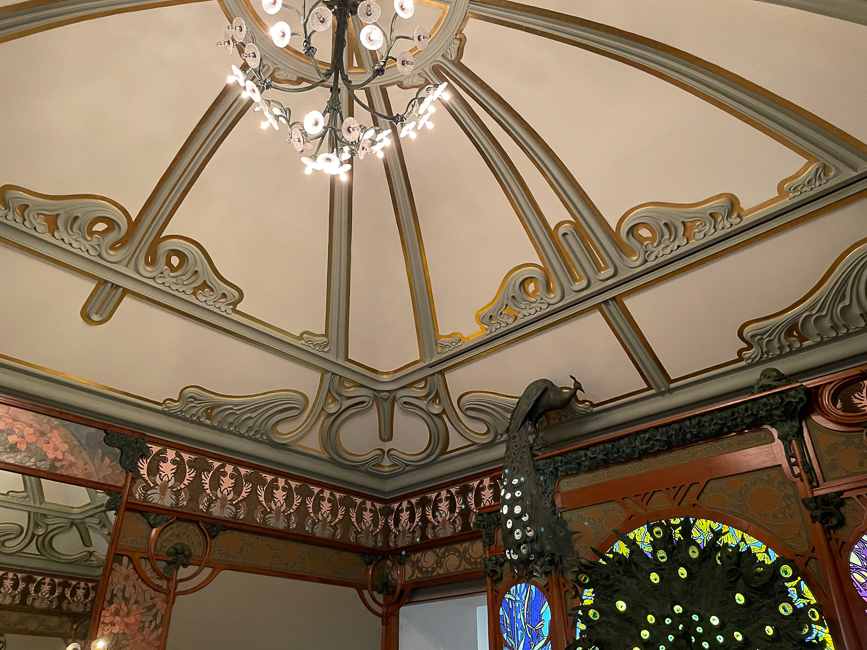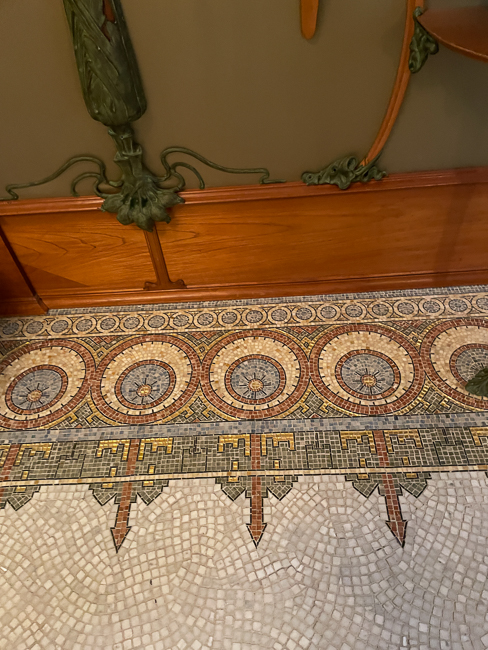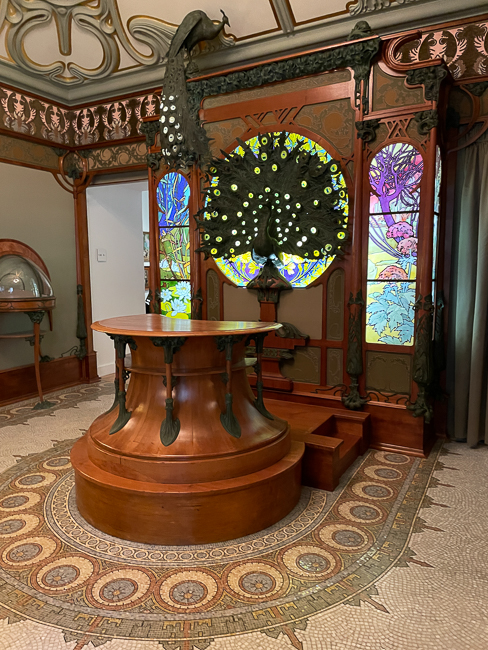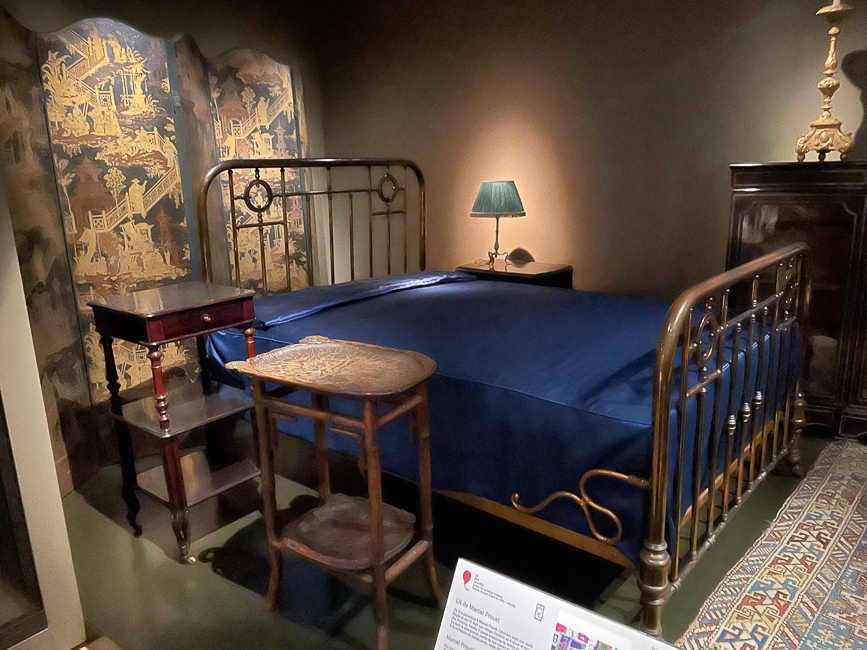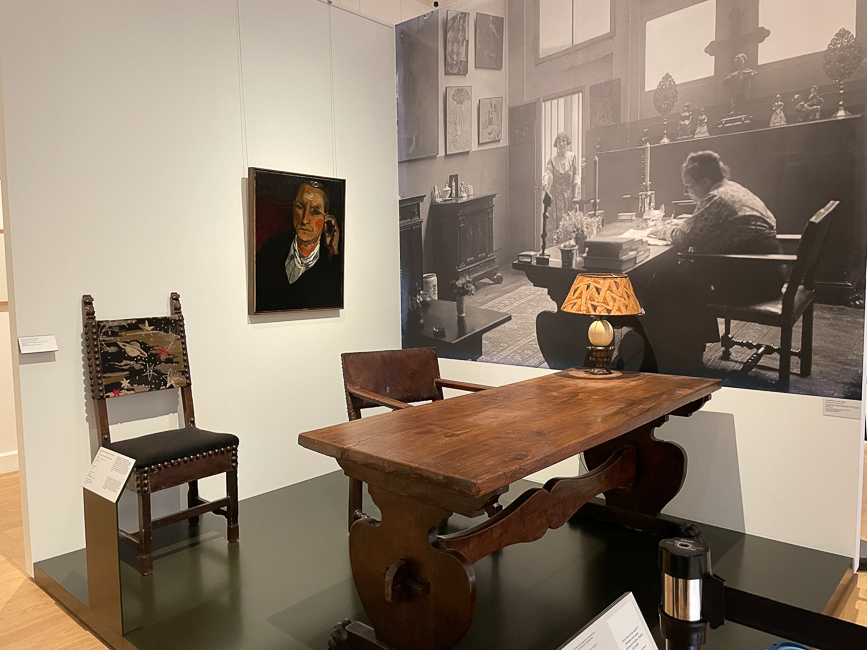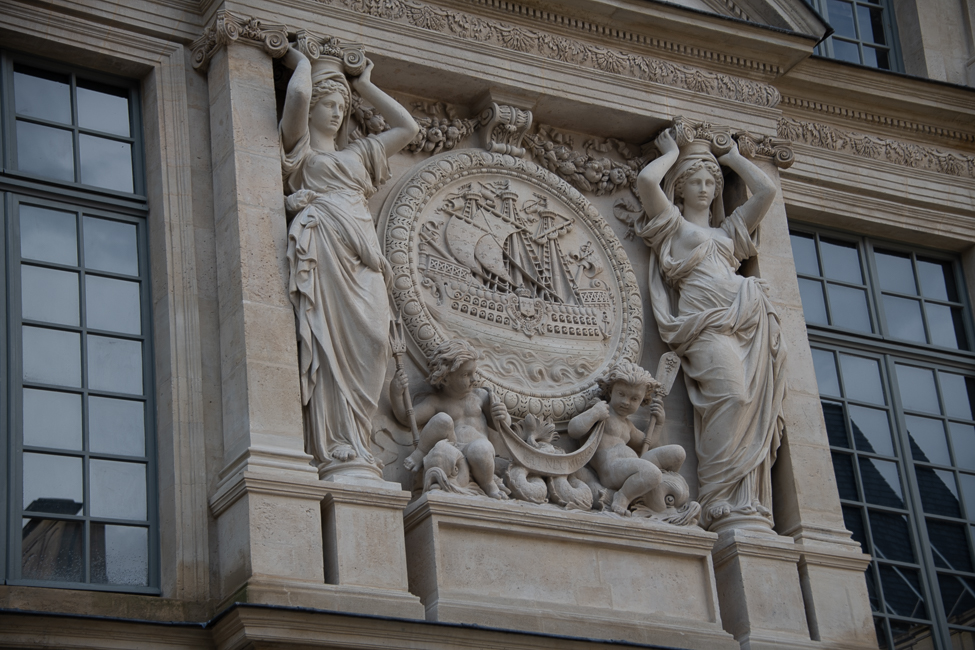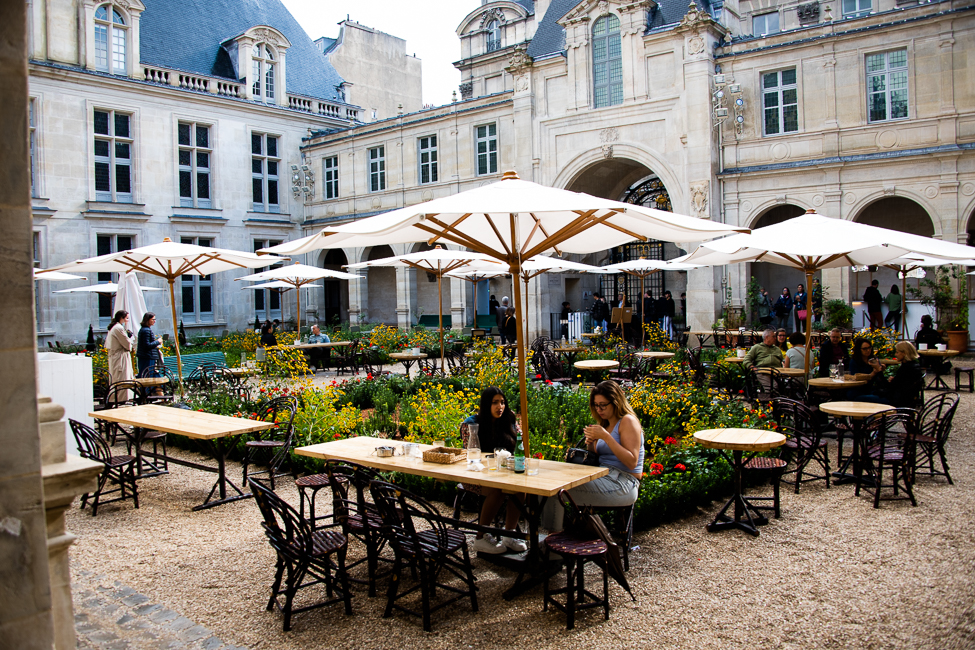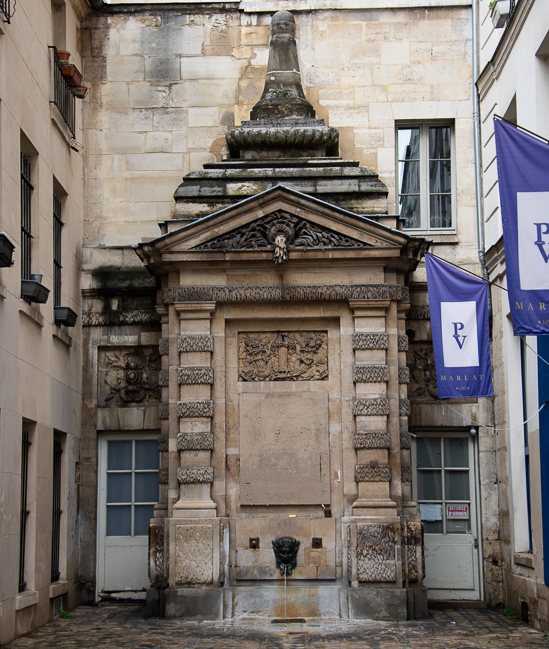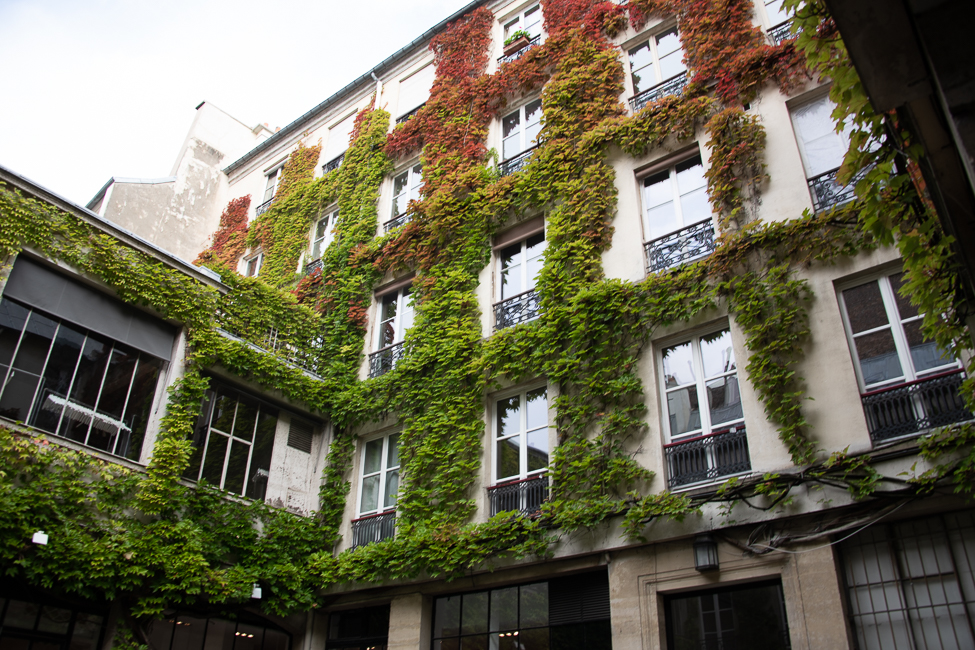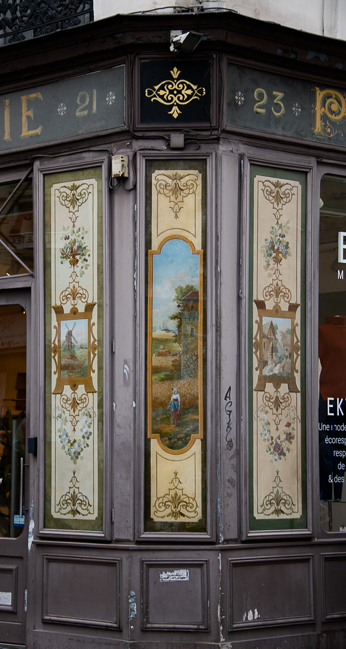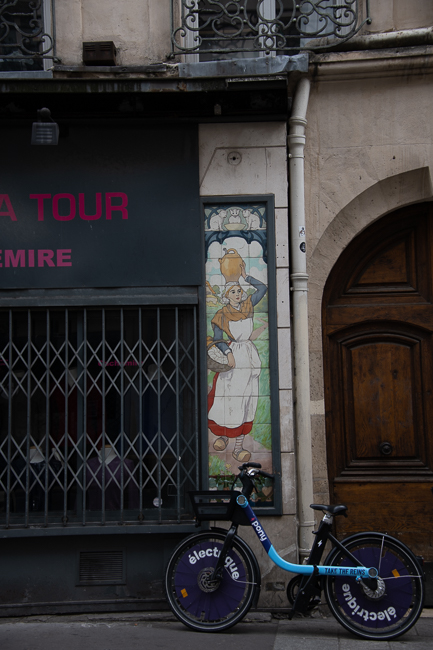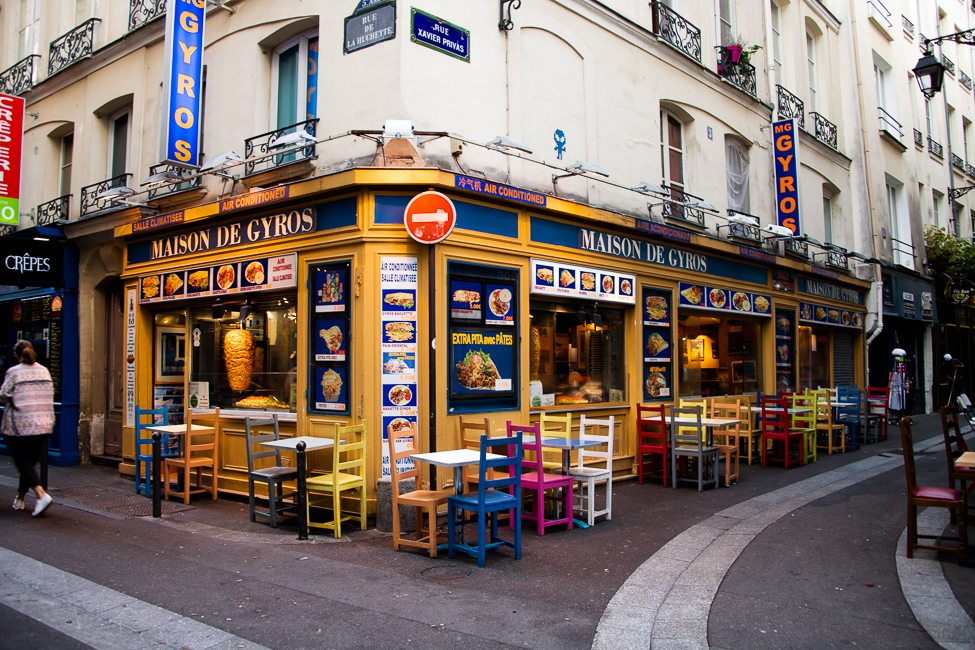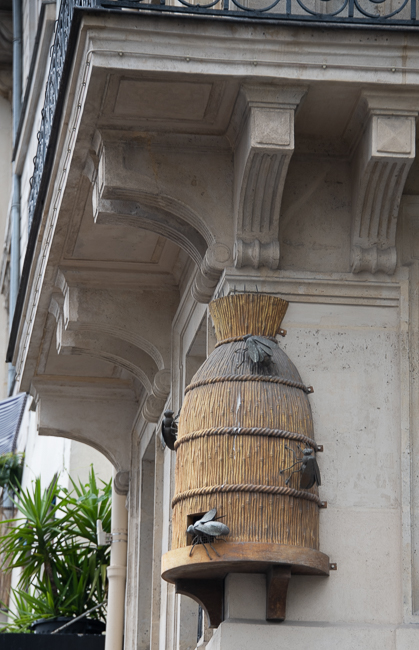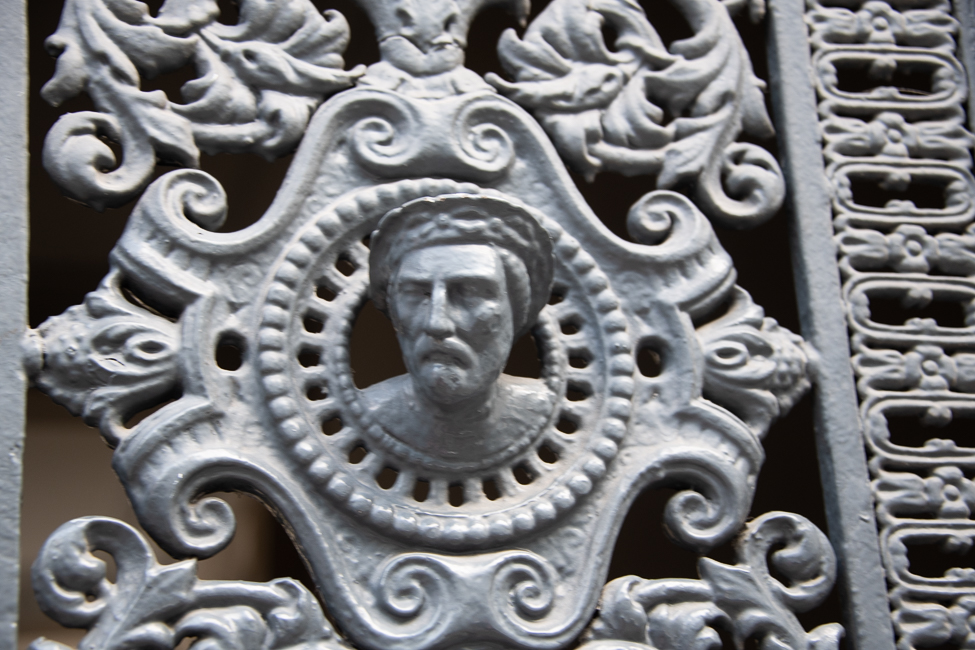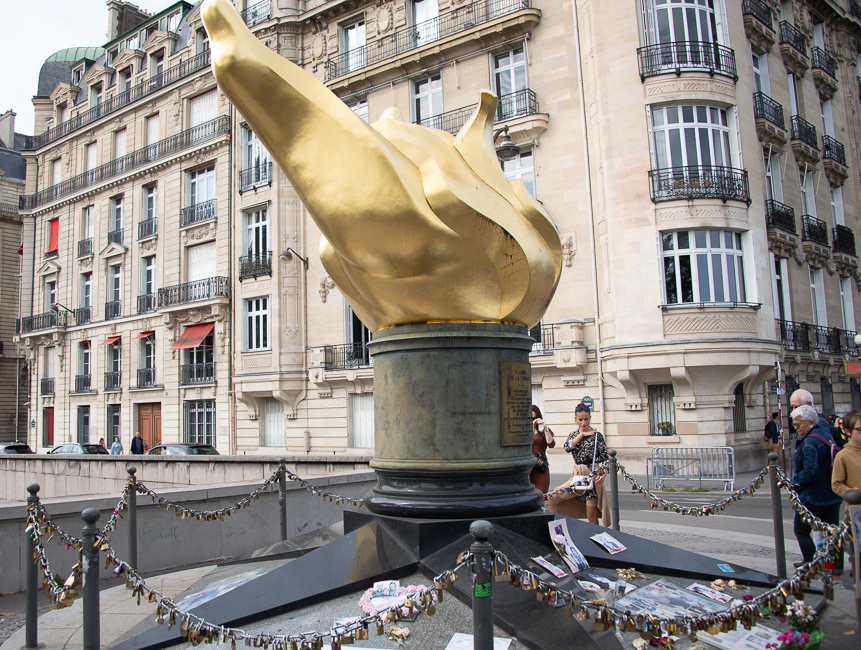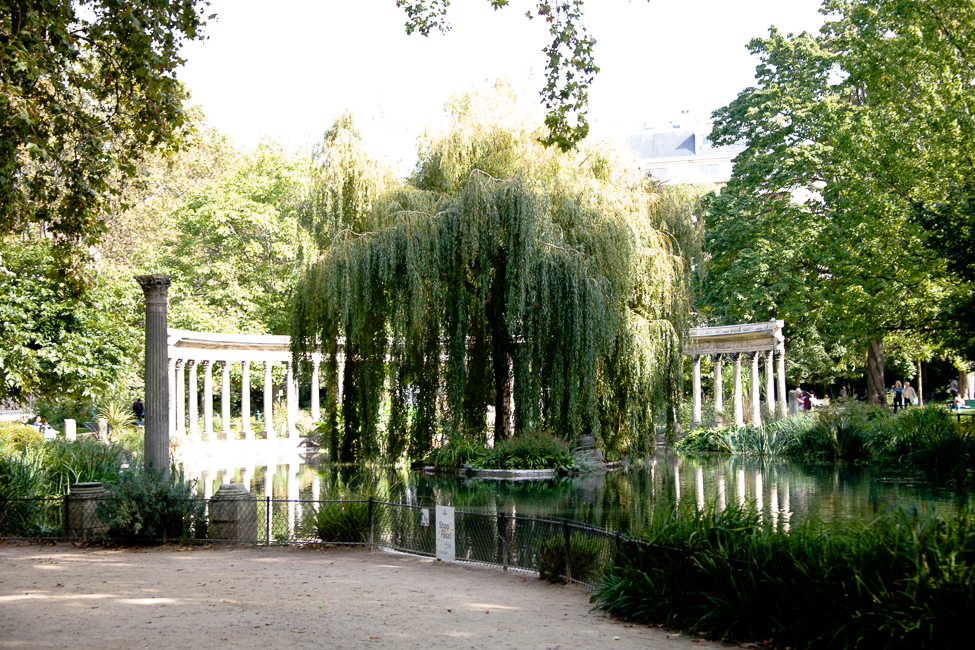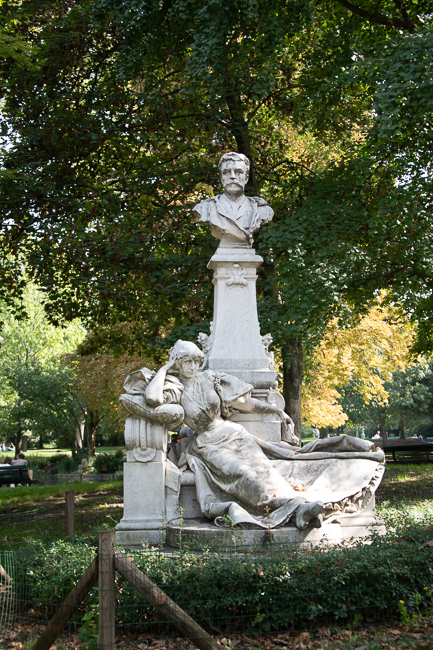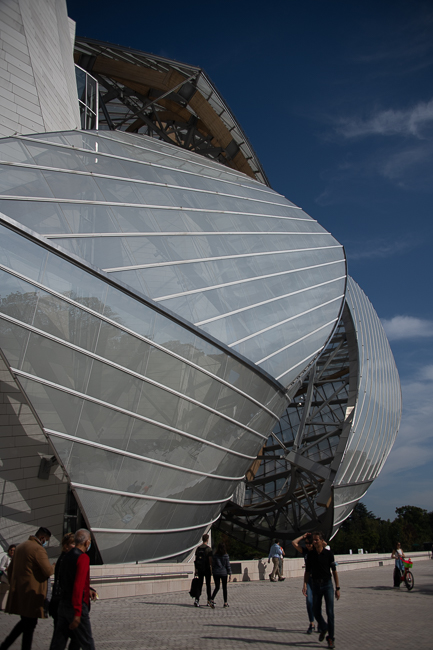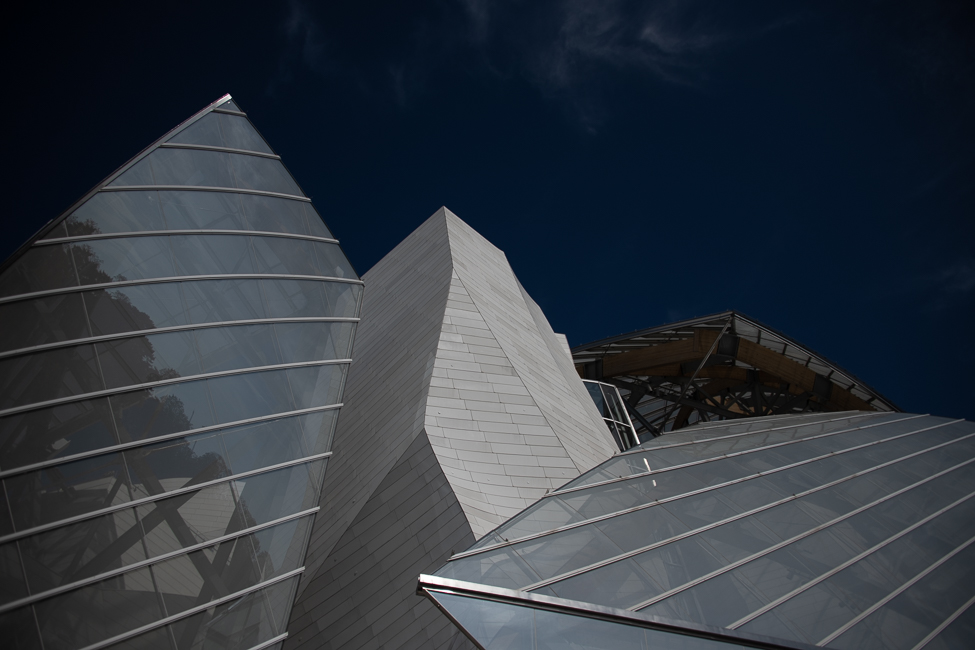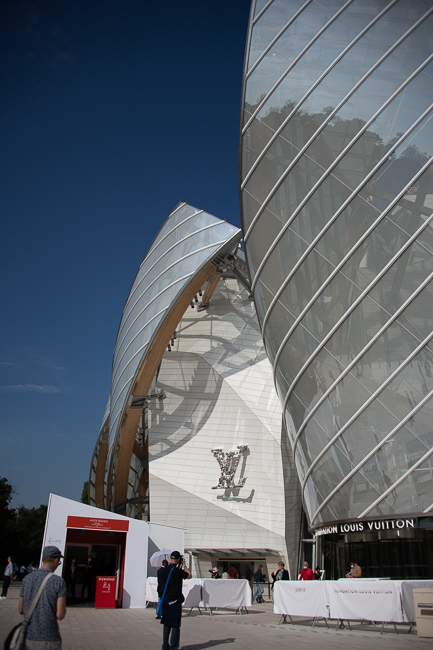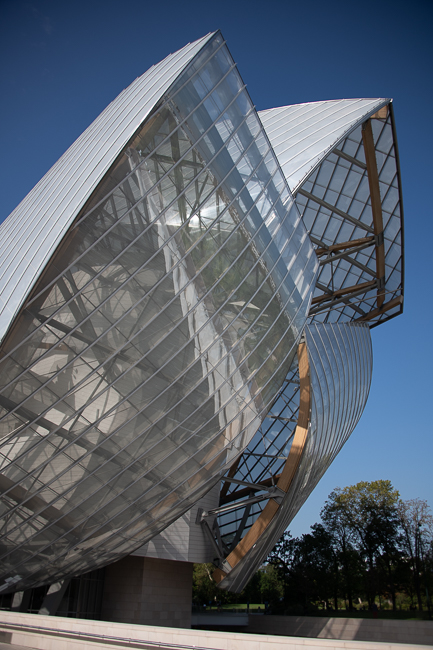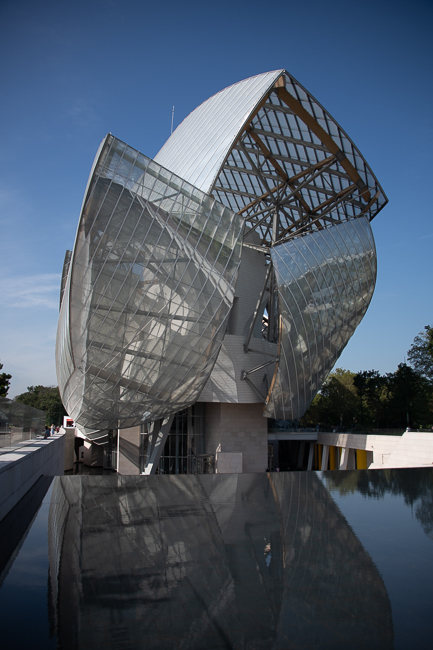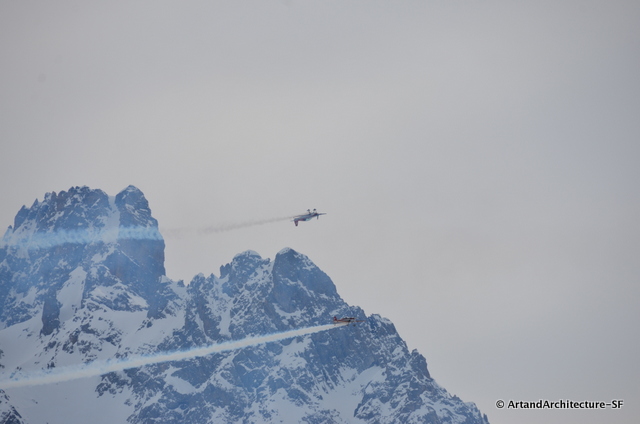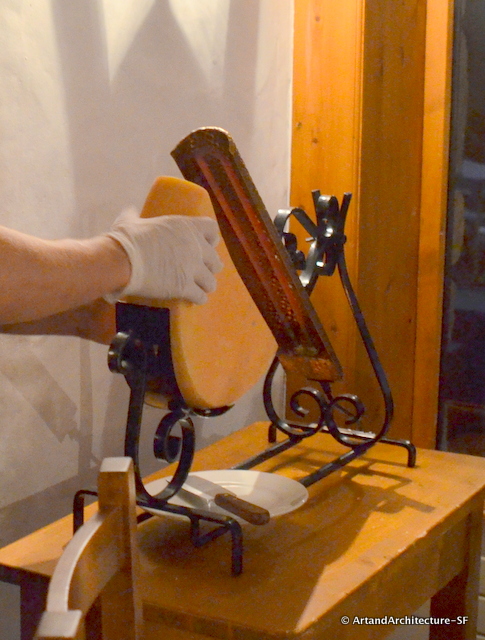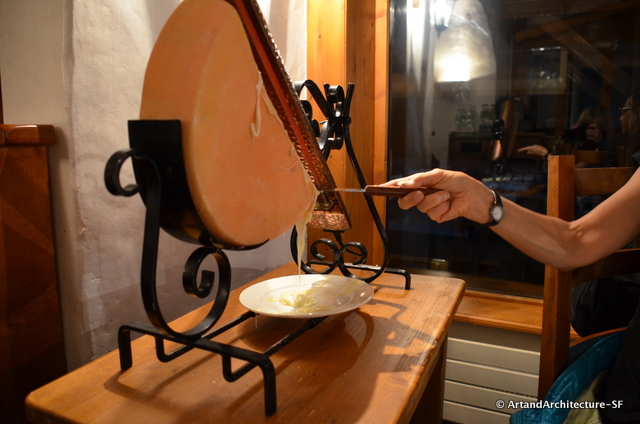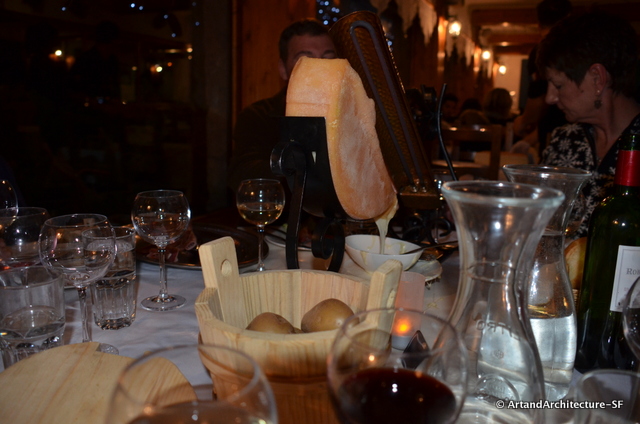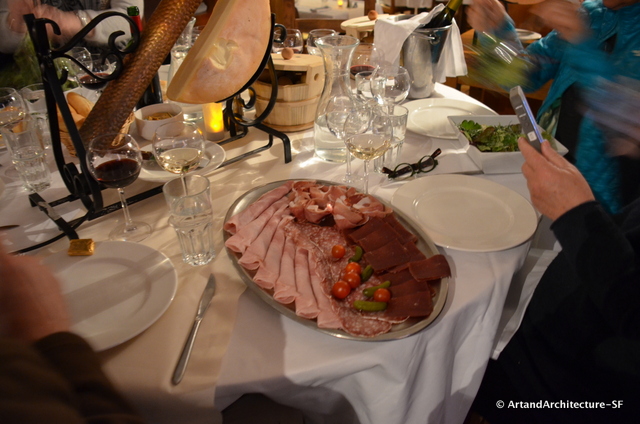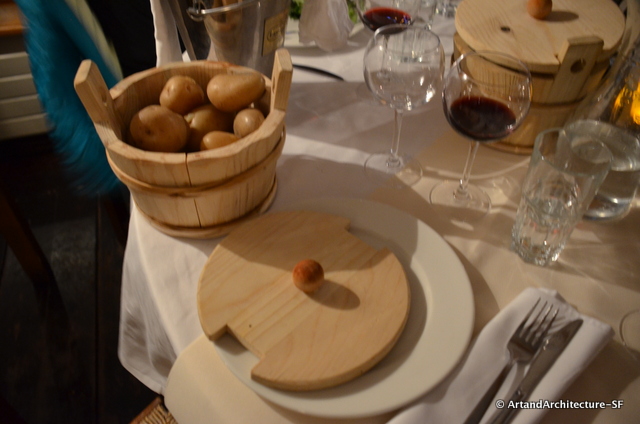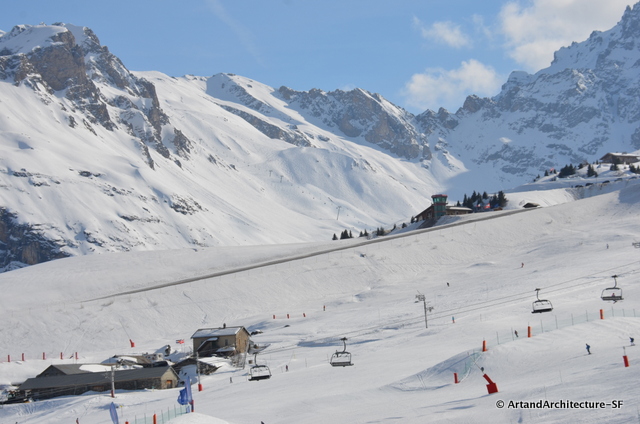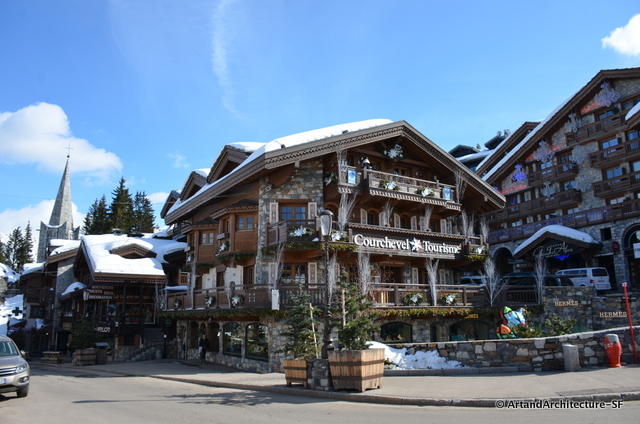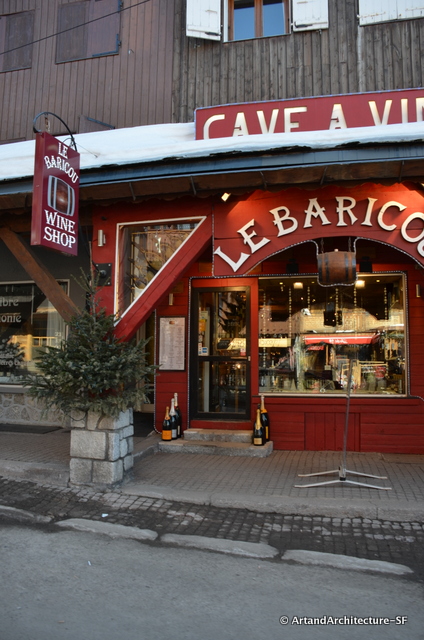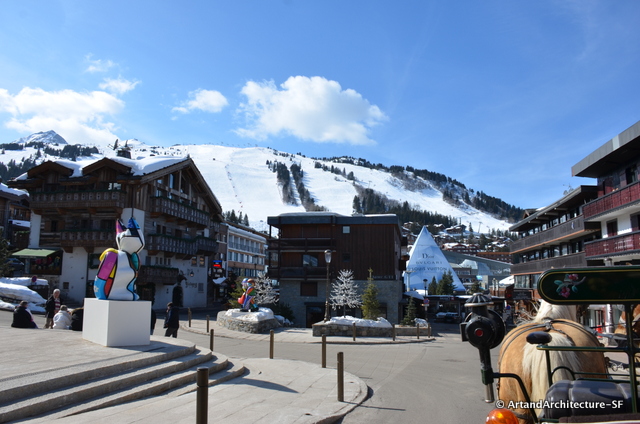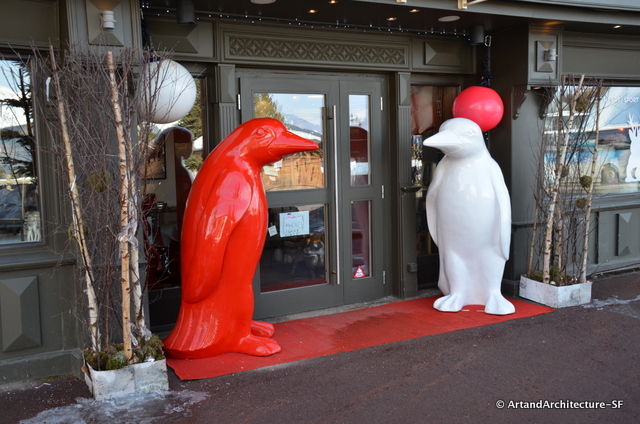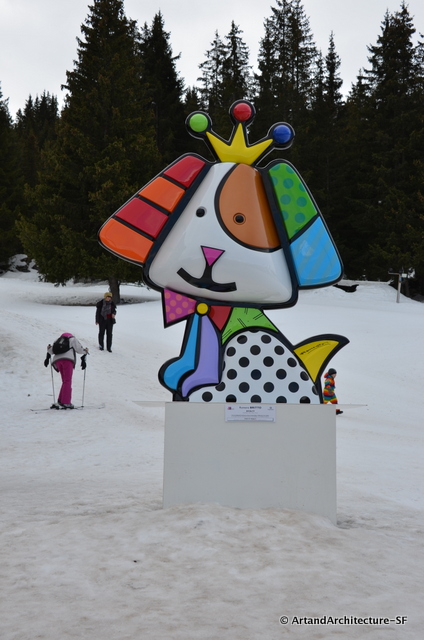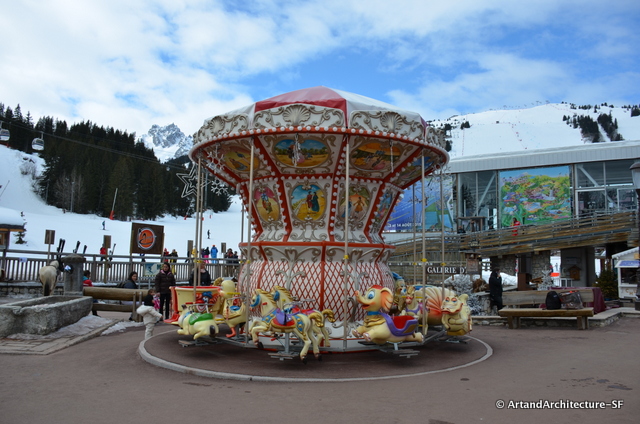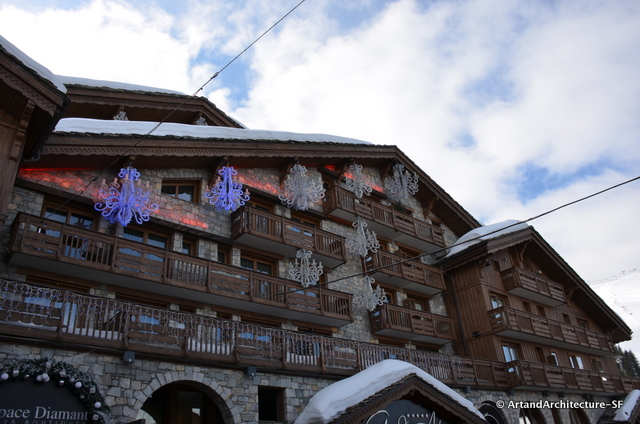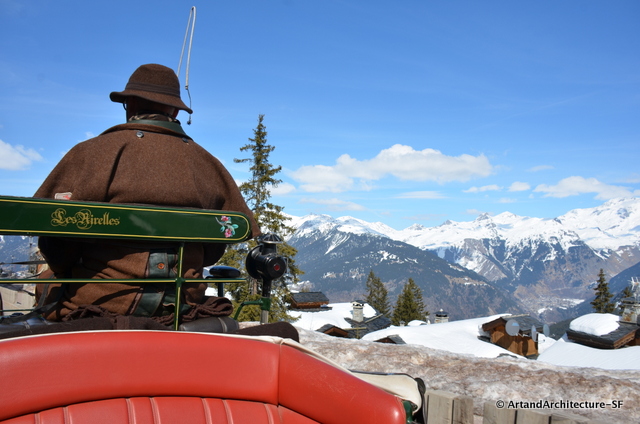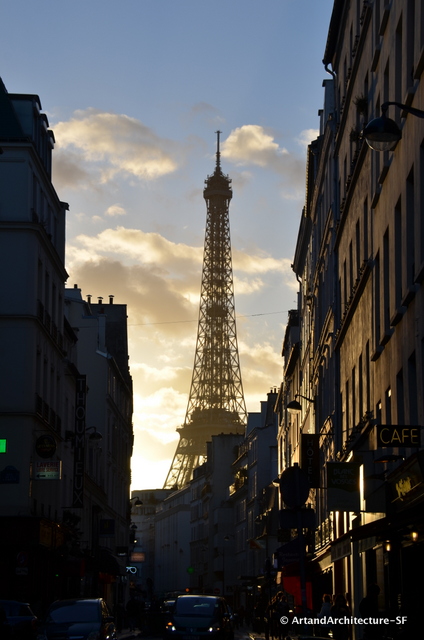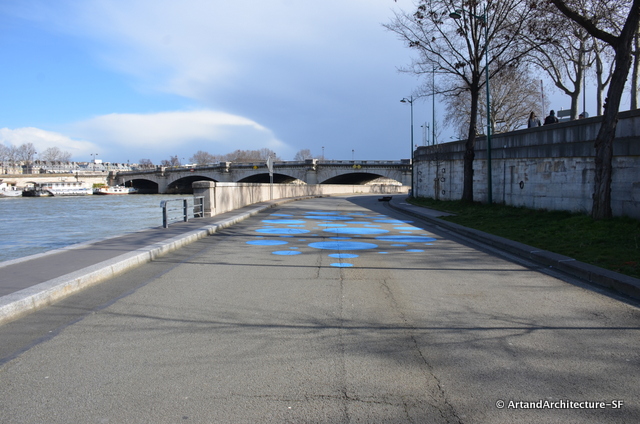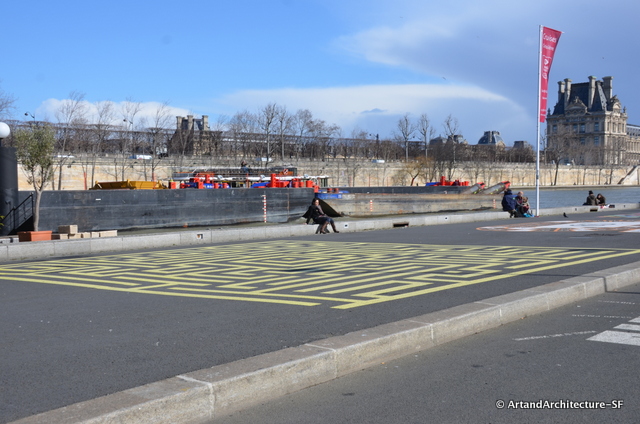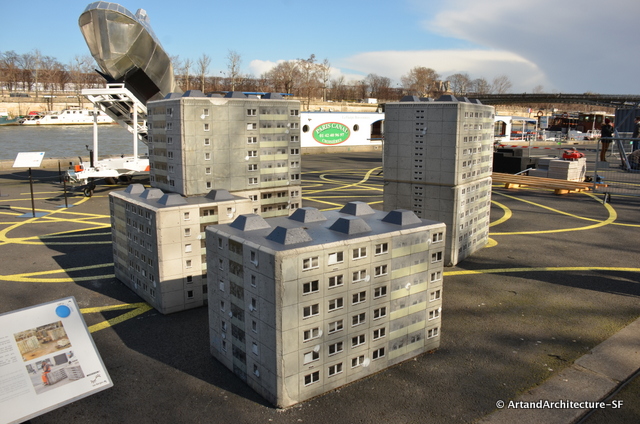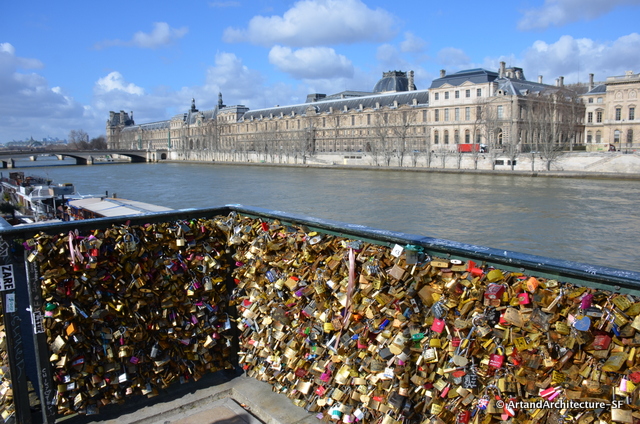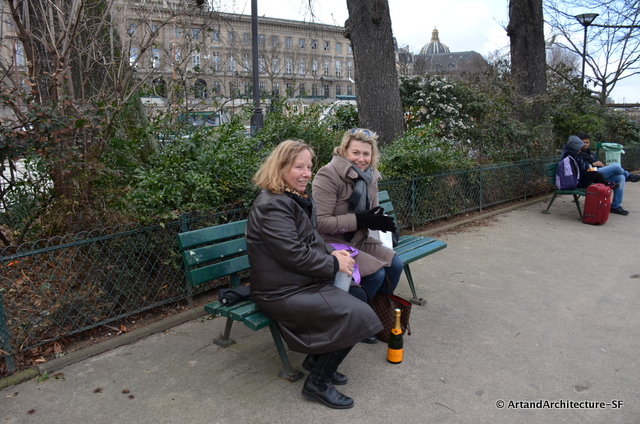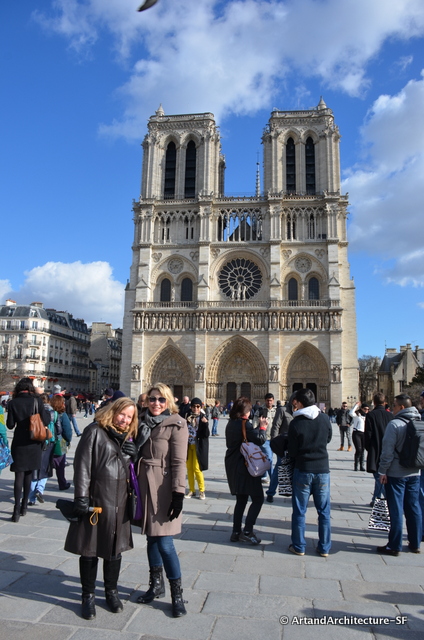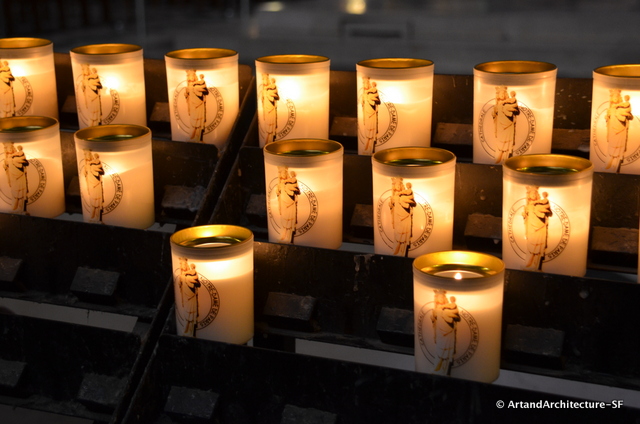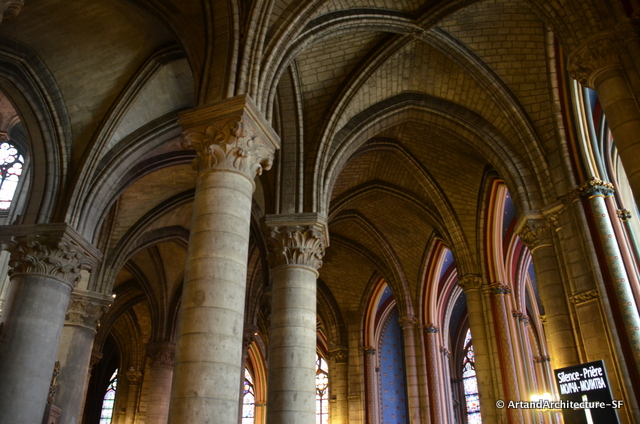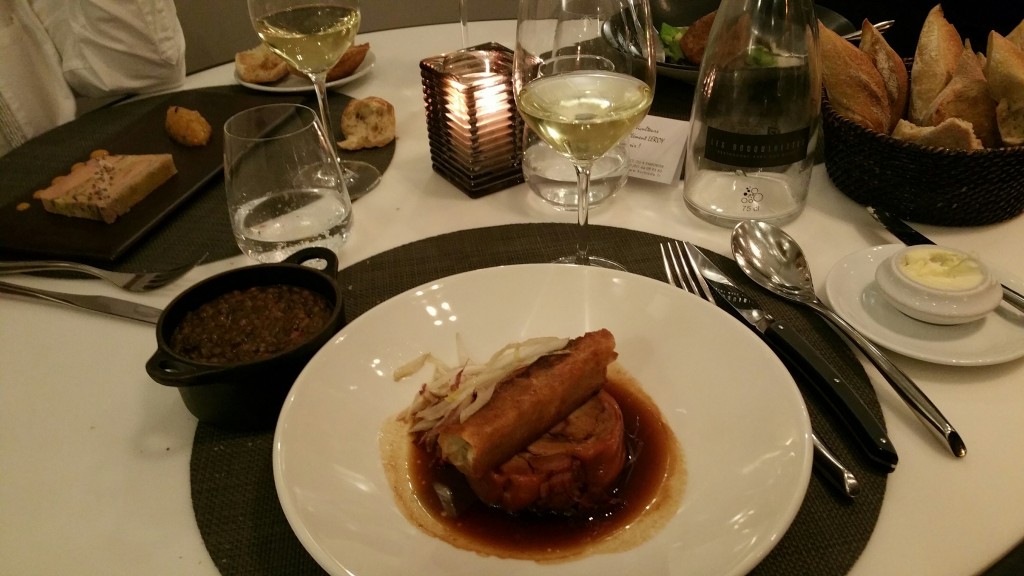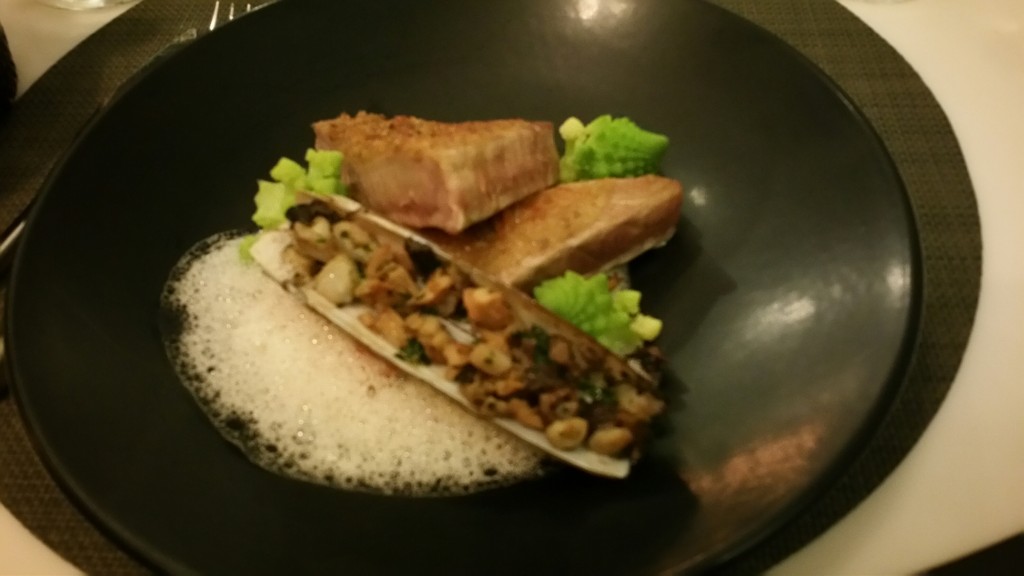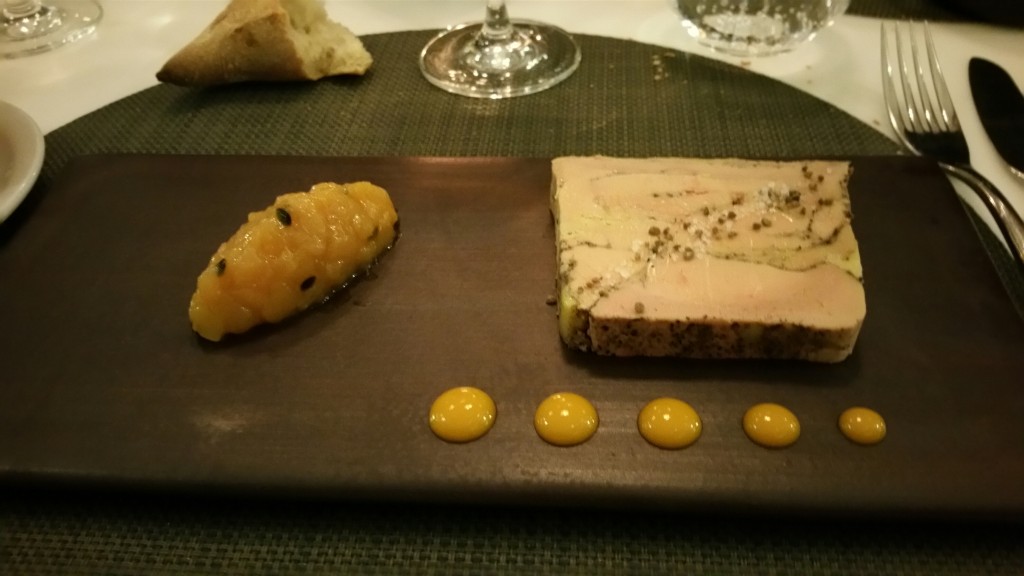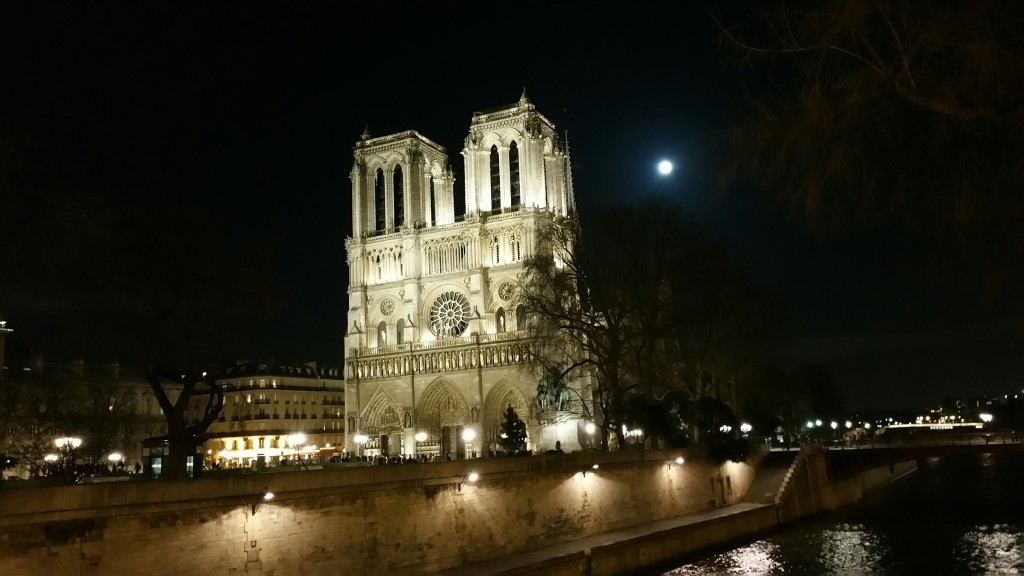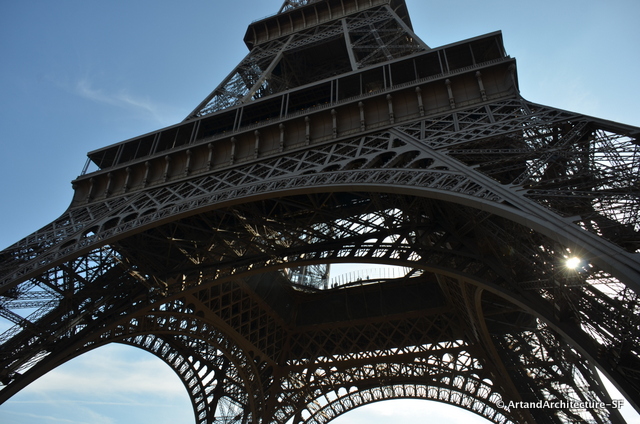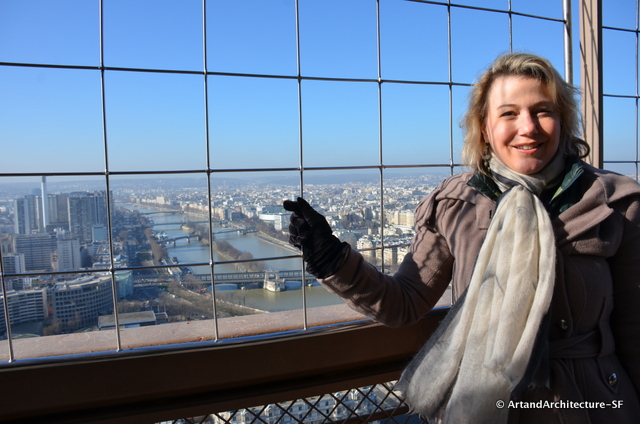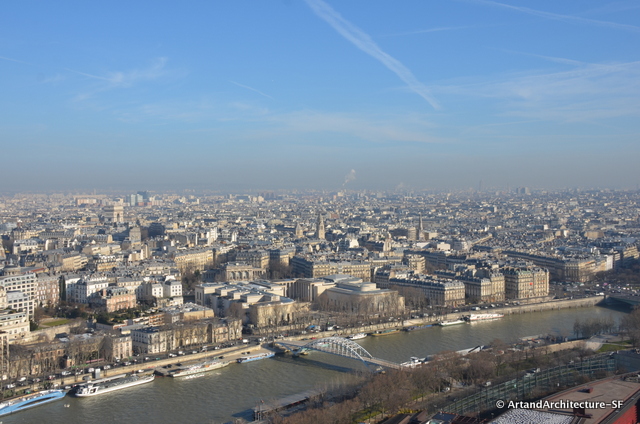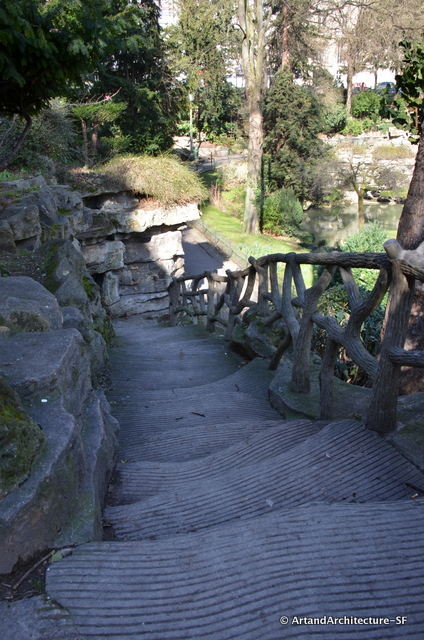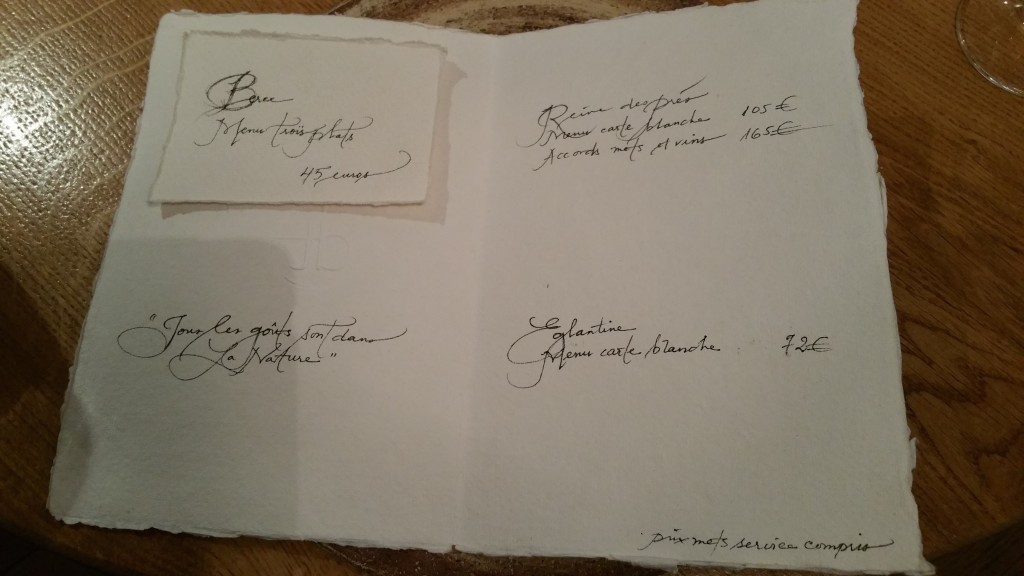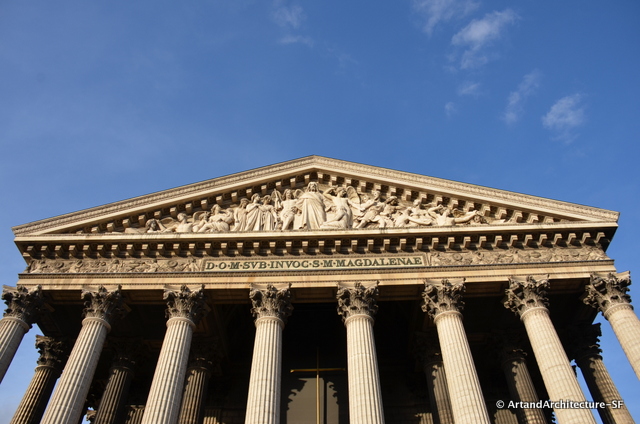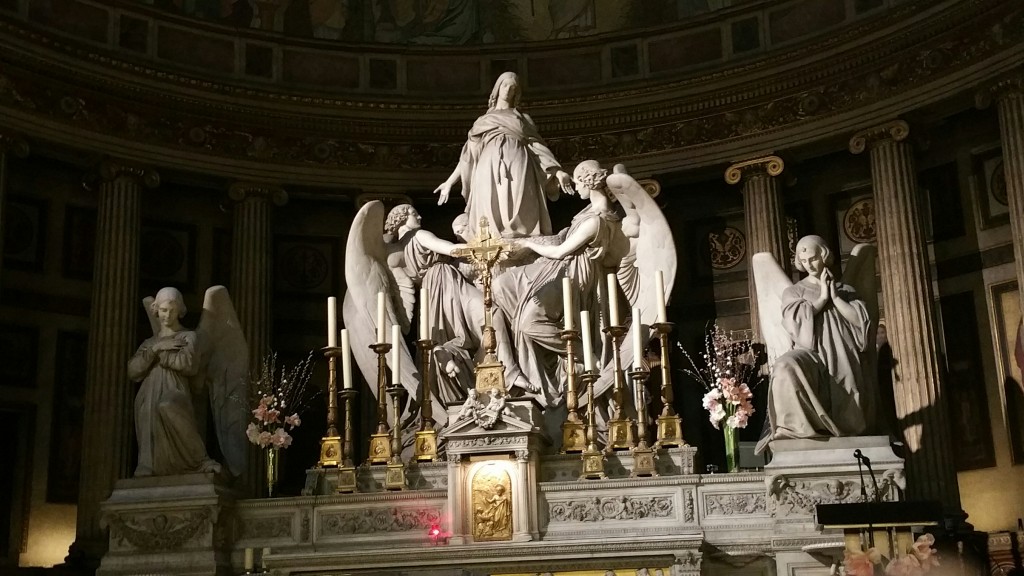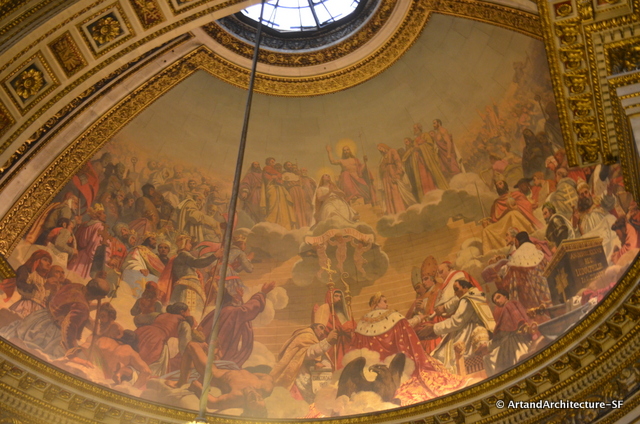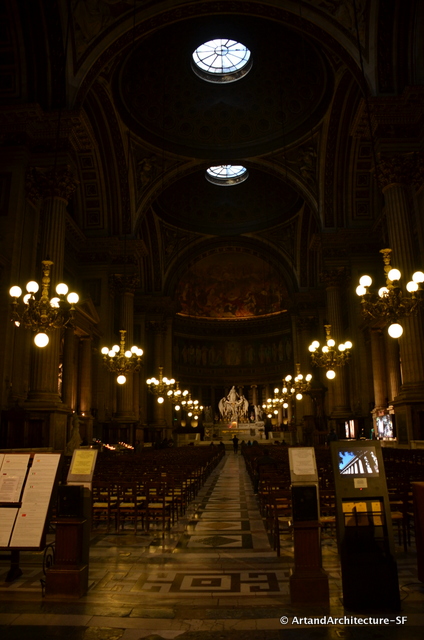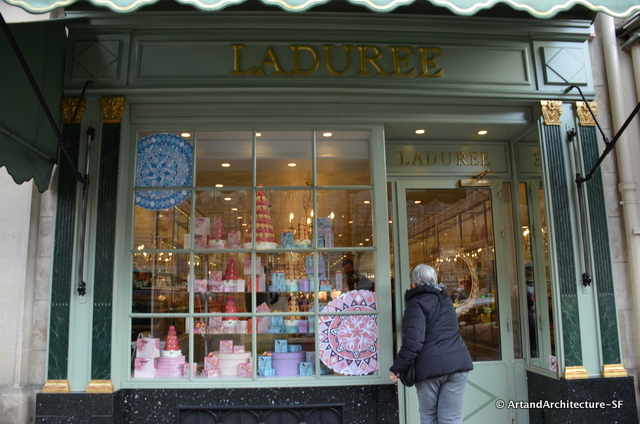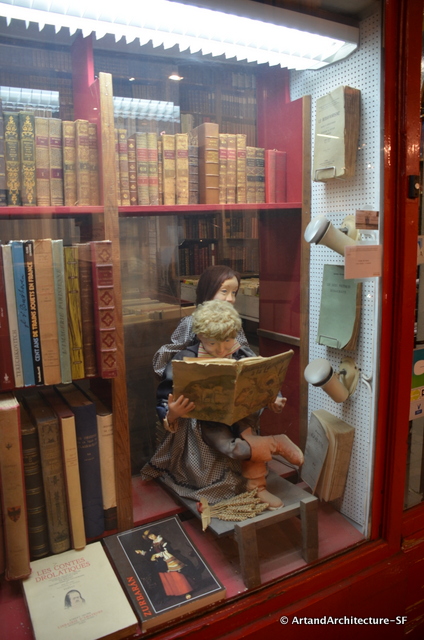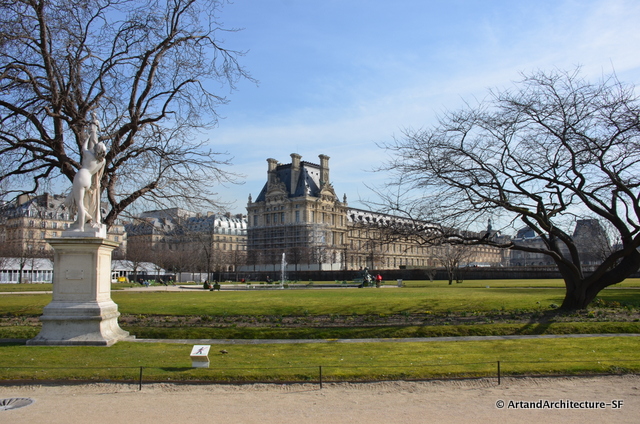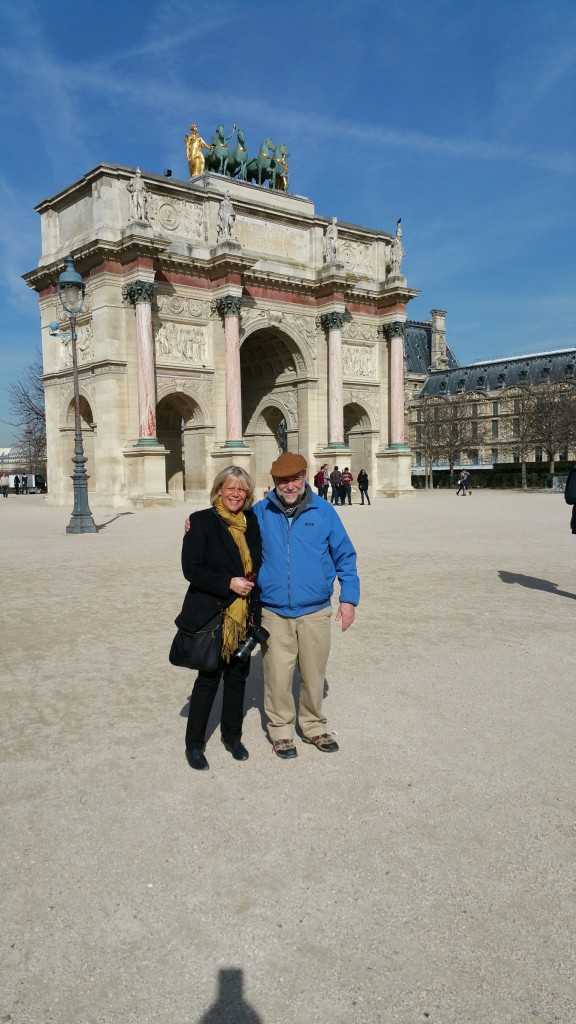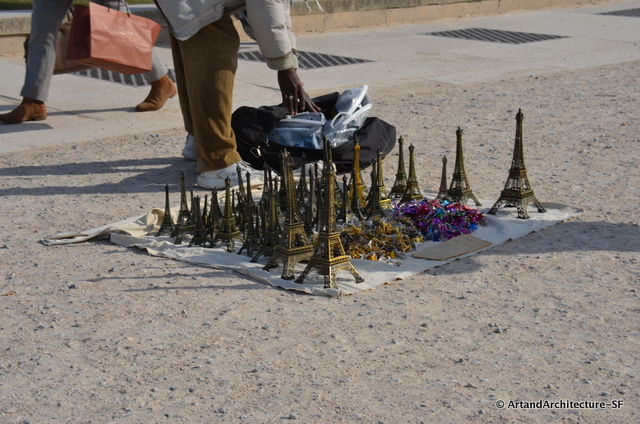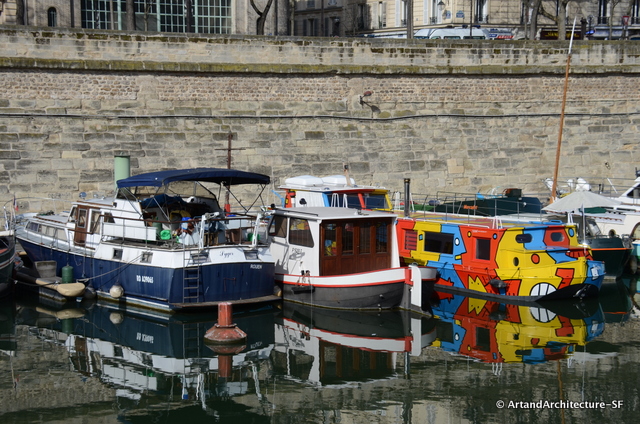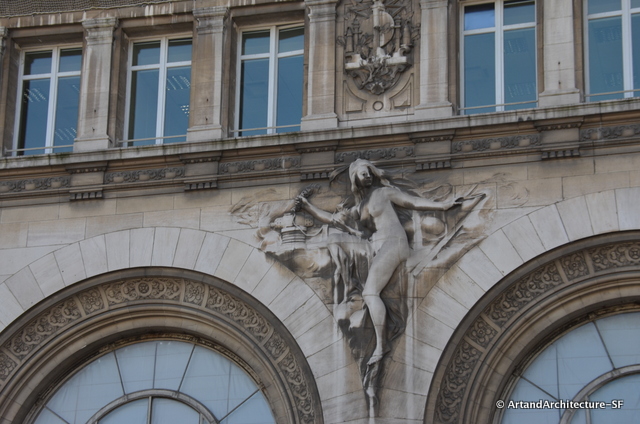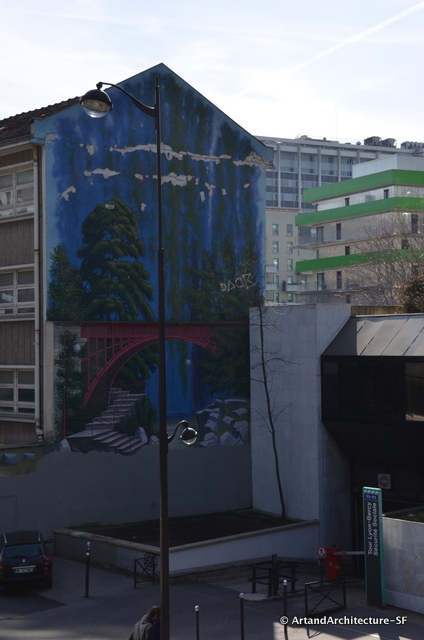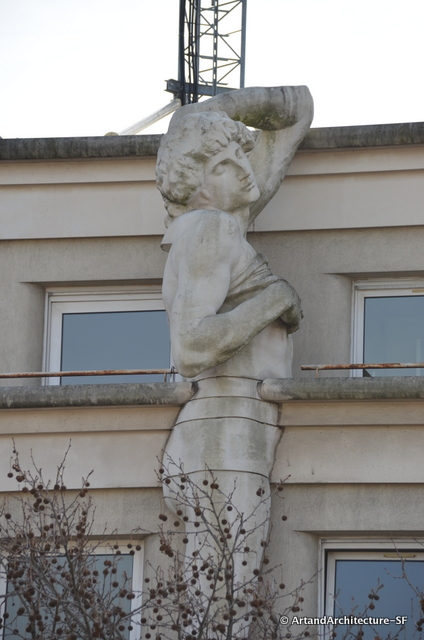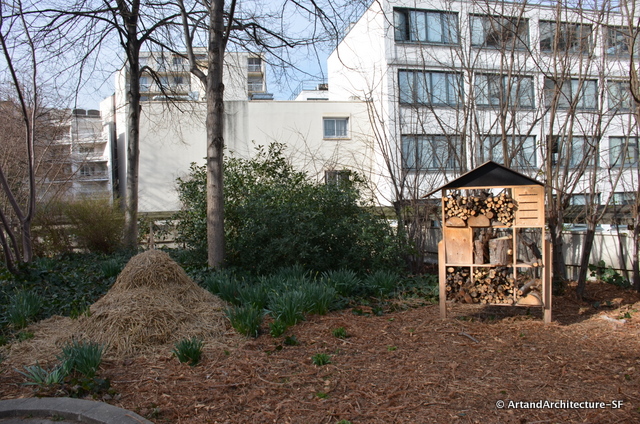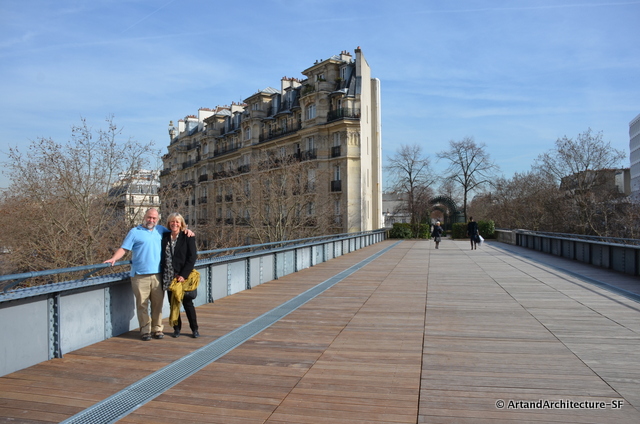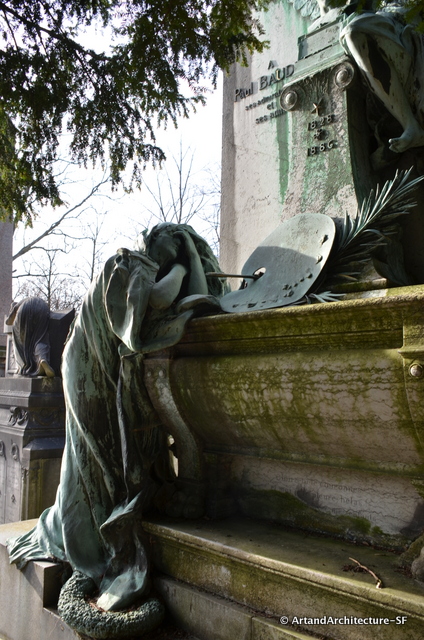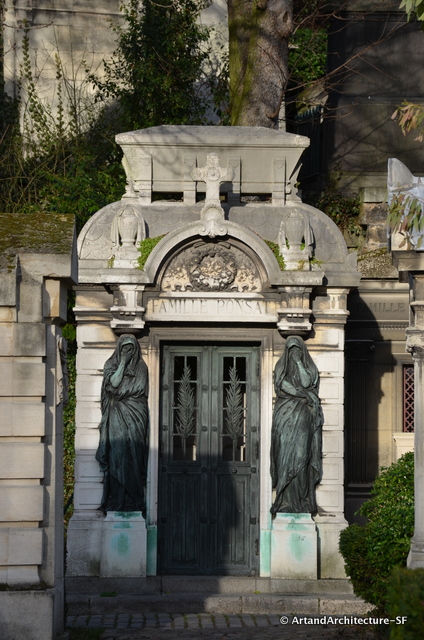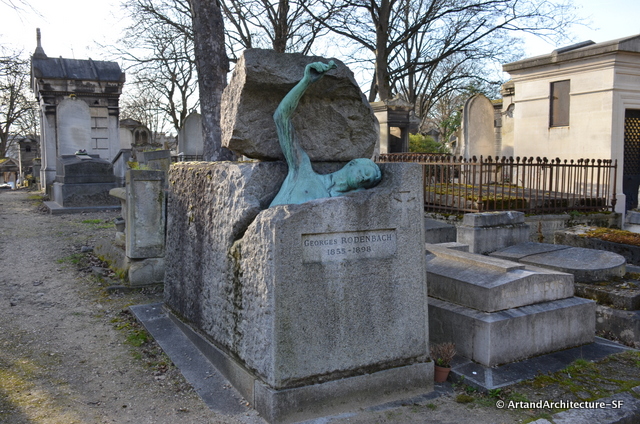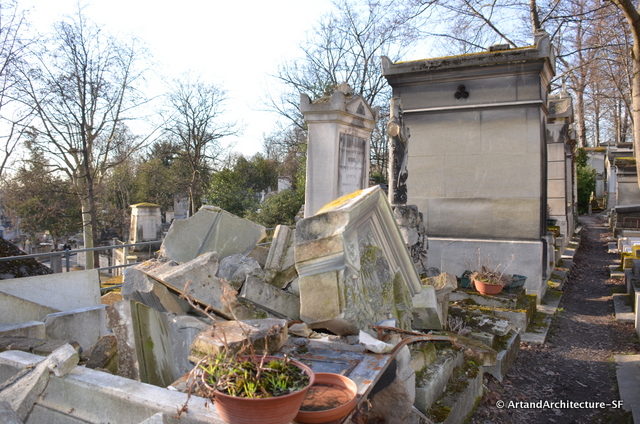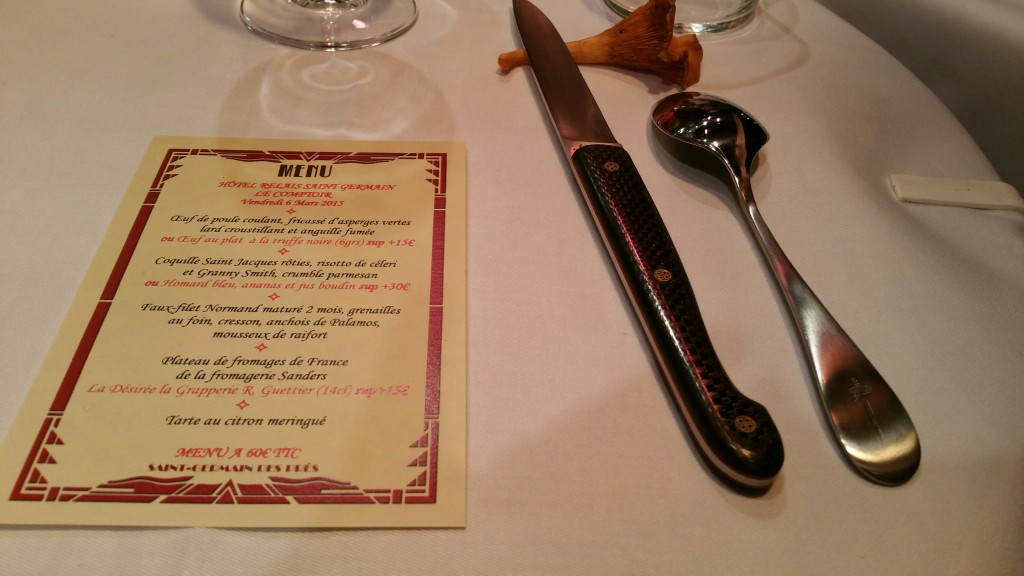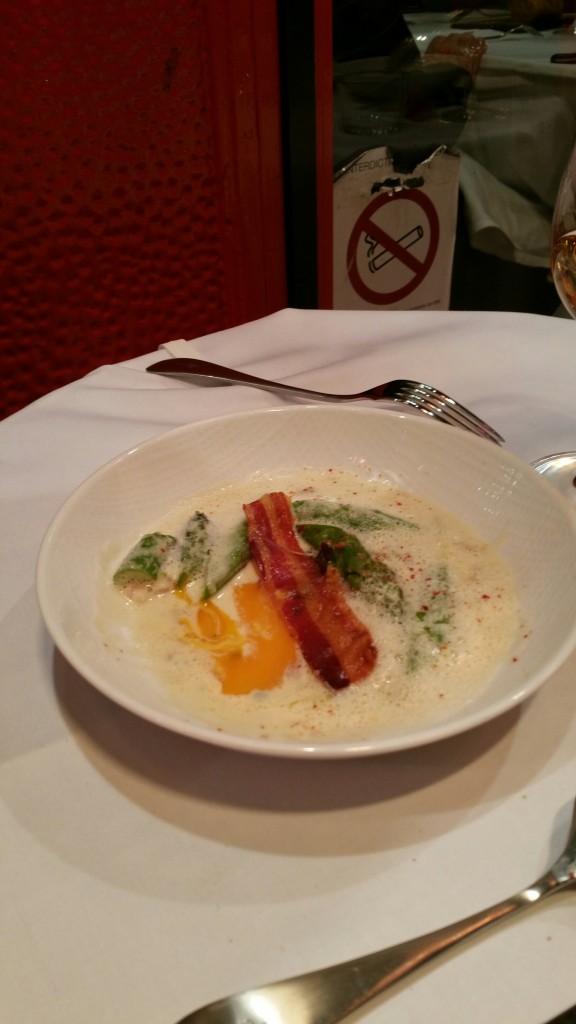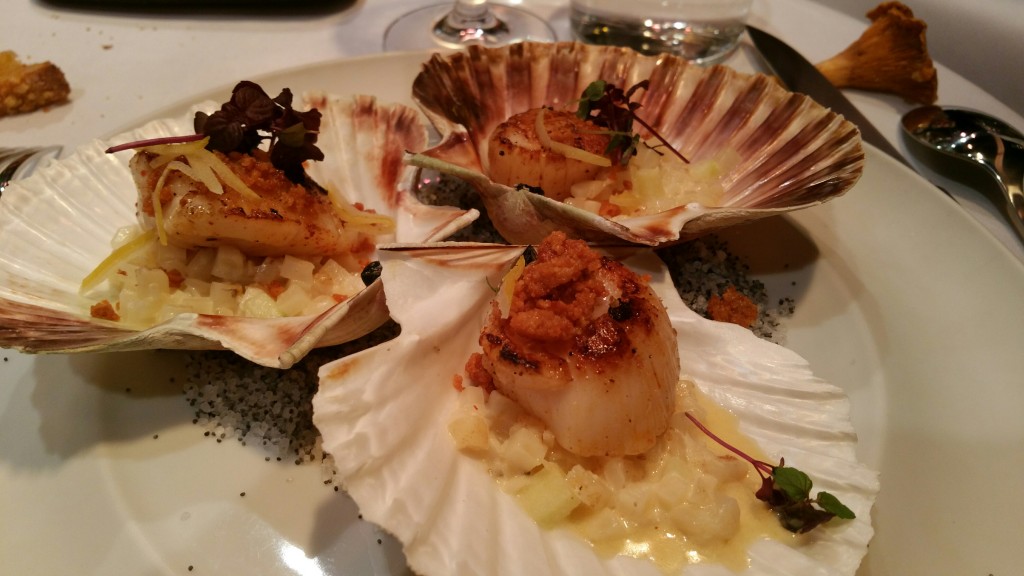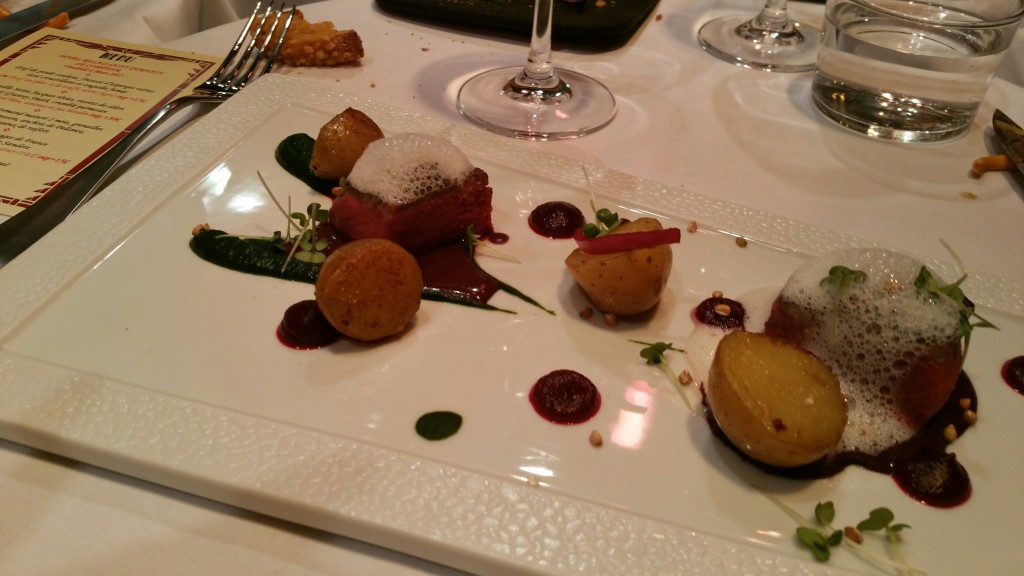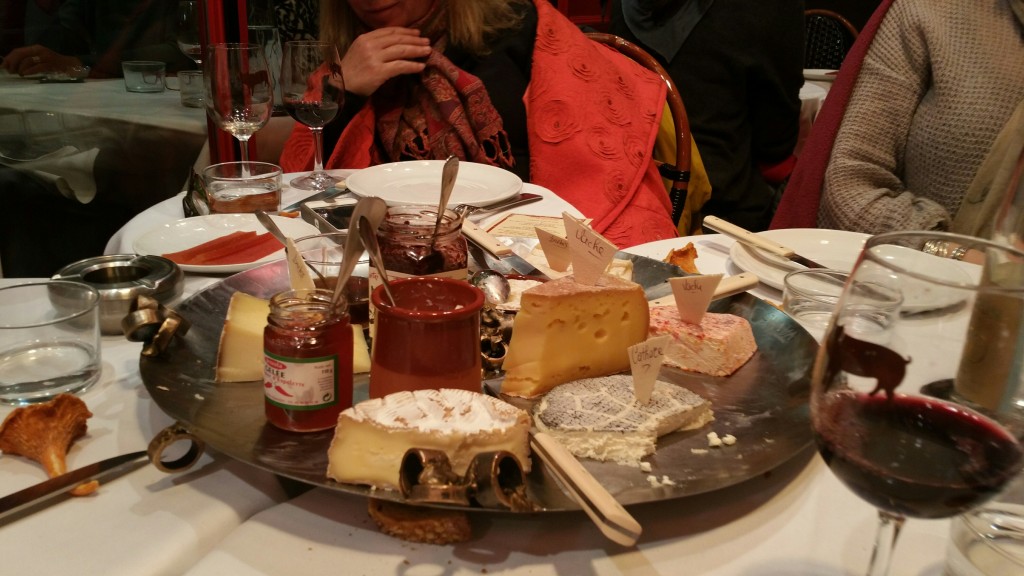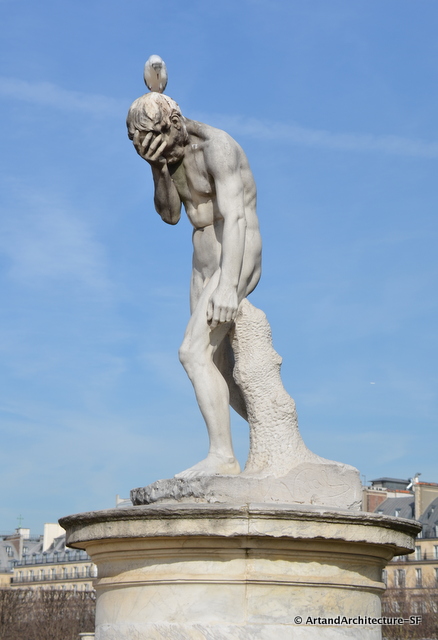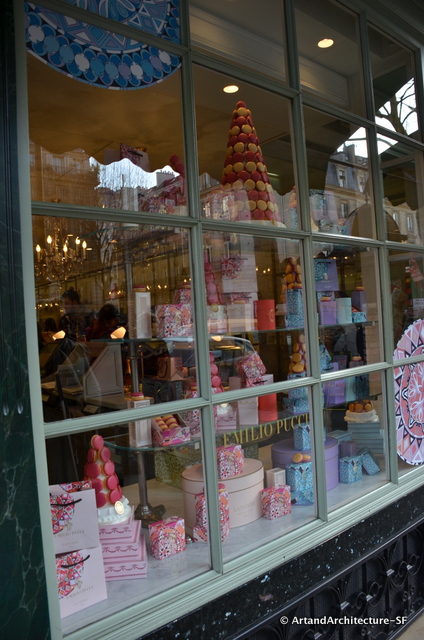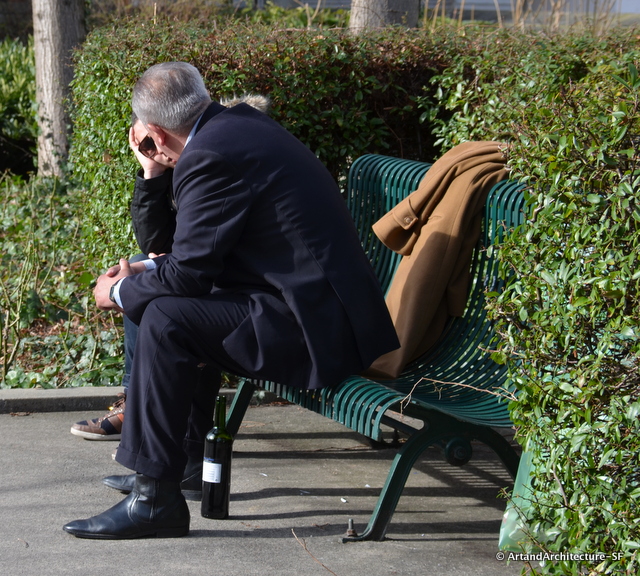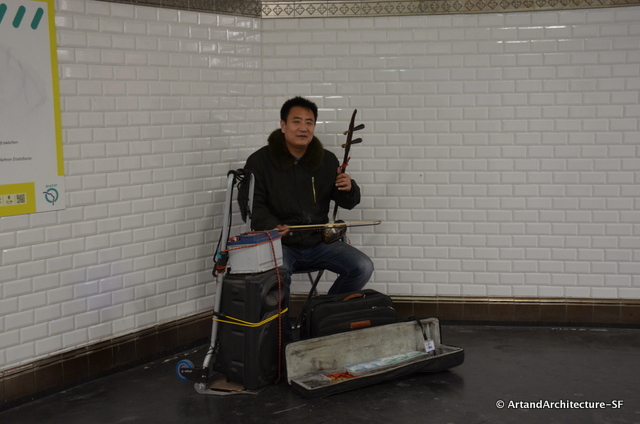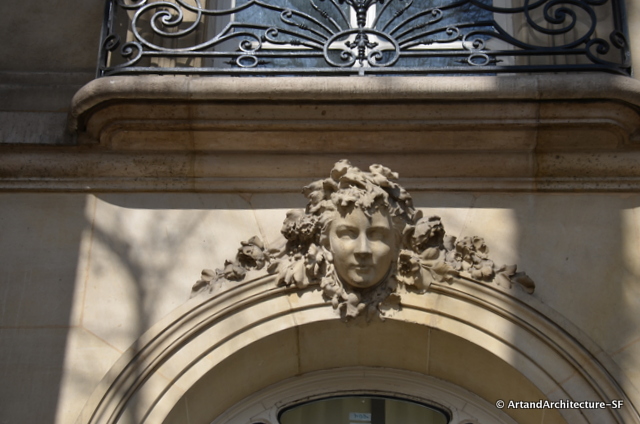September 2021
Today I spent the rainy morning at the L’Arc de Triomphe Wrapped, but the afternoon was spent walking more of this glorious city.
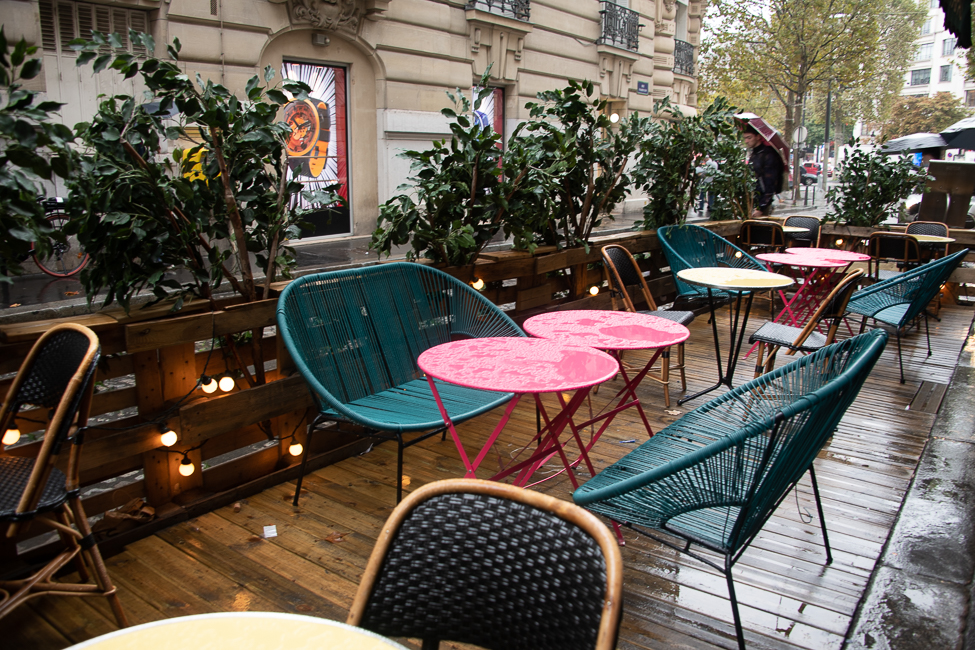
The day began with a downpour that lasted quite a while, but eventually the skies cleared, Paris unfolded, and the day truly began.
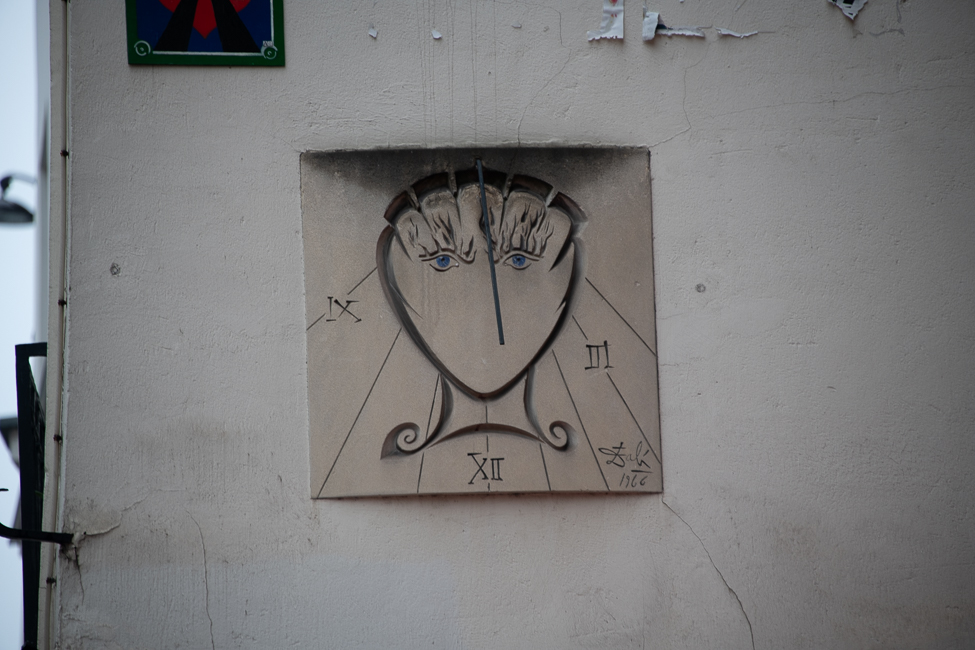
A sundial by Salvador Dali
Did you know that Paris has 120 sundials scattered across the city? They are found in each arrondissement except in the 17th. This interesting sundial is found at number 27 rue Saint-Jacques. It was designed by Salvador Dalí as a present to his friends who owned a boutique at this address.
The cast concrete sundial shows a face in a scallop shell. The scallop shell refers to the “Way of St. James”. Pilgrims passed through rue Saint-Jacques, Paris’s oldest street, which was named for the pilgrimage made to the Santiago de Compostela or Saint-Jacques de Compostelle in French.
Gnomon of Saint-Sulpice

The Gnomon of Saint-Sulpice is an astronomical measuring device. It is designed to cast a shadow on the ground in order to determine the position of the sun in the sky. These were fairly common throughout Europe.
Saint Sulpice is the second largest church in Paris, after Notre-Dame The gnomon system is built around a meridian, a line which is strictly oriented along the north-south axis, represented by a brass line set in a strip of white marble on the floor of the church.
36 Rue St. Sulpice

Appropriately, or ironically, depending on your point of view, 36 Rue St. Sulpice sits directly across from the church. What makes this building unique is the use of the different colors in the address, they are not the standard Parisian dark blue and white.
In the era of the Belle Epoque these differently colored faience plates served as a signal to those looking for a maison close, or politely put, a house of pleasure.
This particular building was Miss Betty’s brothel, specializing in “dominatrix role play.” The brothel was said to be very popular among the ecclesiastic crowd of the Saint Sulpice area. Priests were apparently particularly drawn to the “crucifixion parlor” and the “Satan’s Hell” torture room.
The Original Standard Meter – 36 Rue Vaugirard
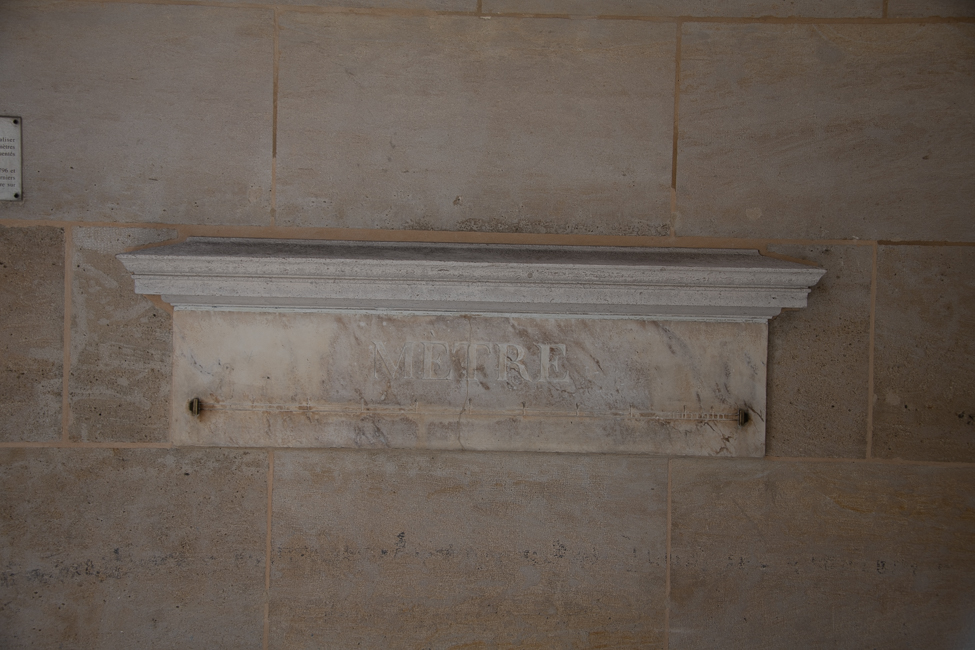
The “mètre étalon” is a small shelf of marble installed beneath the arcade at 36, rue Vaugirard, right across from the Senate at the Palais du Luxembourg. It’s one of 16 that were installed after, March 26, 1791, when the Académie des Sciences defined the meter for the first time. There is one other survivor in Paris, but the one here at Vaugirard is the only that remains in its original location.
The Wall of the Drunken Boat Poem – 4 Rue Férou
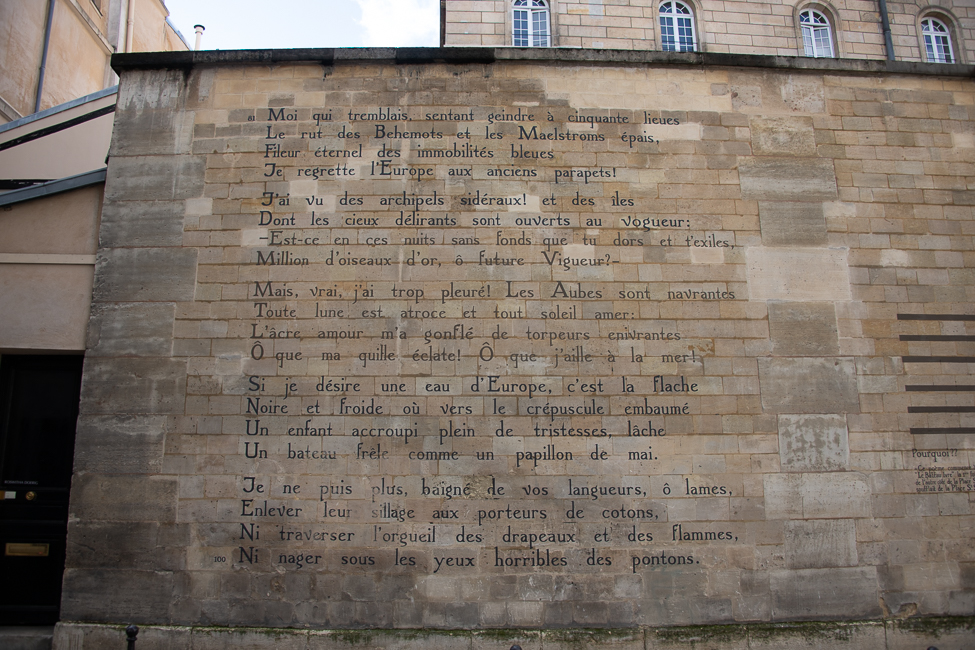
Along this wall is Arthur Rimbaud’s (October 20, 1854 – November 10, 1891) lengthy masterpiece, “The Drunken Boat,” written when he was a teenager. The location for the poem is near the site where Rimbaud first recited the poem around 1871. The poem was painted on the wall in 2012 with funds raised by the French Government and a Dutch foundation of poetry lovers.
Rimbaud was a French poet known for his transgressive and surreal themes.
The first stanza of the poem reads:
As I was going down impassive Rivers,
I no longer felt myself guided by haulers:
Yelping redskins had taken them as targets
And had nailed them naked to colored stakes.
The Hotel Latetia – 45 Boulevard Raspail

Deco ornamentation on the outside of the Hotel Latetia
The Lutetia was built in 1910 in the Art Nouveau style and designed by architects Louis-Charles Boileau and Henri Tauzin. It was founded by the Bon Marché department store. Famous guests over the years have included Pablo Picasso, Charles de Gaulle, Marianne Oswald, André Gide, Peggy Guggenheim and Josephine Baker. James Joyce wrote part of Ulysses at the hotel.
In the late 1930s, the Lutetia was a frequent gathering place for the anti-Nazi German exiles, among them Heinrich Mann, Willi Mutzner and Willi Brandt. In the Nazi regime’s propaganda of the time, these exiles were called disparagingly “The Lutetia Crowd”.
When Paris was liberated in August 1944, the hotel was abandoned by German troops, and taken over by French and American forces. From then until after the end of the war, it was used as a repatriation center for prisoners of war, displaced persons, and returnees from the German concentration camps.
As Paris returned to normality, the Lutetia was restored to its previous state as a luxury hotel. It was acquired by the Tattinger family in 1955. It is no longer owned by the Tattinger family, but is still considered a premiere hotel property.
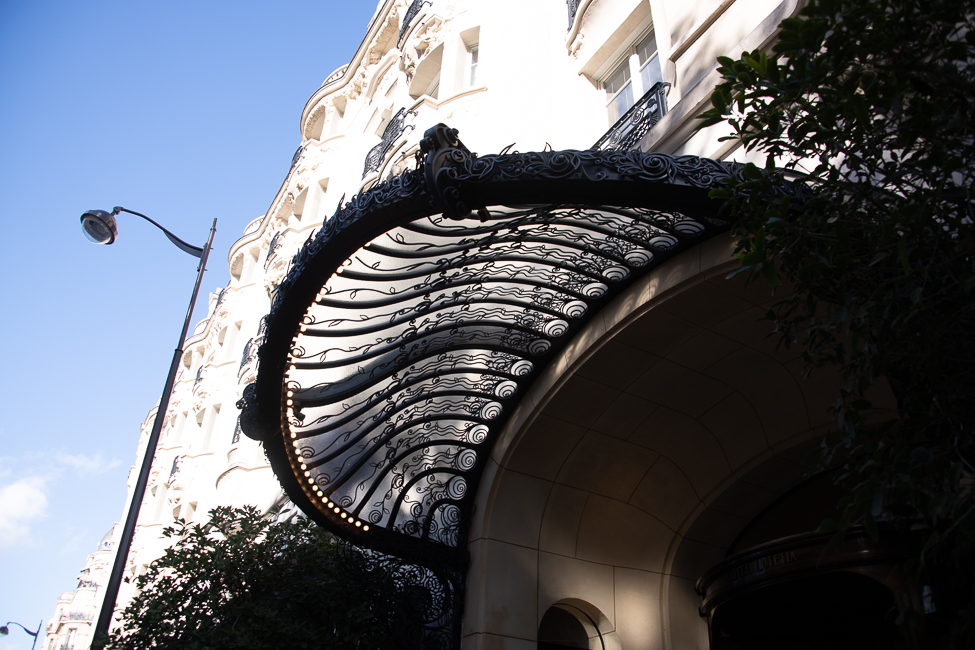
Hotel Latetia Front door Deco awning
Monument to François Mauriac at Place Alphonse Deville
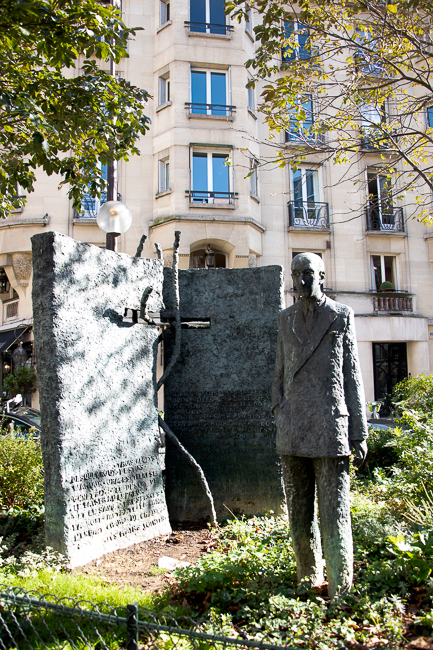 Across the street from the Hotel Latetia I spotted this little sculpture, but was not able to find much about it. The statue is of Councillor Alphonse Deville (1856-1932), president and dean of elections of the City Council of Paris. the piece is by sculptor Haïm Kern, whom I also could find very little about, but the sculpture grabbed me none-the-less.
Across the street from the Hotel Latetia I spotted this little sculpture, but was not able to find much about it. The statue is of Councillor Alphonse Deville (1856-1932), president and dean of elections of the City Council of Paris. the piece is by sculptor Haïm Kern, whom I also could find very little about, but the sculpture grabbed me none-the-less.
More random photos from around Paris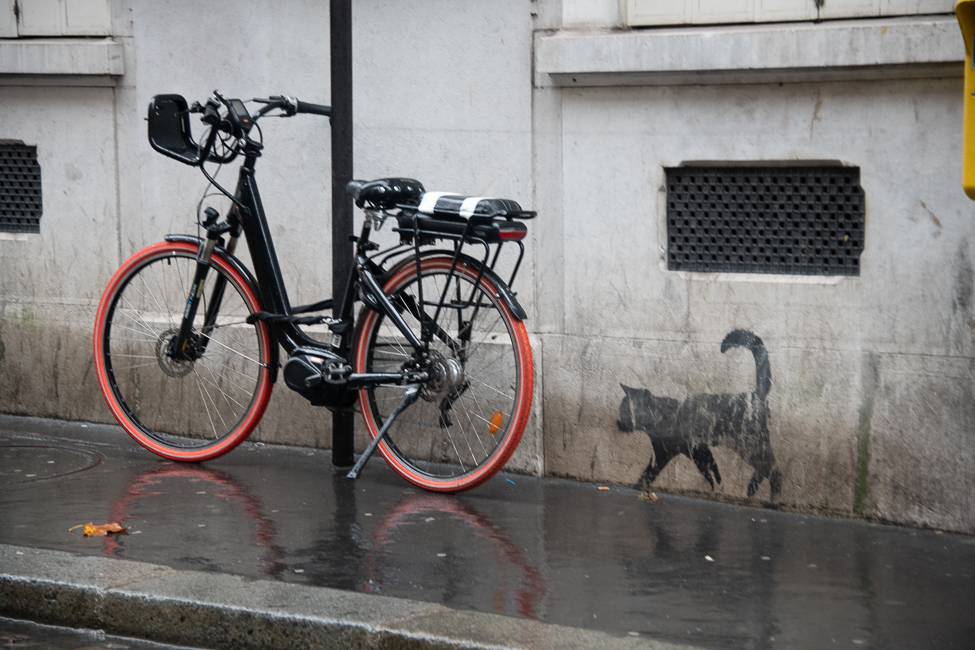
*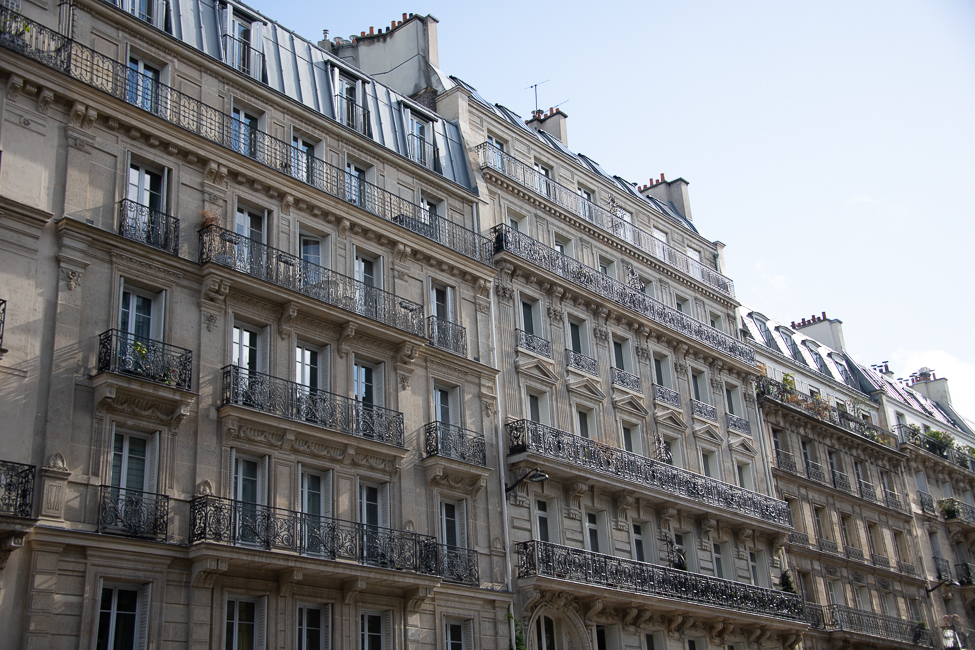
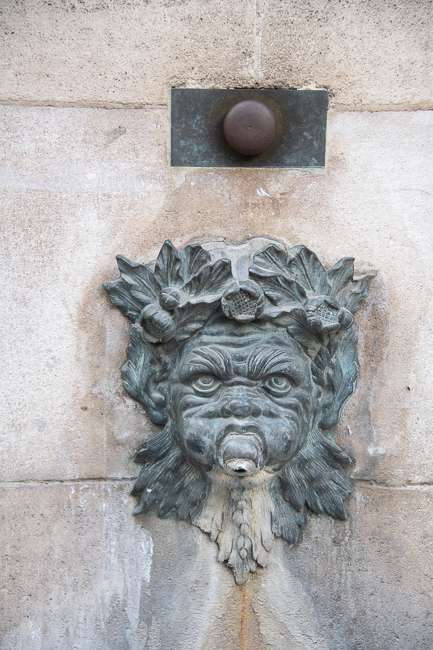
Fountain Palatine
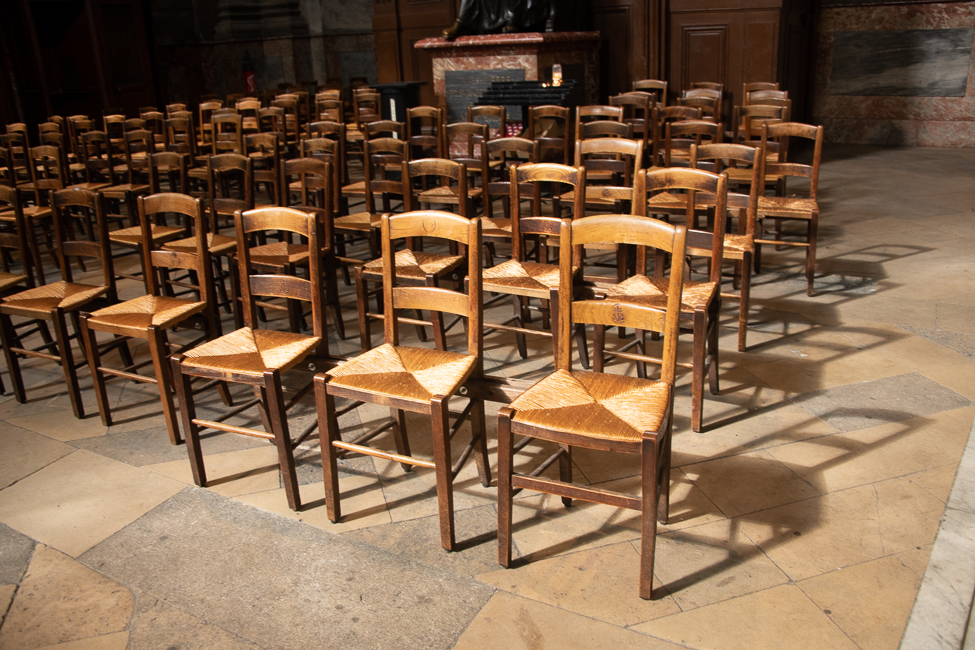
The chairs of Church St. Sulpice
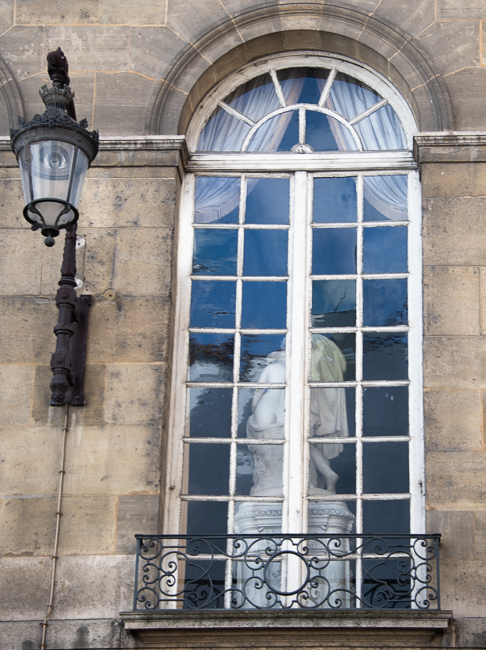
Interestingly placed nude statuary

The remains of a romantic evening? If you do not see what I mean, look where the sidewalk meets the wall.
 *
*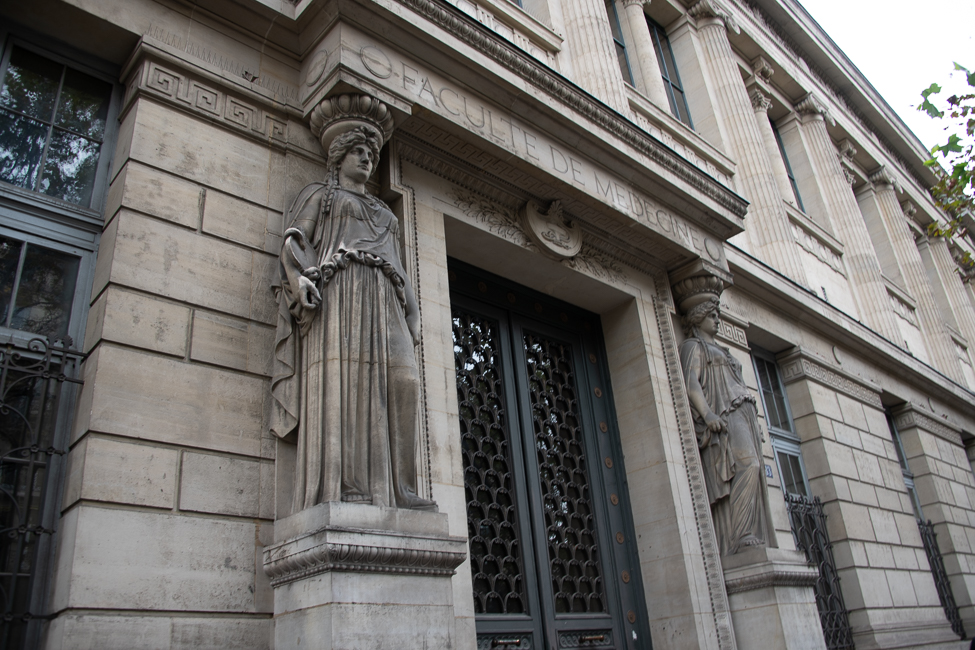
First, London, for its myriads; for its height,
Manhattan heaped in towering stalagmite;
But Paris for the smoothness of the paths
That lead the heart unto the heart’s delight. . . .
Fair loiterer on the threshold of those days
When there’s no lovelier prize the world displays
Than, having beauty and your twenty years,
You have the means to conquer and the ways,
And coming where the crossroads separate
And down each vista glories and wonders wait,
Crowning each path with pinnacles so fair
You know not which to choose, and hesitate —
Oh, go to Paris. . . . In the midday gloom
Of some old quarter take a little room
That looks off over Paris and its towers
From Saint Gervais round to the Emperor’s Tomb, —
So high that you can hear a mating dove
Croon down the chimney from the roof above,
See Notre Dame and know how sweet it is
To wake between Our Lady and our love.
And have a little balcony to bring
Fair plants to fill with verdure and blossoming,
That sparrows seek, to feed from pretty hands,
And swallows circle over in the Spring.
There of an evening you shall sit at ease
In the sweet month of flowering chestnut-trees,
There with your little darling in your arms,
Your pretty dark-eyed Manon or Louise.
And looking out over the domes and towers
That chime the fleeting quarters and the hours,
While the bright clouds banked eastward back of them
Blush in the sunset, pink as hawthorn flowers,
You cannot fail to think, as I have done,
Some of life’s ends attained, so you be one
Who measures life’s attainment by the hours
That Joy has rescued from oblivion.
II
Come out into the evening streets. The green light lessens in the west.
The city laughs and liveliest her fervid pulse of pleasure beats.
The belfry on Saint Severin strikes eight across the smoking eaves:
Come out under the lights and leaves
to the Reine Blanche on Saint Germain. . . .
Now crowded diners fill the floor of brasserie and restaurant.
Shrill voices cry “L’Intransigeant,” and corners echo “Paris-Sport.”
Where rows of tables from the street are screened with shoots of box and bay,
The ragged minstrels sing and play and gather sous from those that eat.
And old men stand with menu-cards, inviting passers-by to dine
On the bright terraces that line the Latin Quarter boulevards. . . .
But, having drunk and eaten well, ’tis pleasant then to stroll along
And mingle with the merry throng that promenades on Saint Michel.
Here saunter types of every sort. The shoddy jostle with the chic:
Turk and Roumanian and Greek; student and officer and sport;
Slavs with their peasant, Christ-like heads,
and courtezans like powdered moths,
And peddlers from Algiers, with cloths
bright-hued and stitched with golden threads;
And painters with big, serious eyes go rapt in dreams, fantastic shapes
In corduroys and Spanish capes and locks uncut and flowing ties;
And lovers wander two by two, oblivious among the press,
And making one of them no less, all lovers shall be dear to you:
All laughing lips you move among, all happy hearts that, knowing what
Makes life worth while, have wasted not the sweet reprieve of being young.
“Comment ca va!” “Mon vieux!” “Mon cher!”
Friends greet and banter as they pass.
‘Tis sweet to see among the mass comrades and lovers everywhere,
A law that’s sane, a Love that’s free, and men of every birth and blood
Allied in one great brotherhood of Art and Joy and Poverty. . . .
The open cafe-windows frame loungers at their liqueurs and beer,
And walking past them one can hear fragments of Tosca and Boheme.
And in the brilliant-lighted door of cinemas the barker calls,
And lurid posters paint the walls with scenes of Love and crime and war.
But follow past the flaming lights, borne onward with the stream of feet,
Where Bullier’s further up the street is marvellous on Thursday nights.
Here all Bohemia flocks apace; you could not often find elsewhere
So many happy heads and fair assembled in one time and place.
Under the glare and noise and heat the galaxy of dancing whirls,
Smokers, with covered heads, and girls dressed in the costume of the street.
From tables packed around the wall the crowds that drink and frolic there
—–Alan Seeger
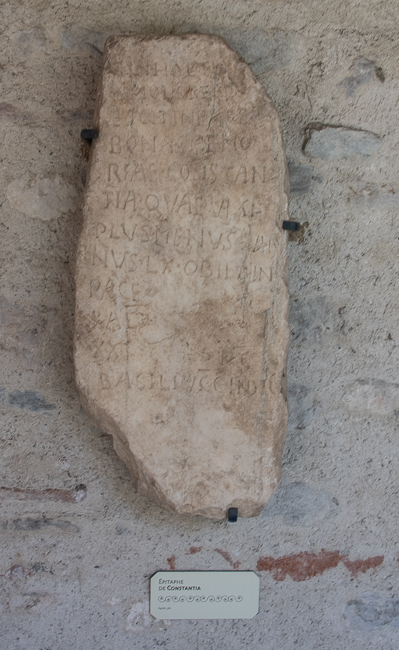
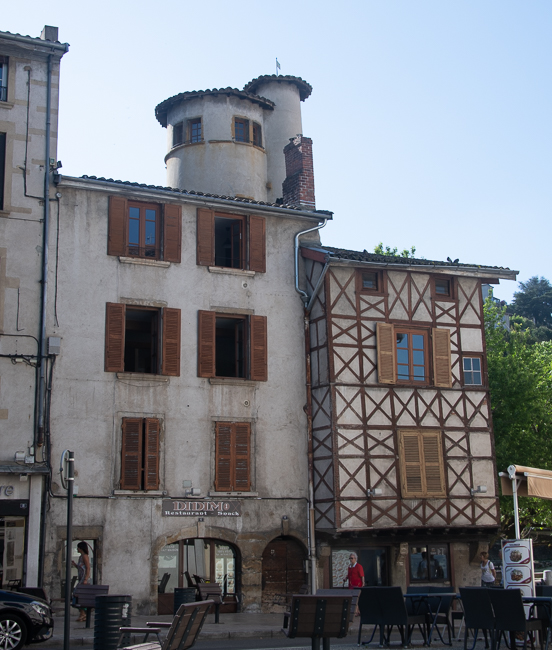
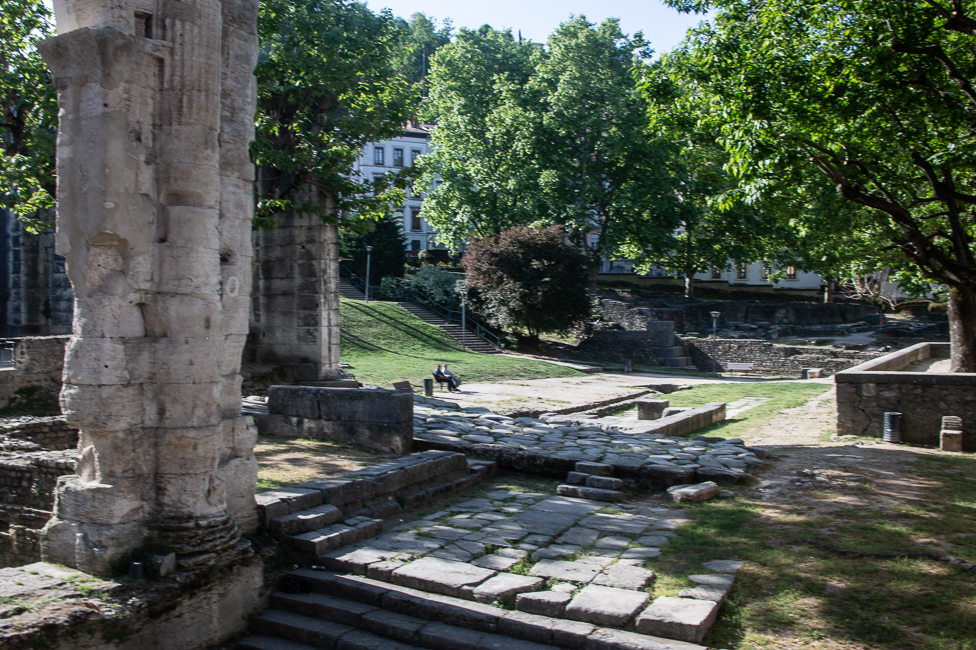
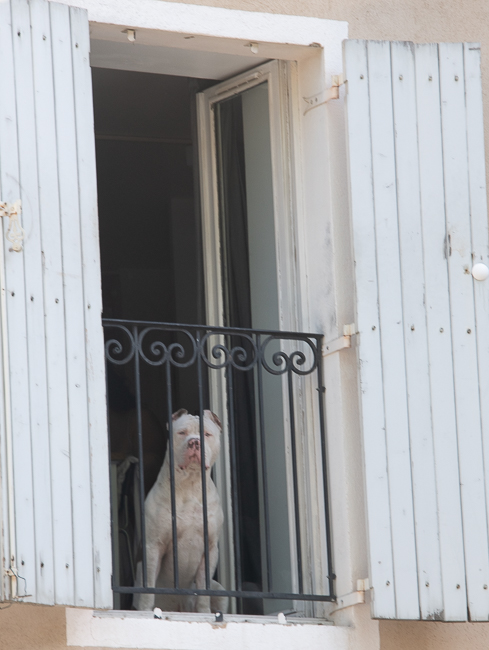 *
*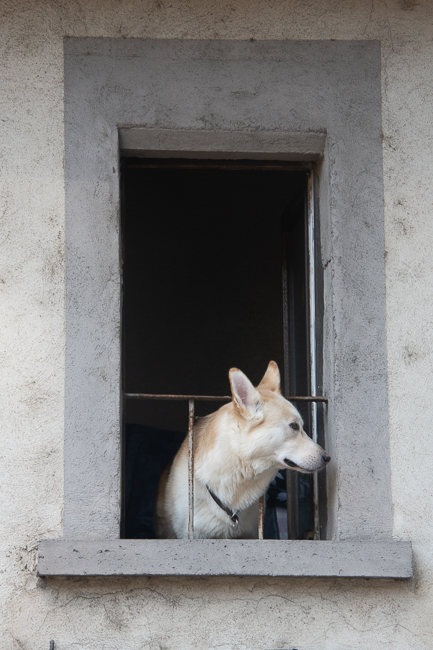 *
*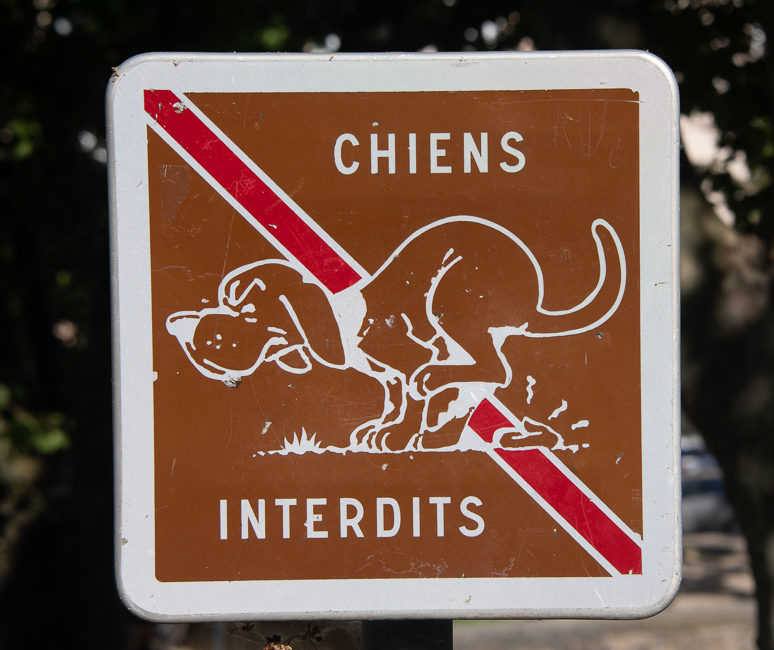 *
*